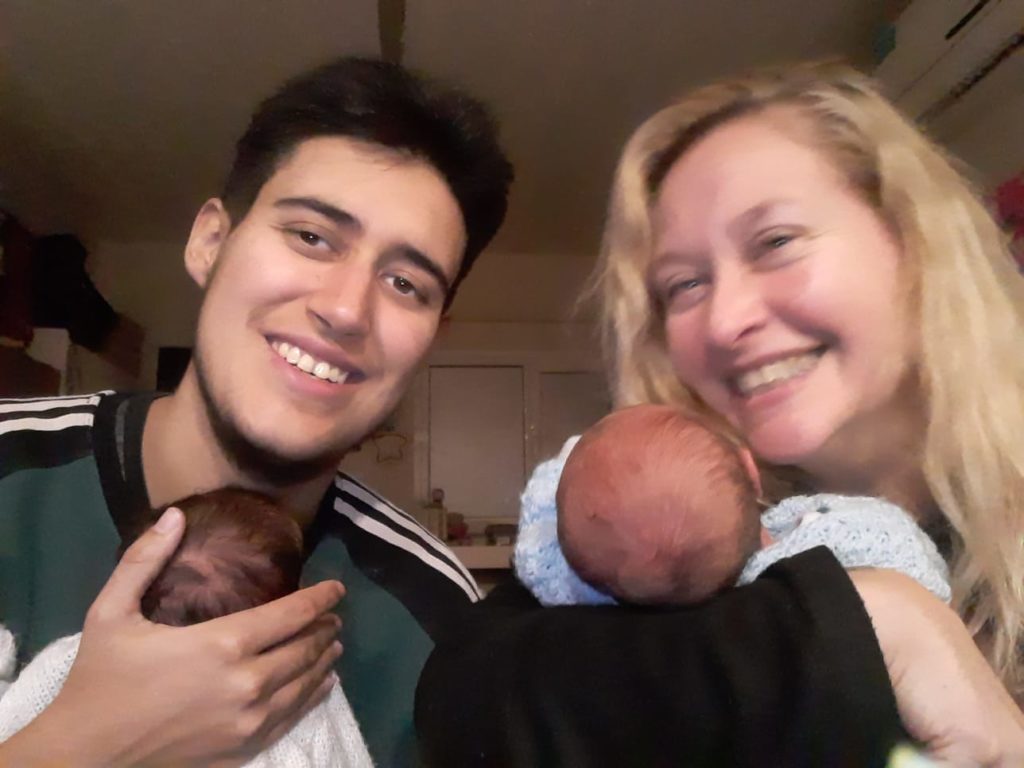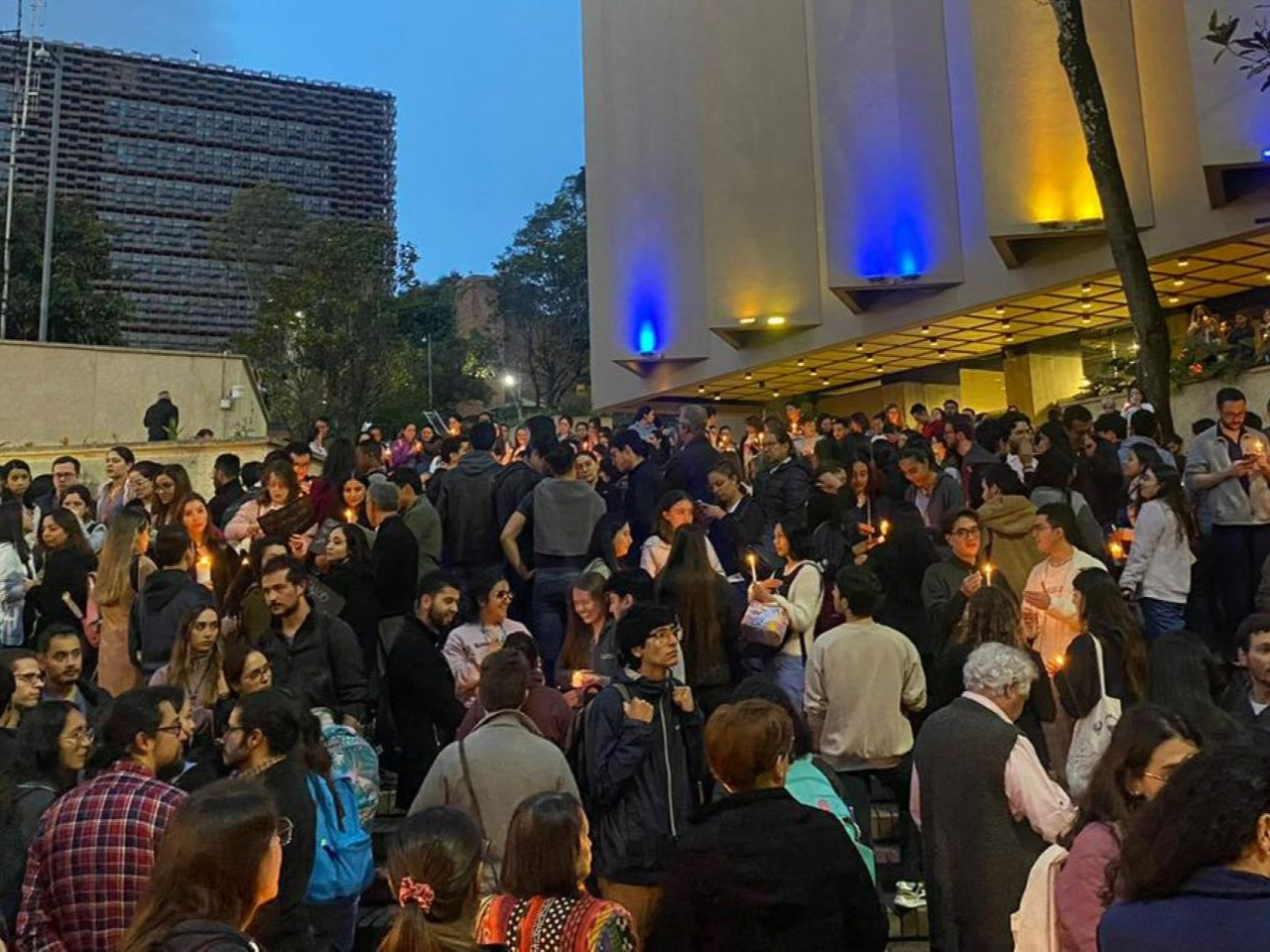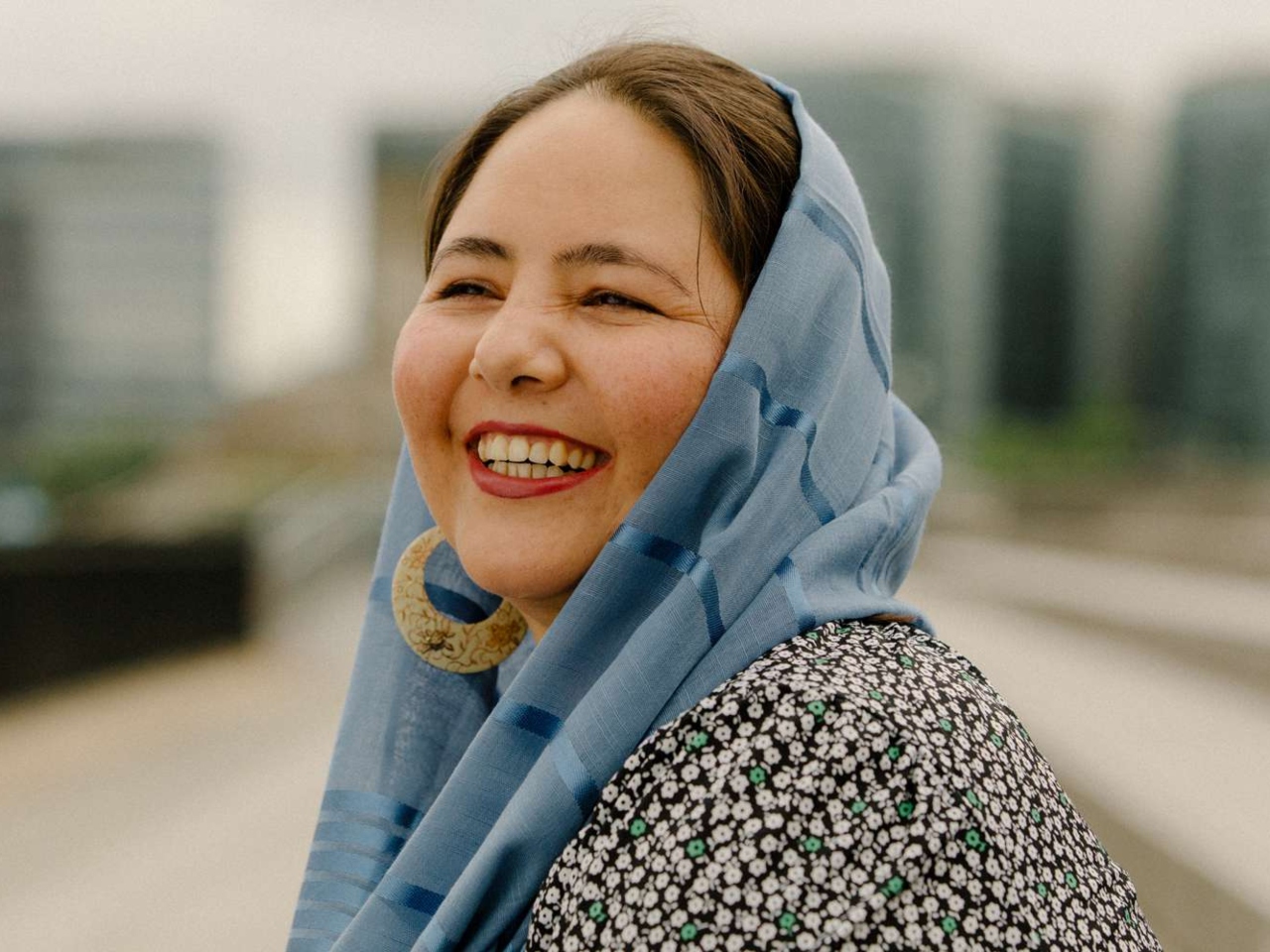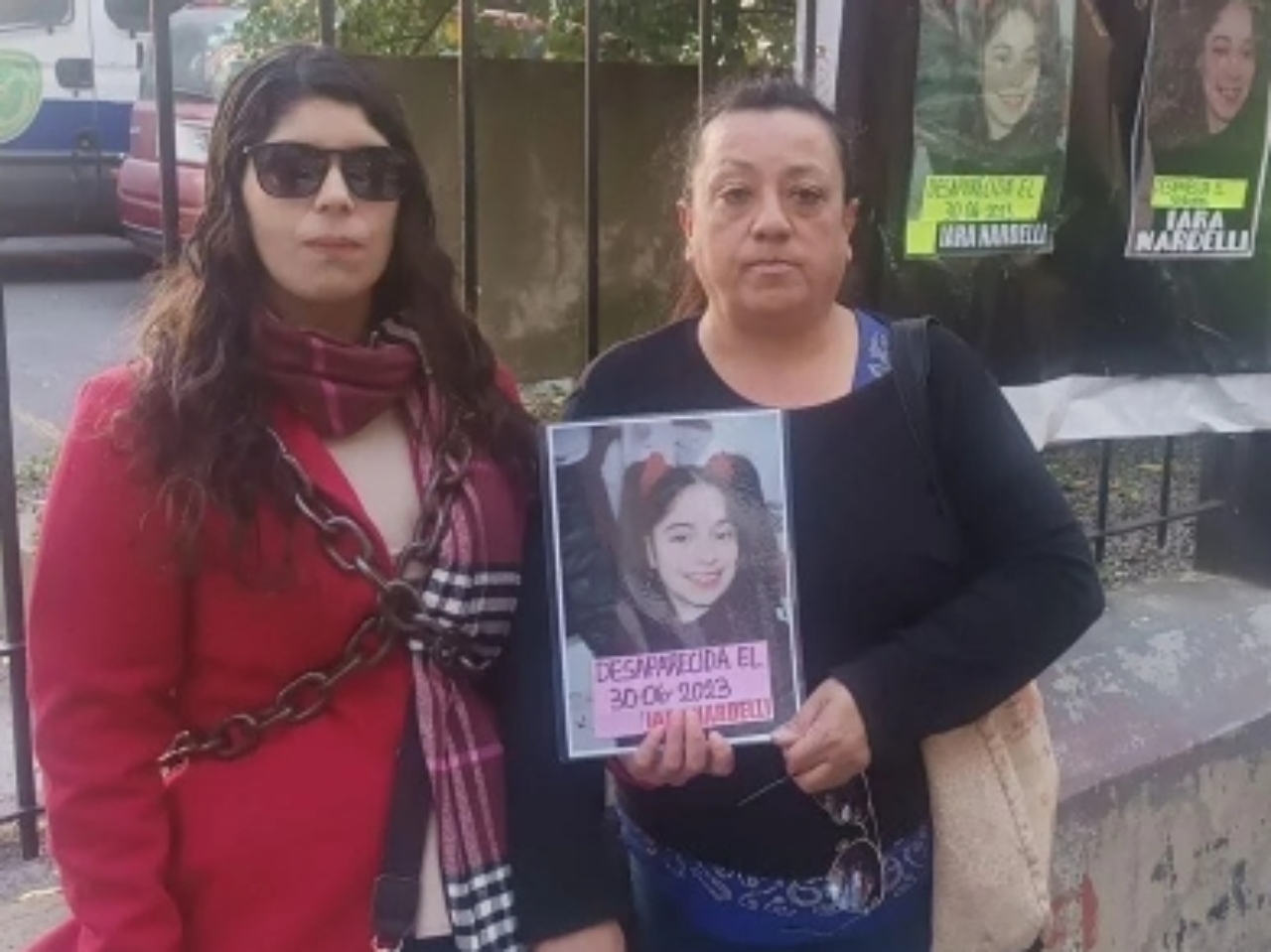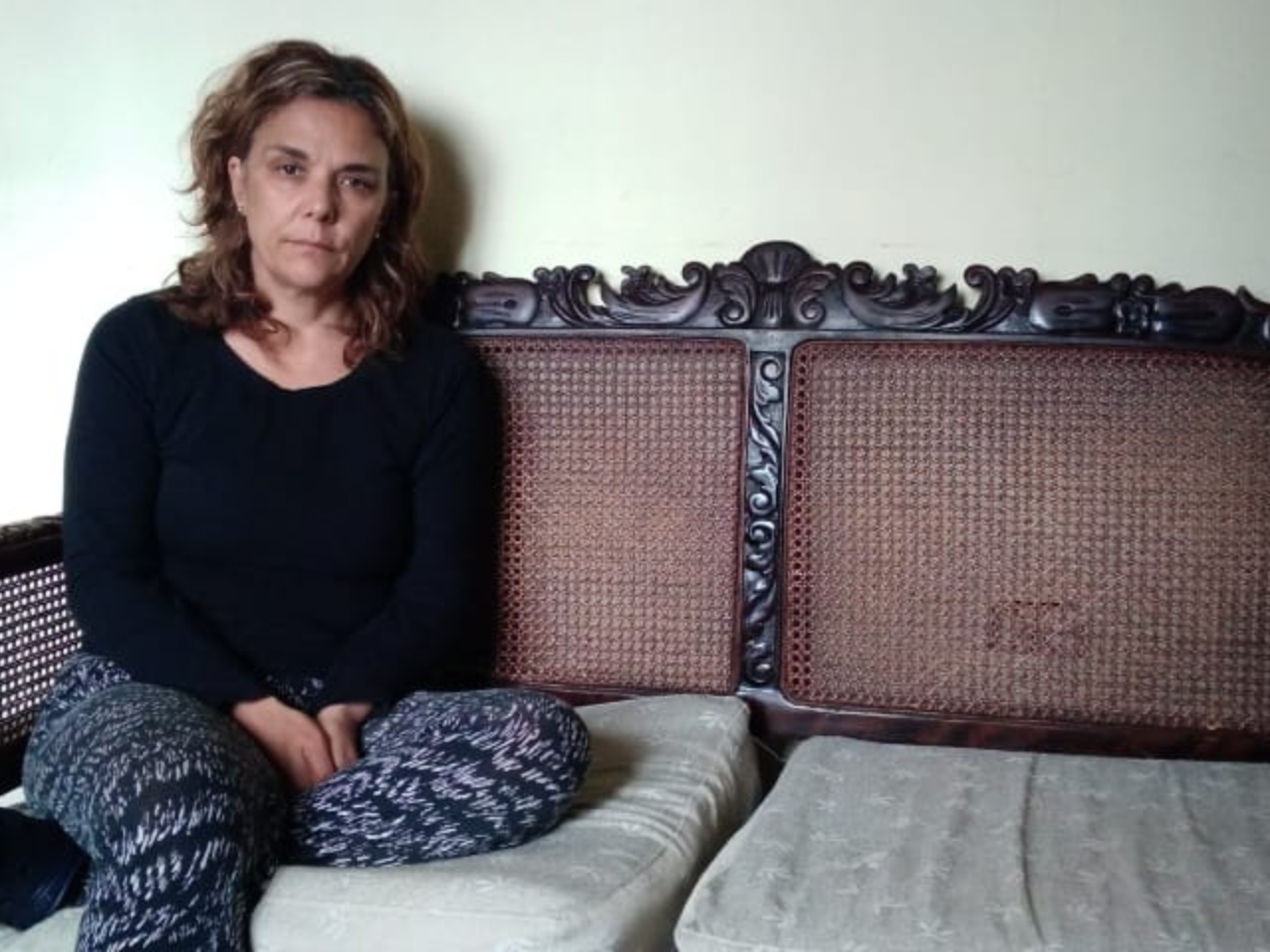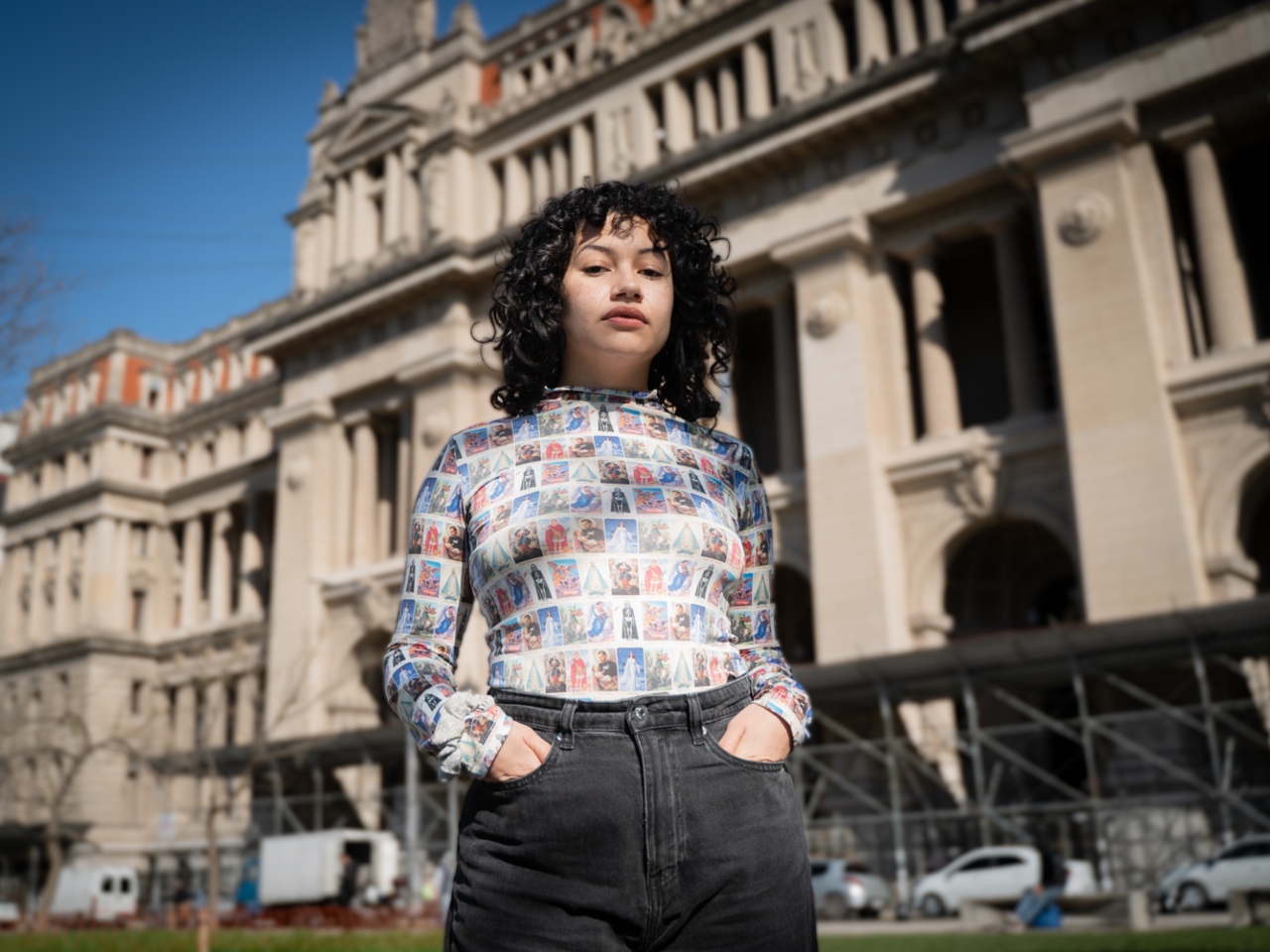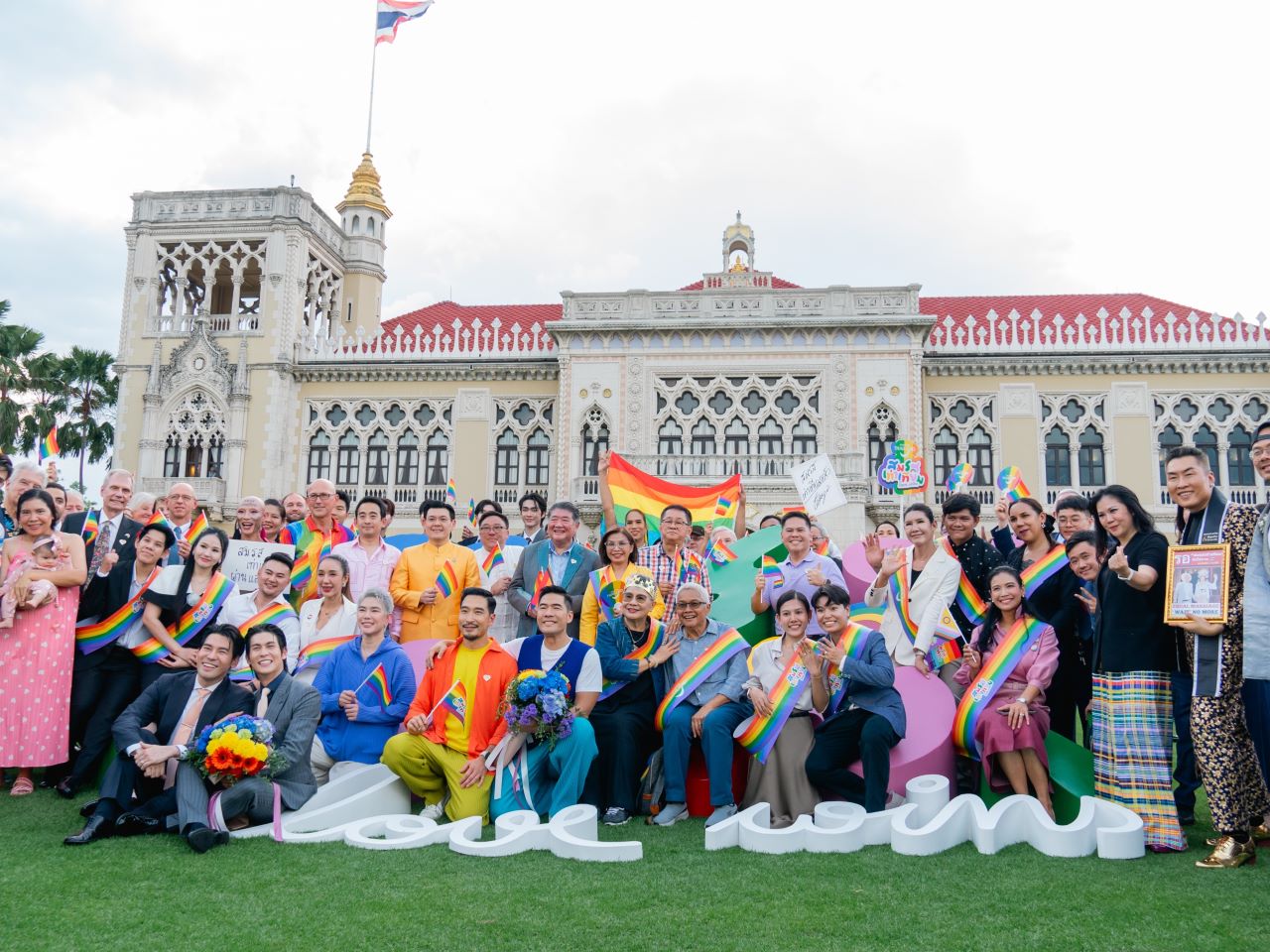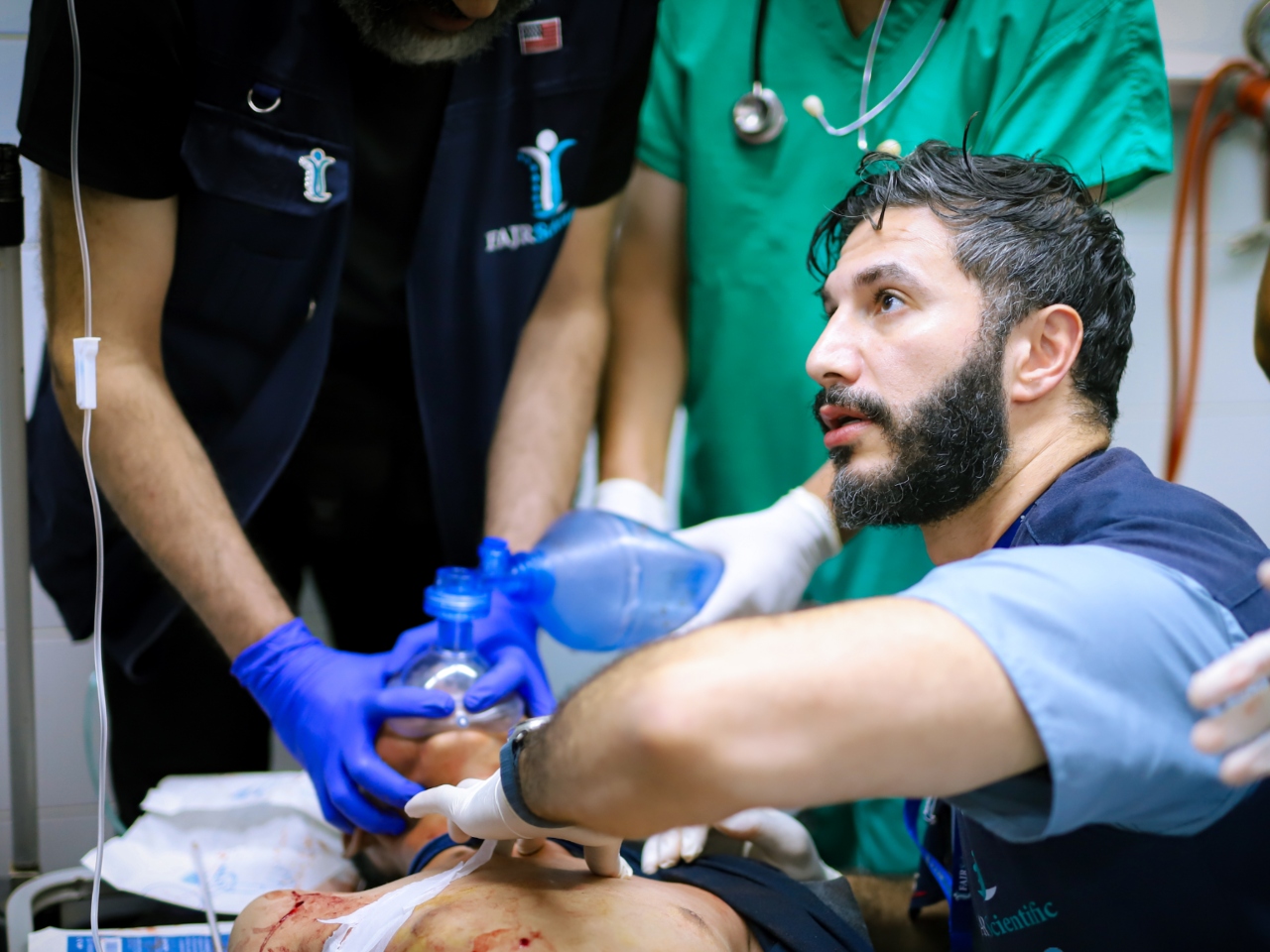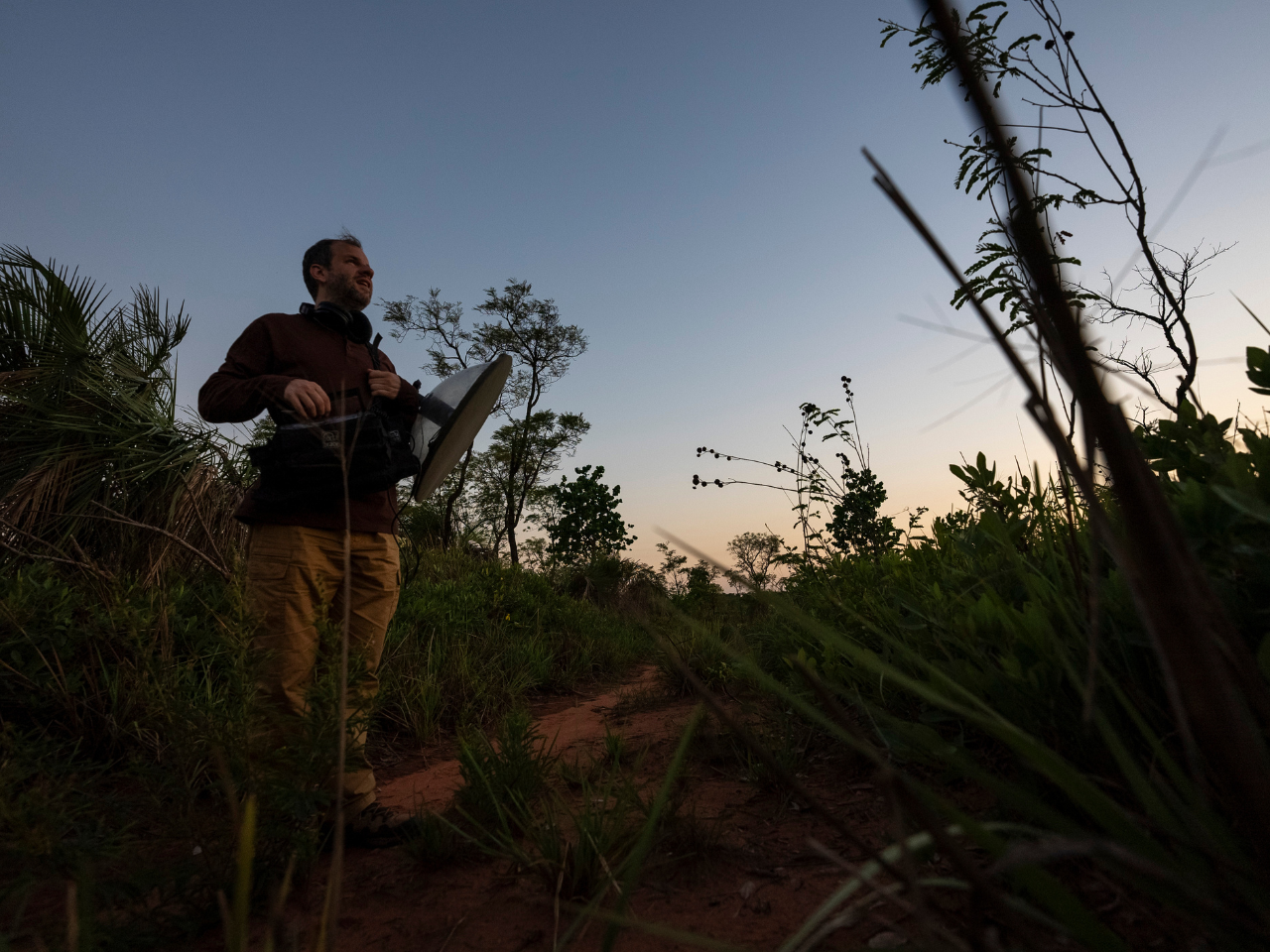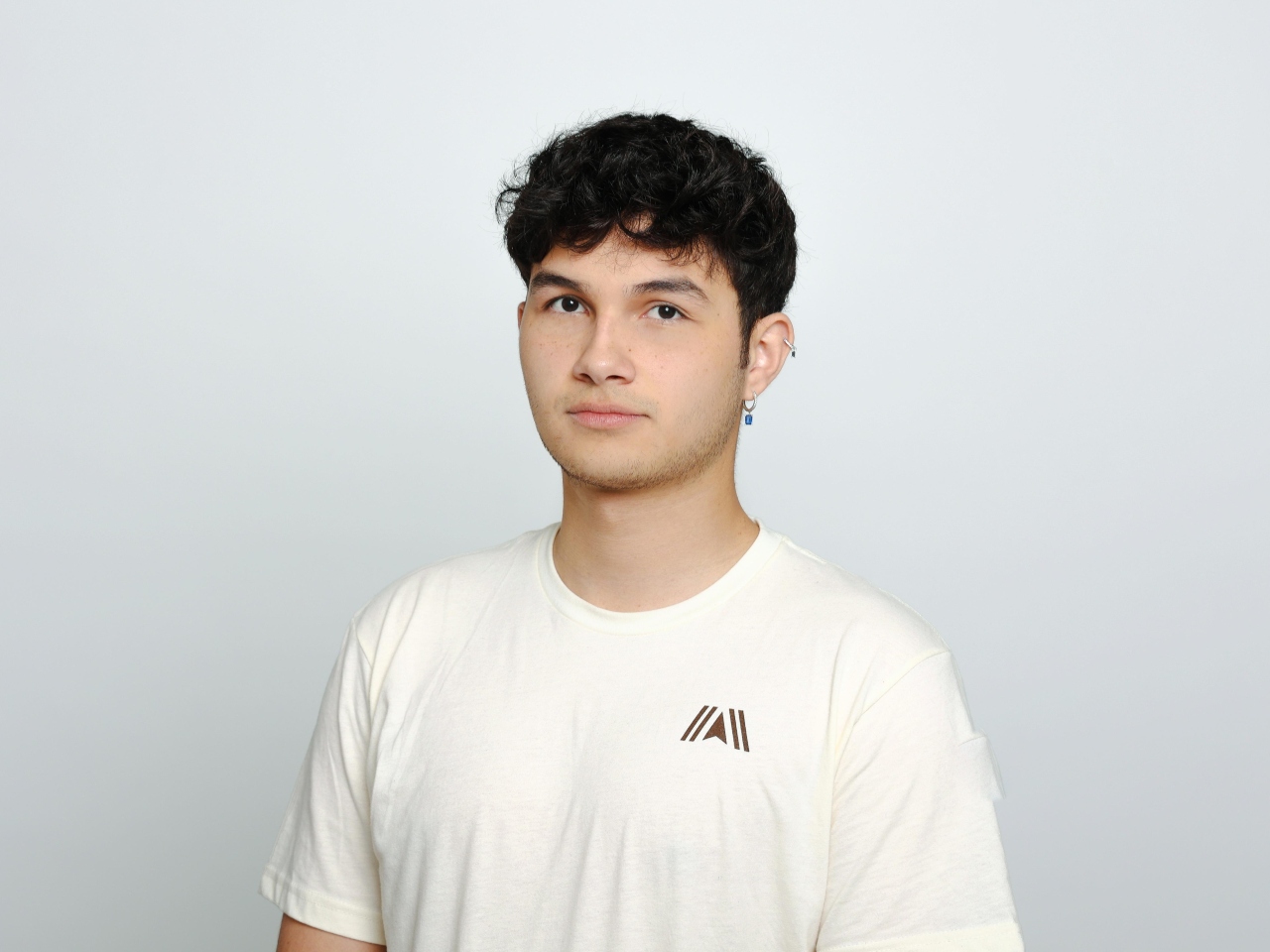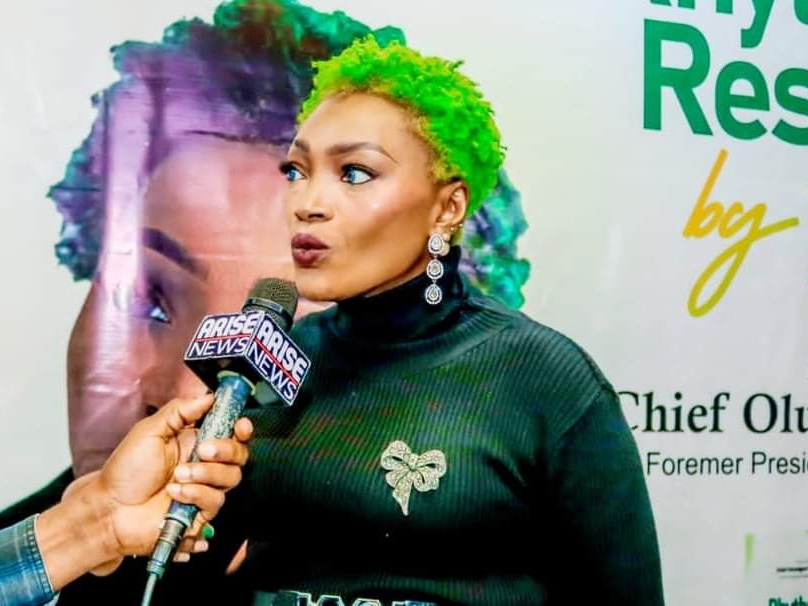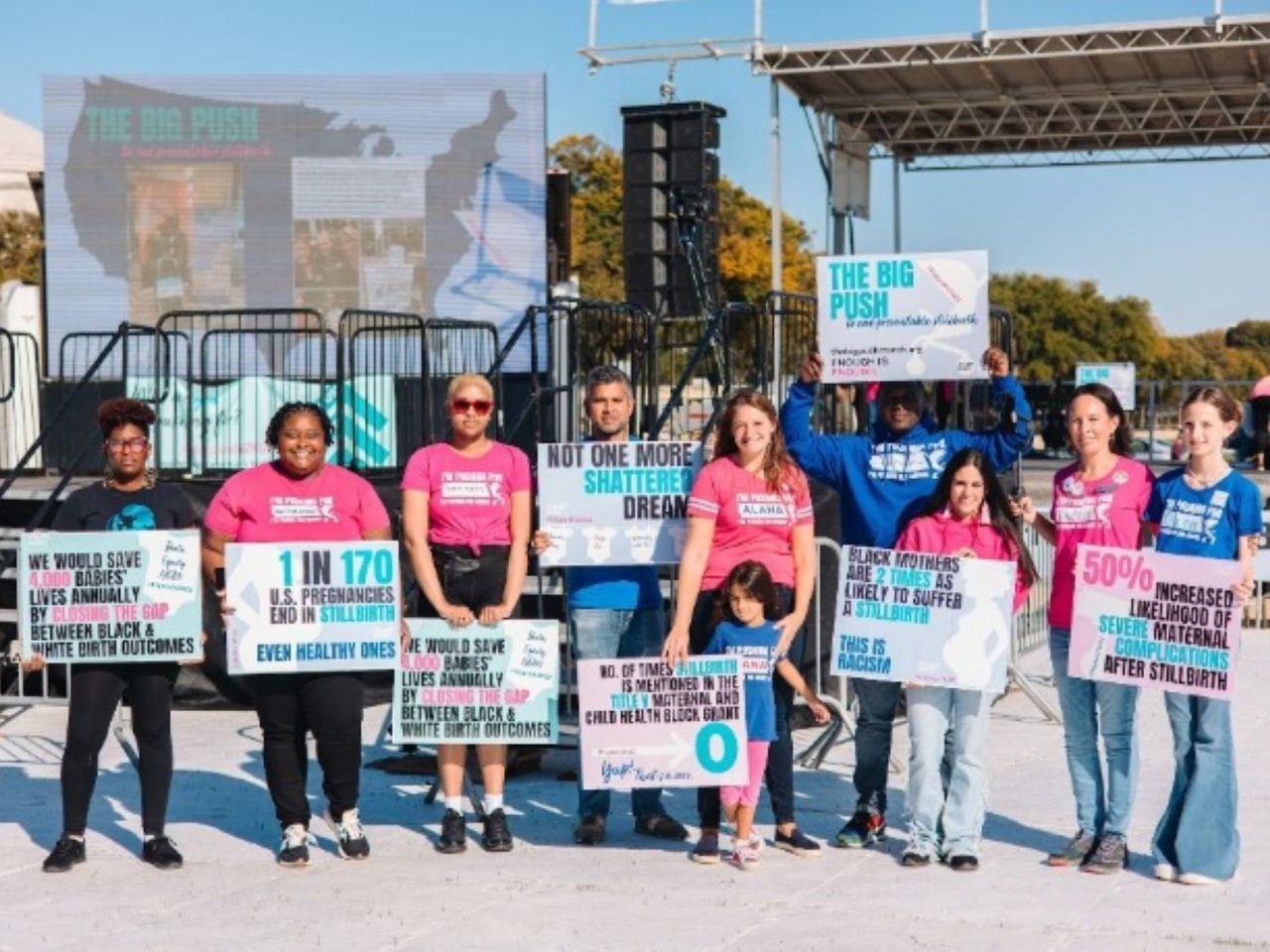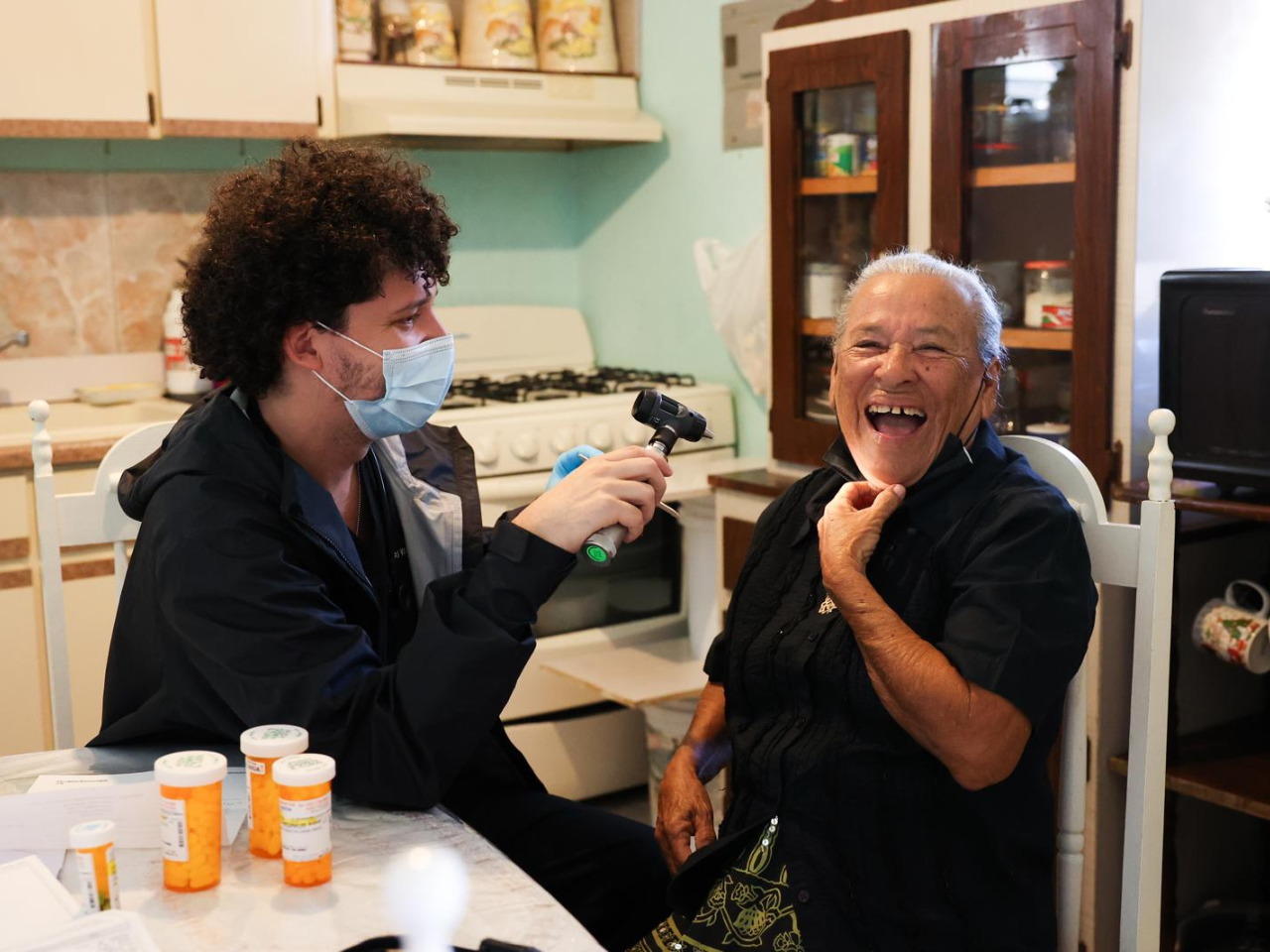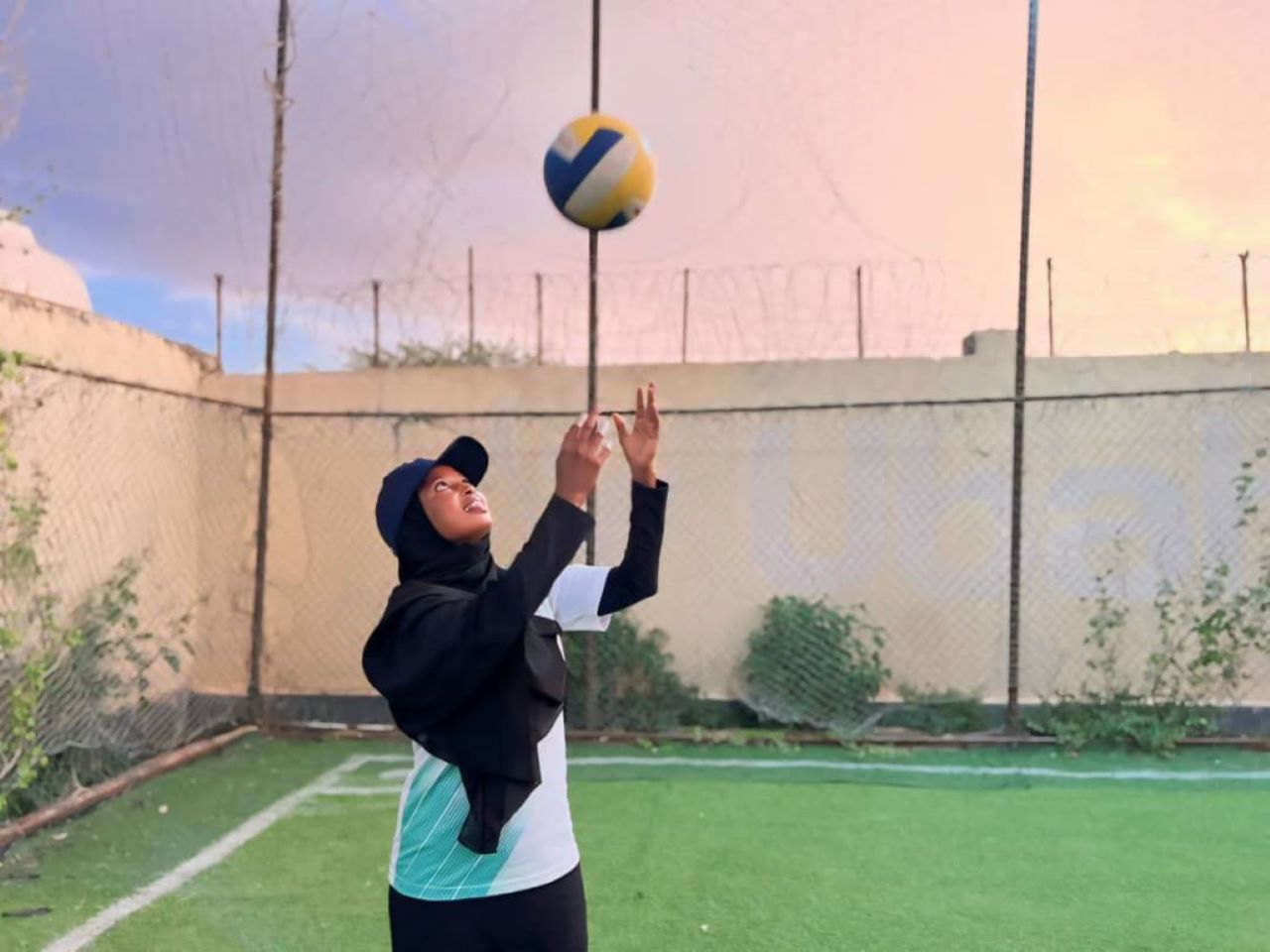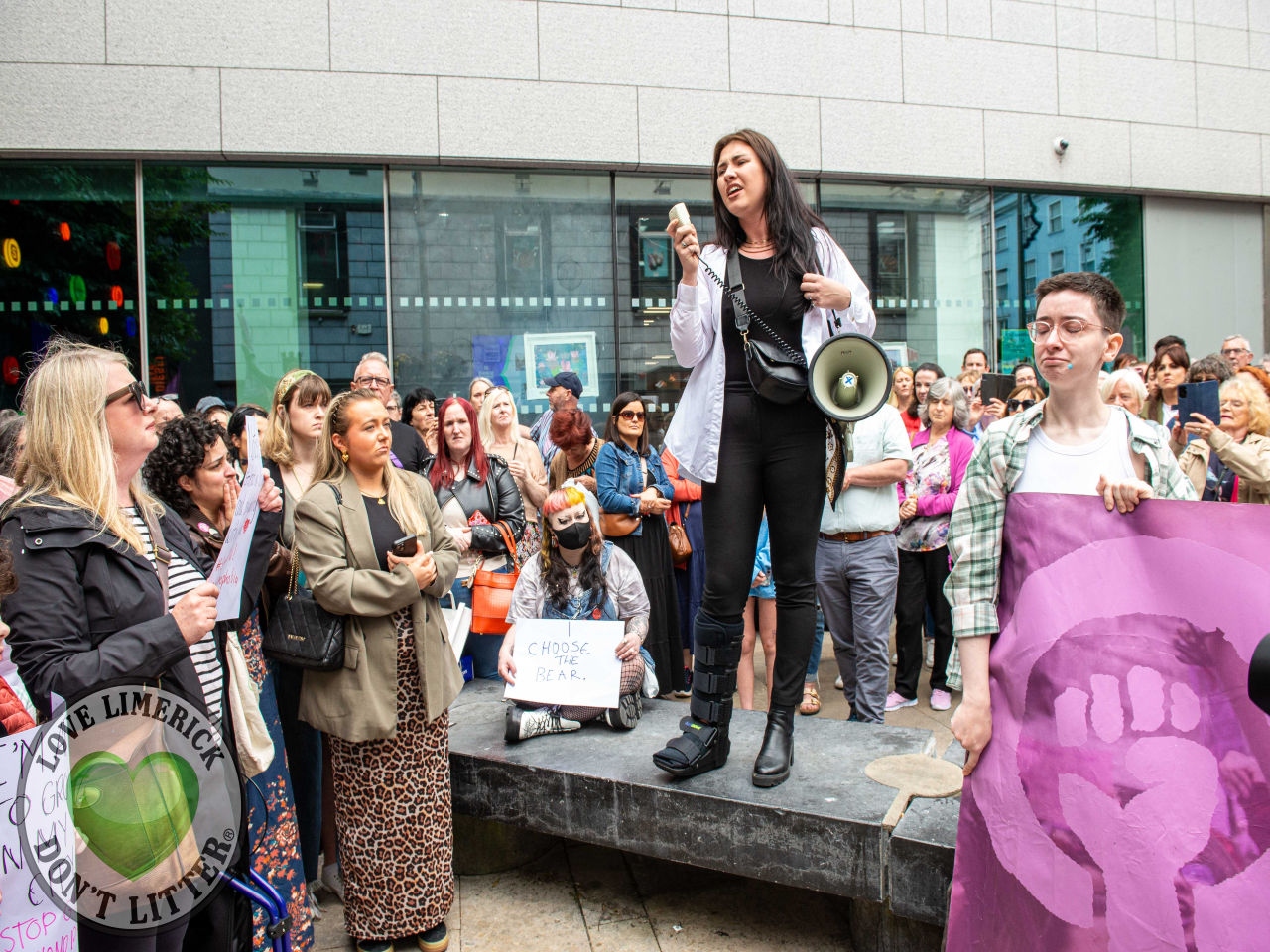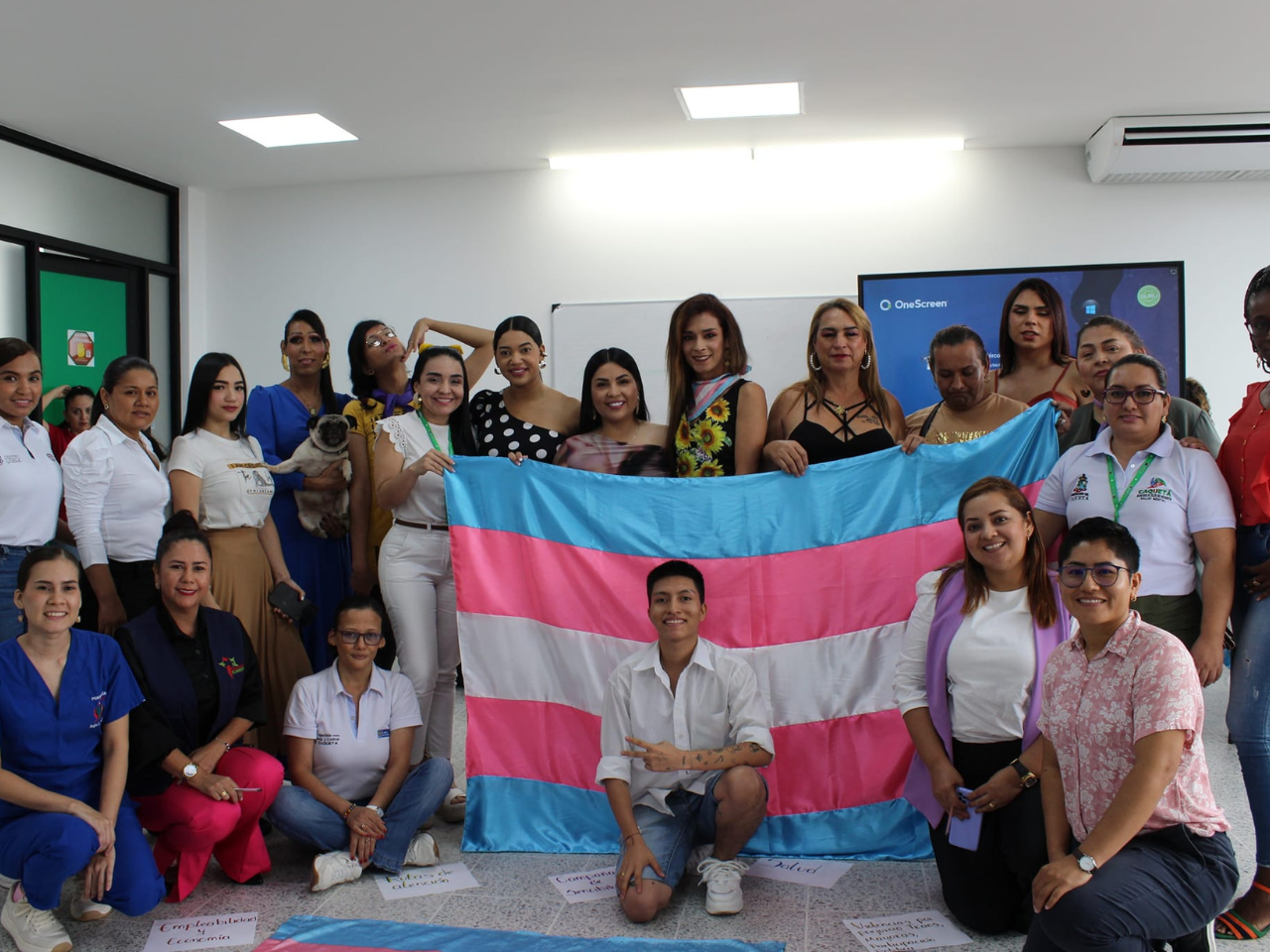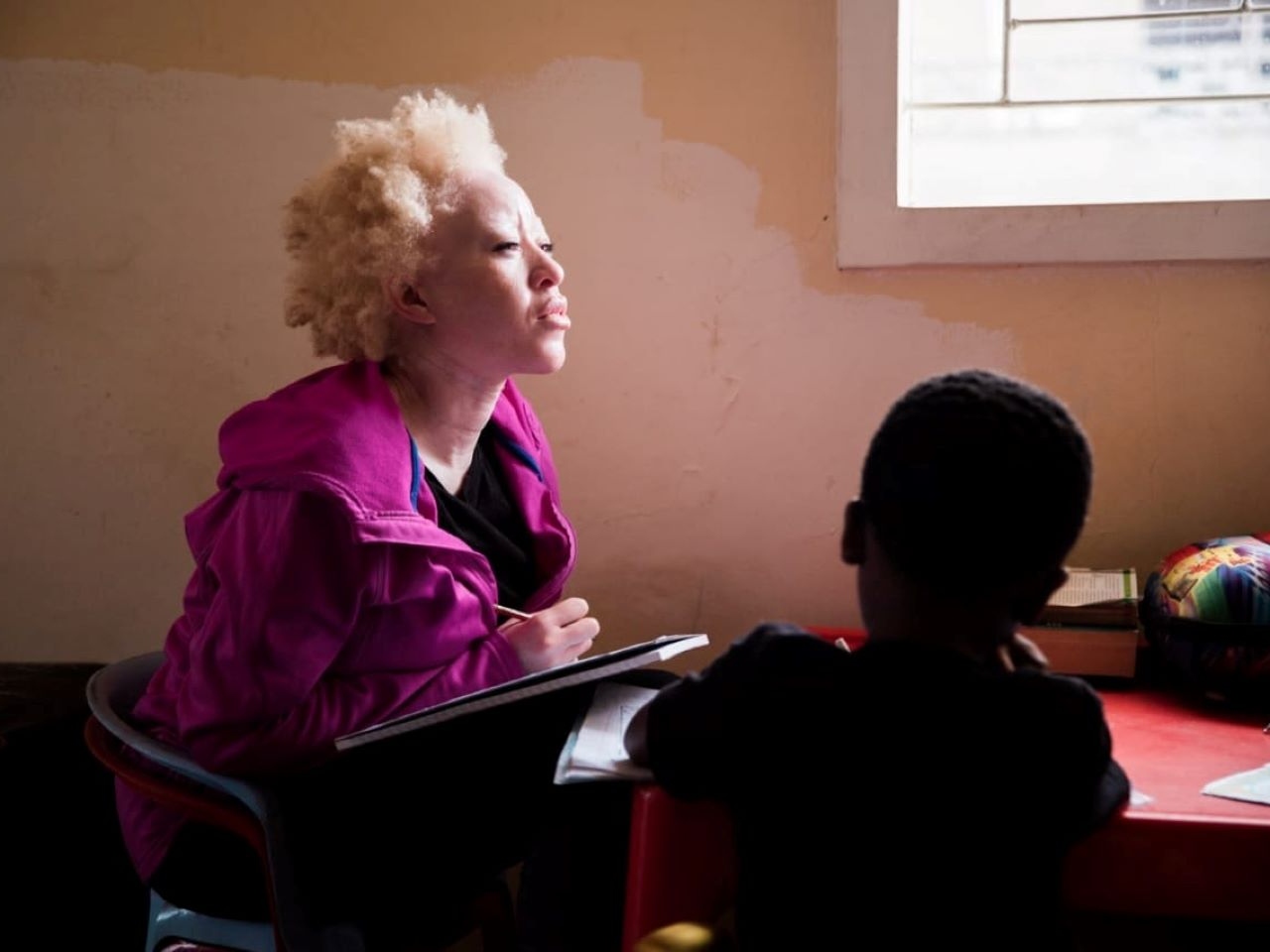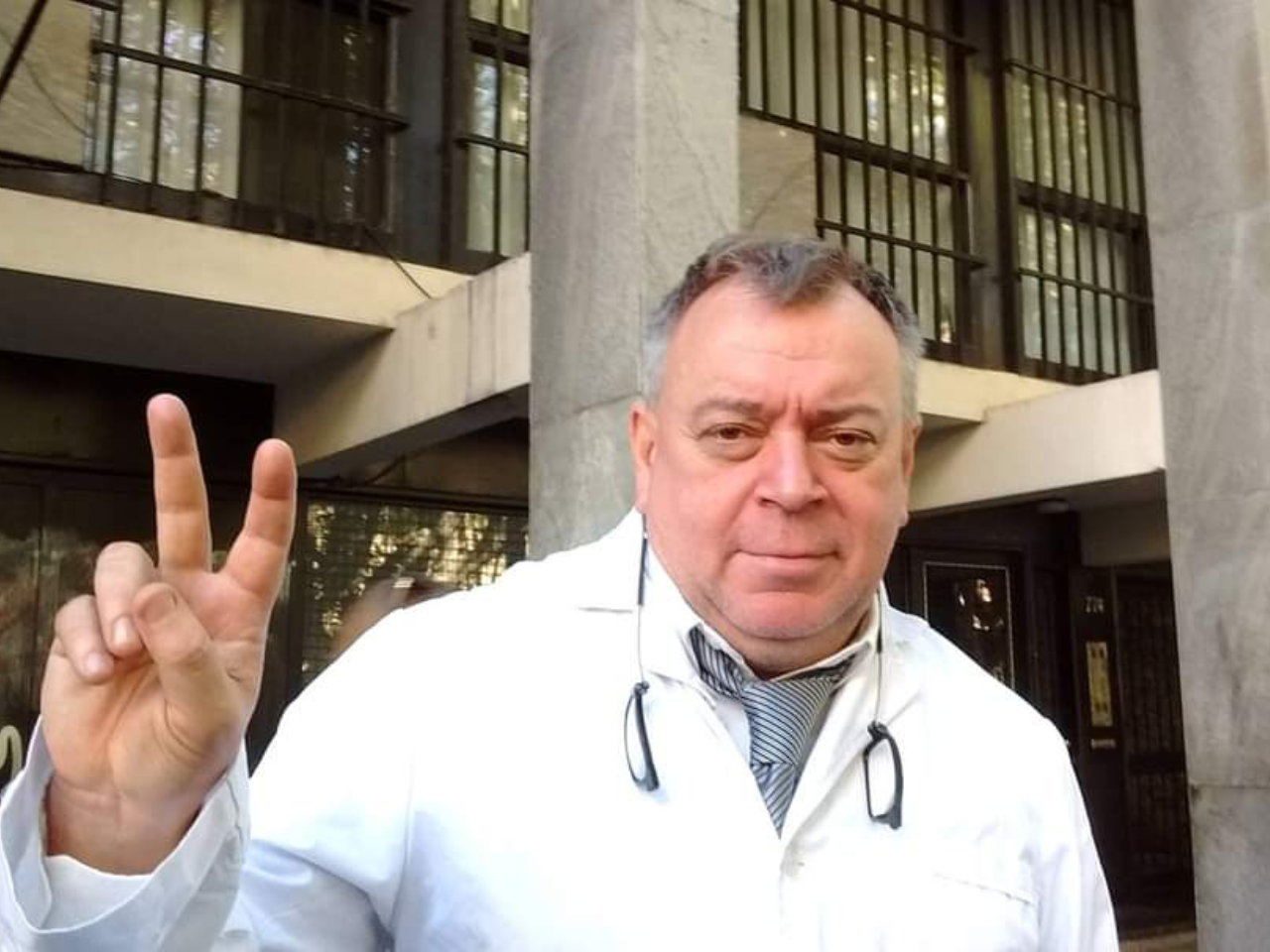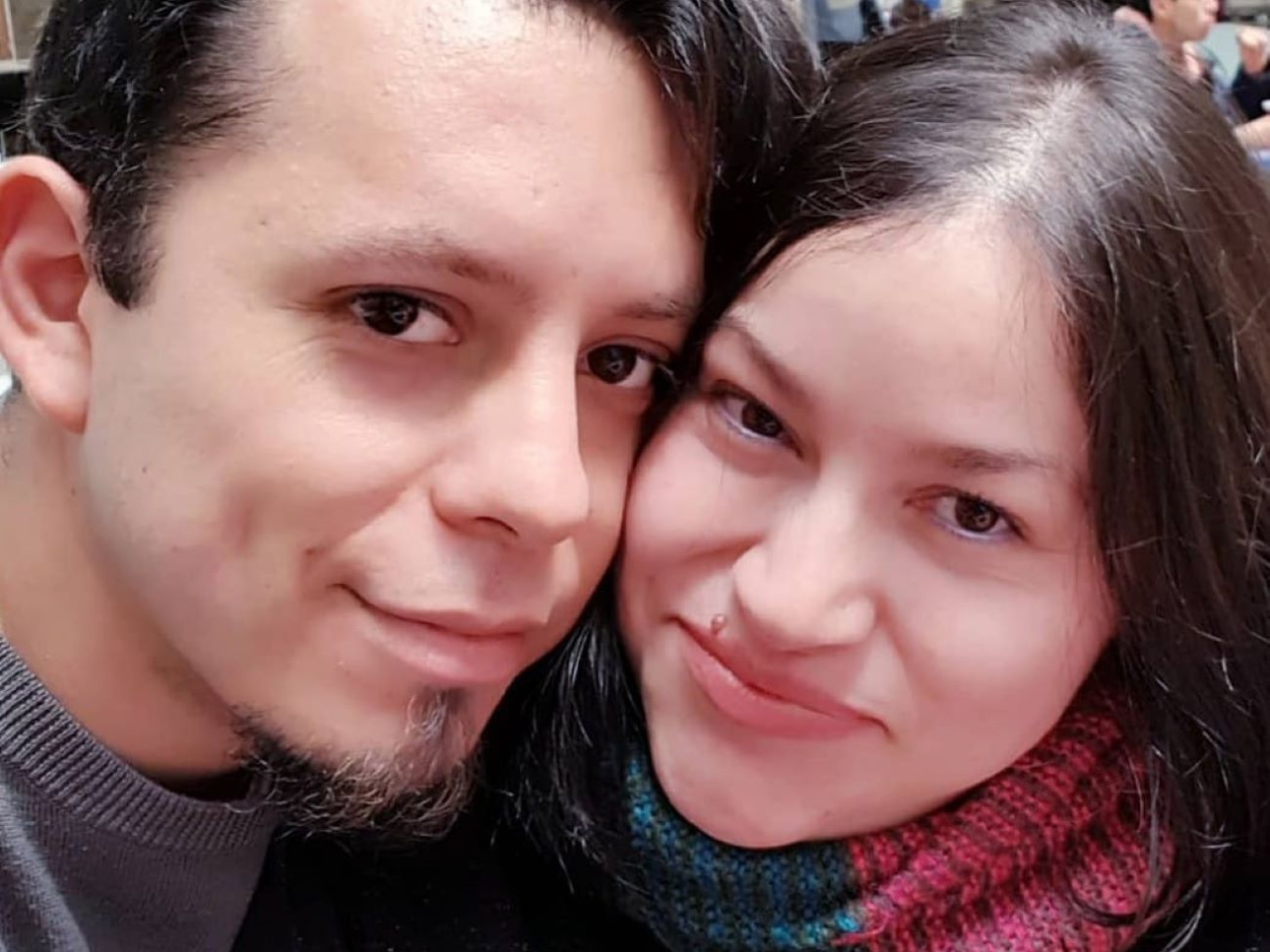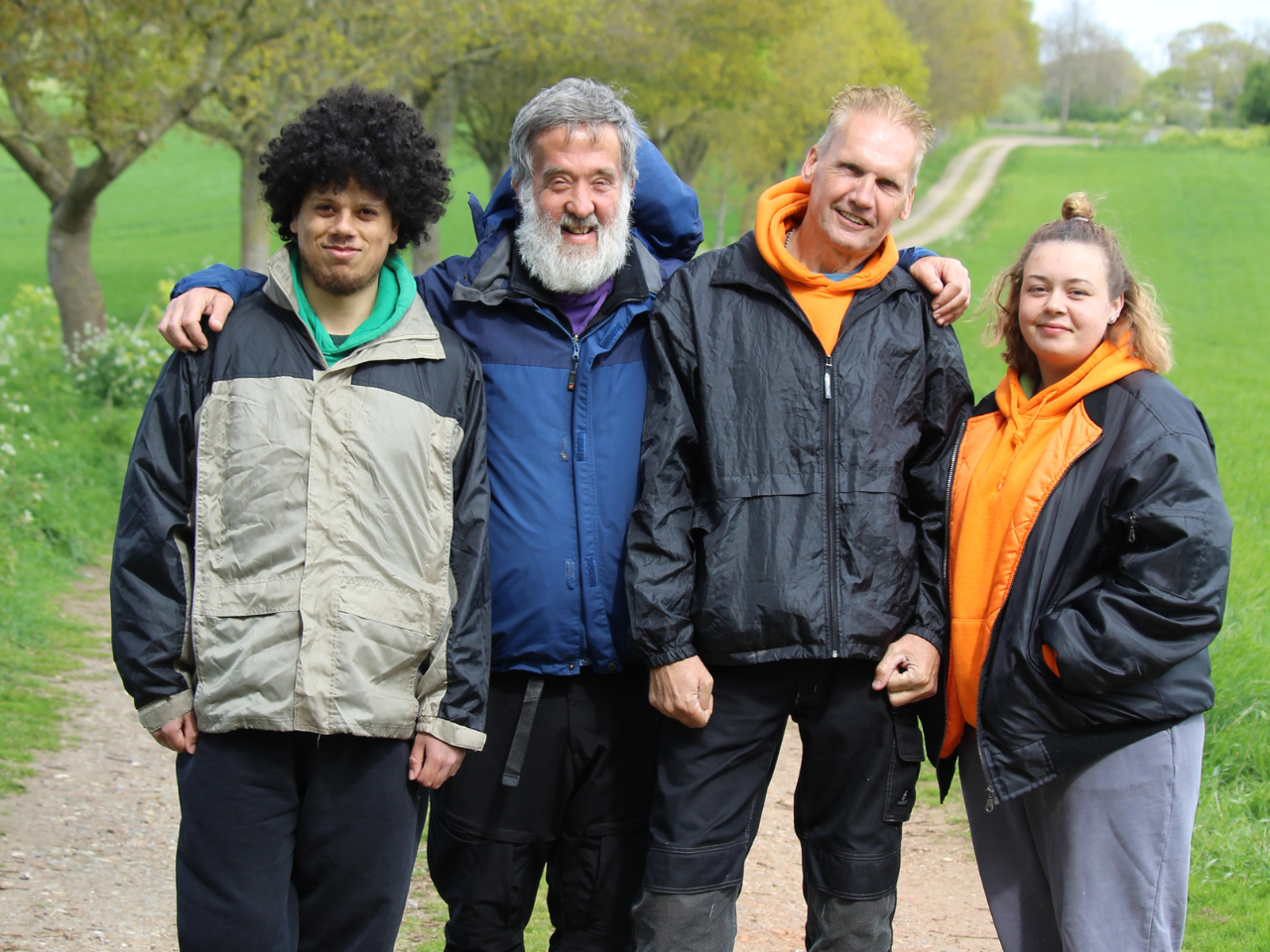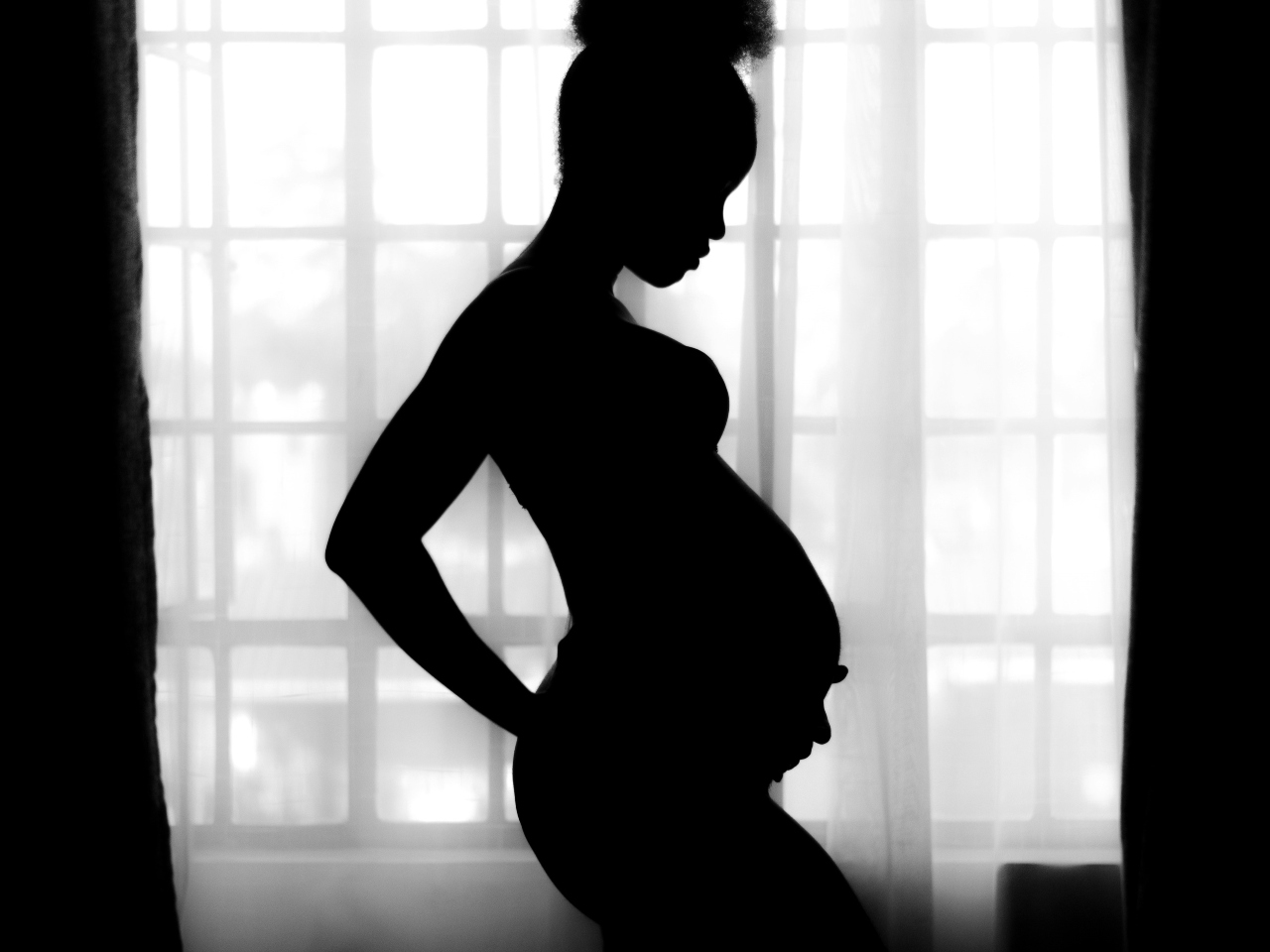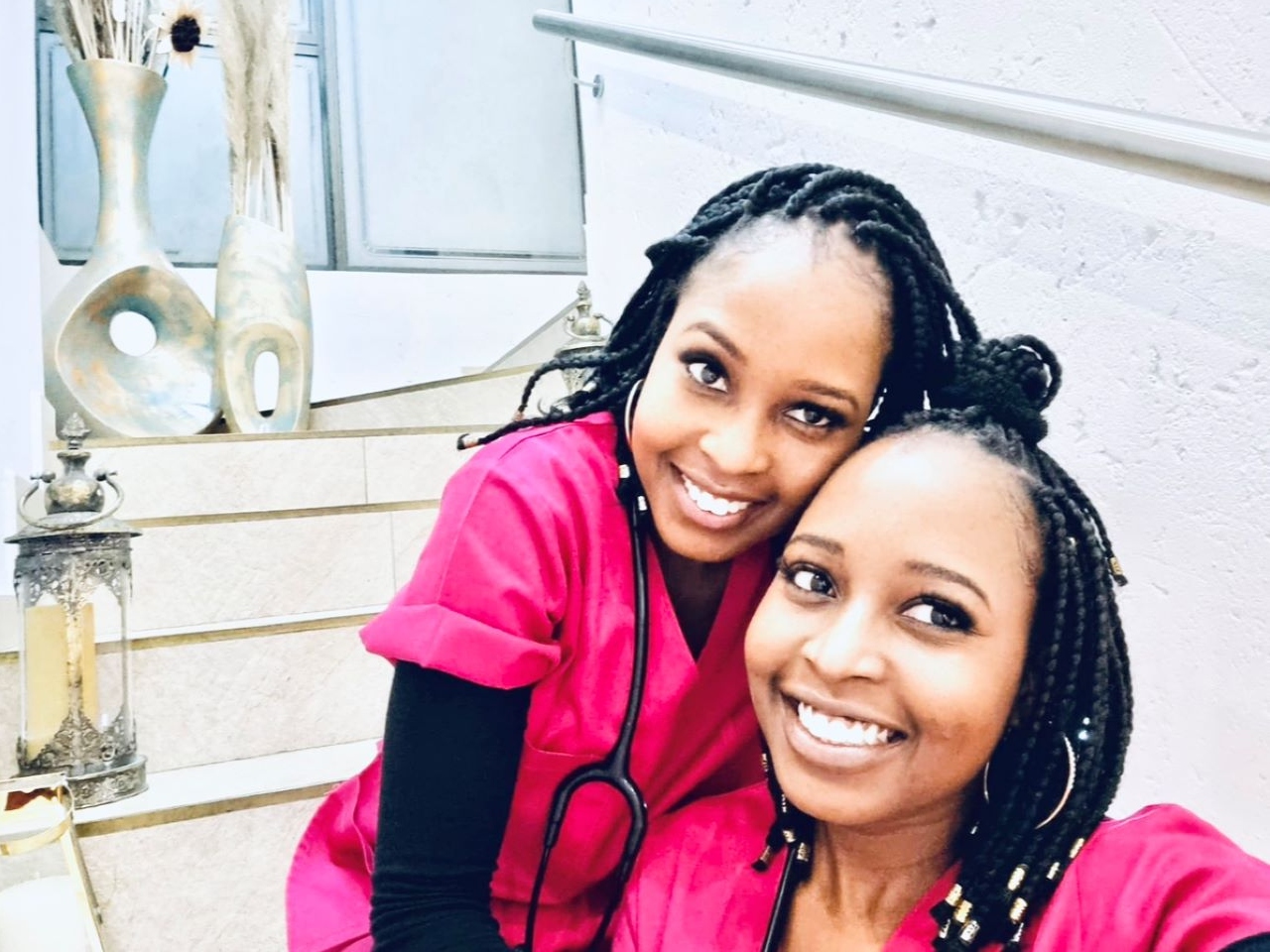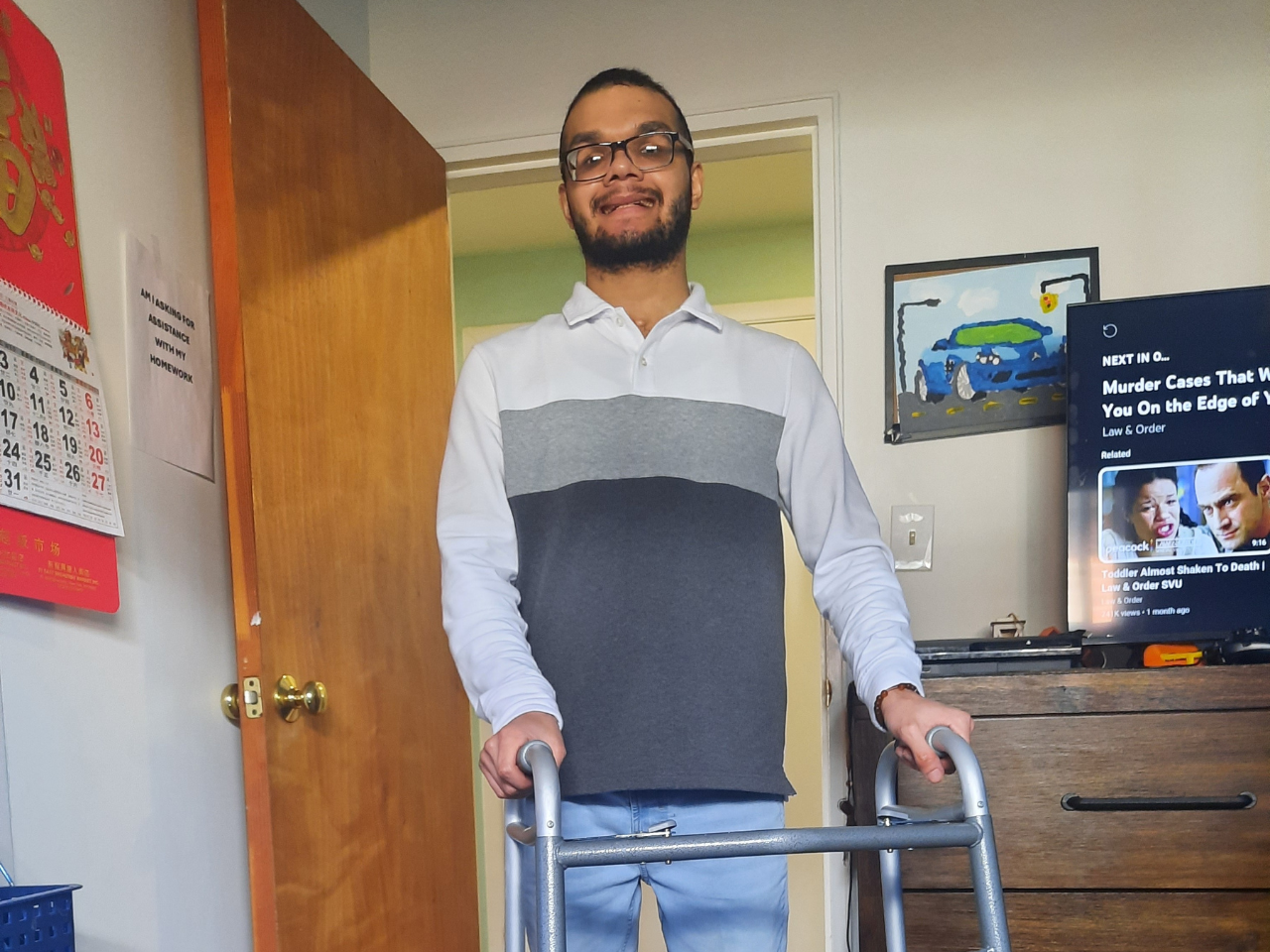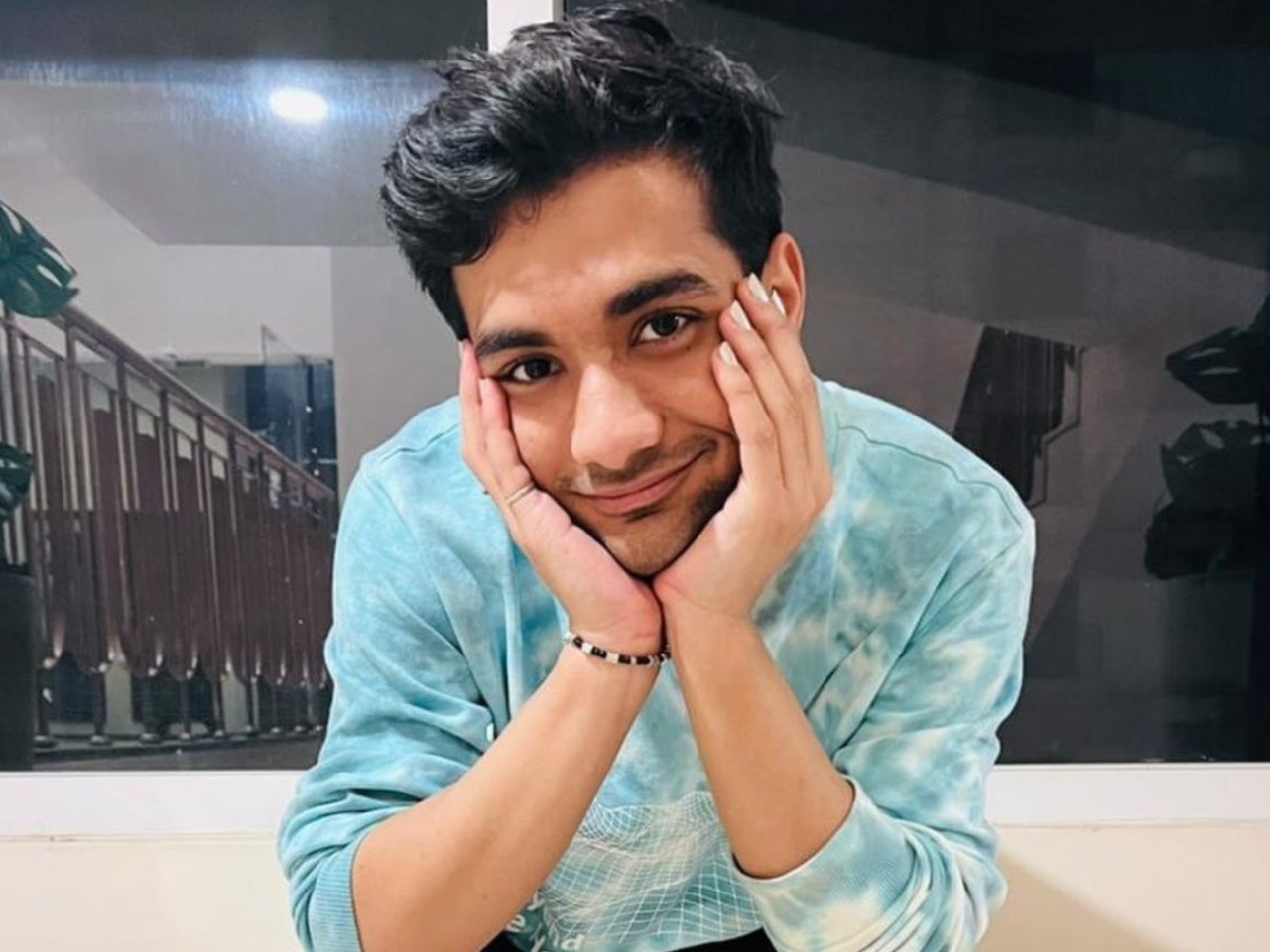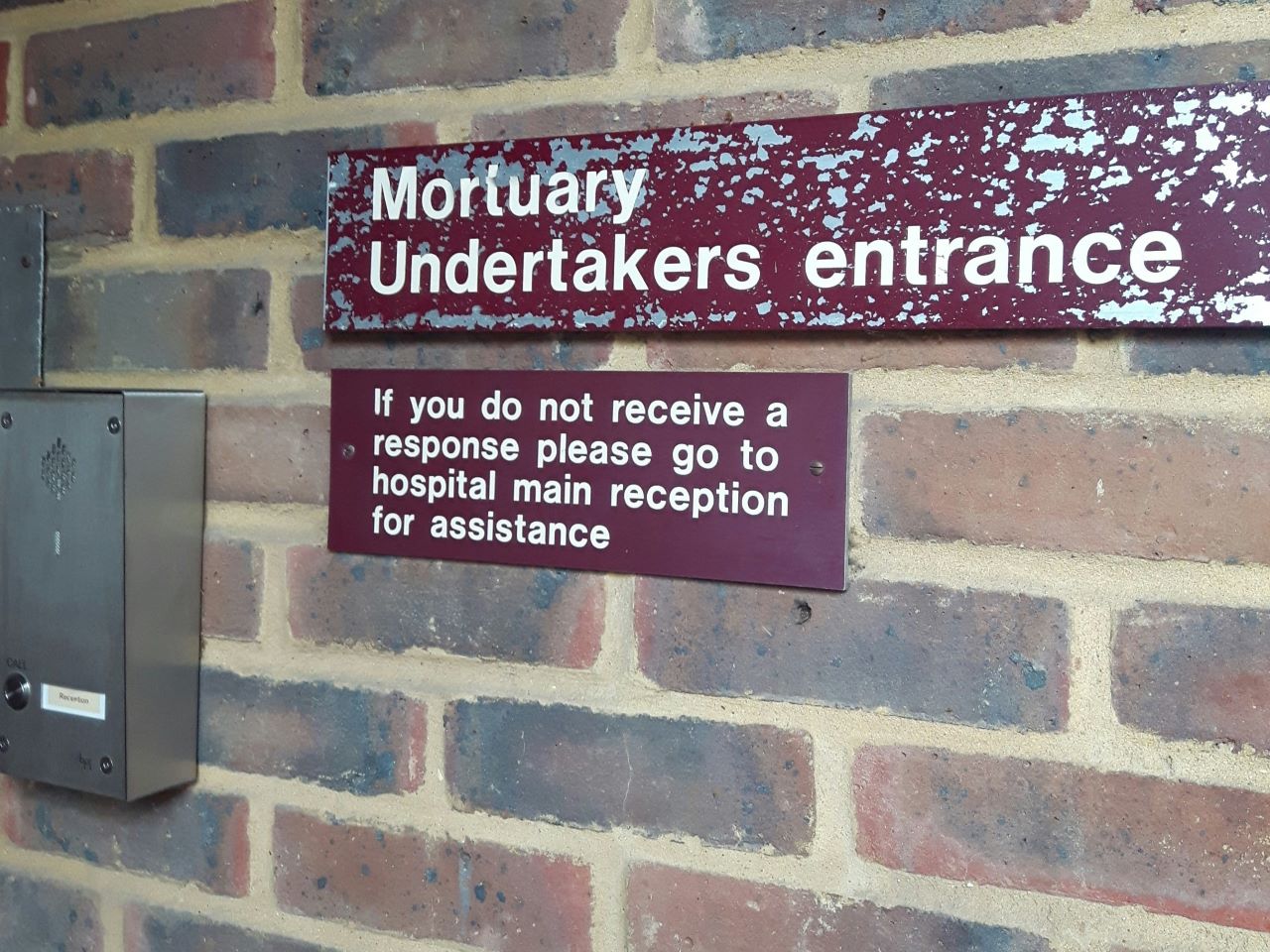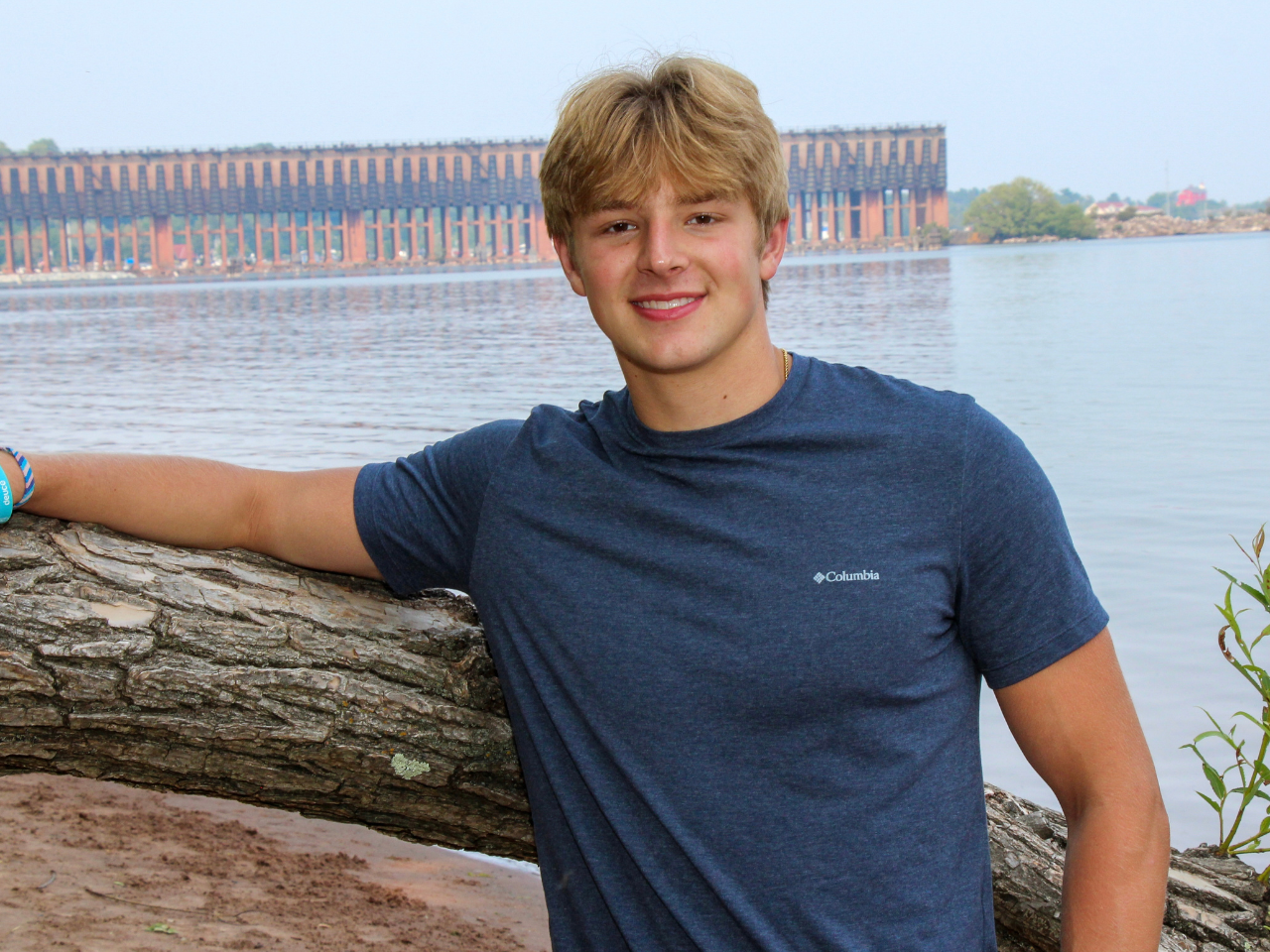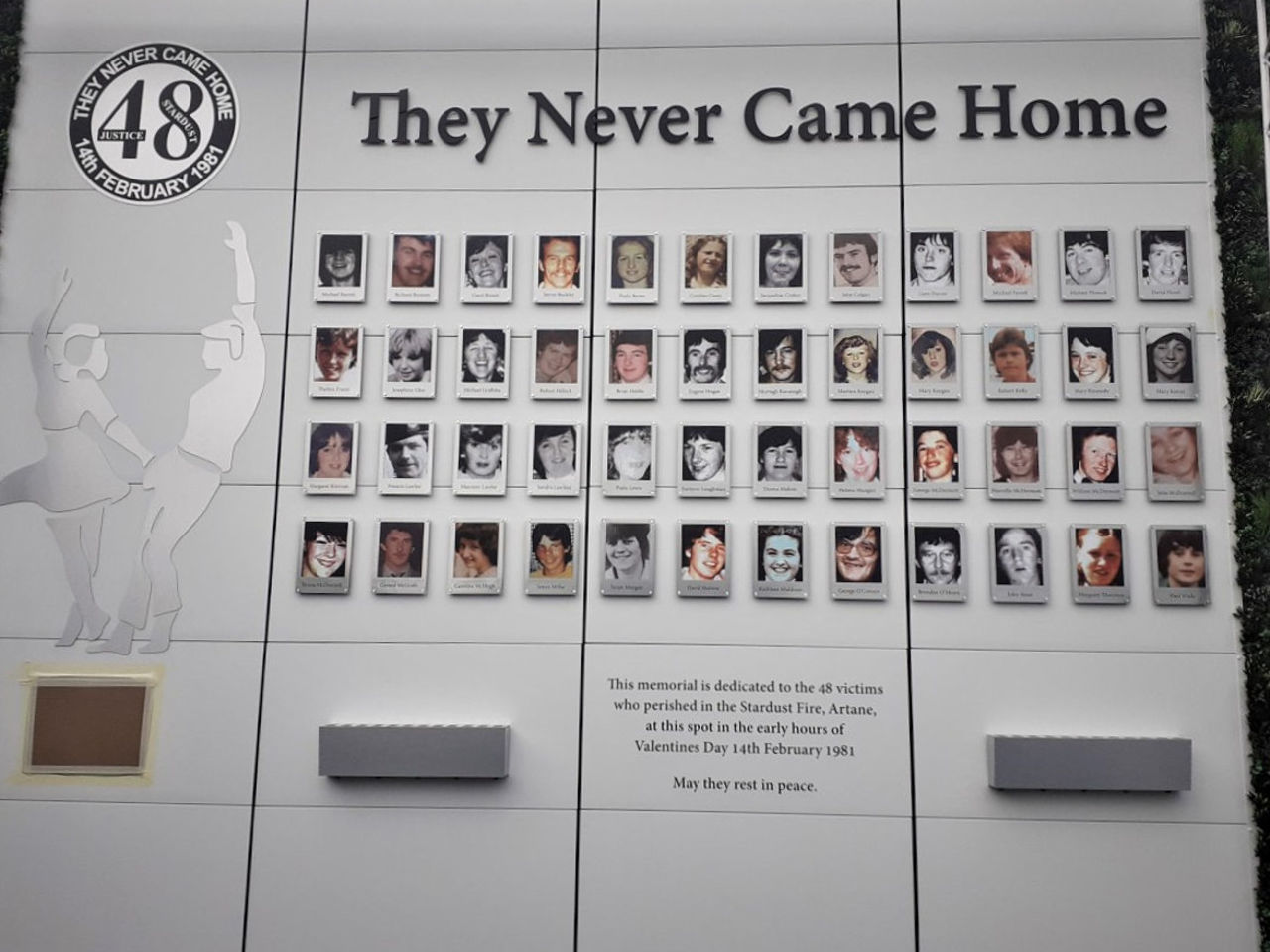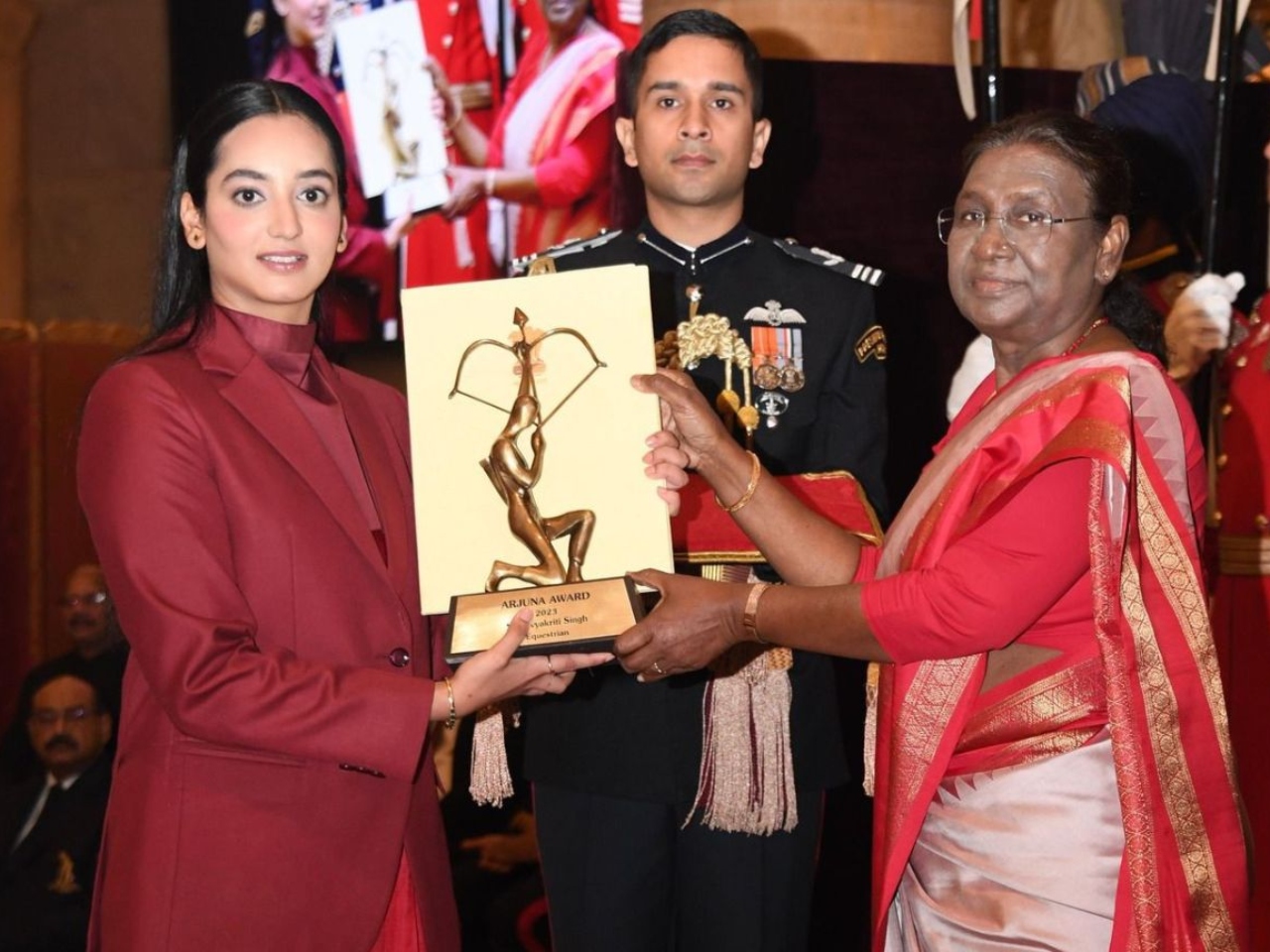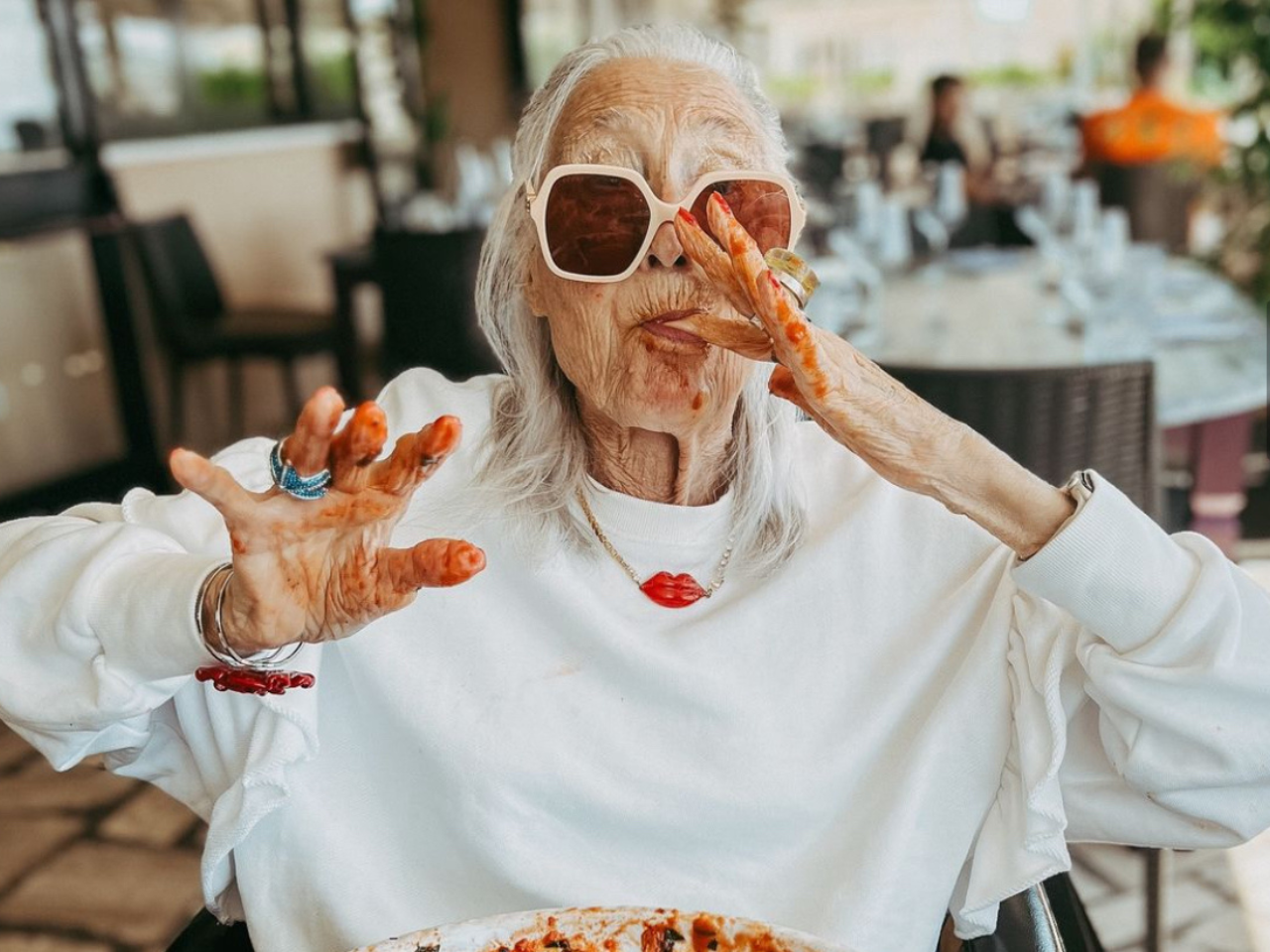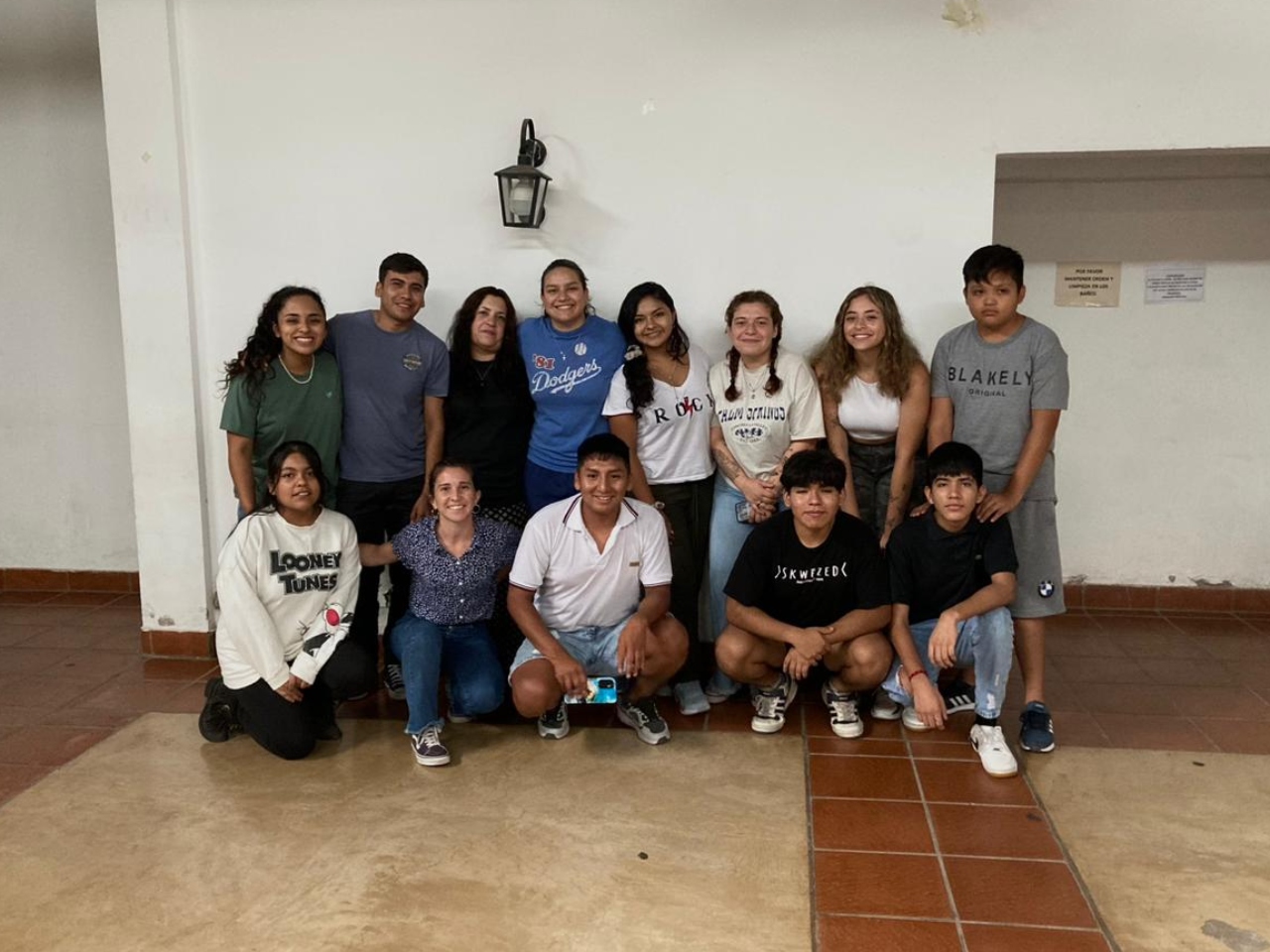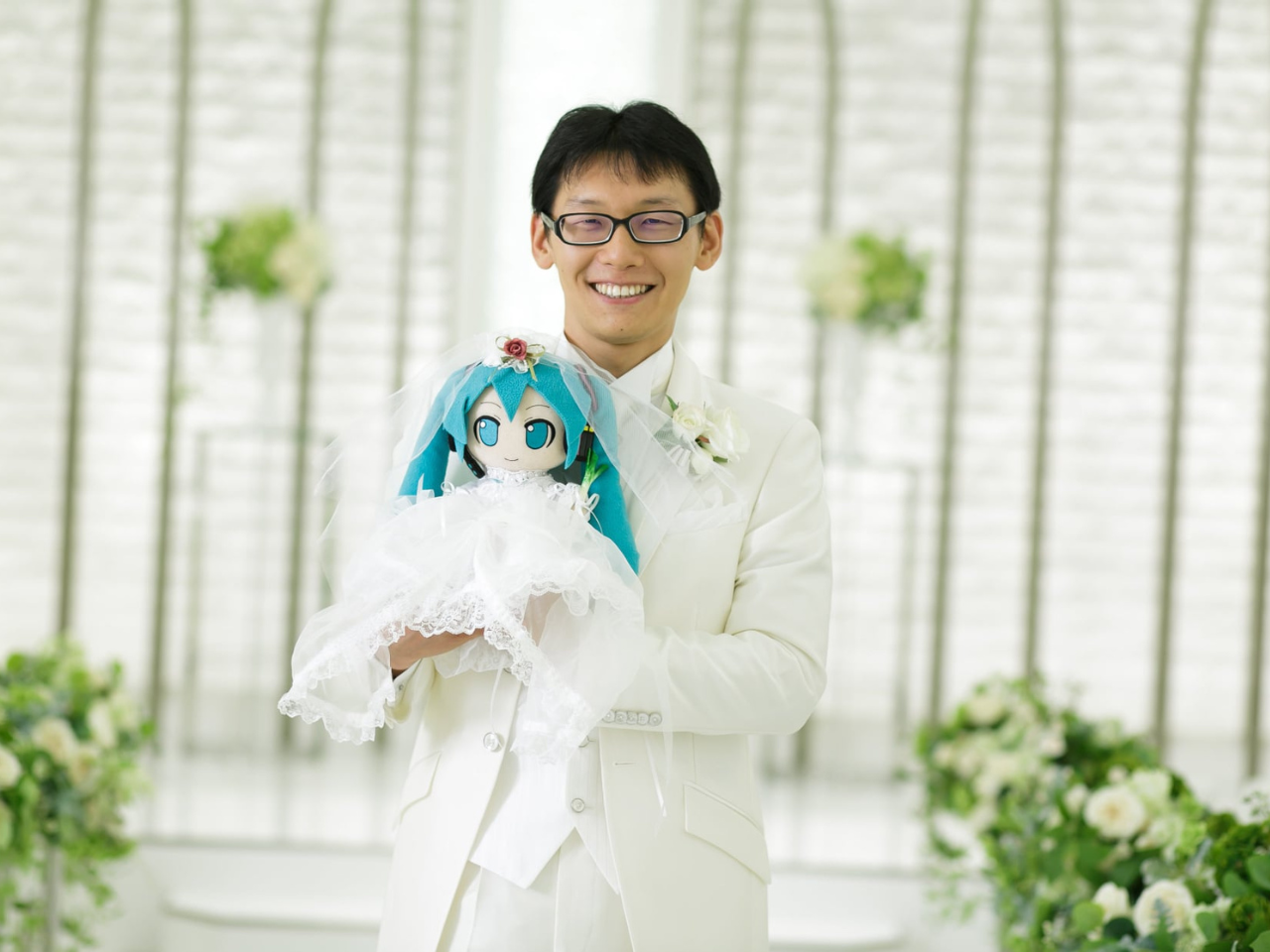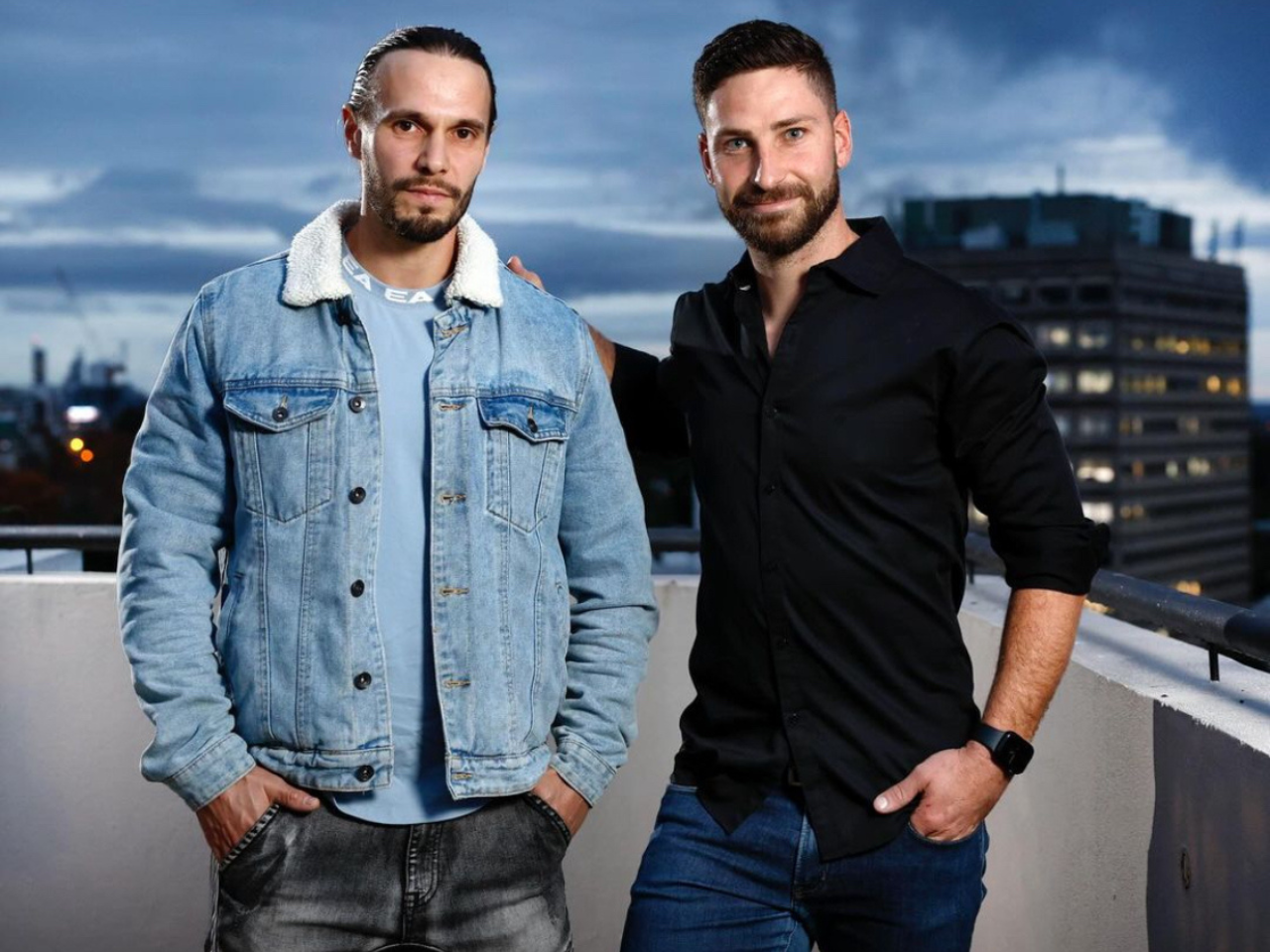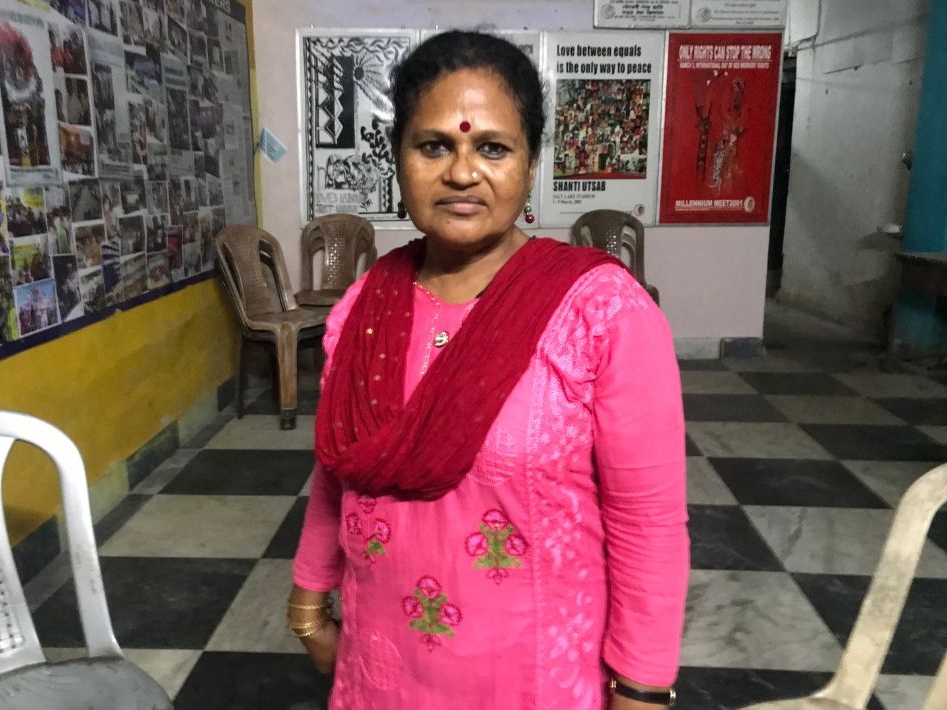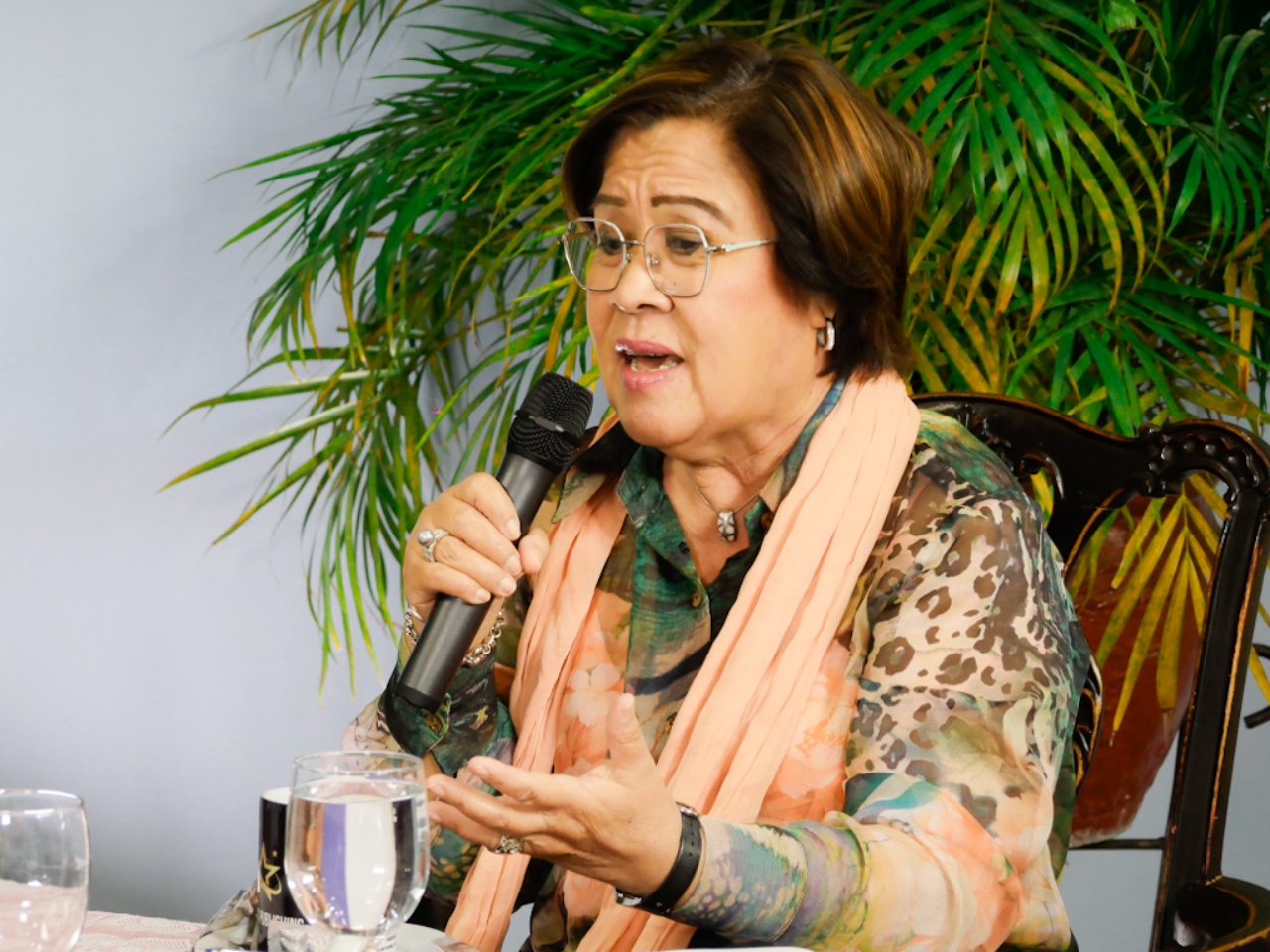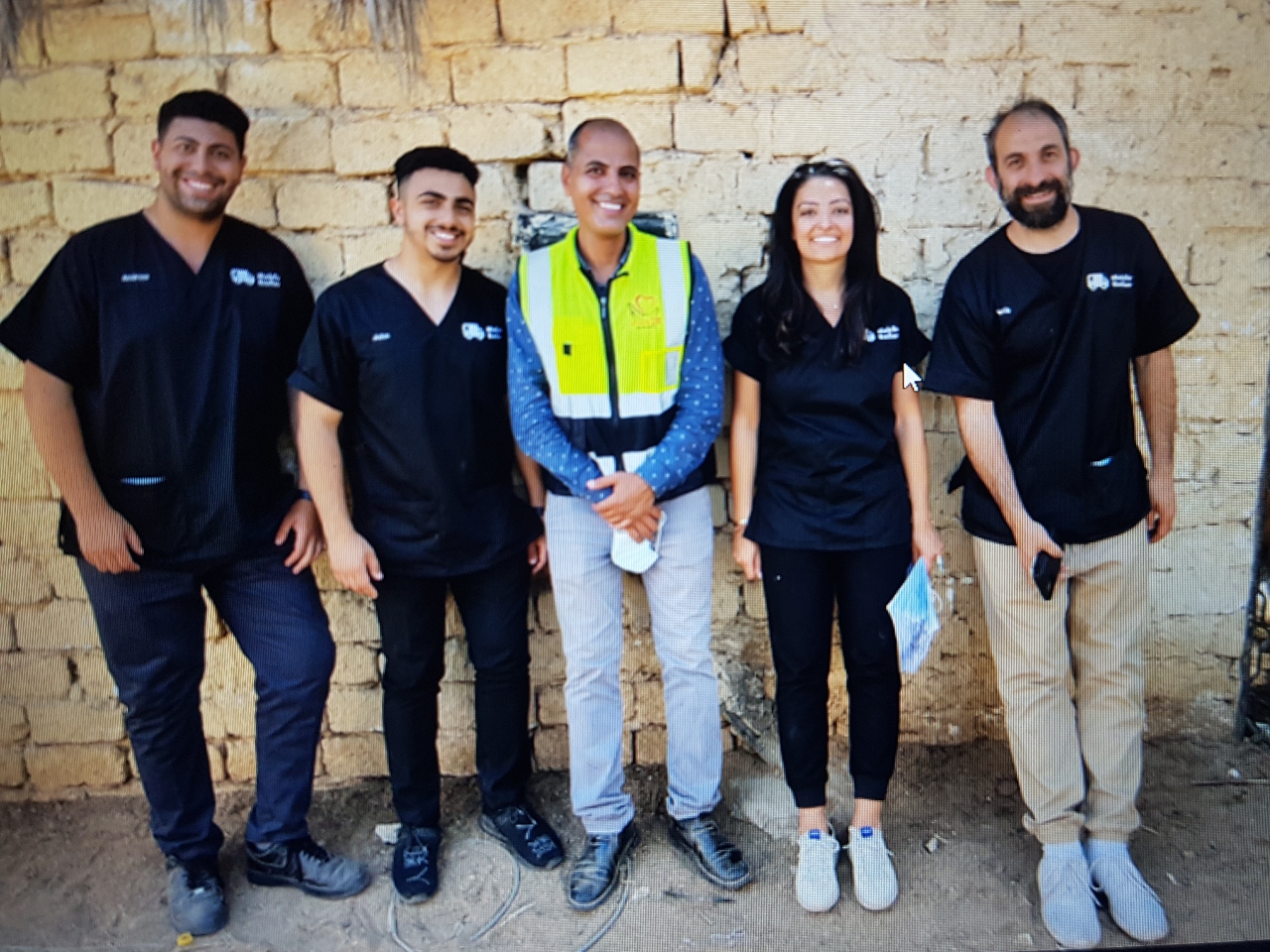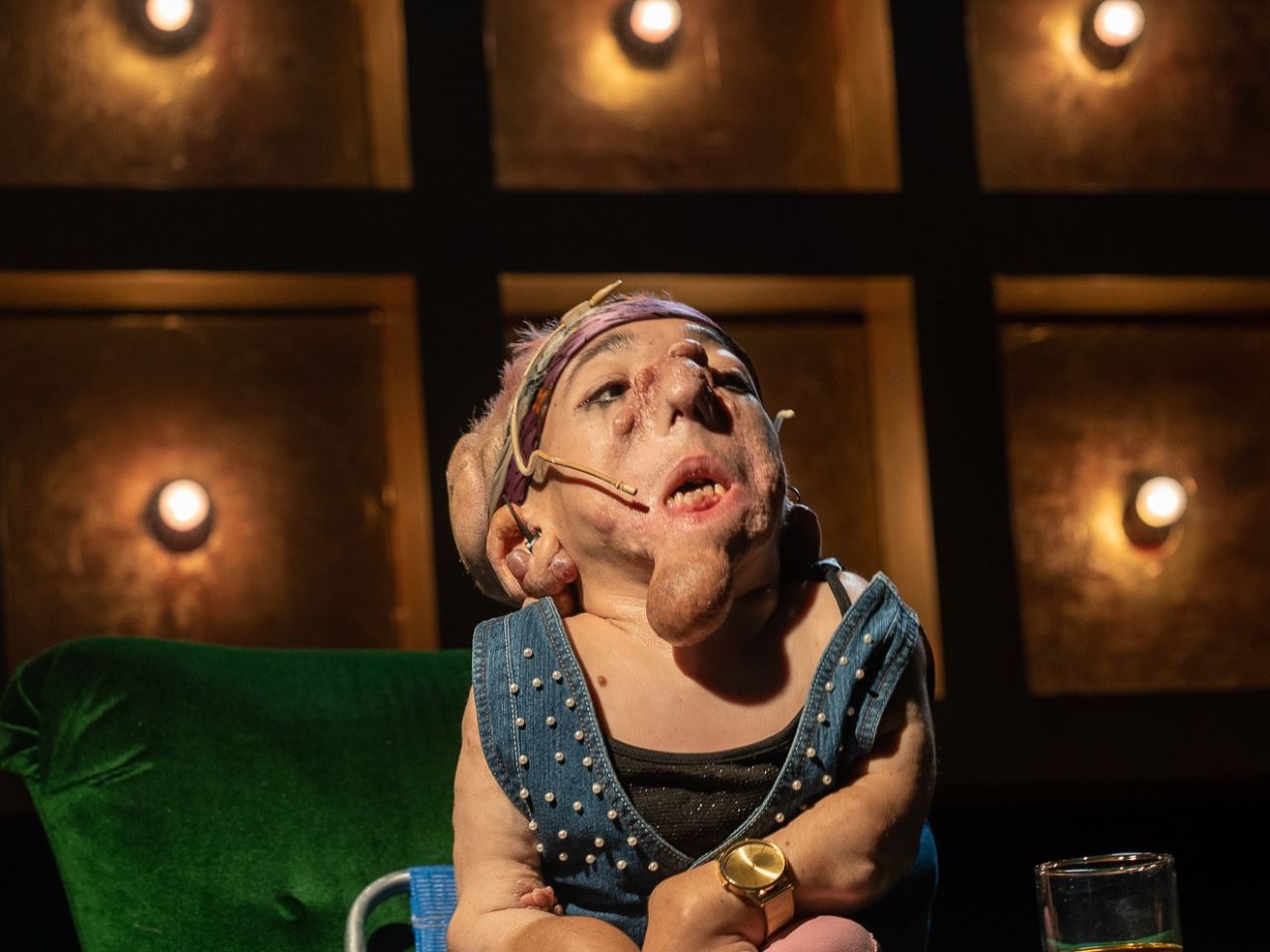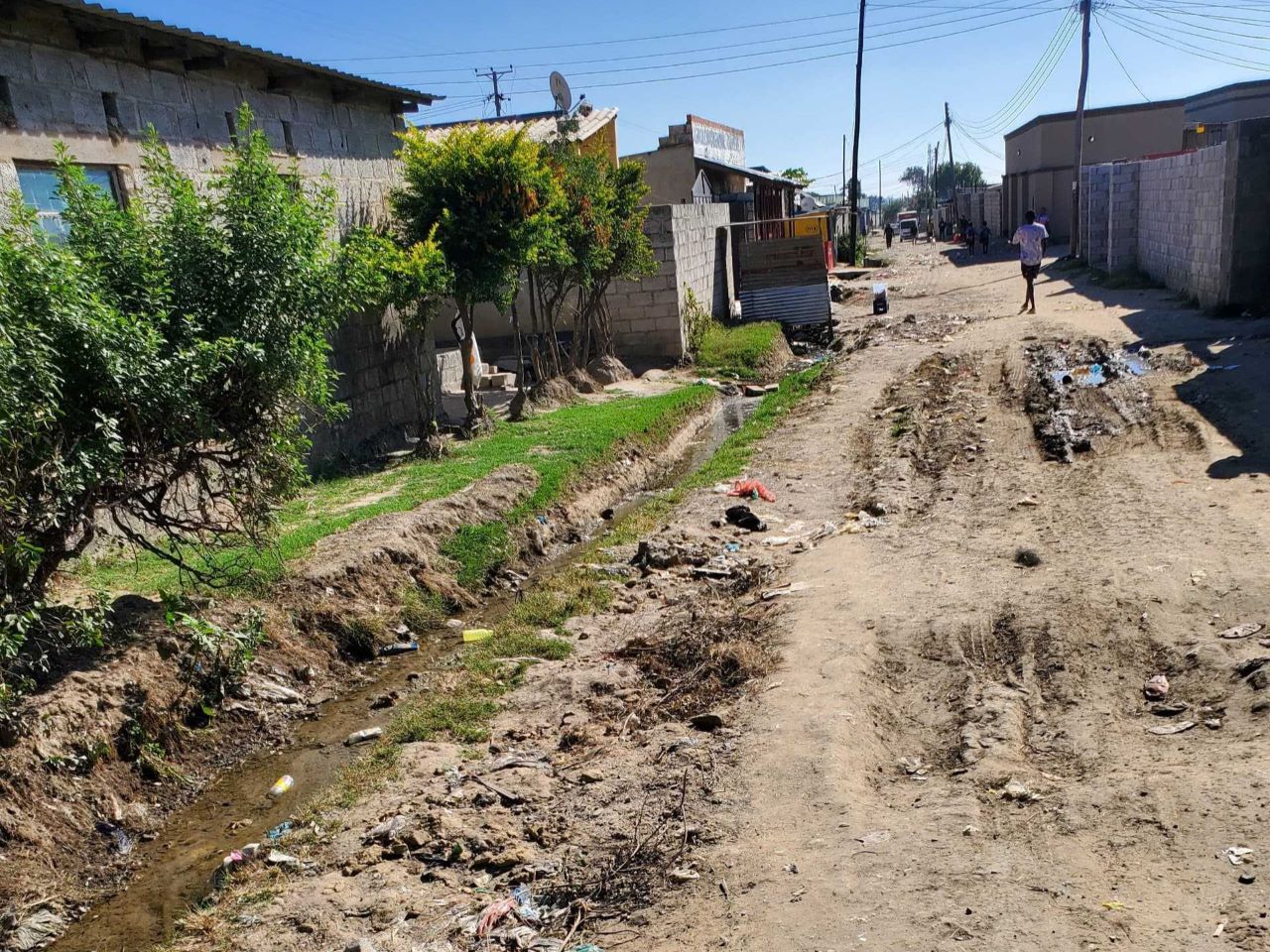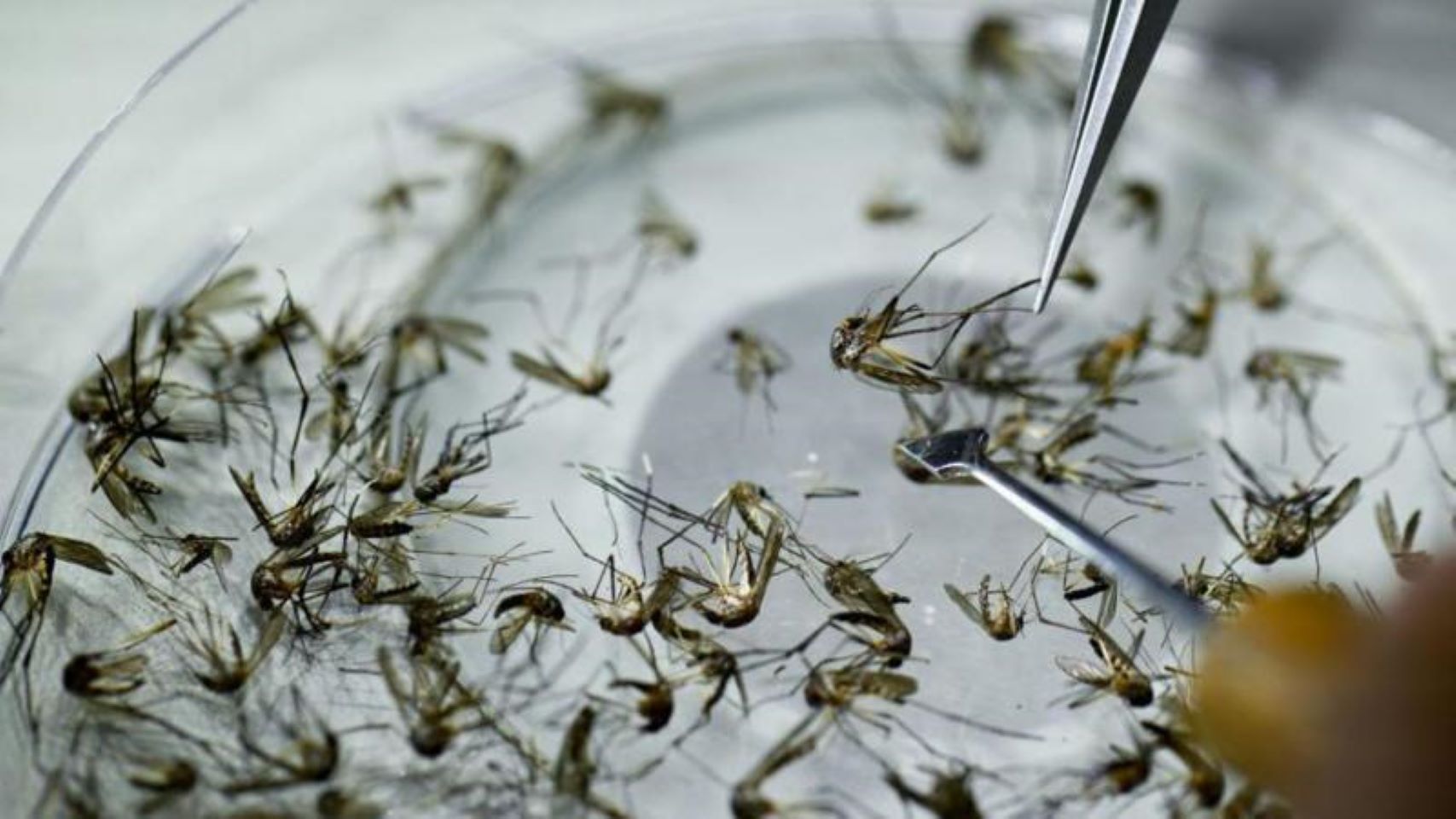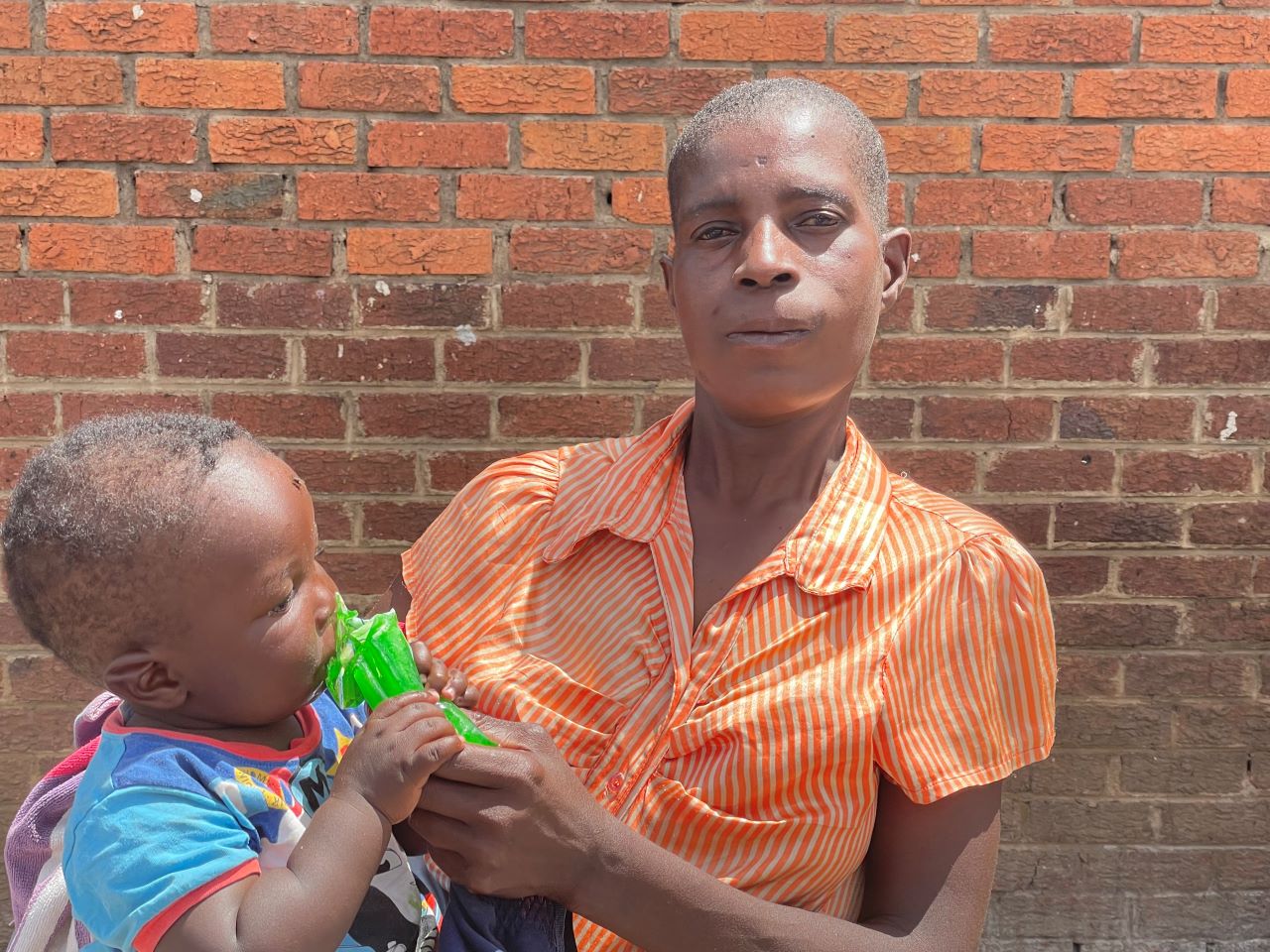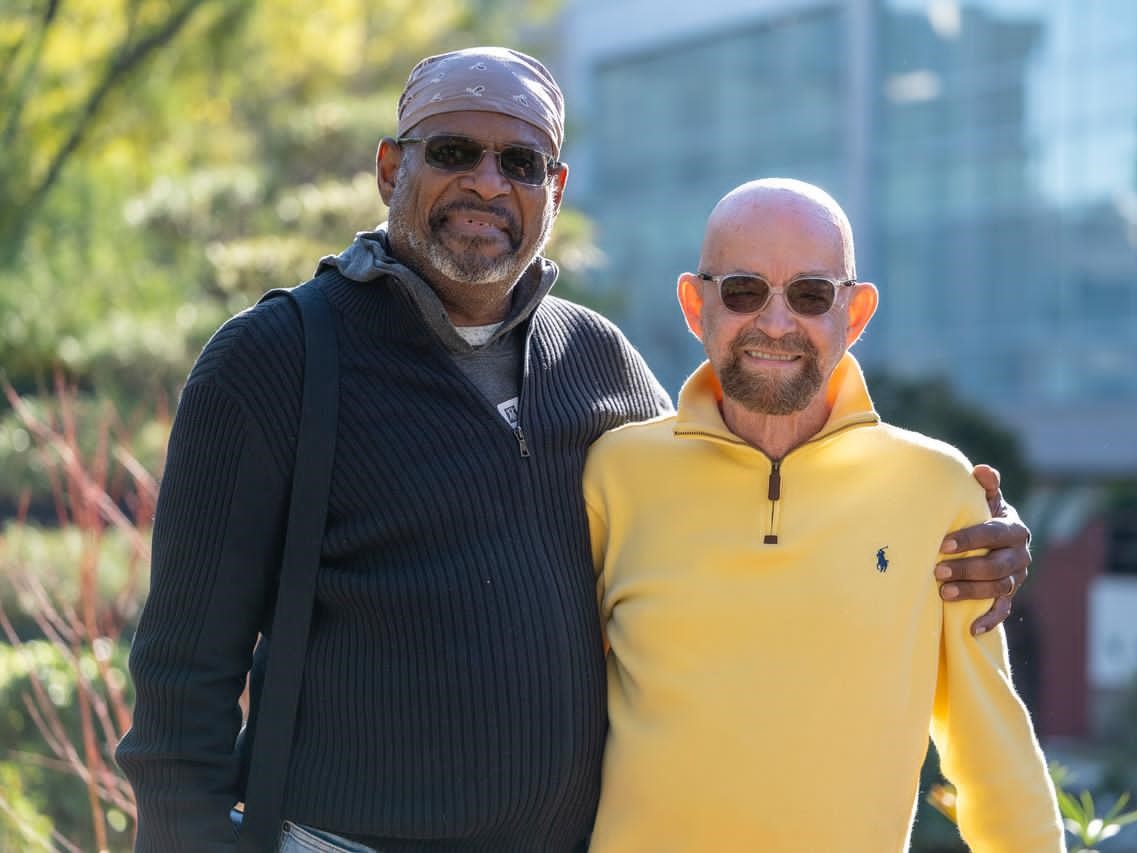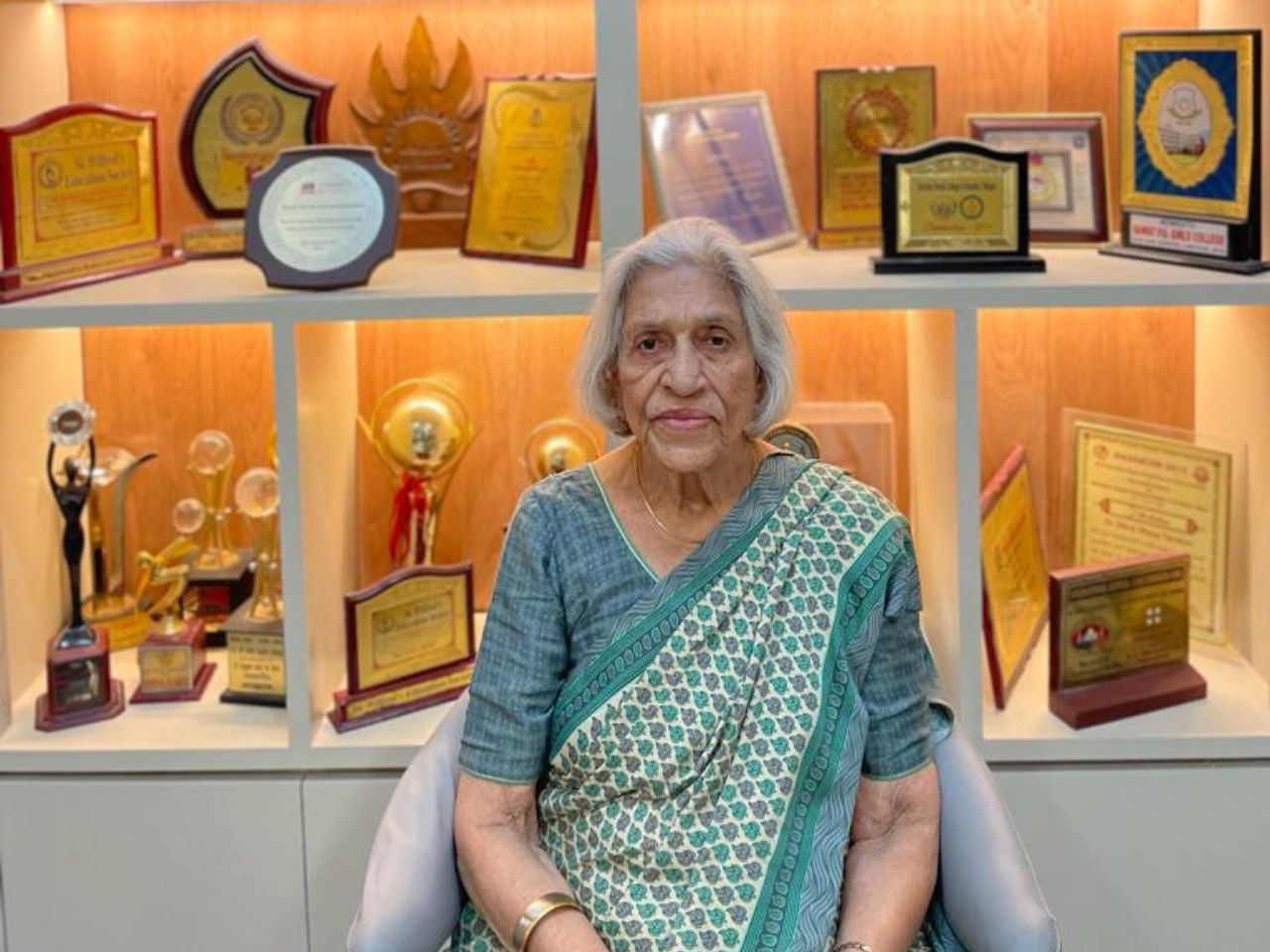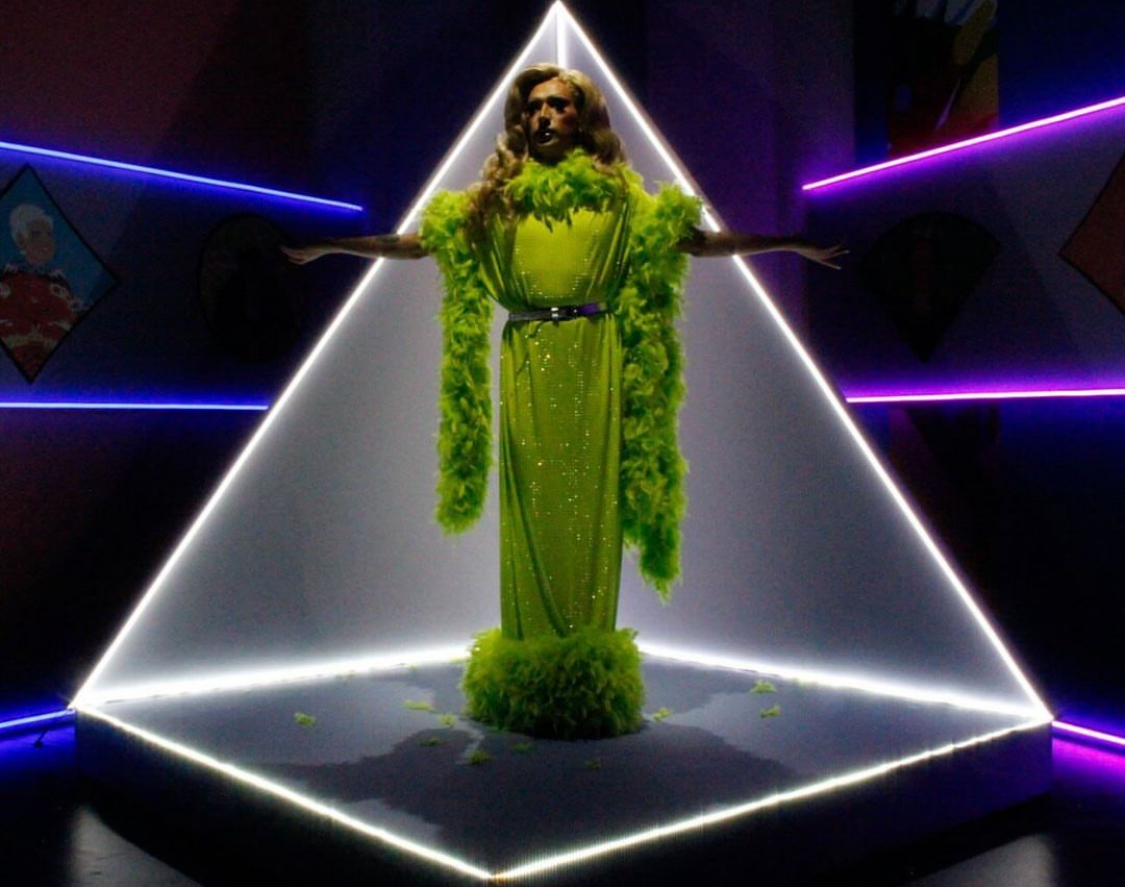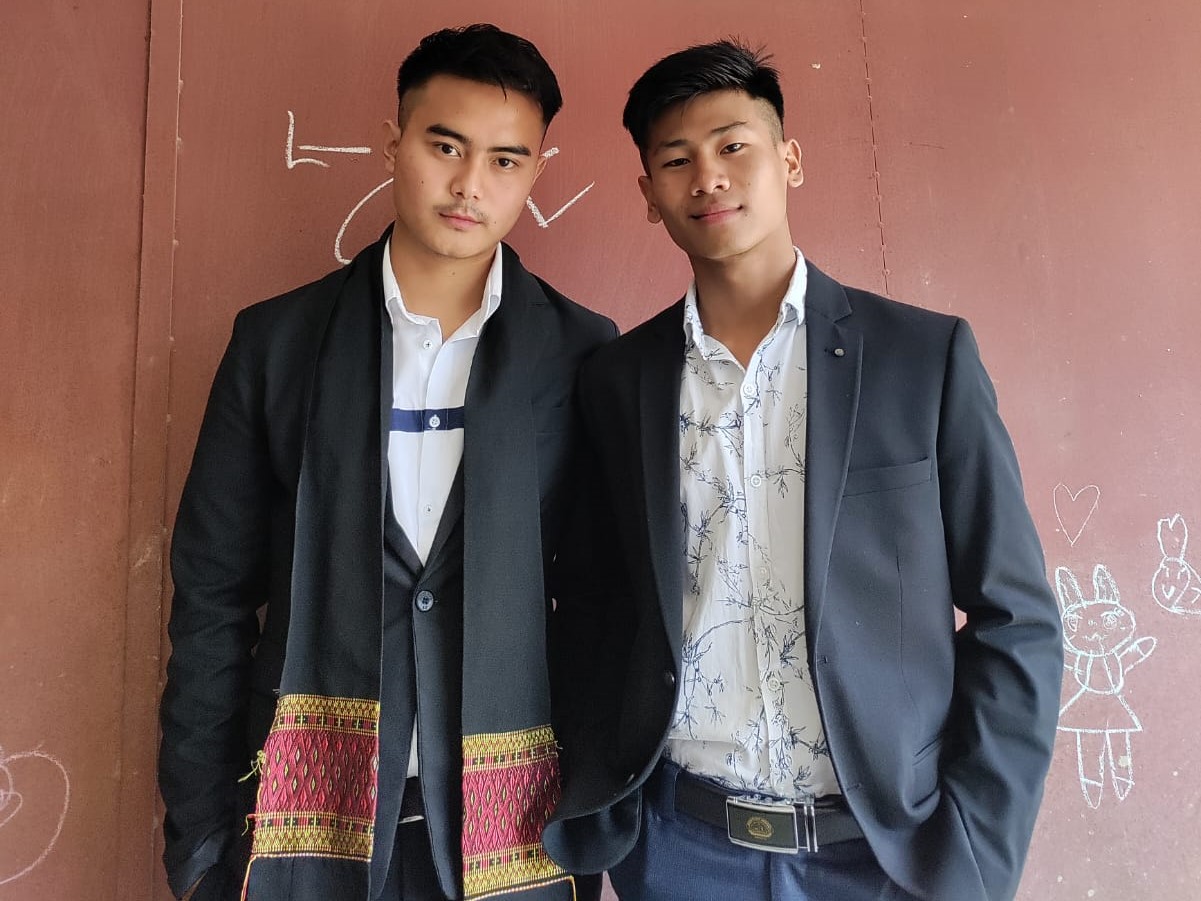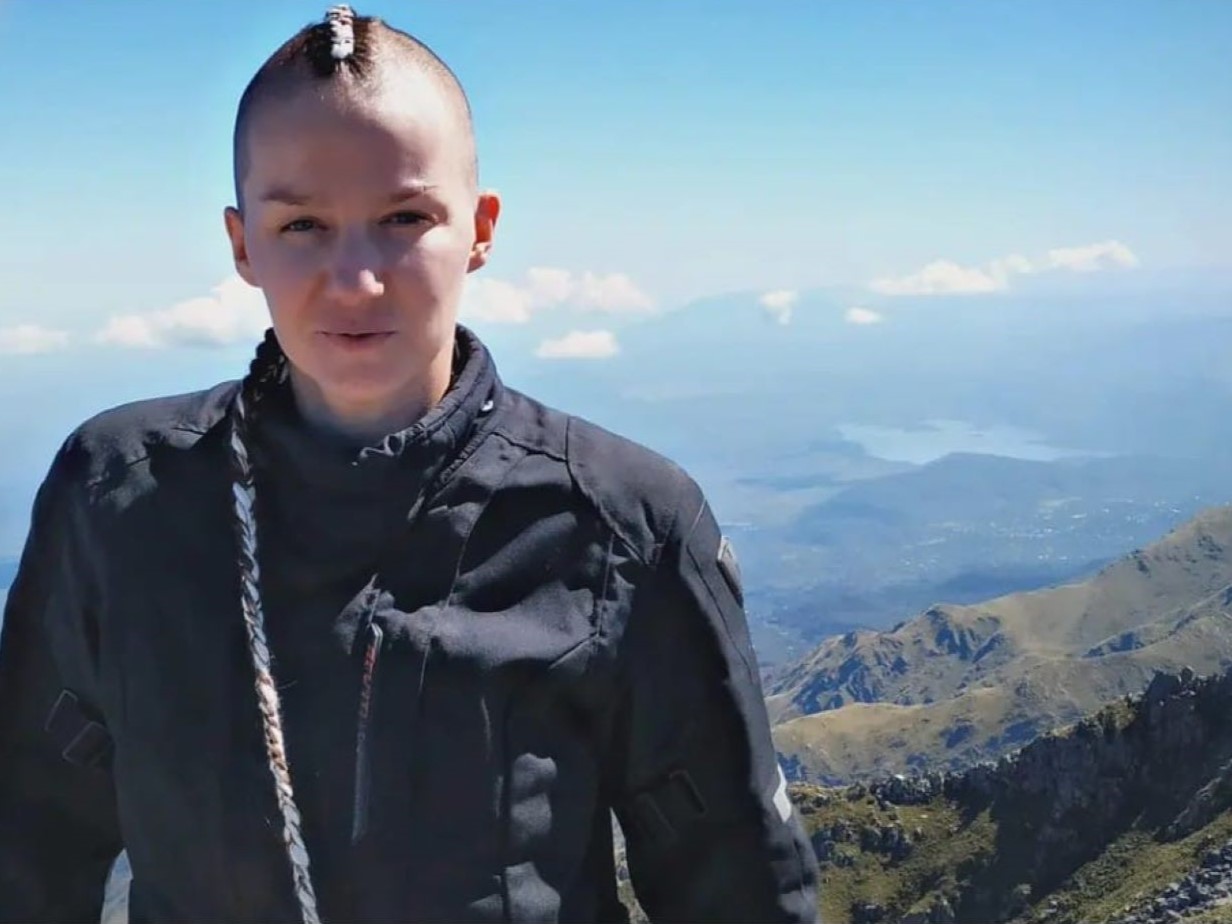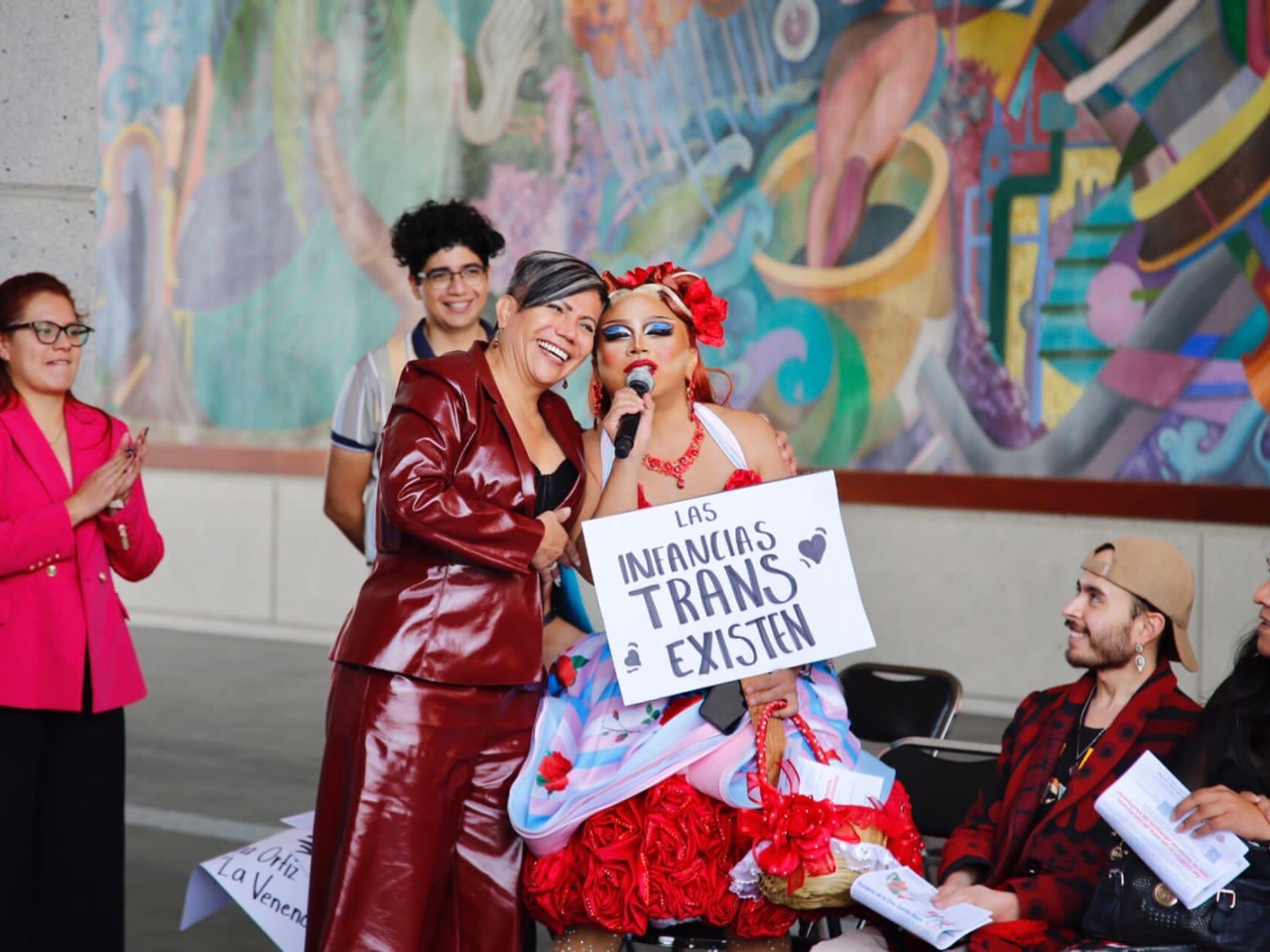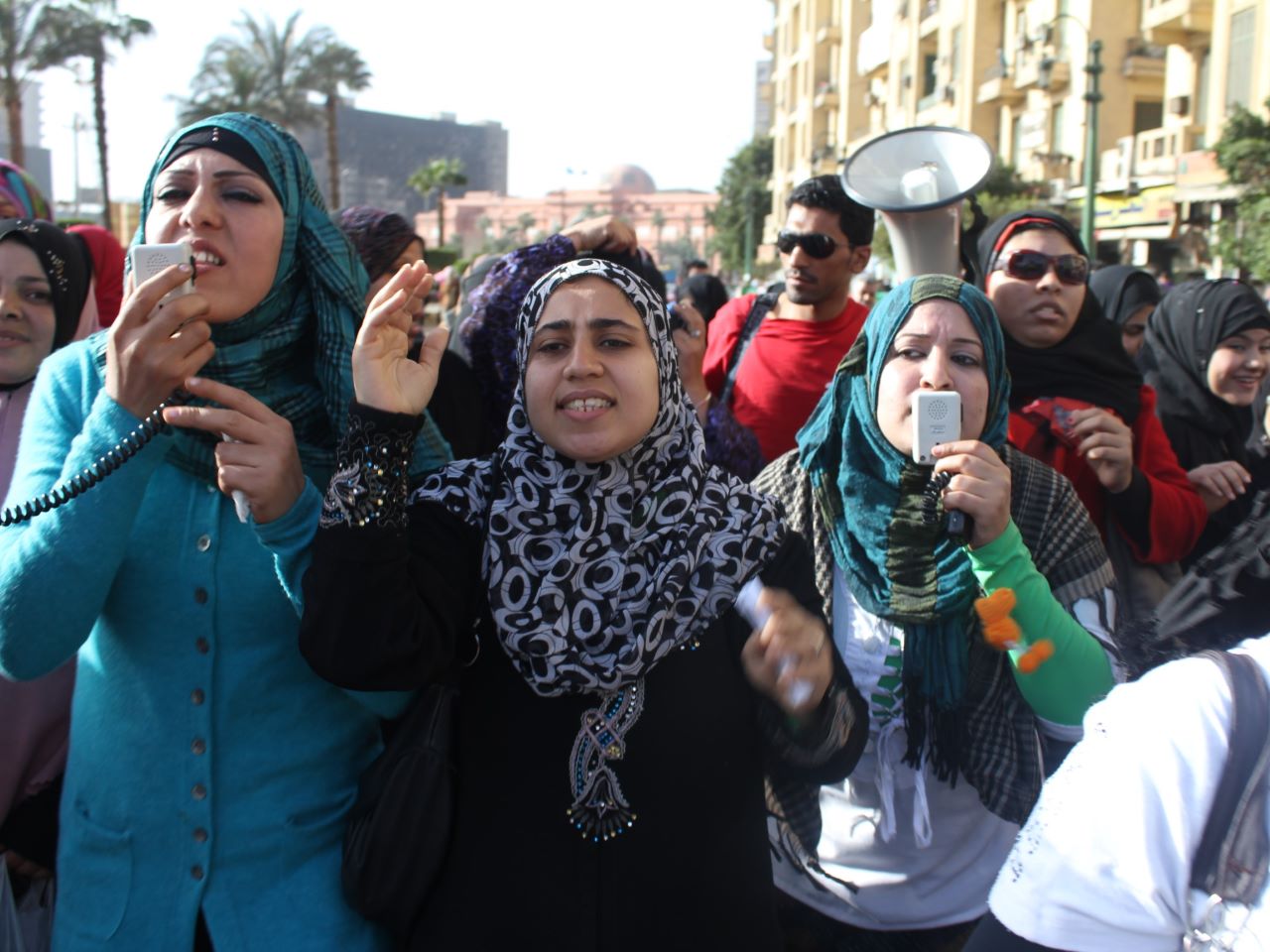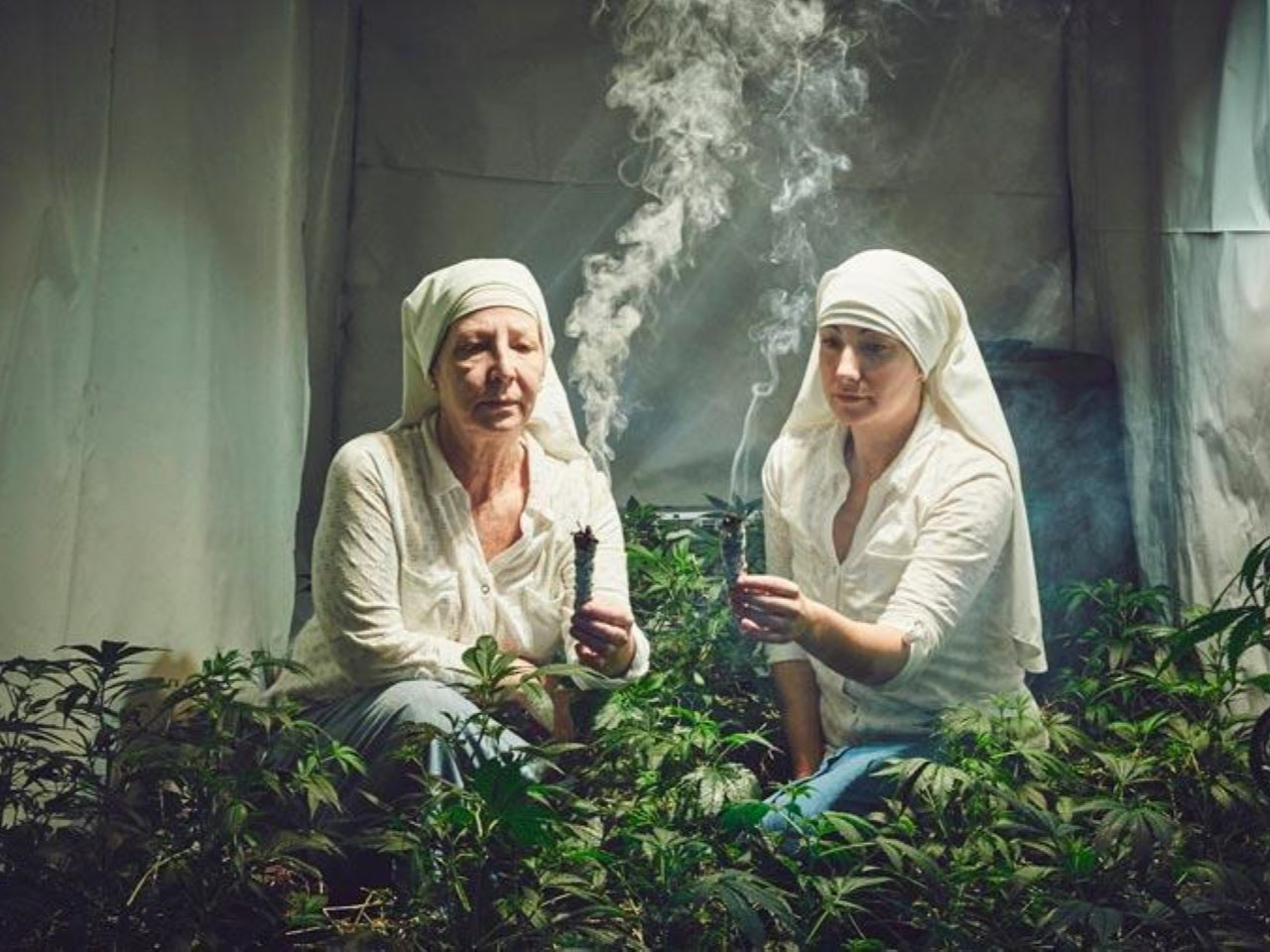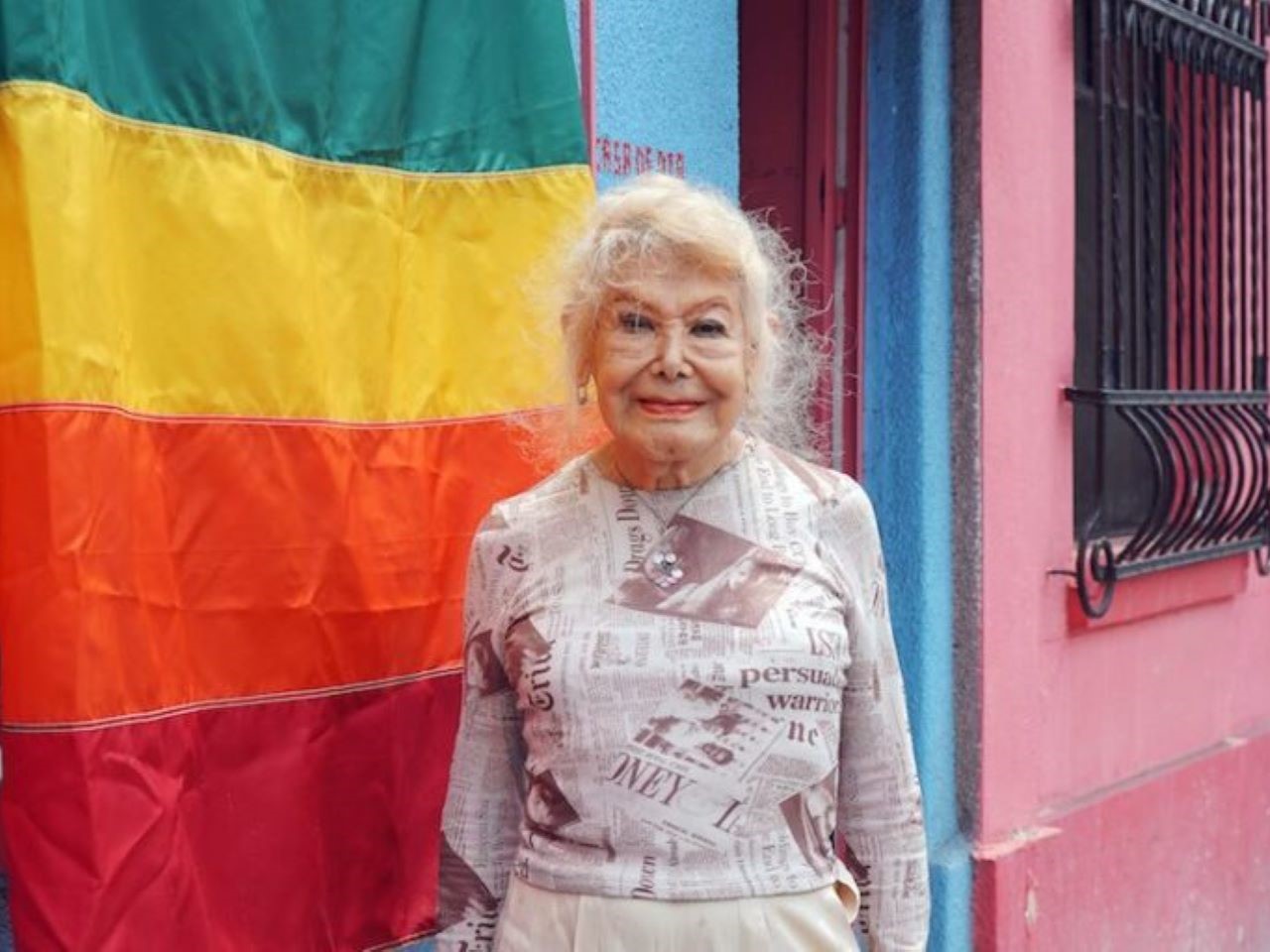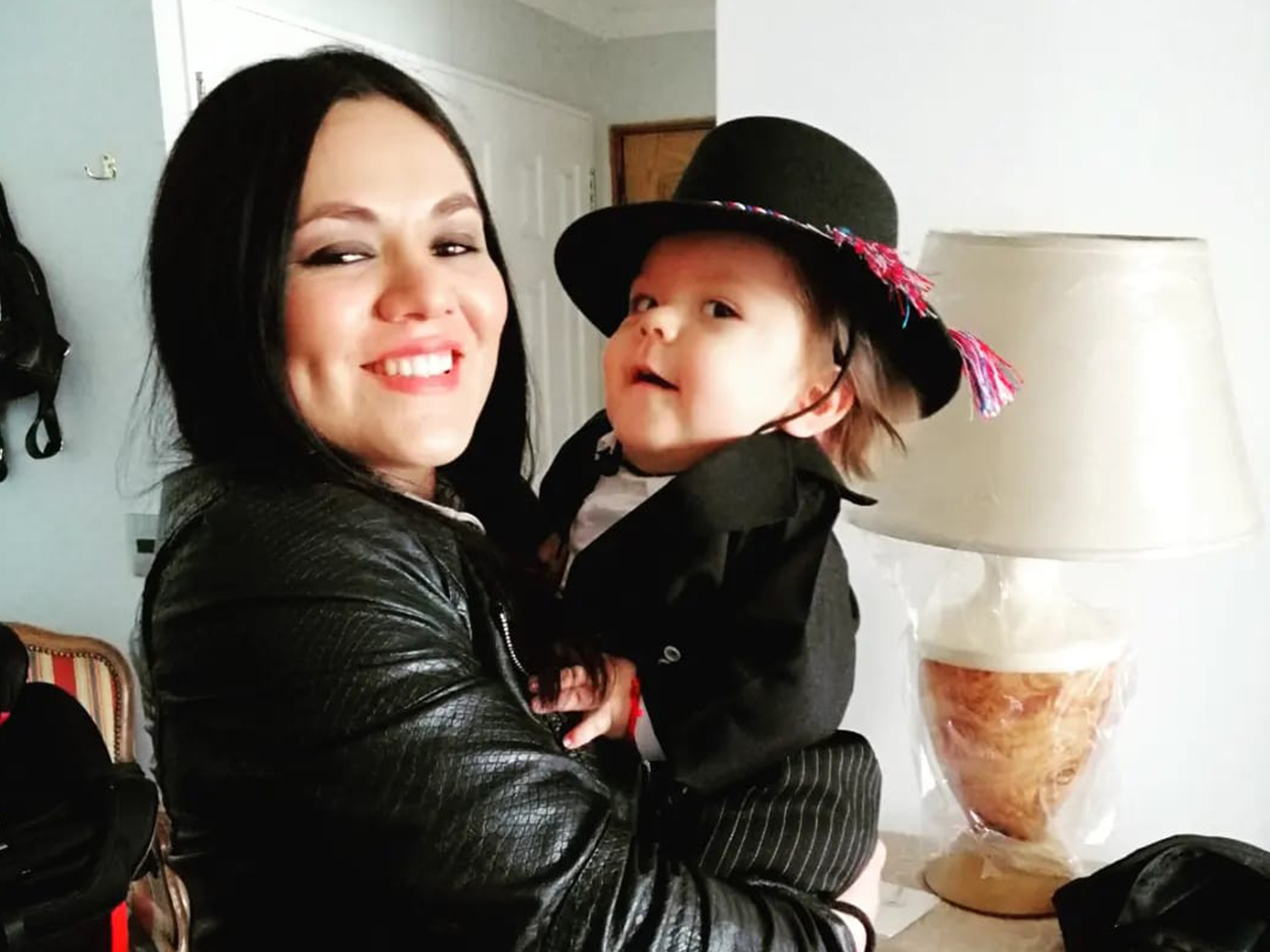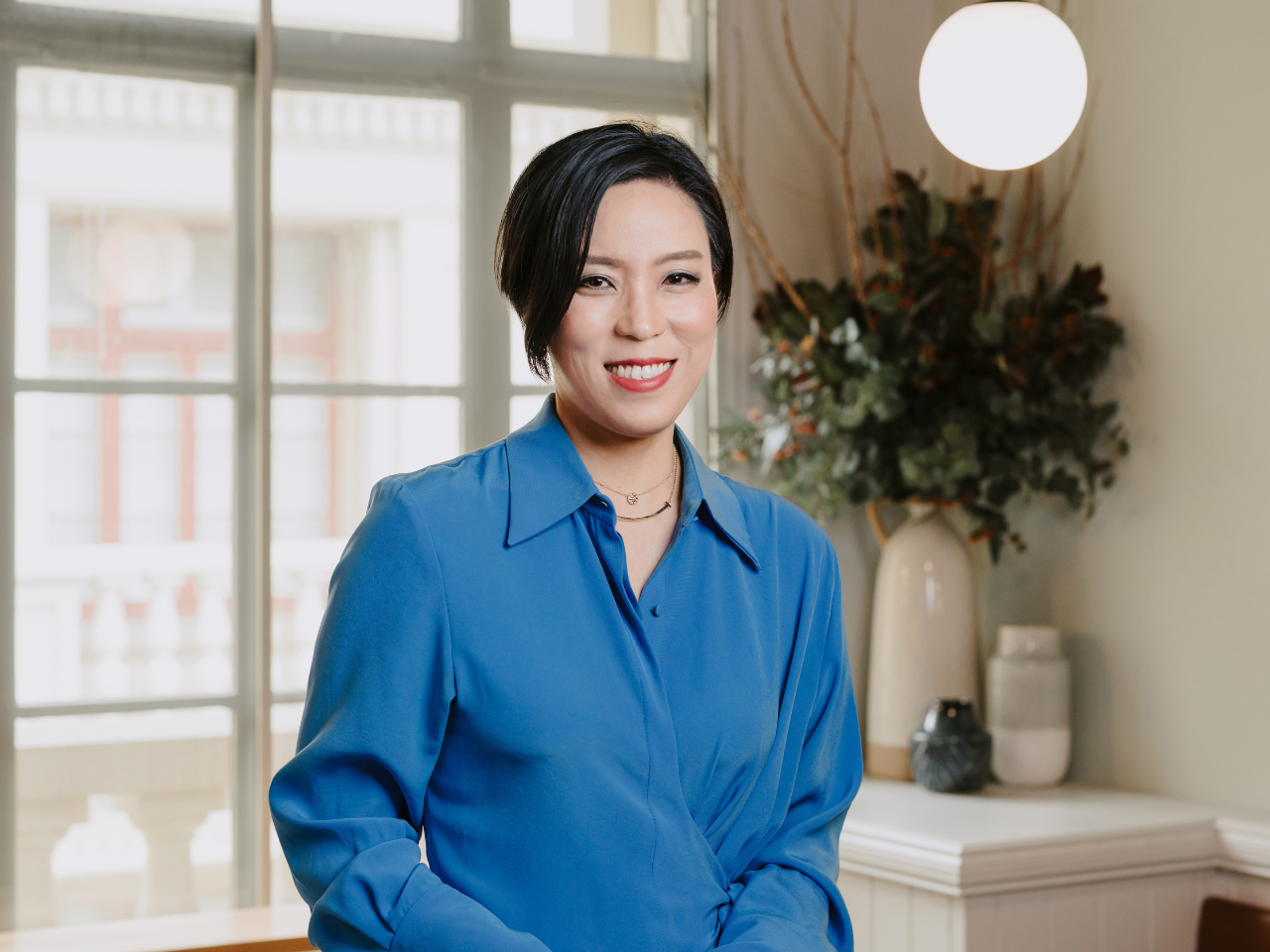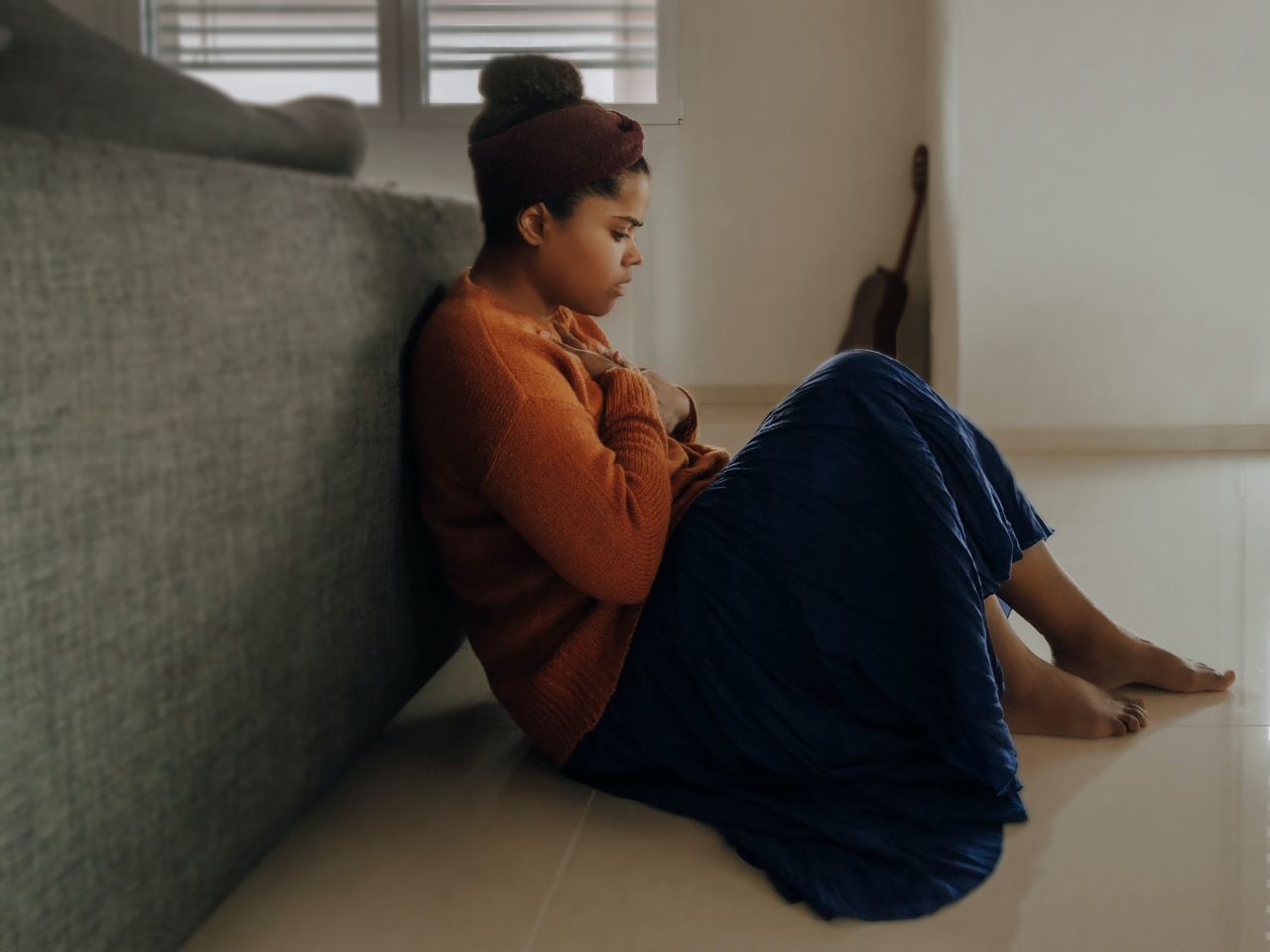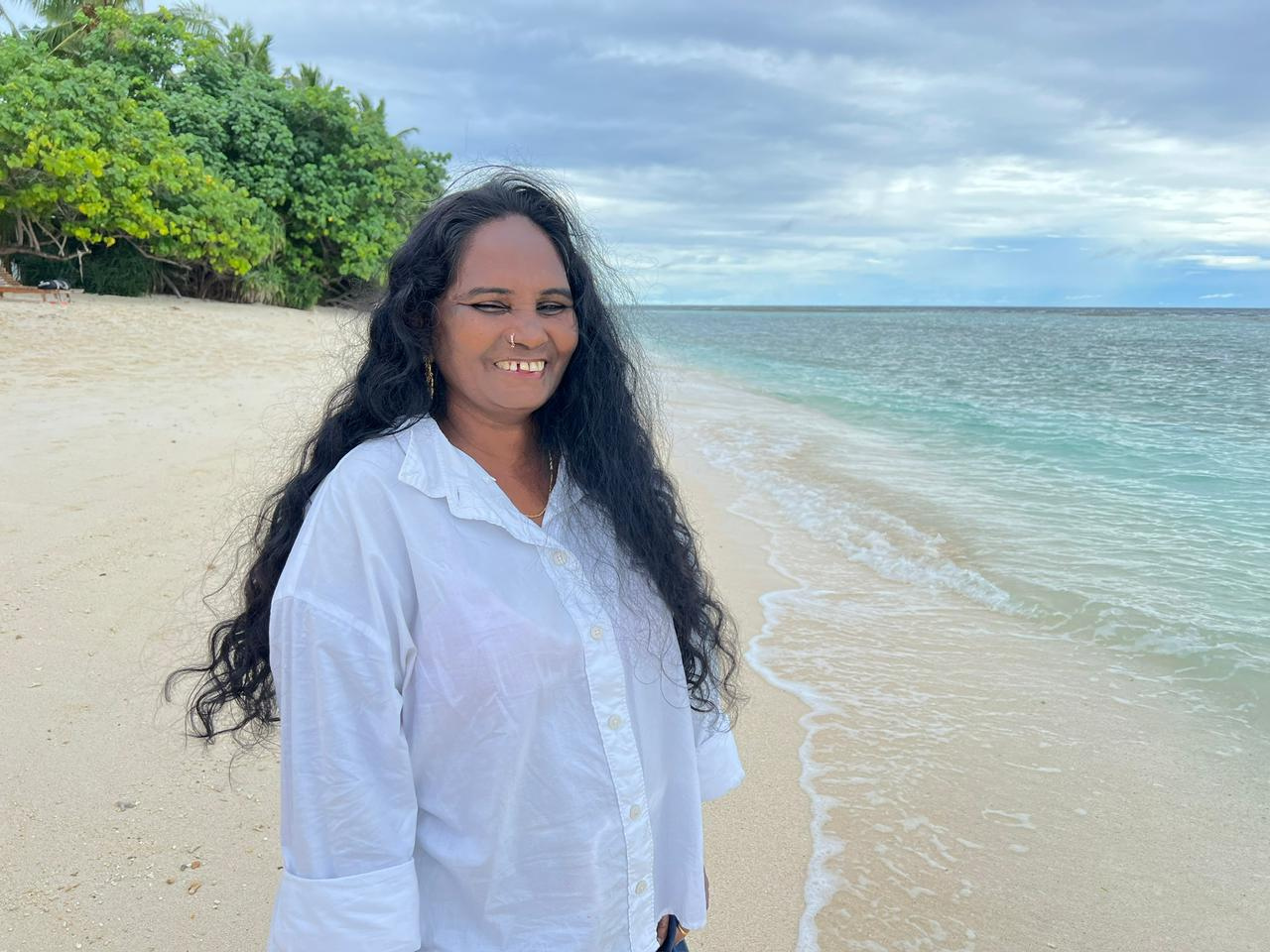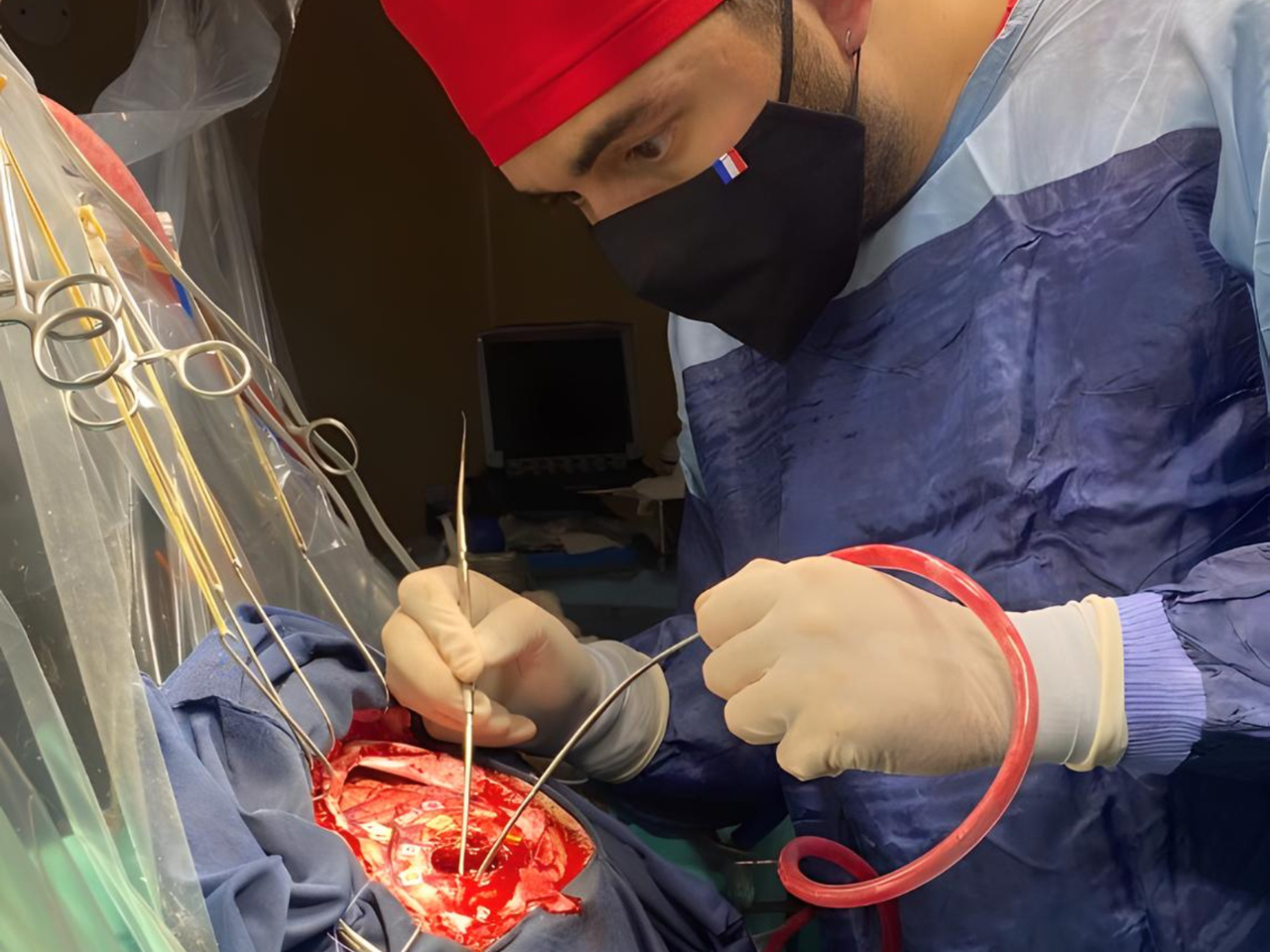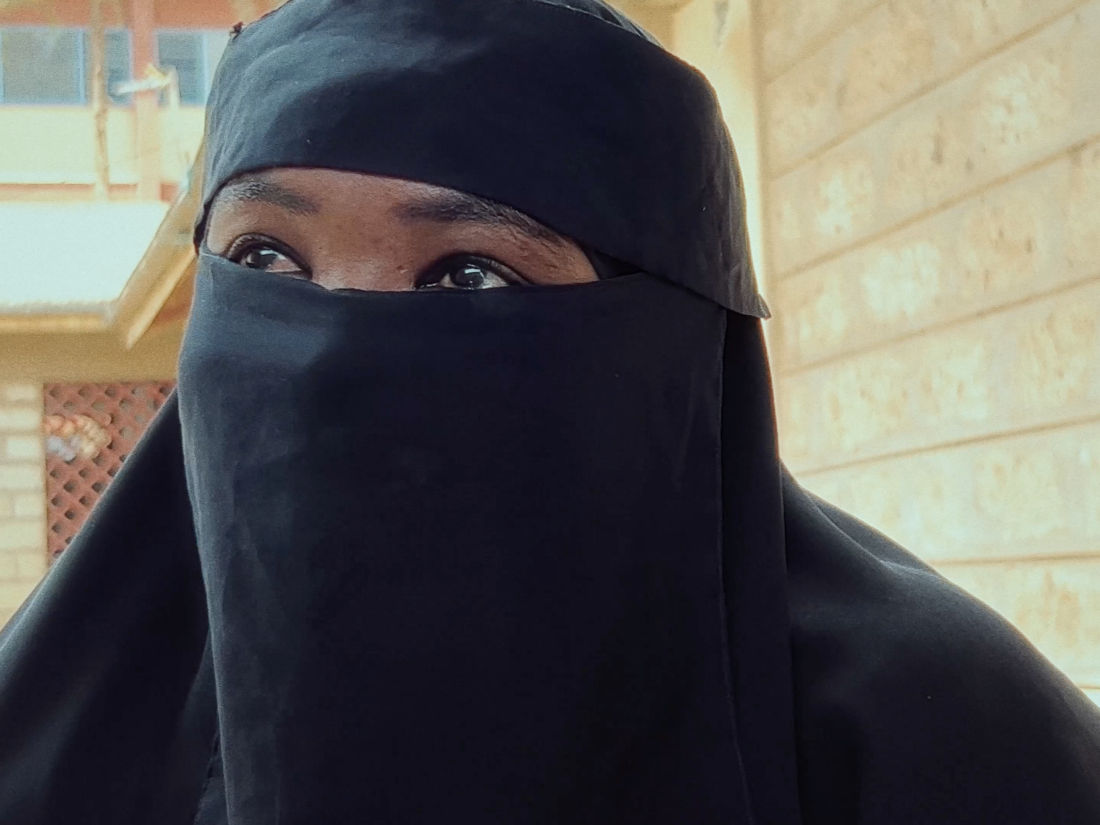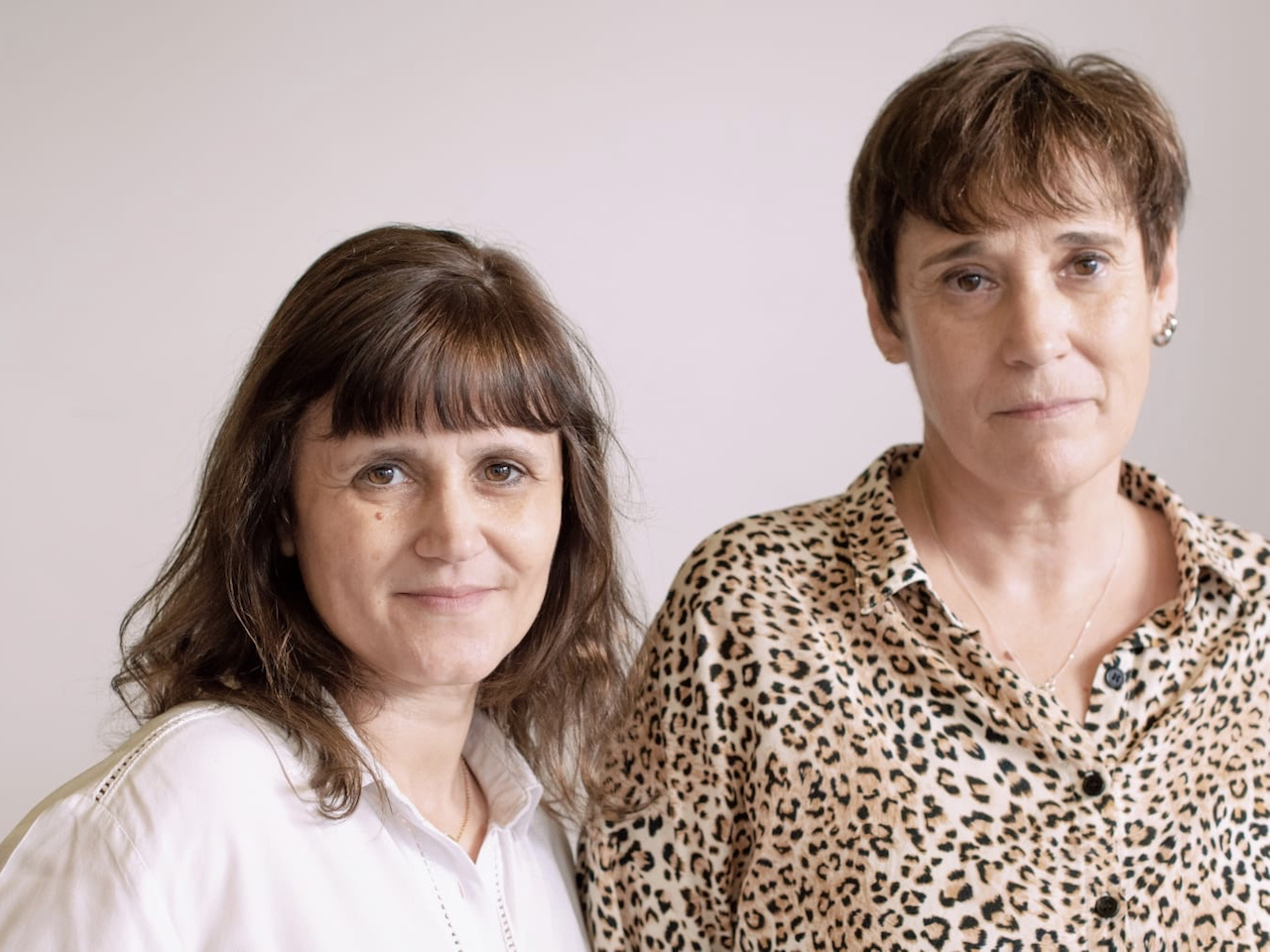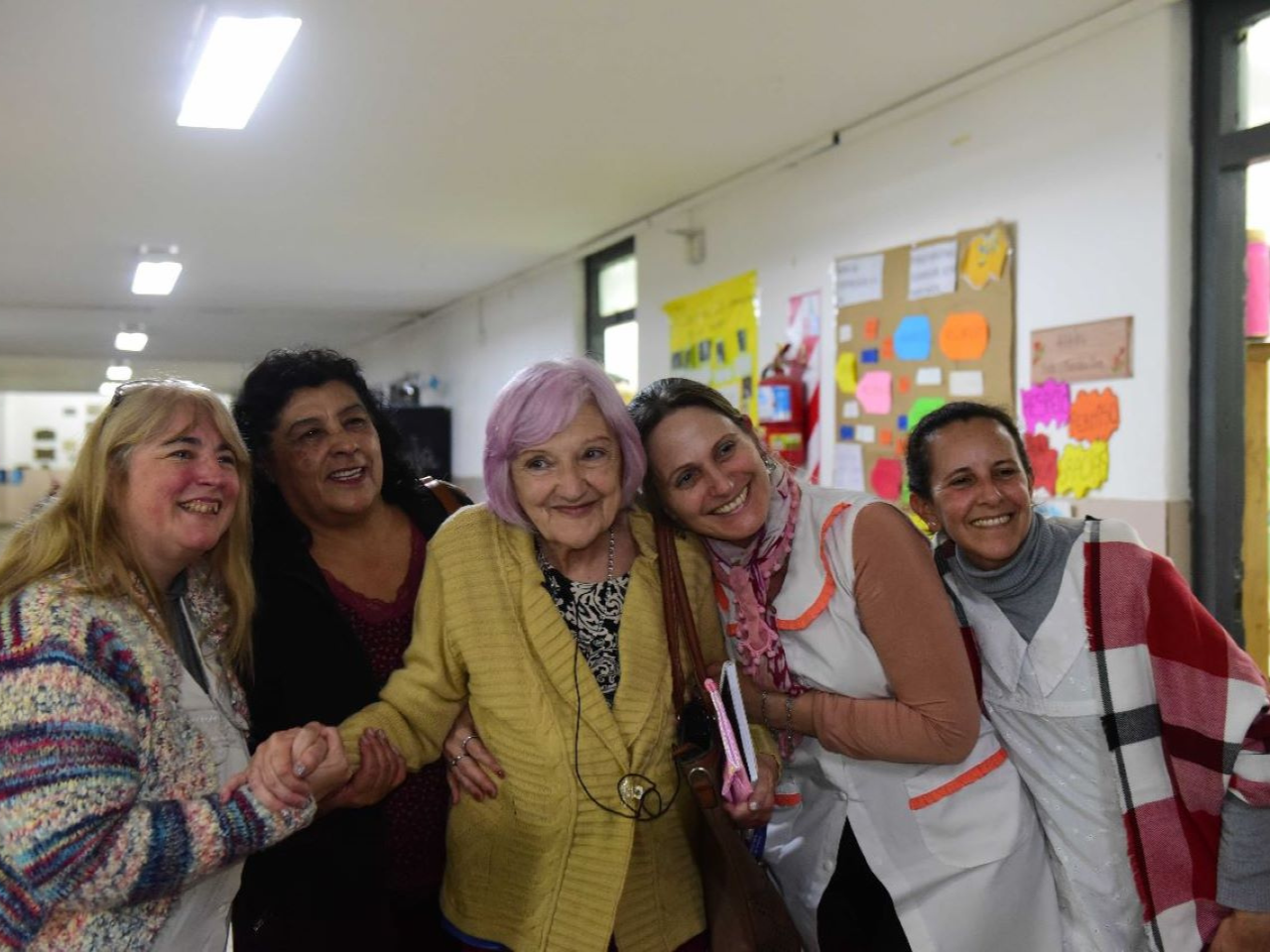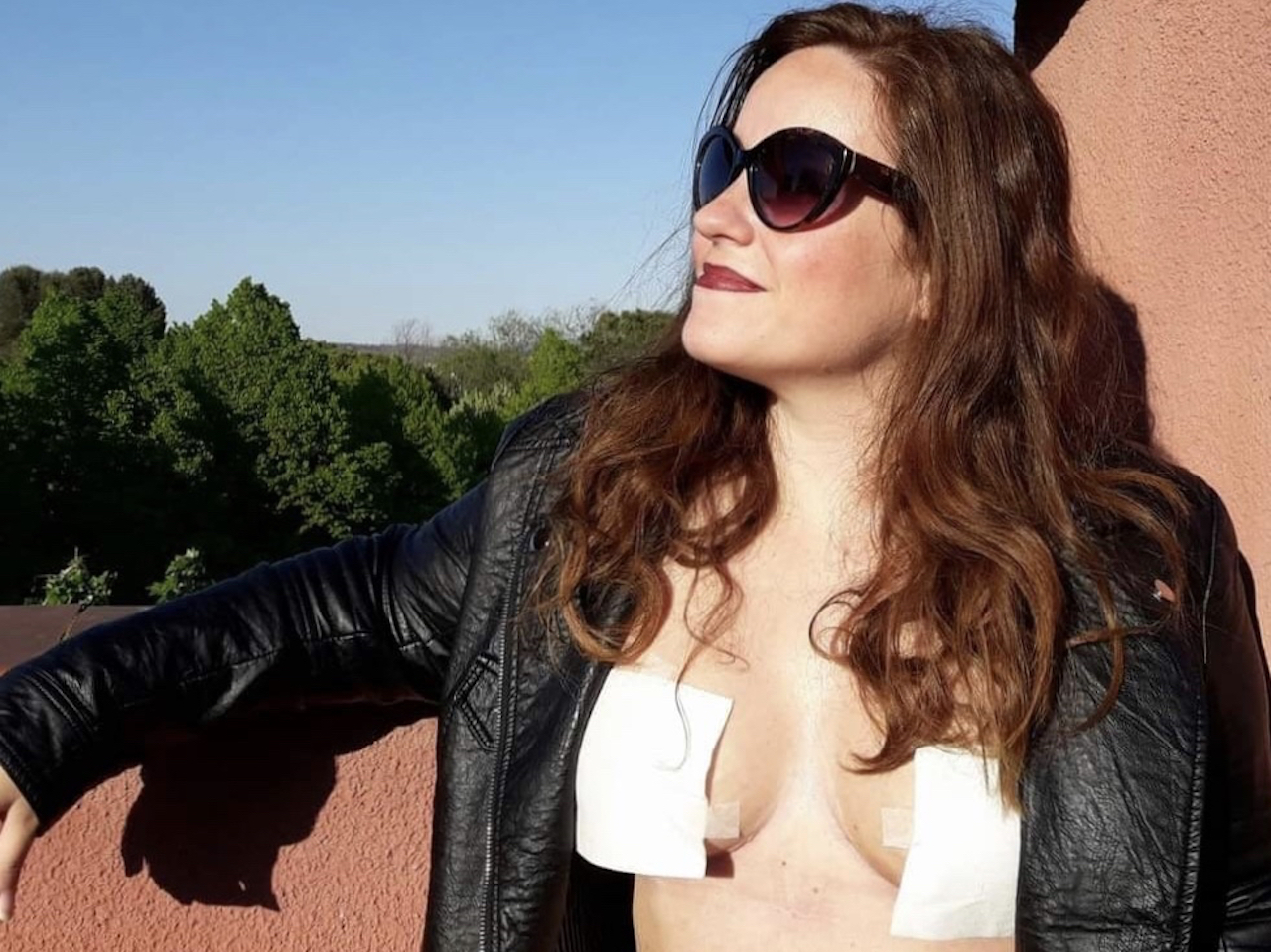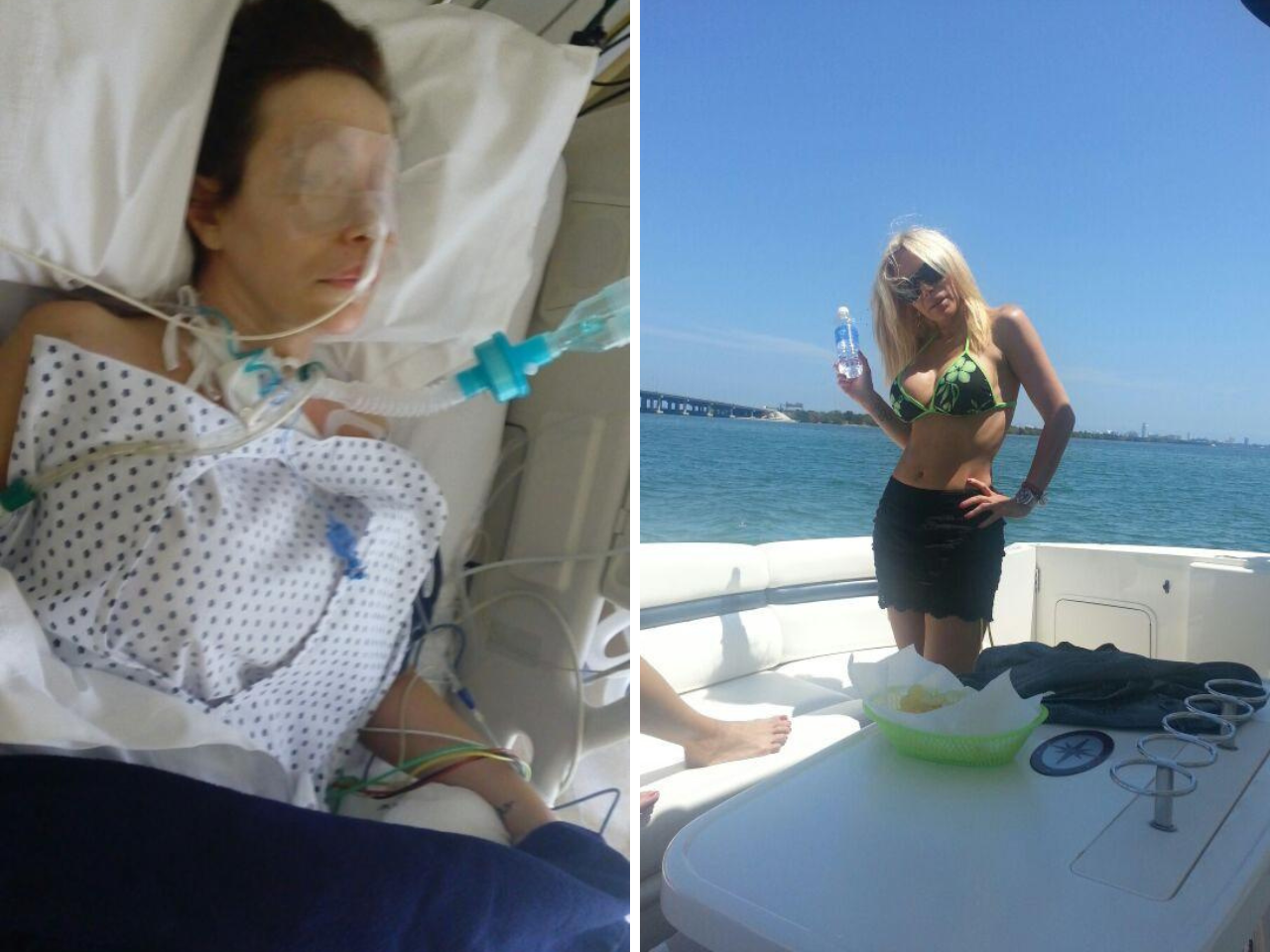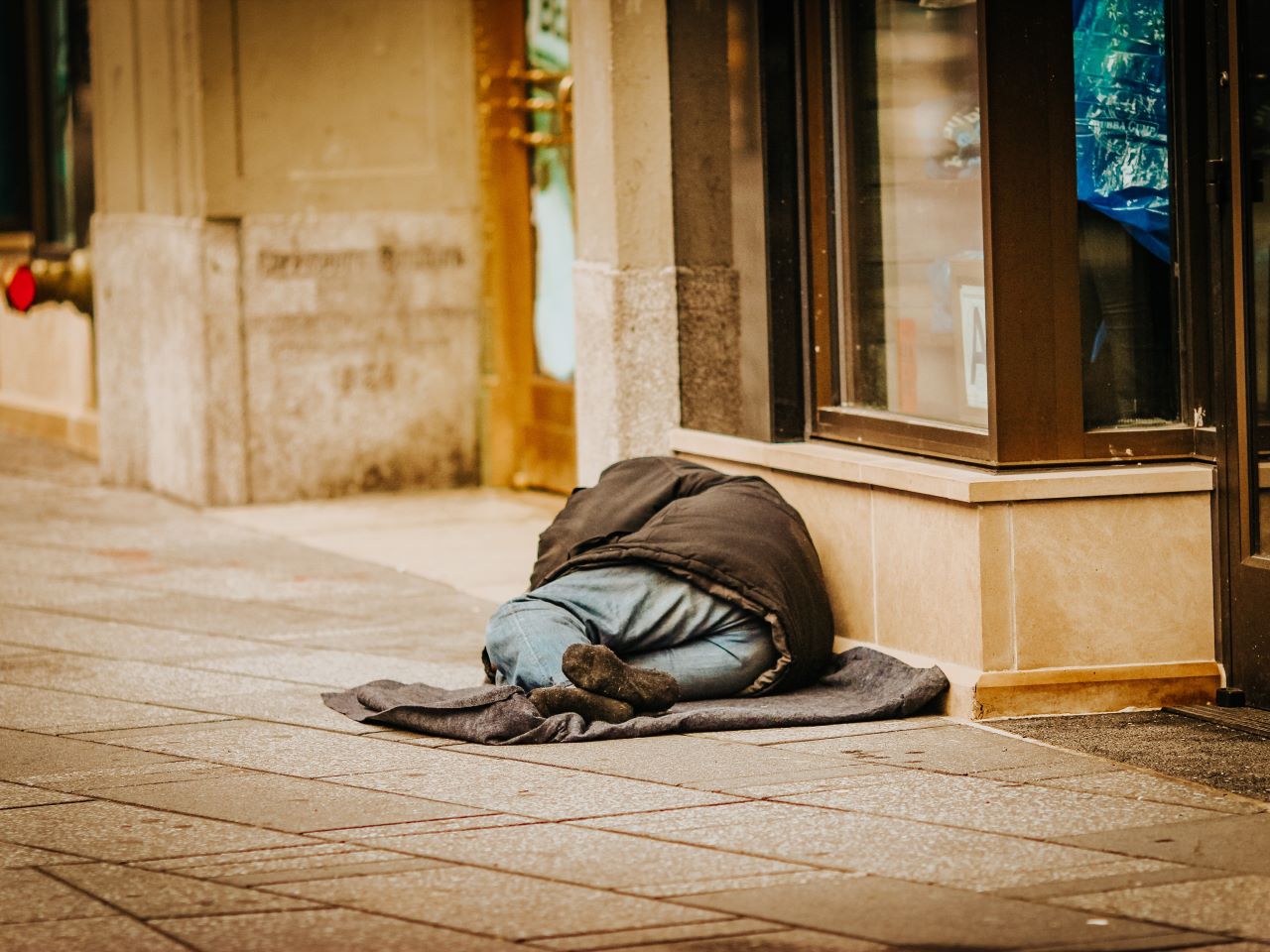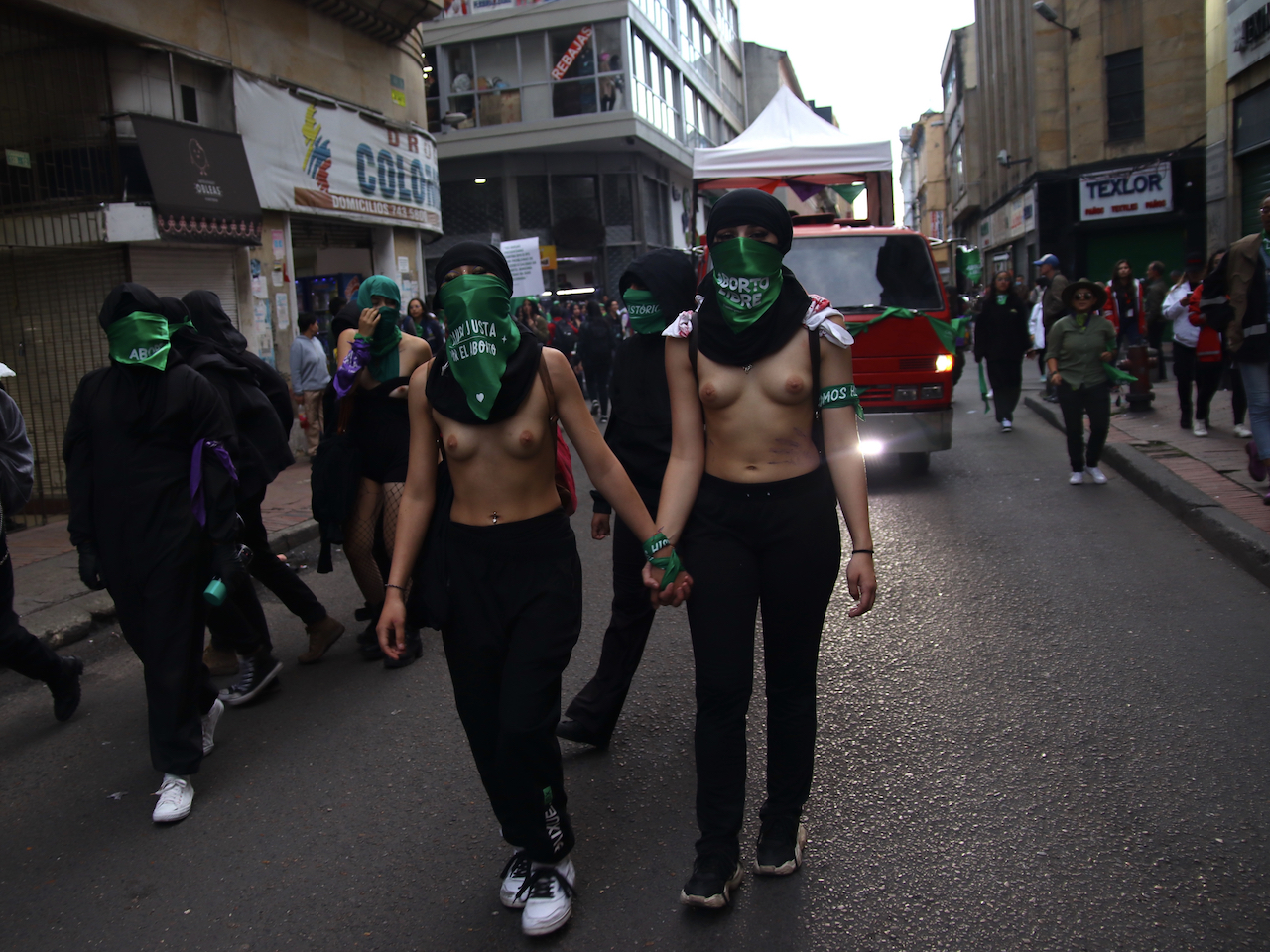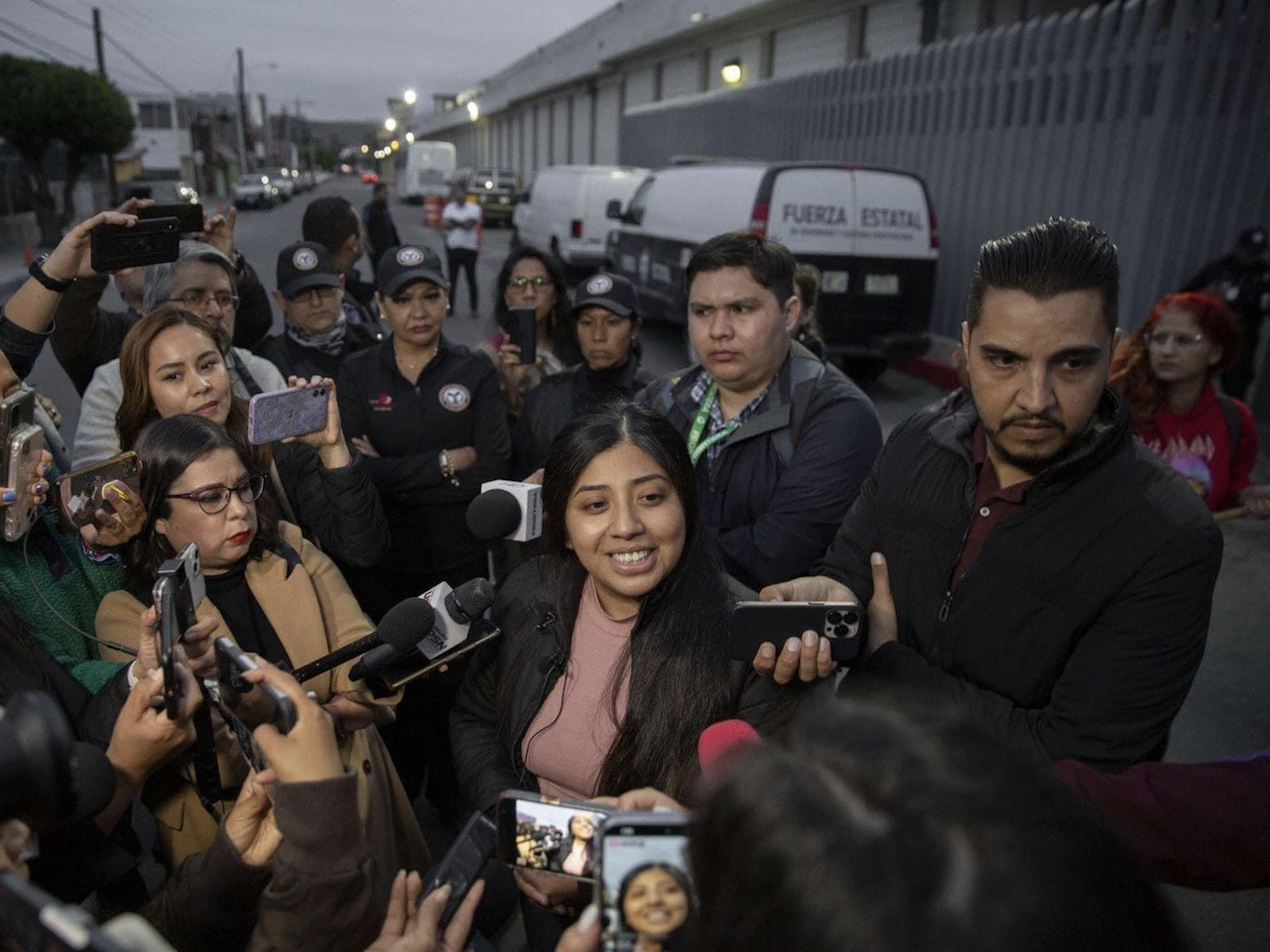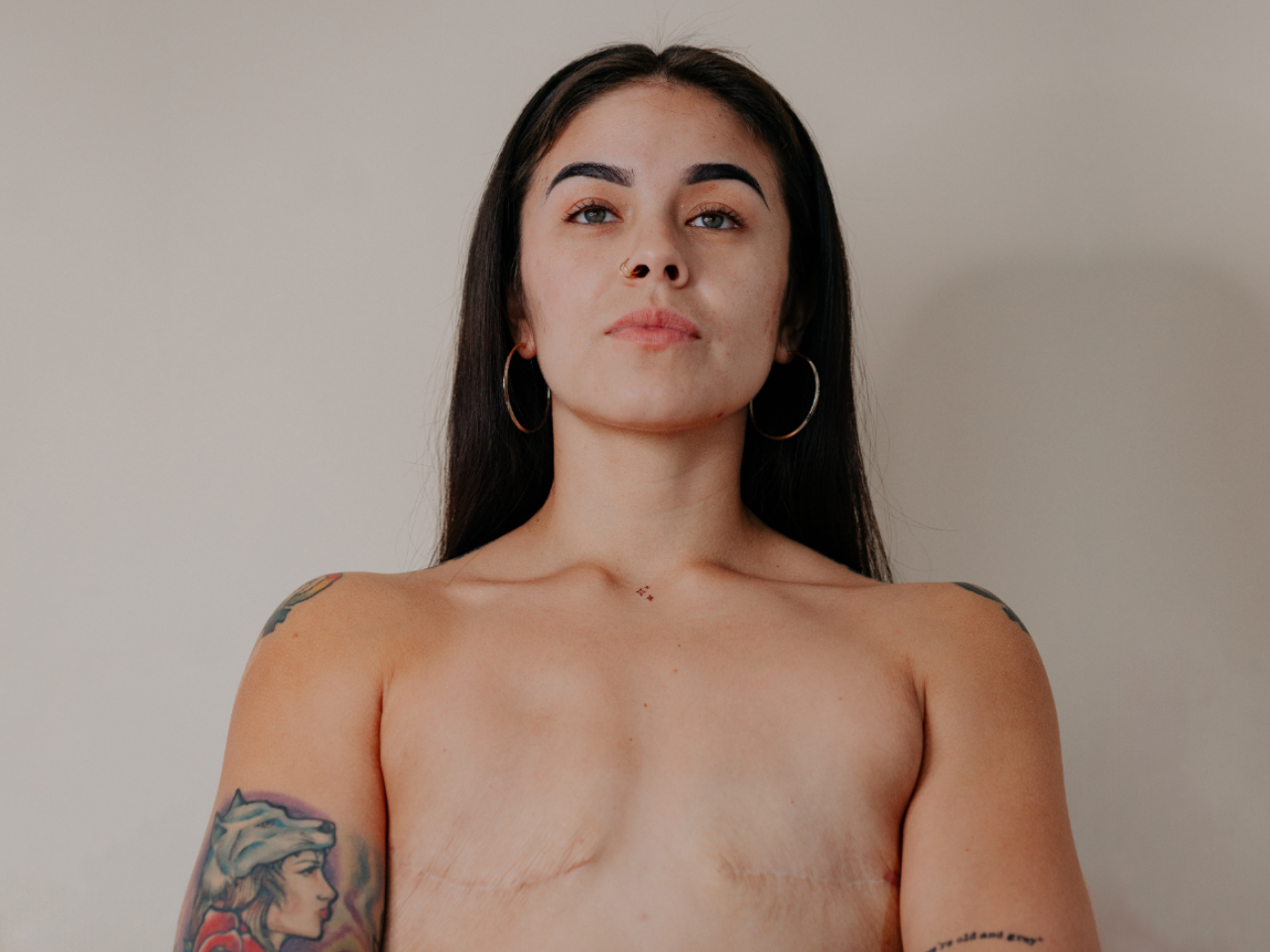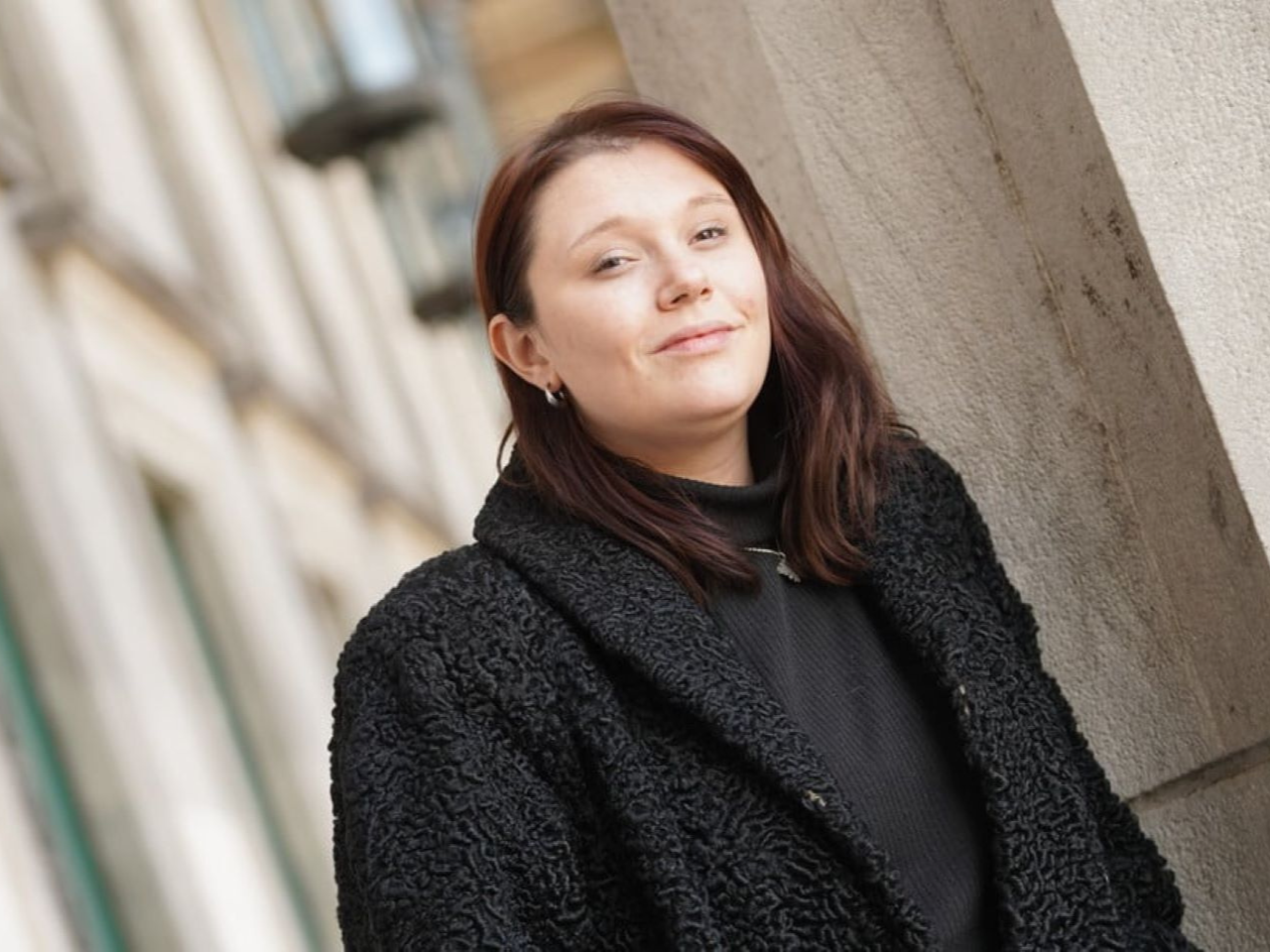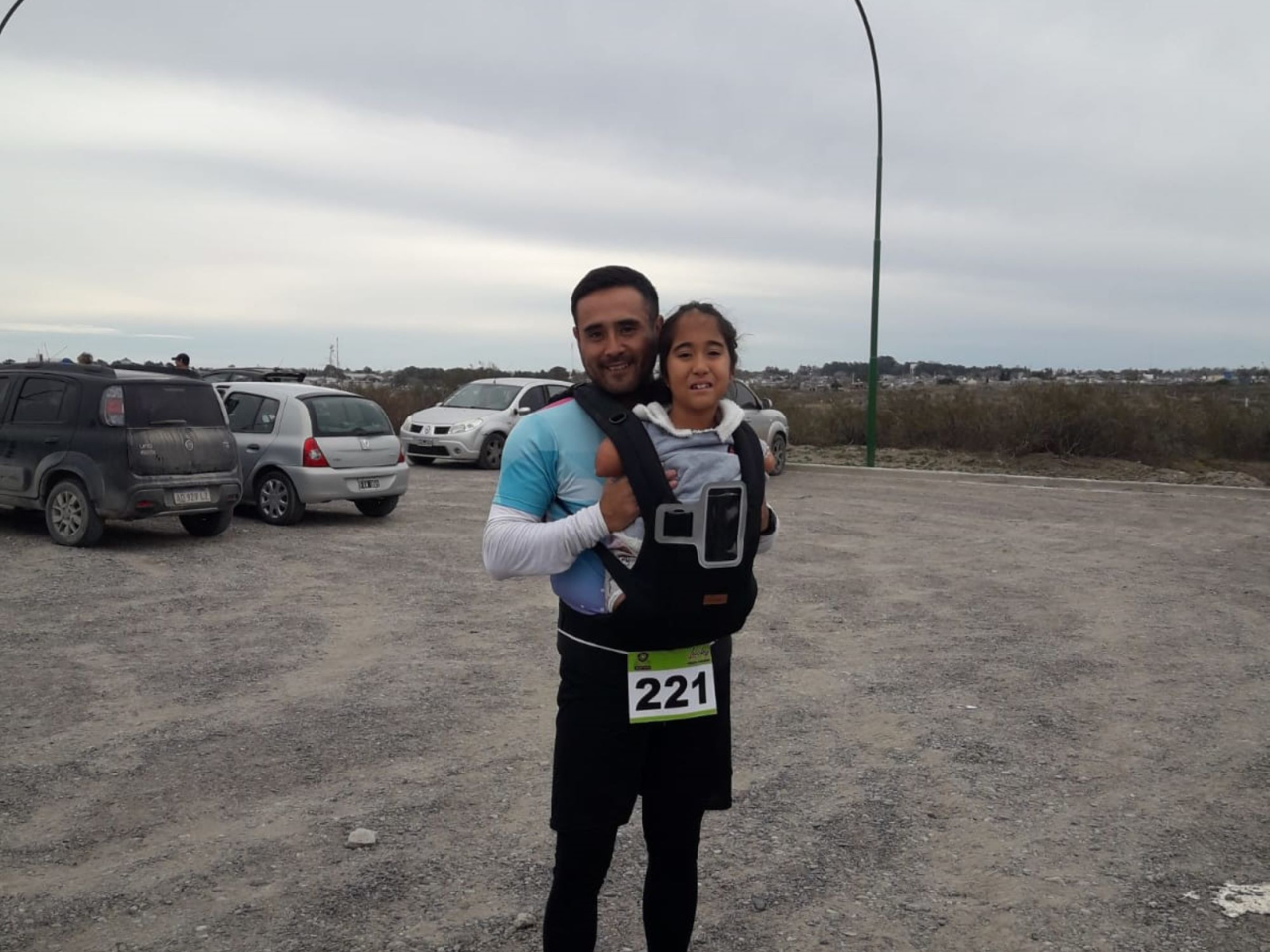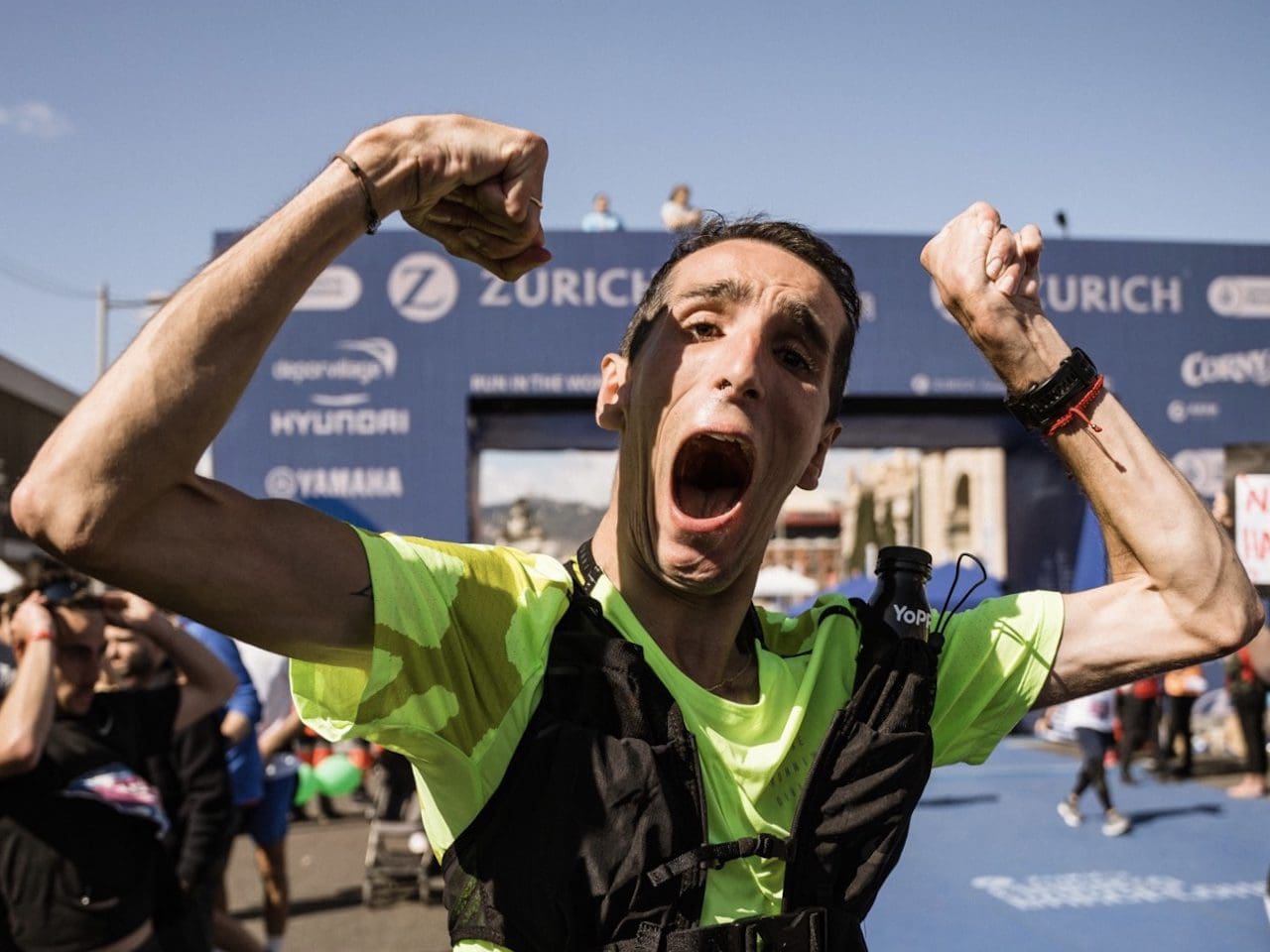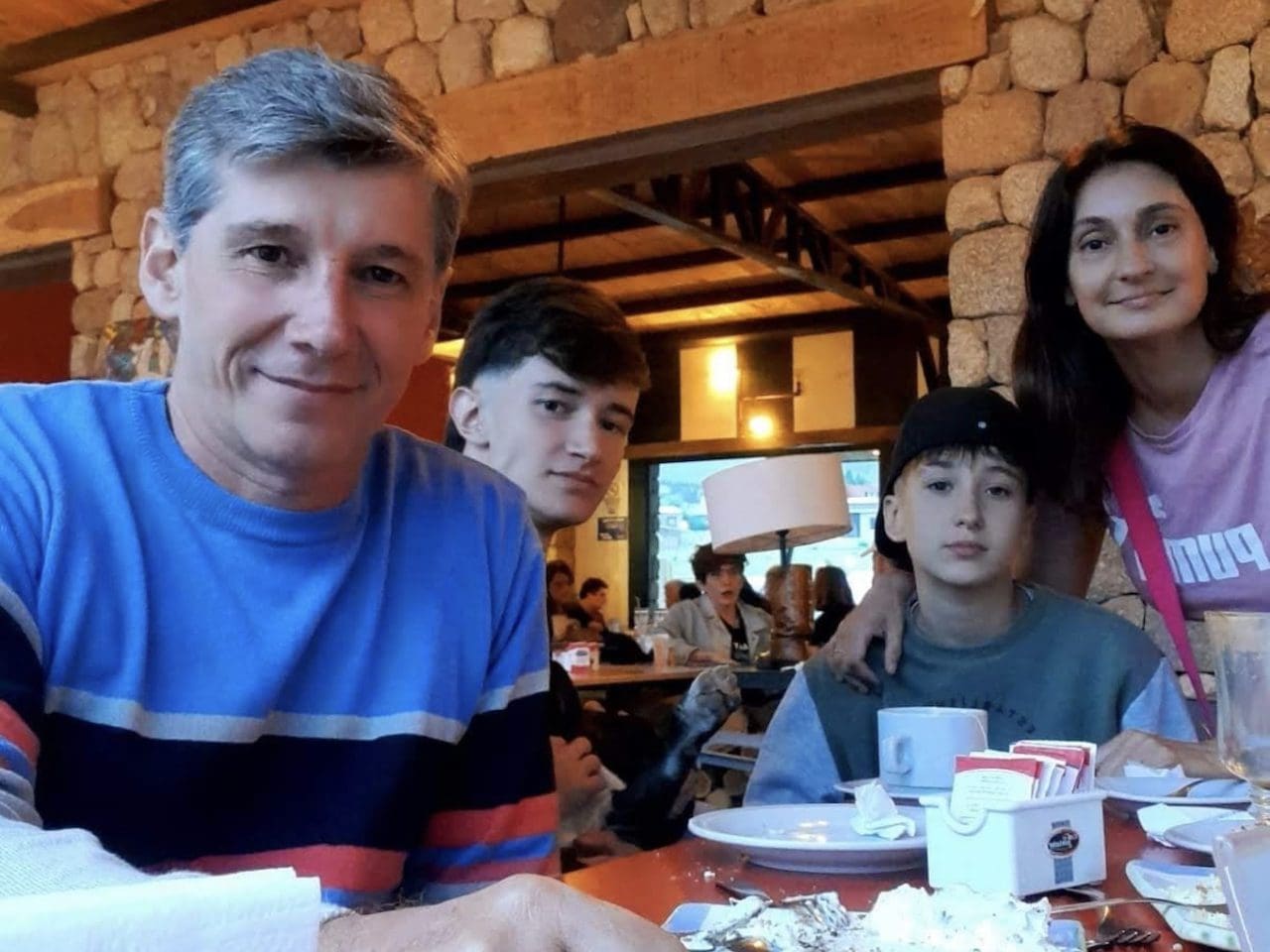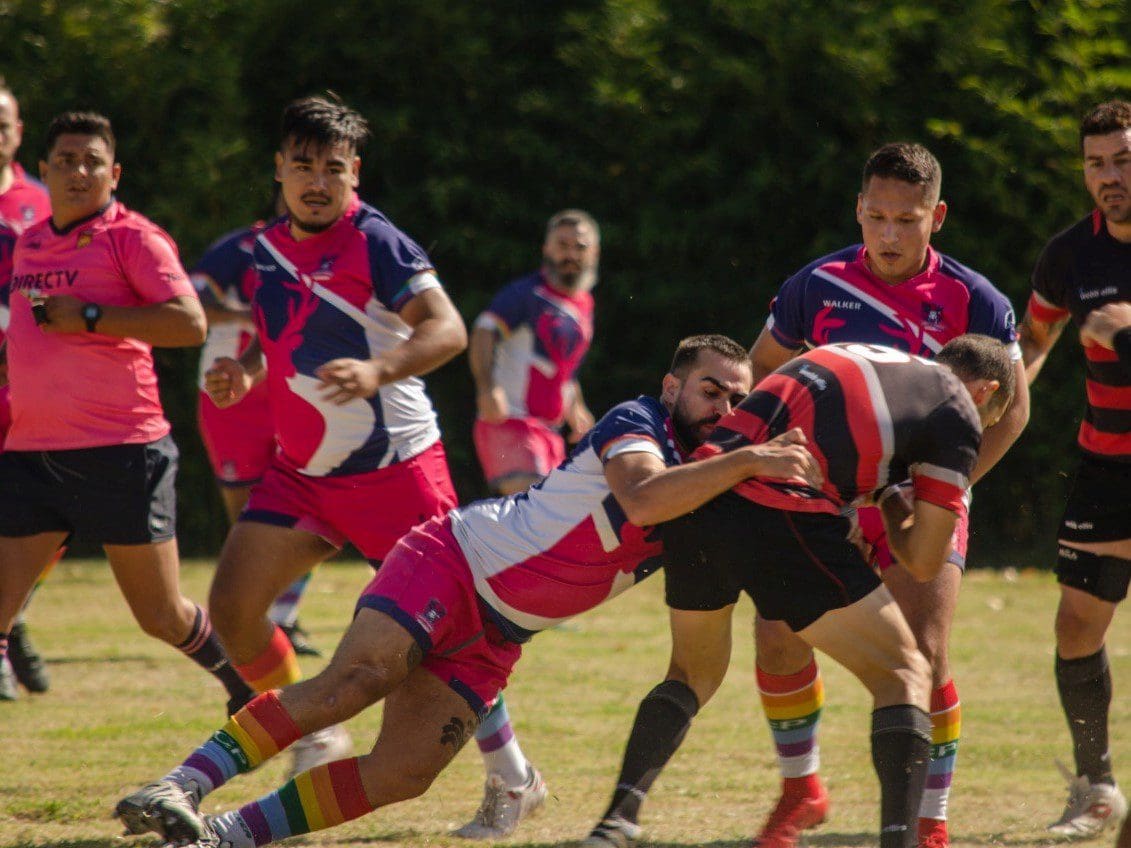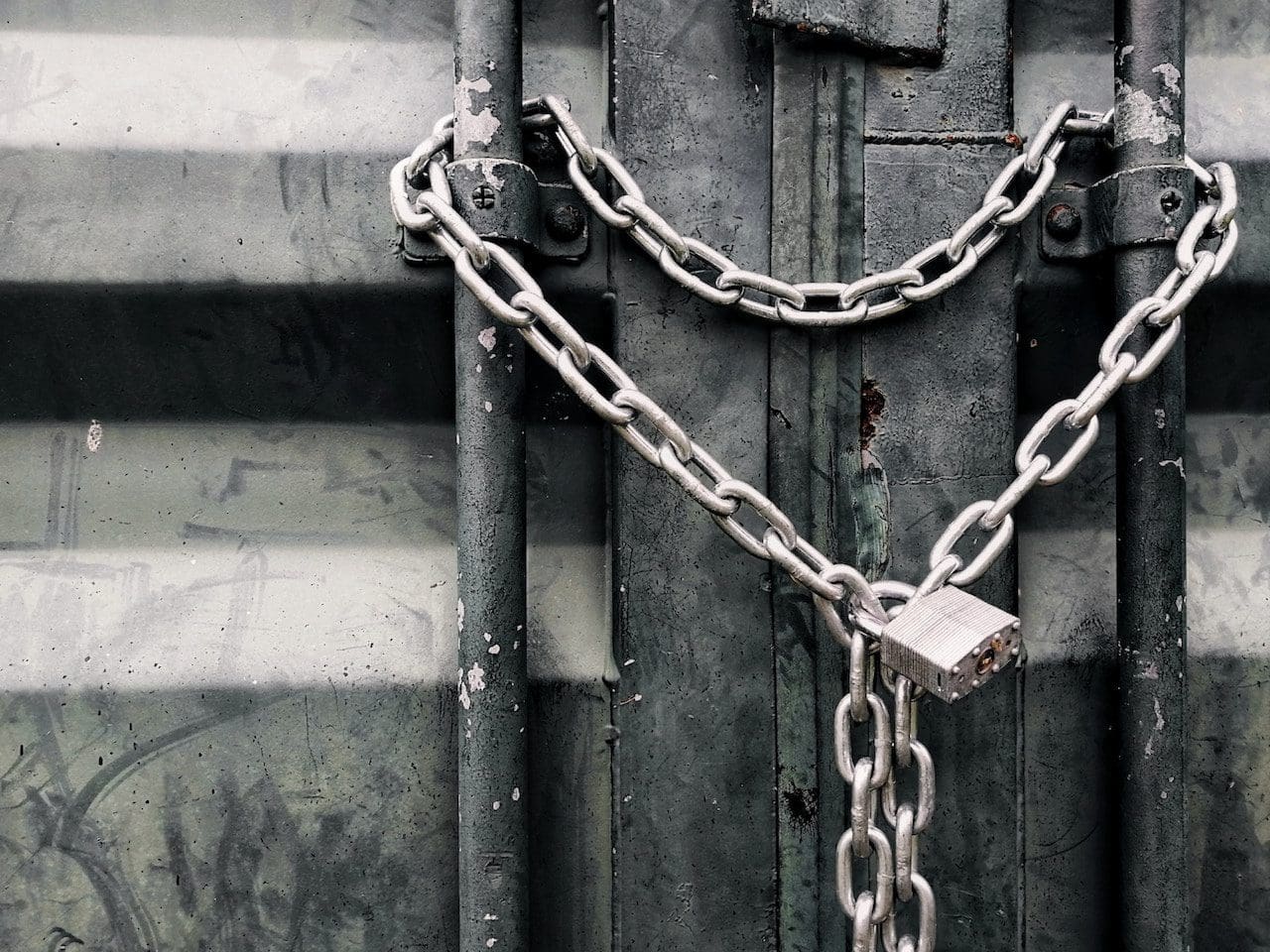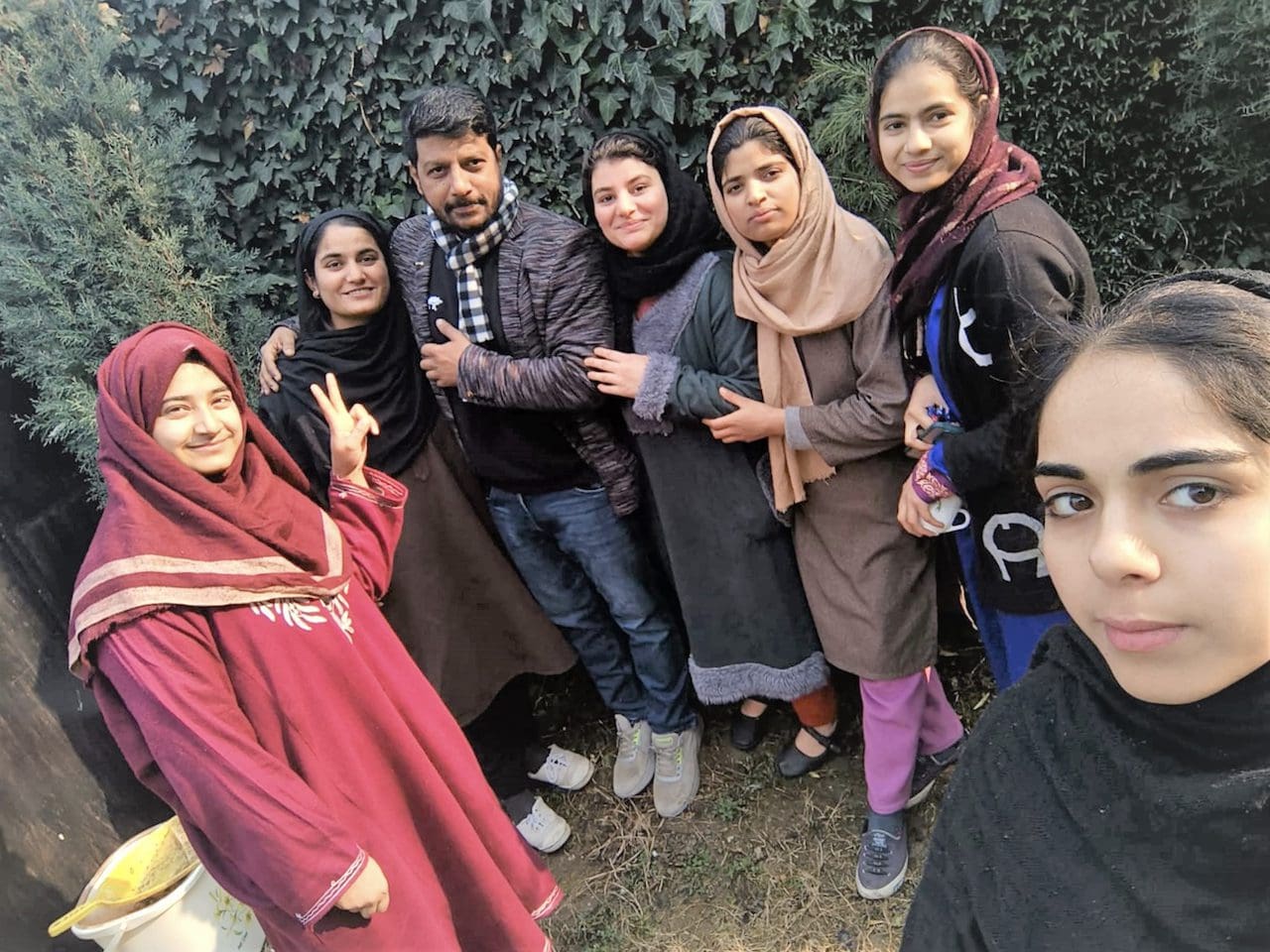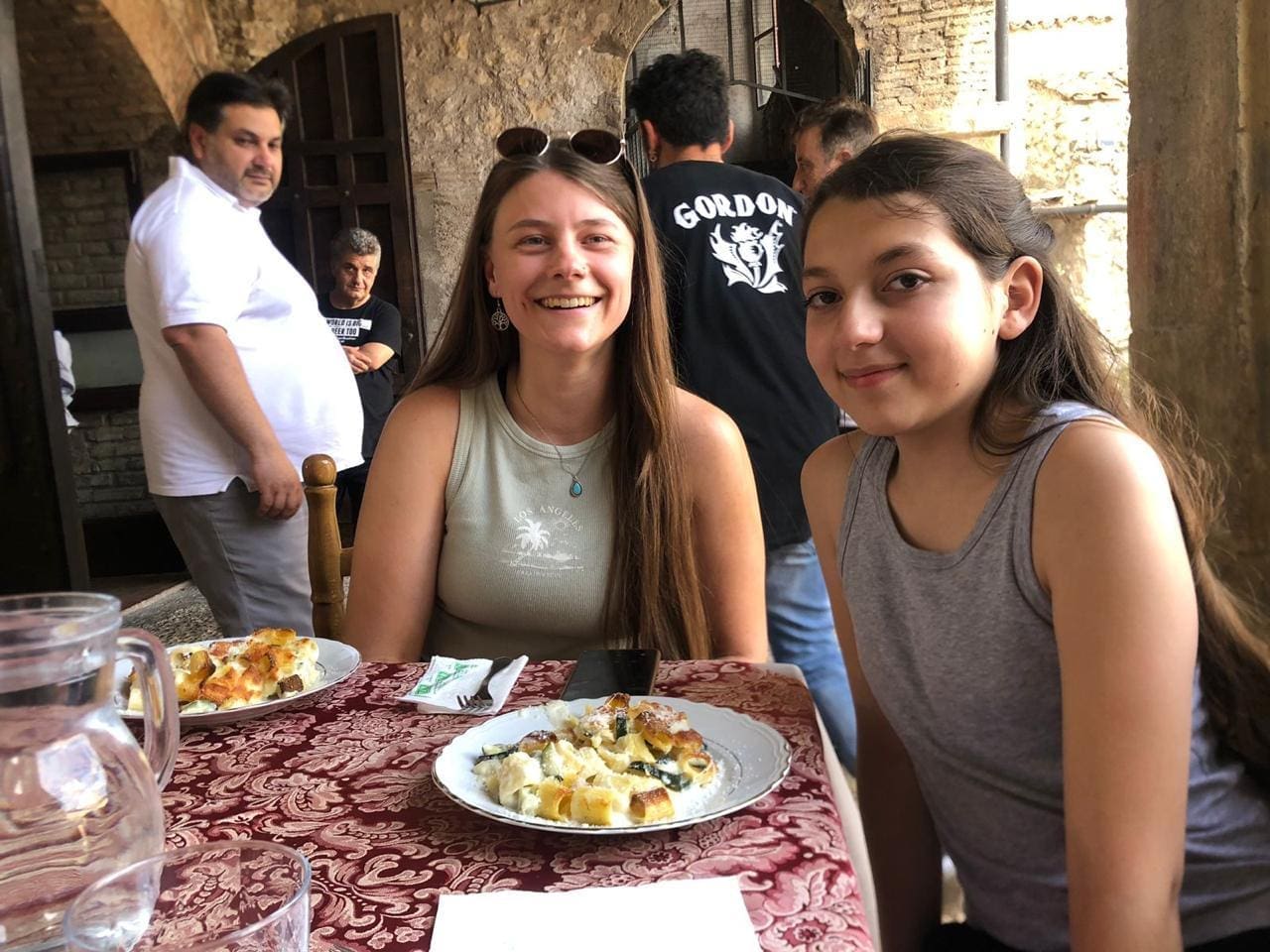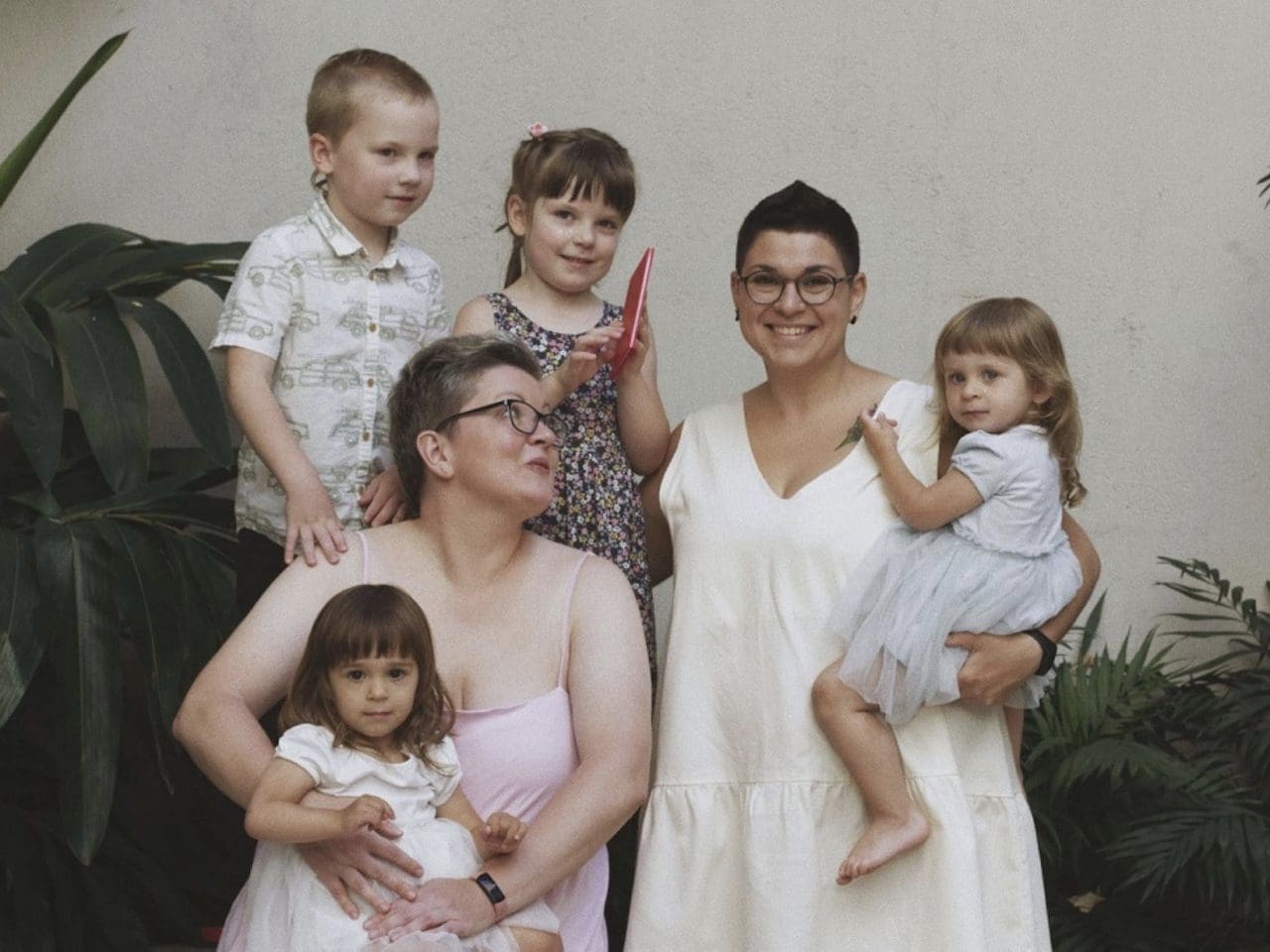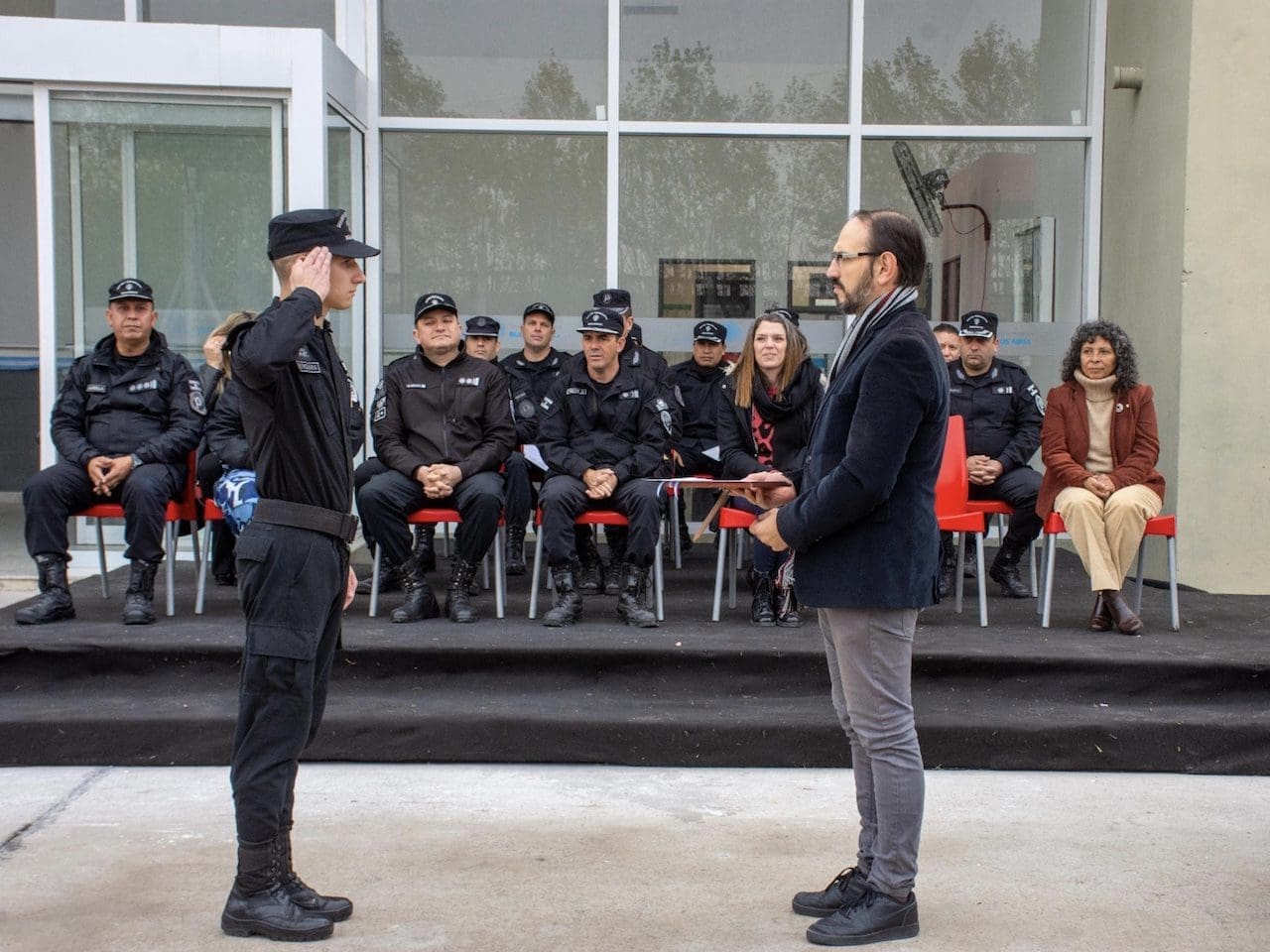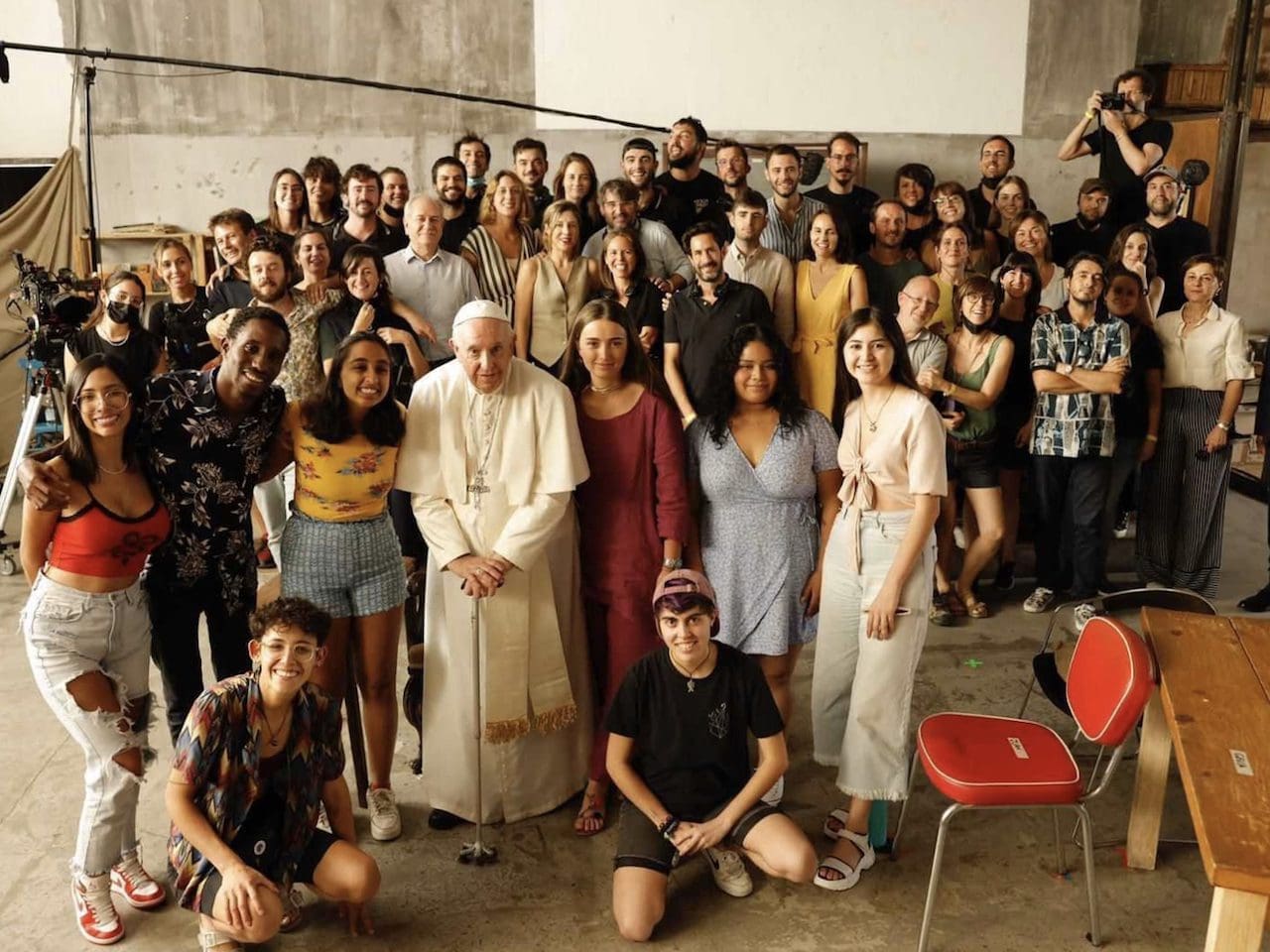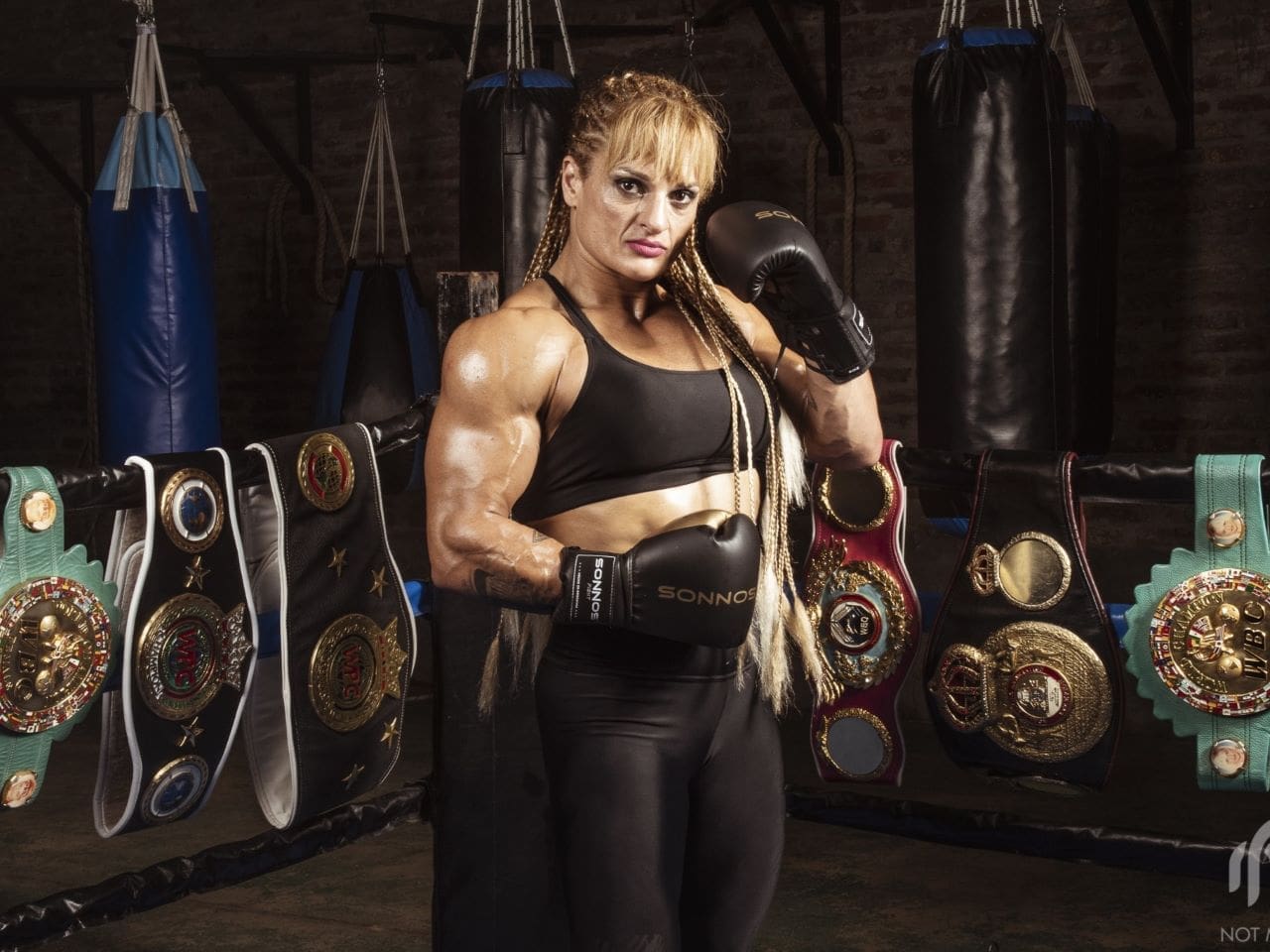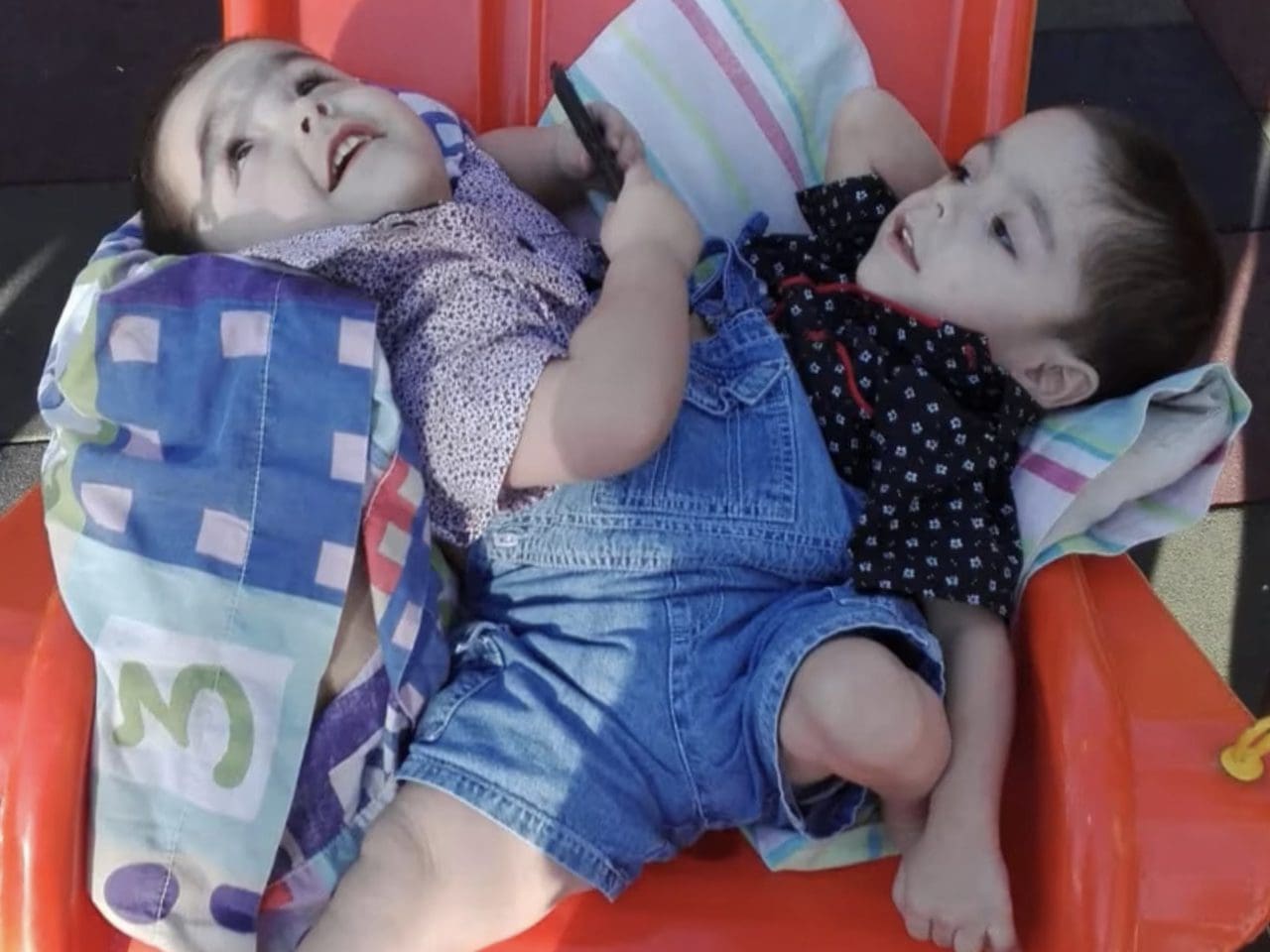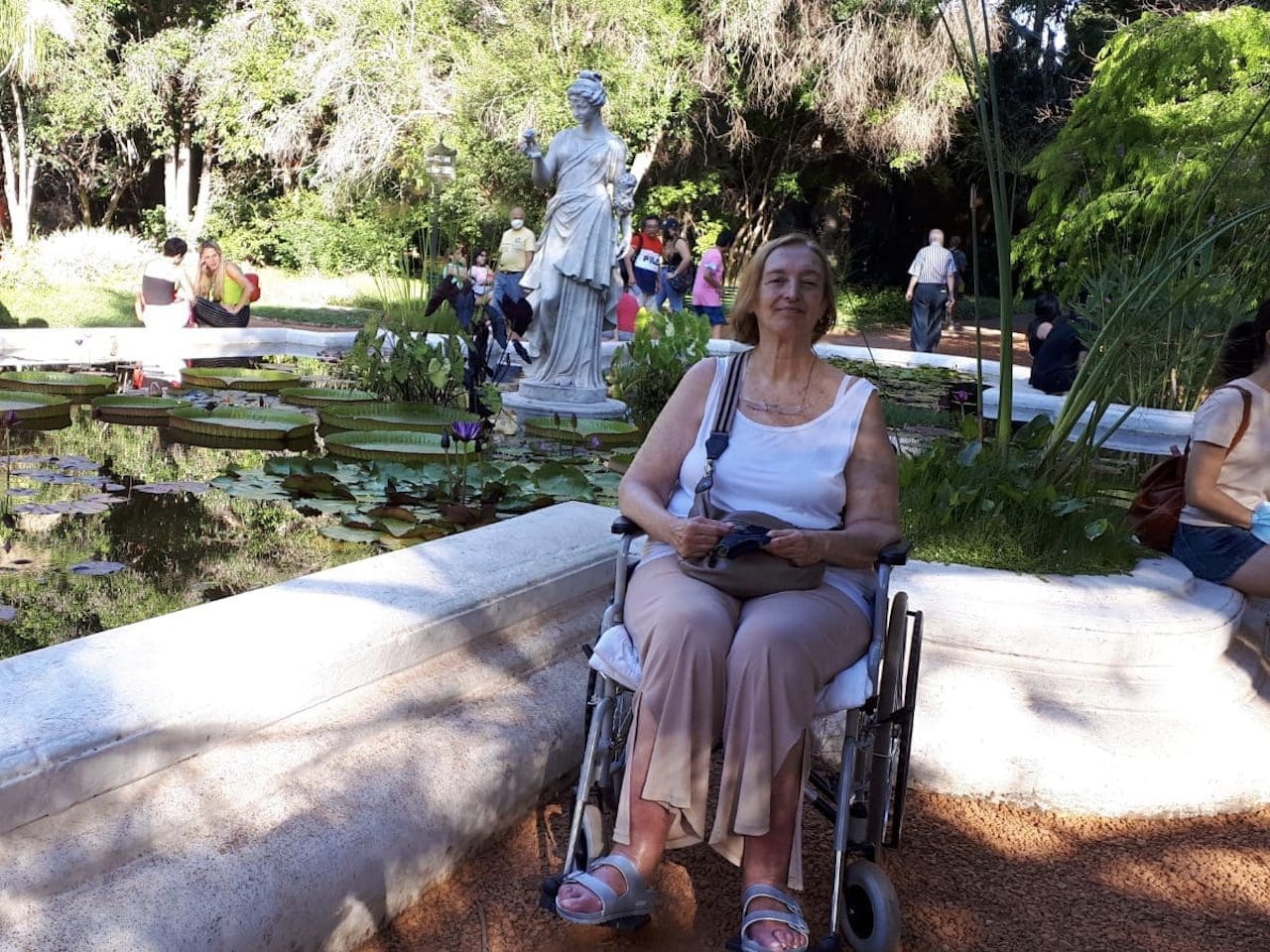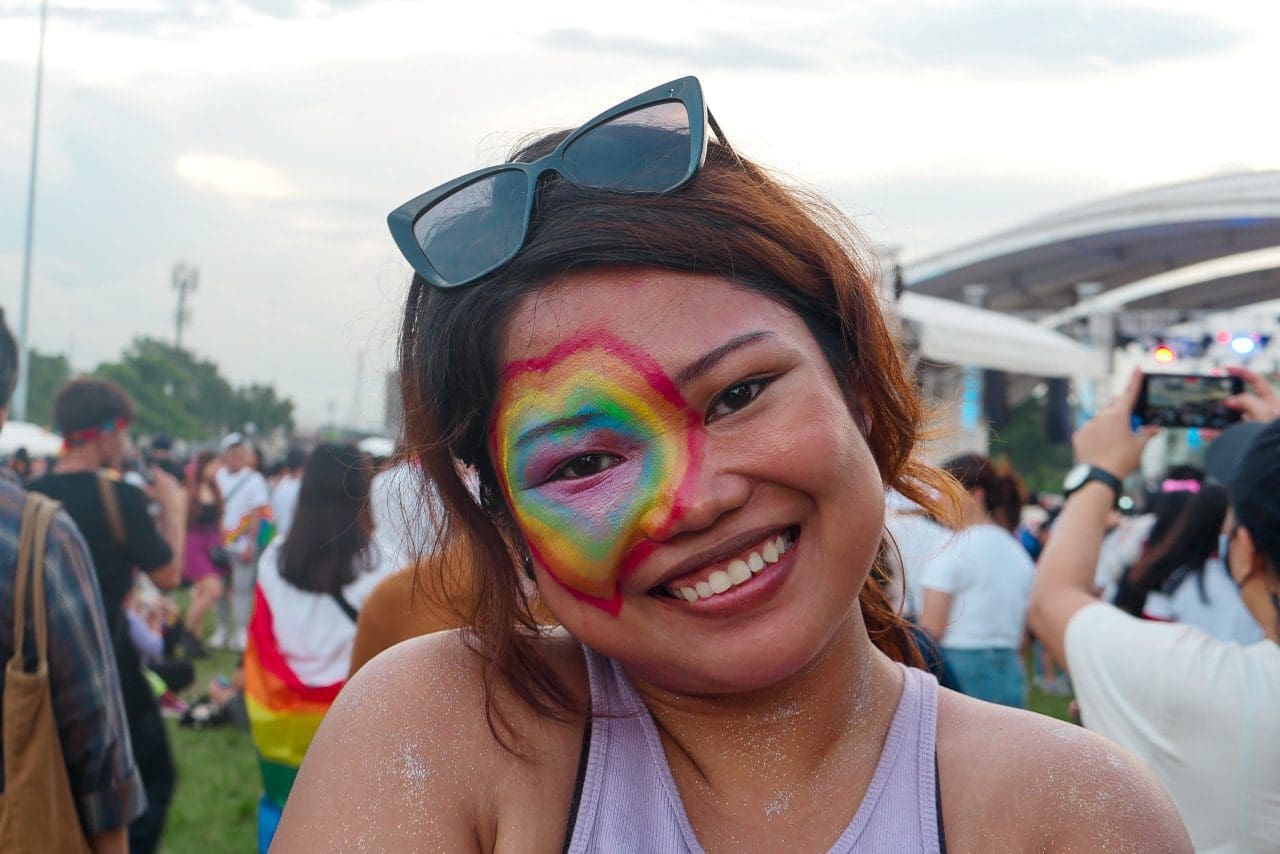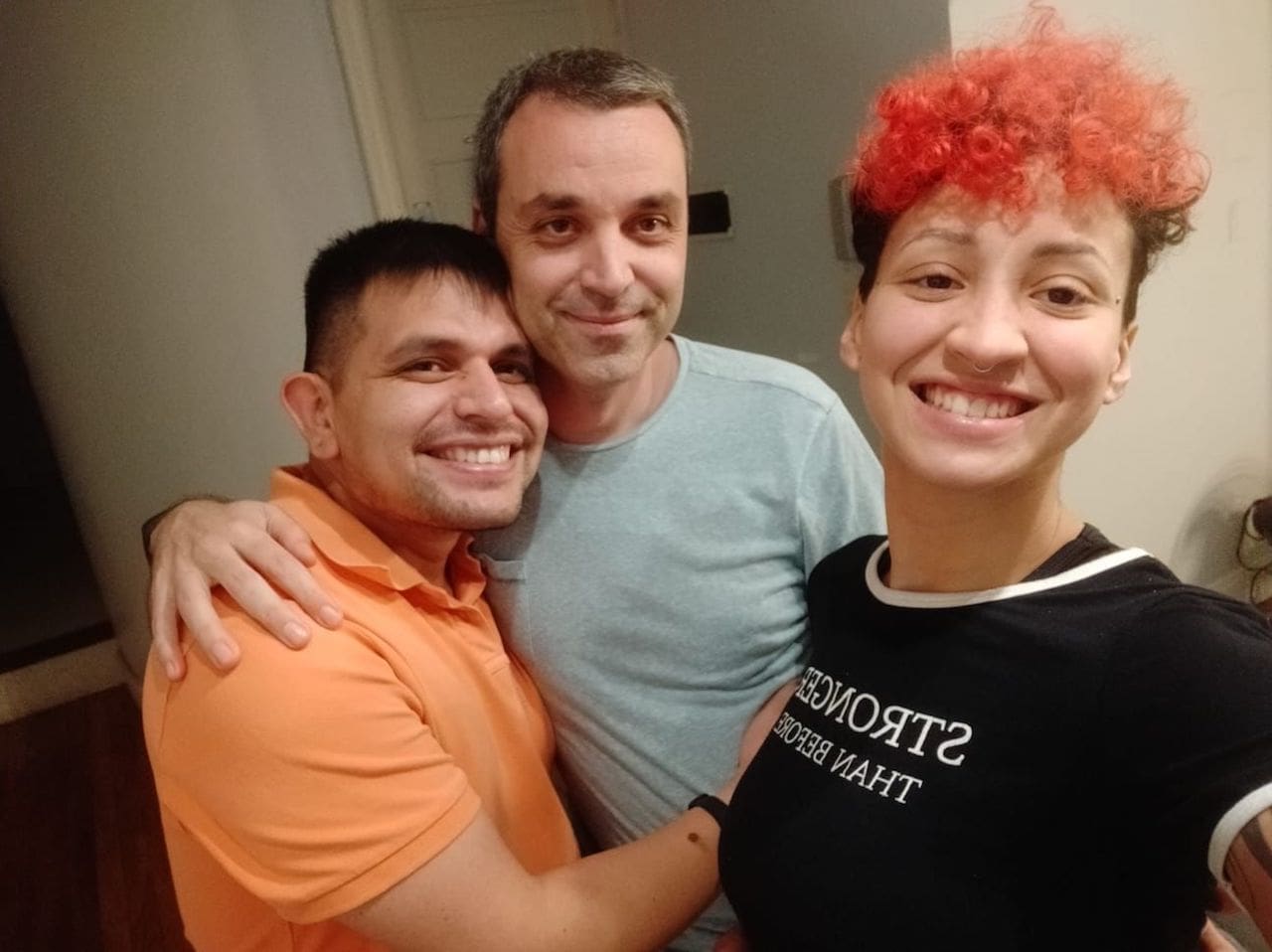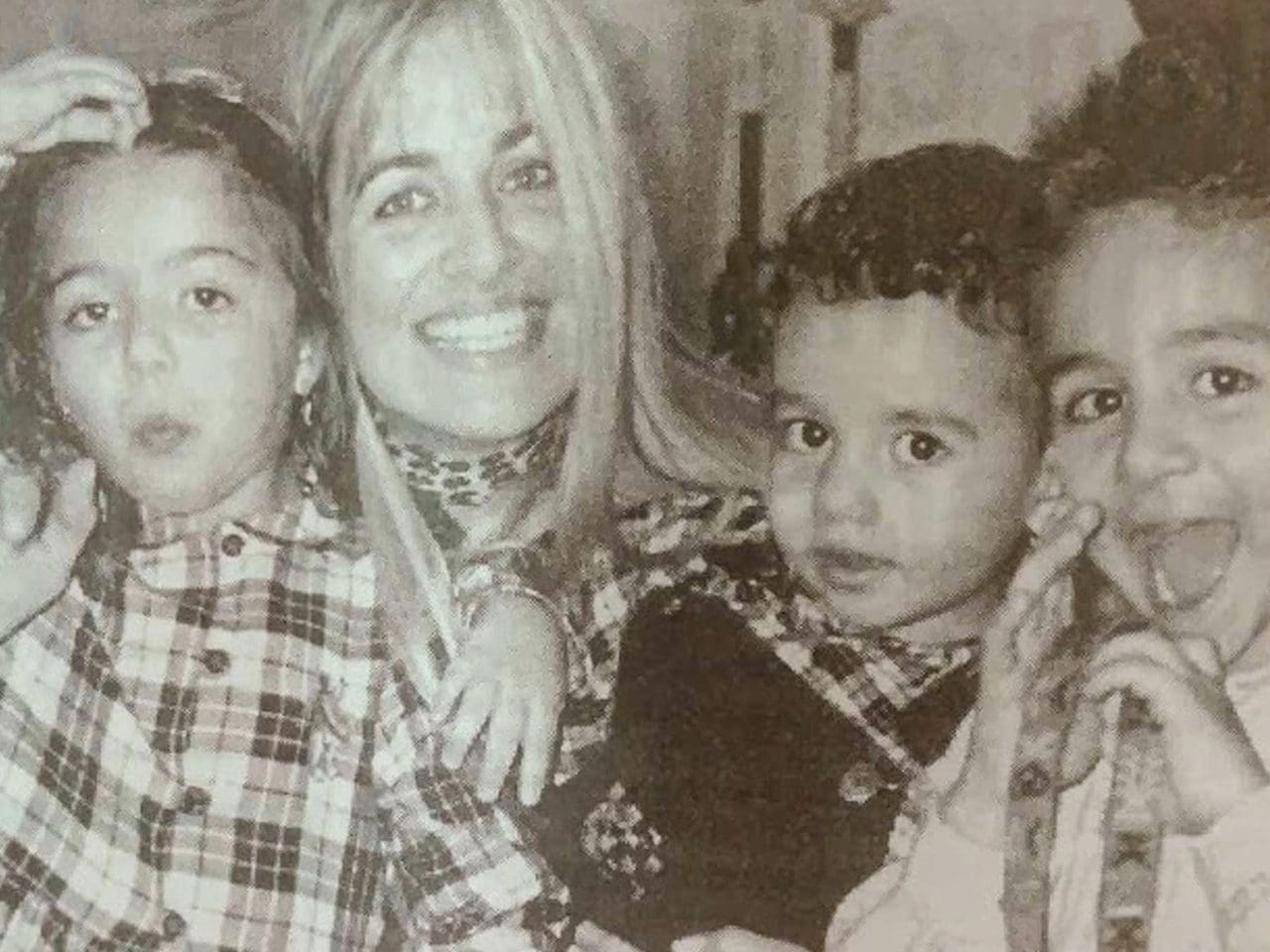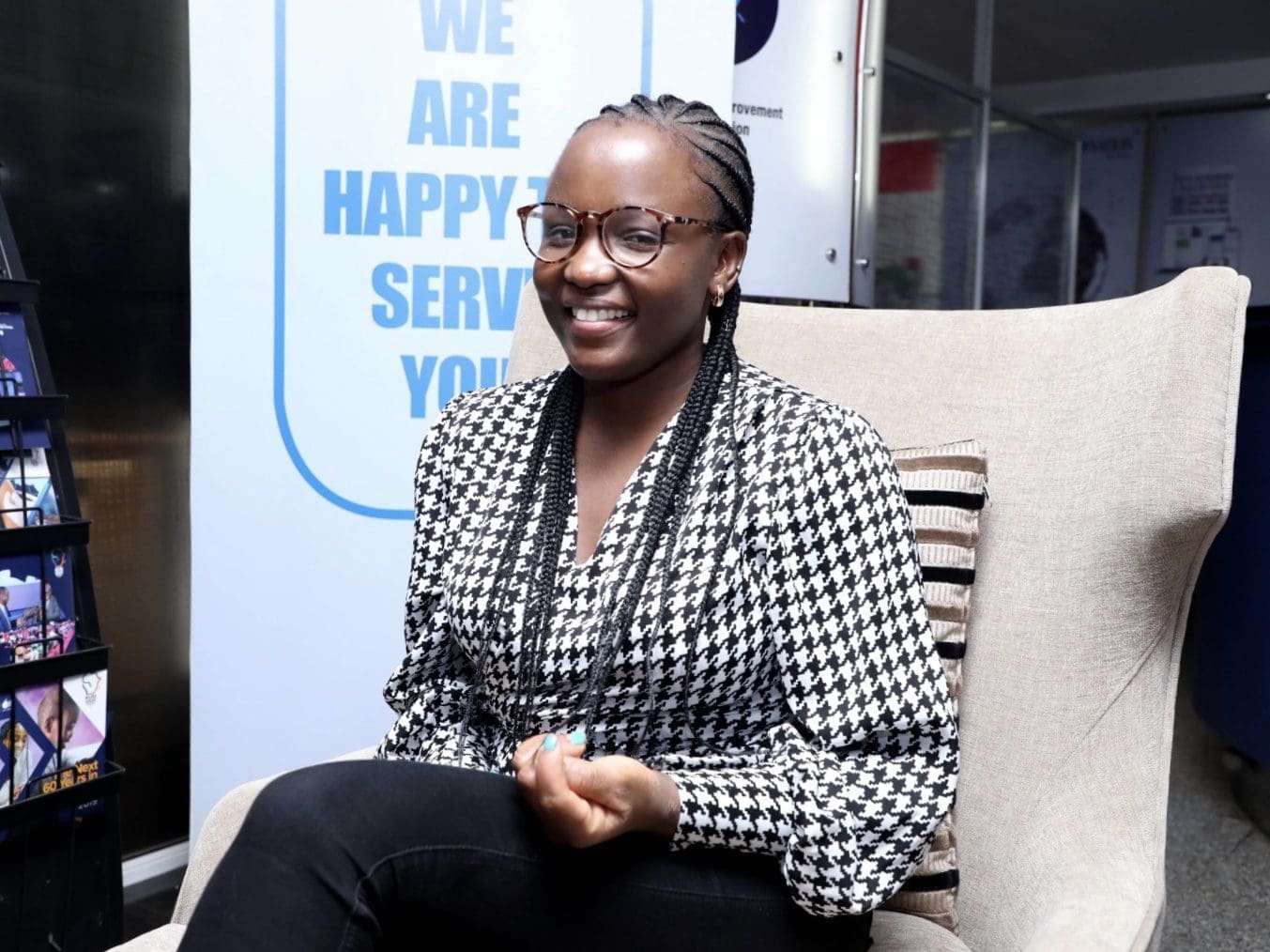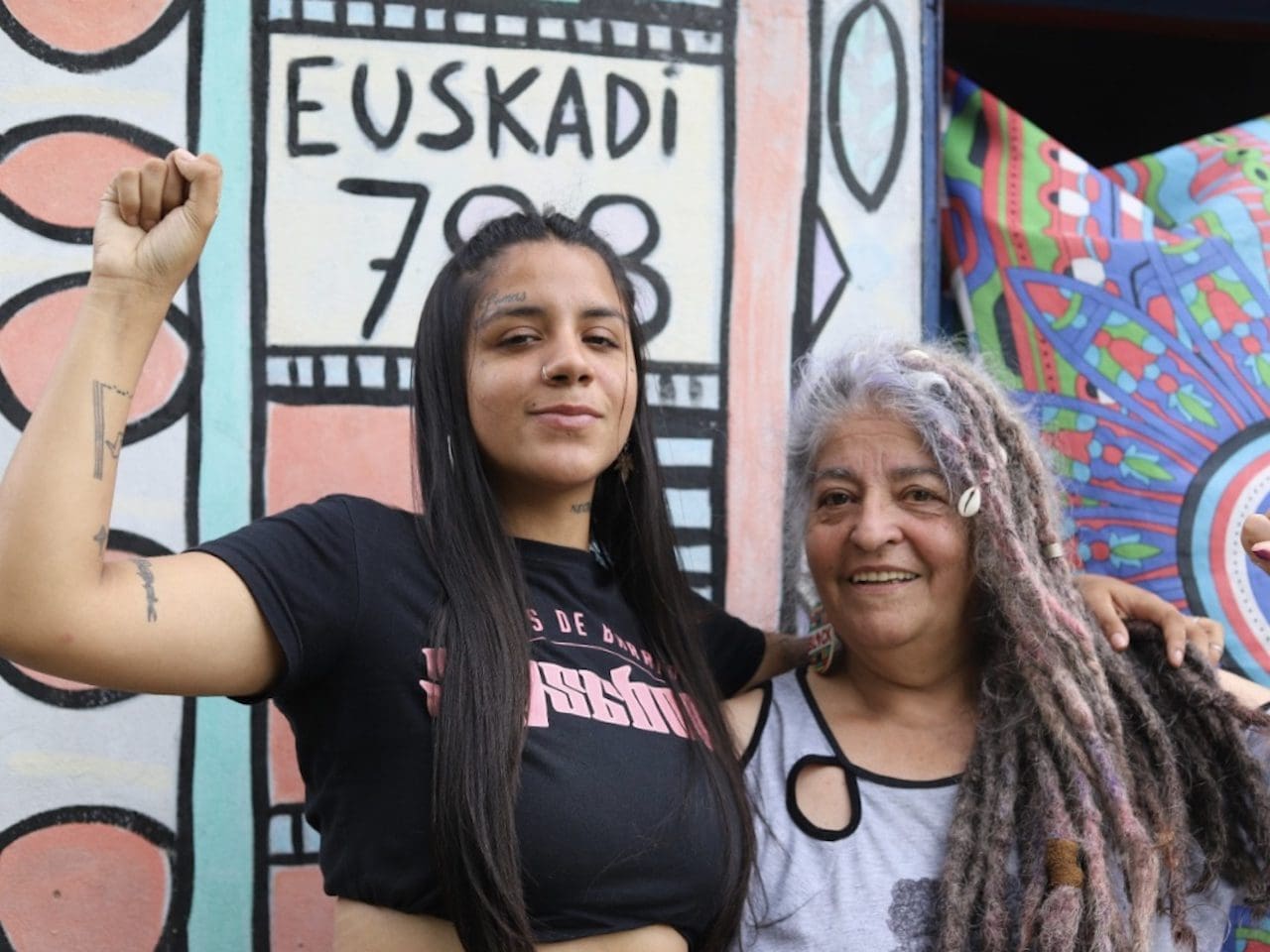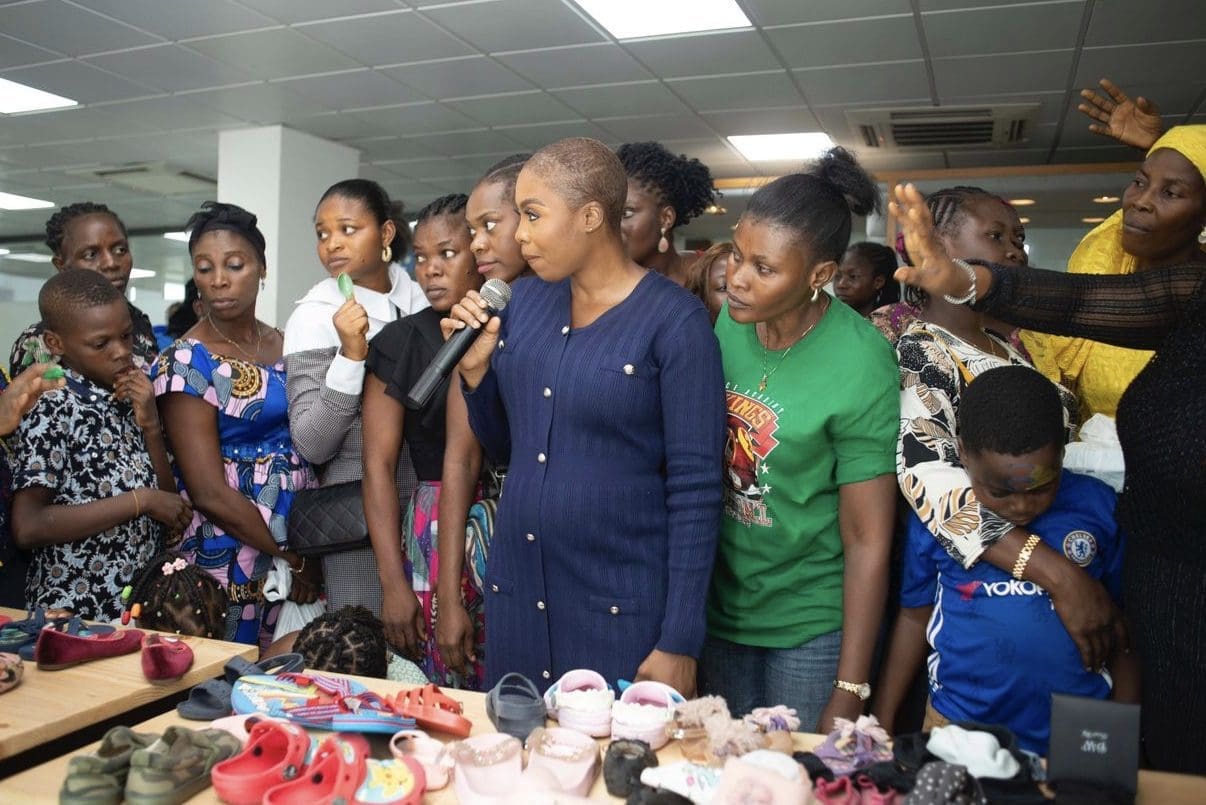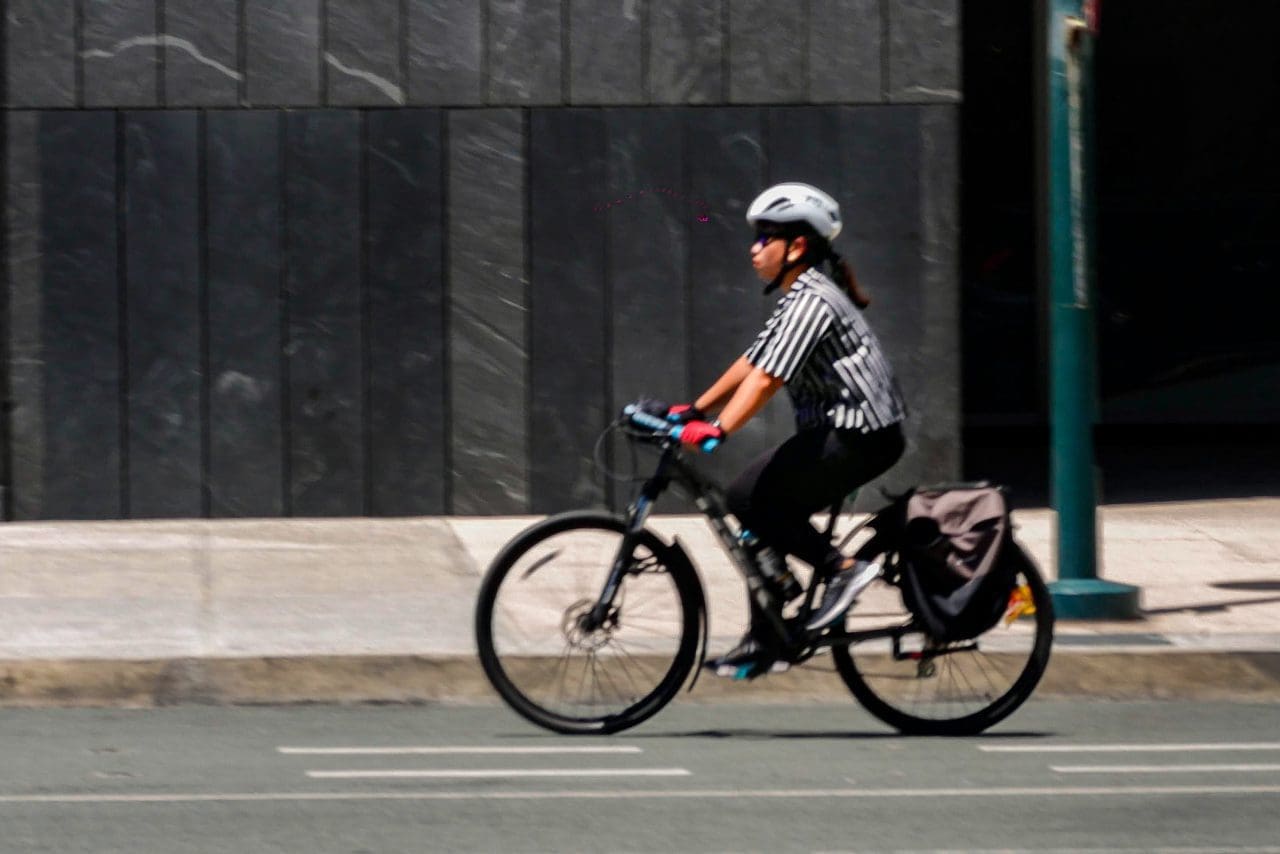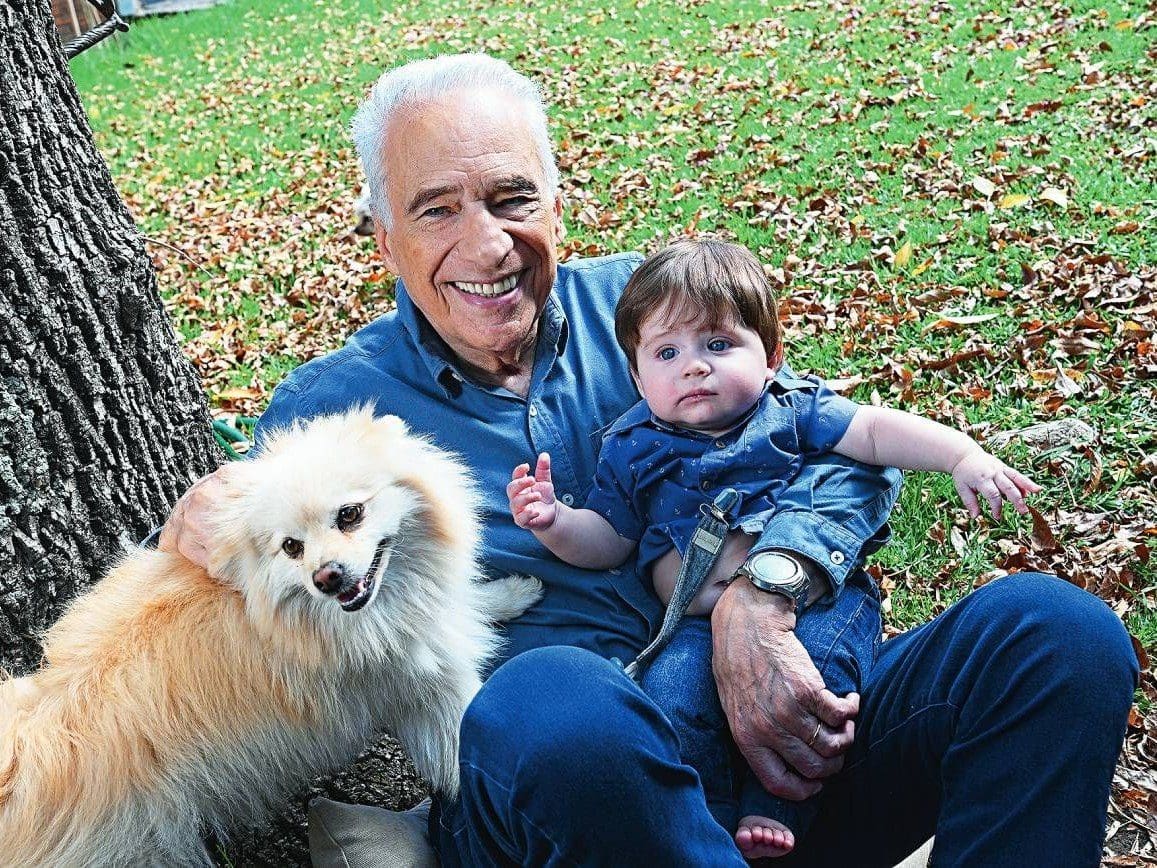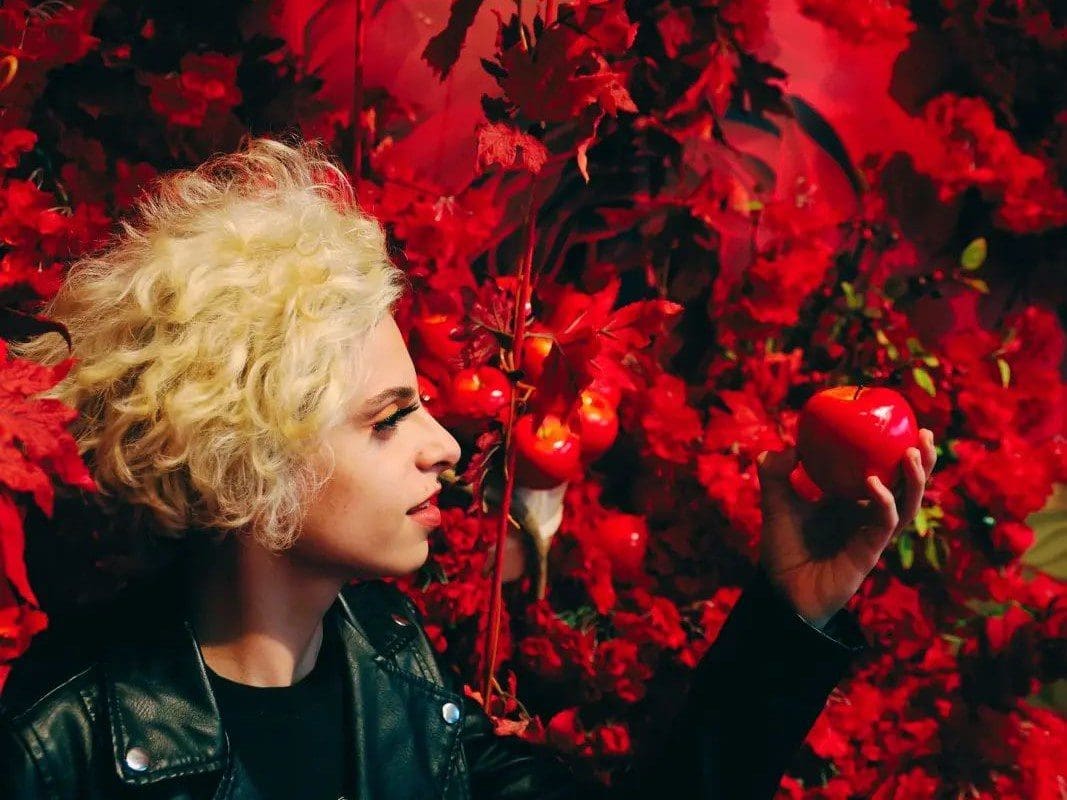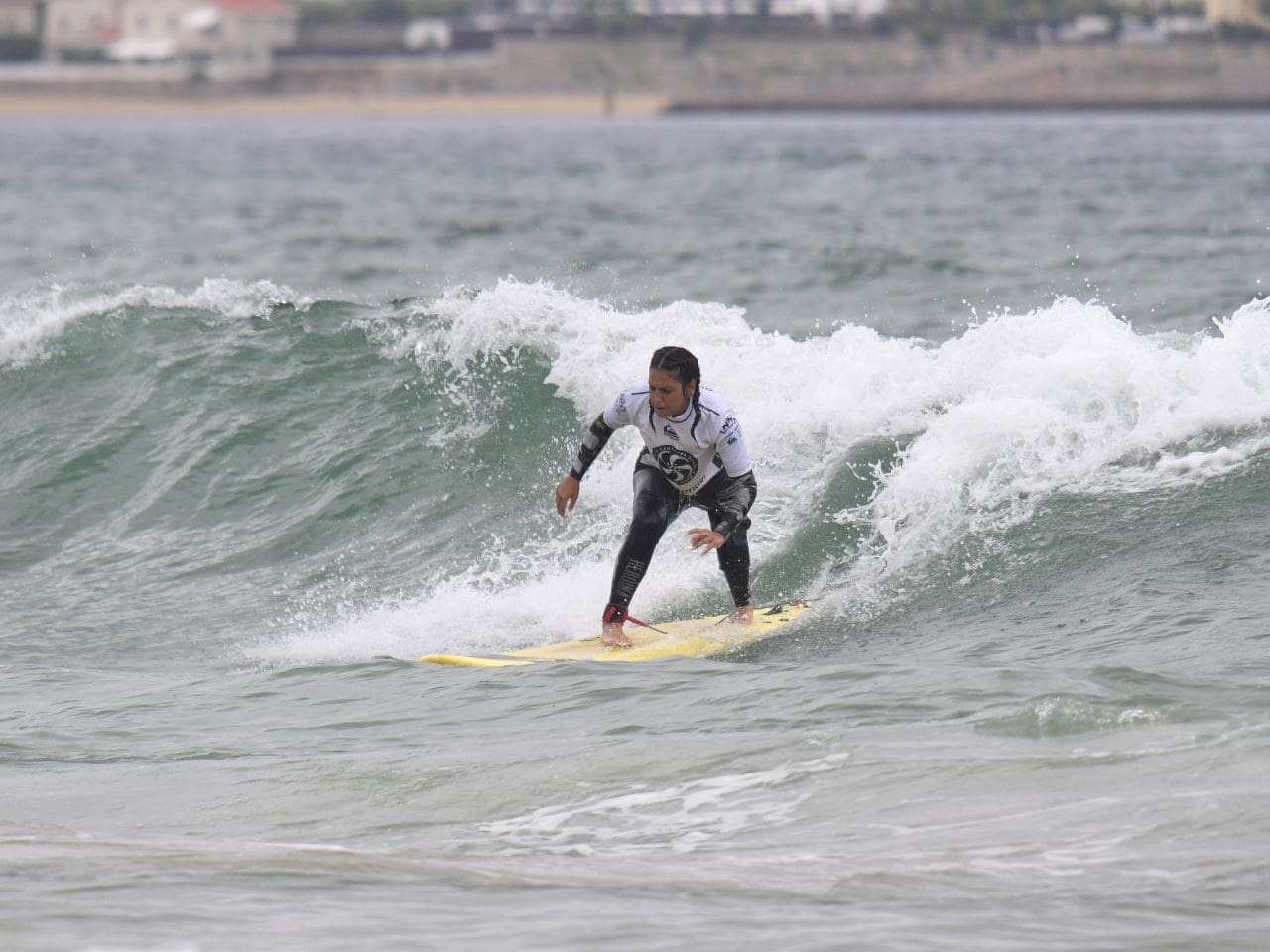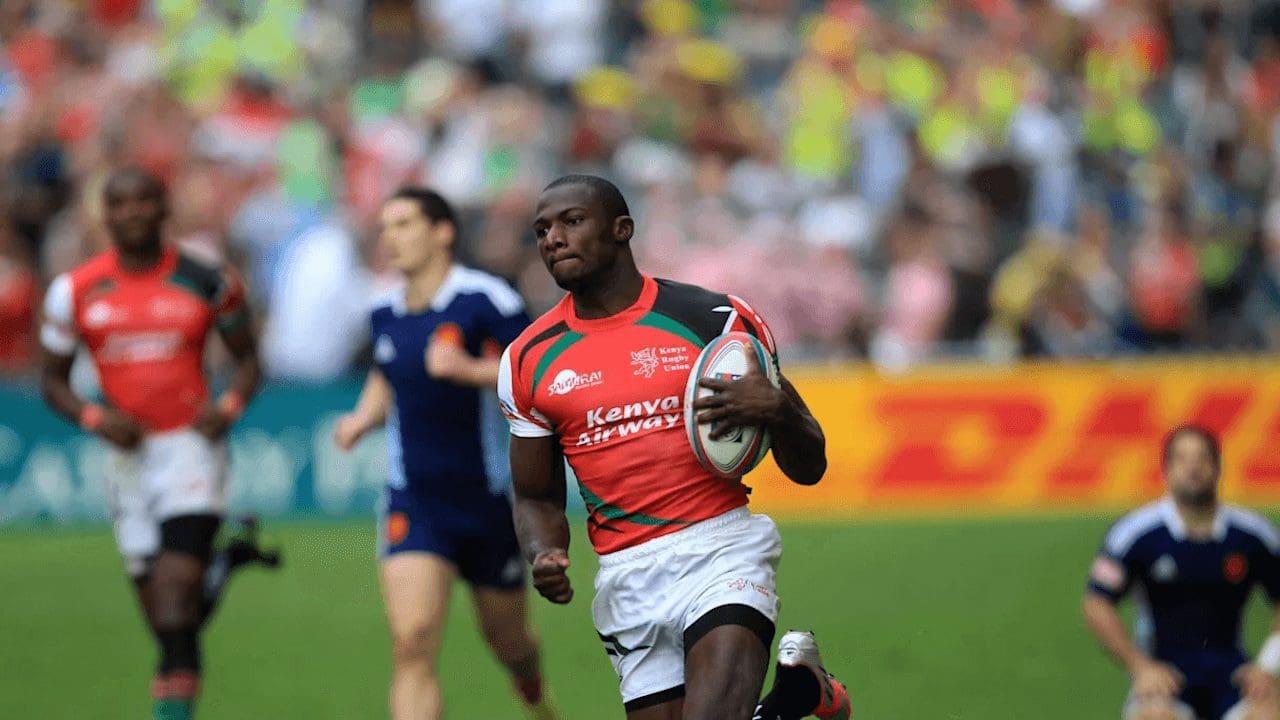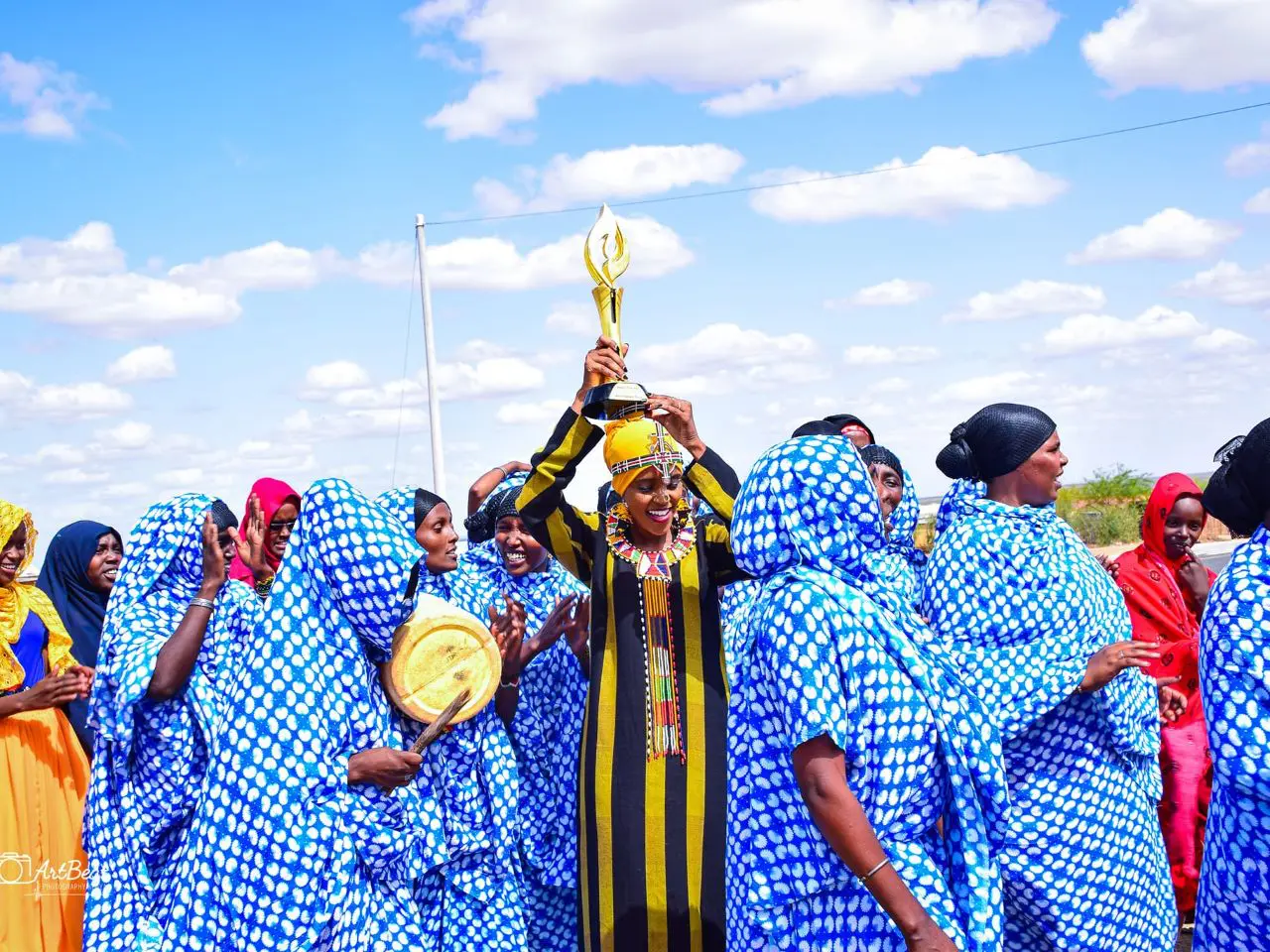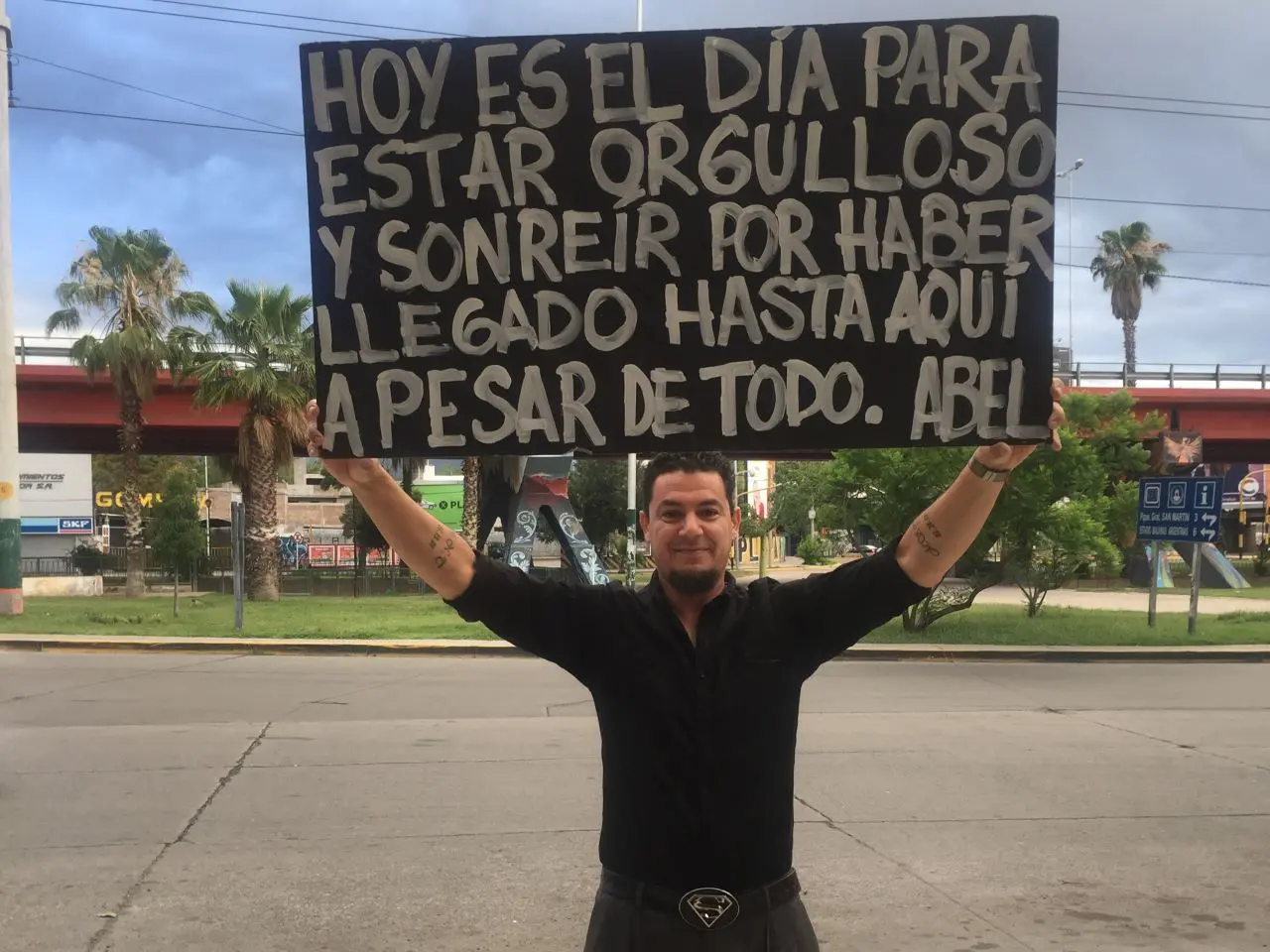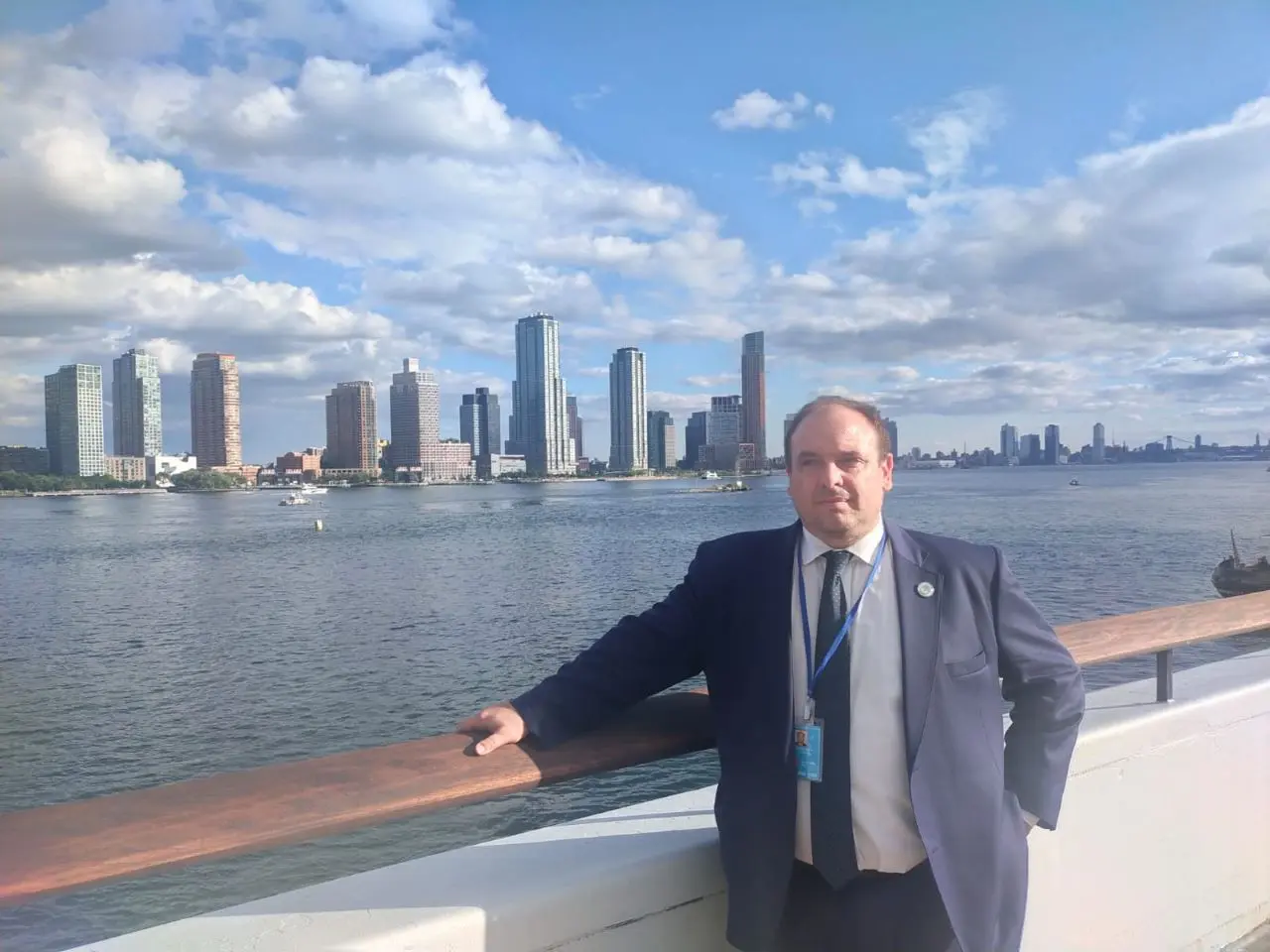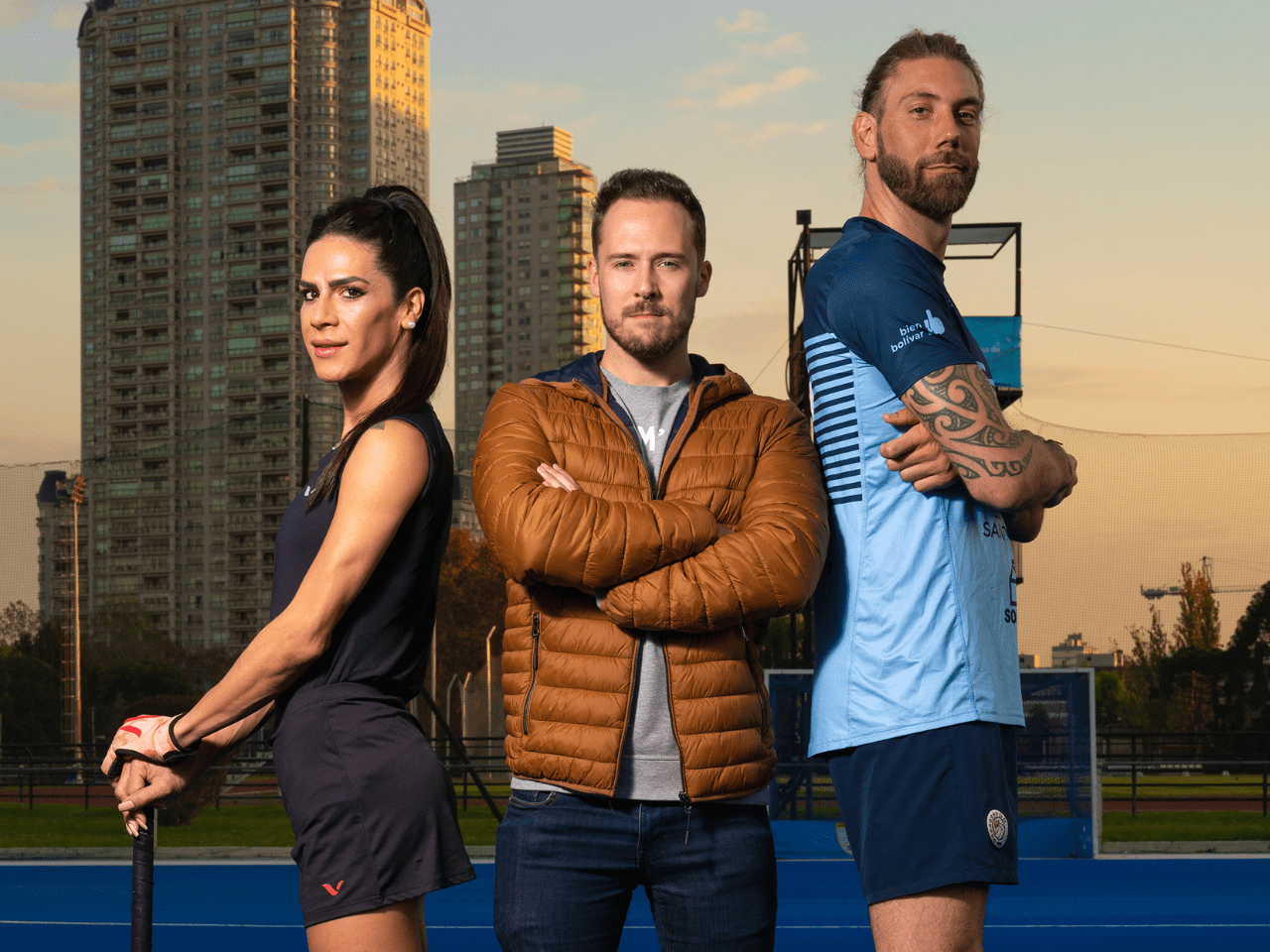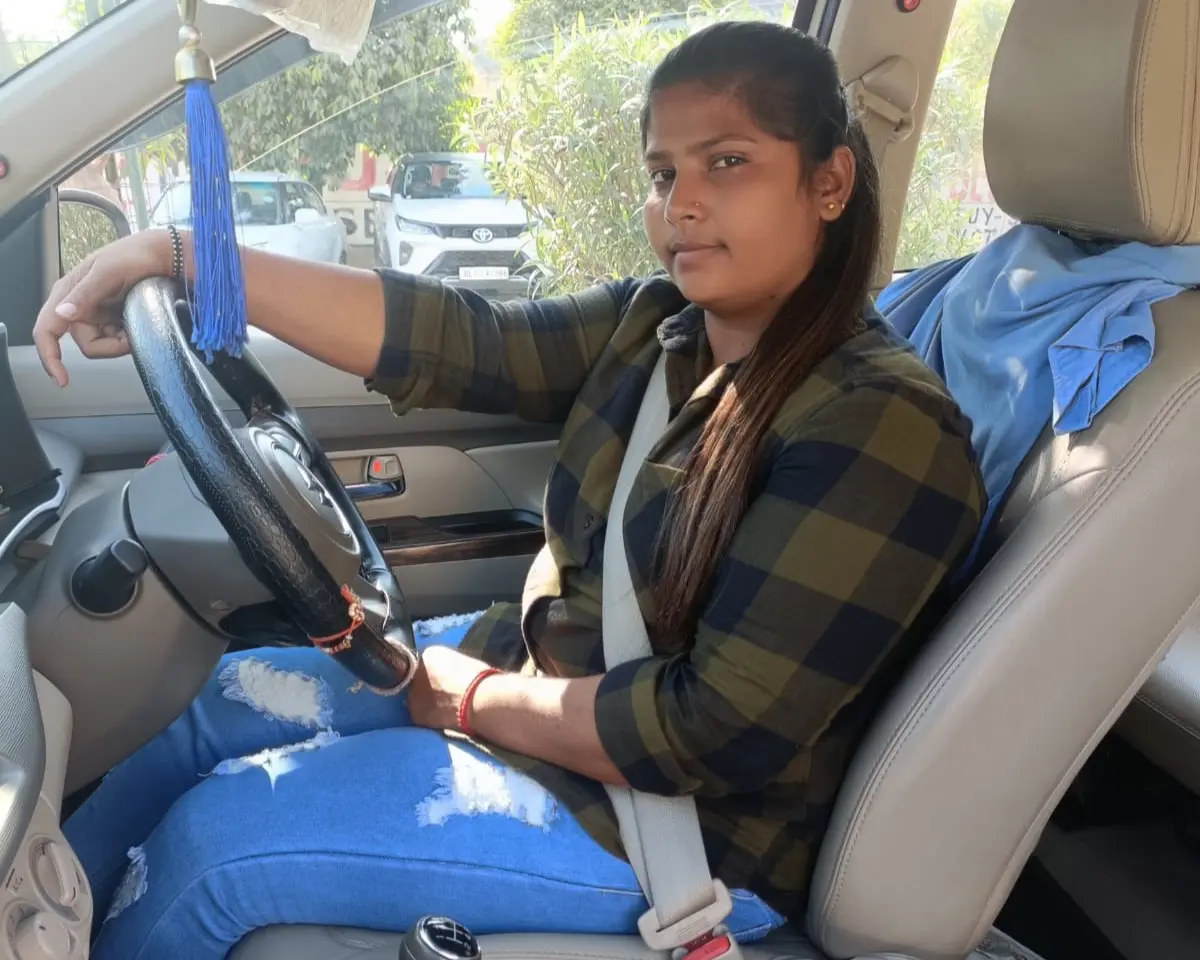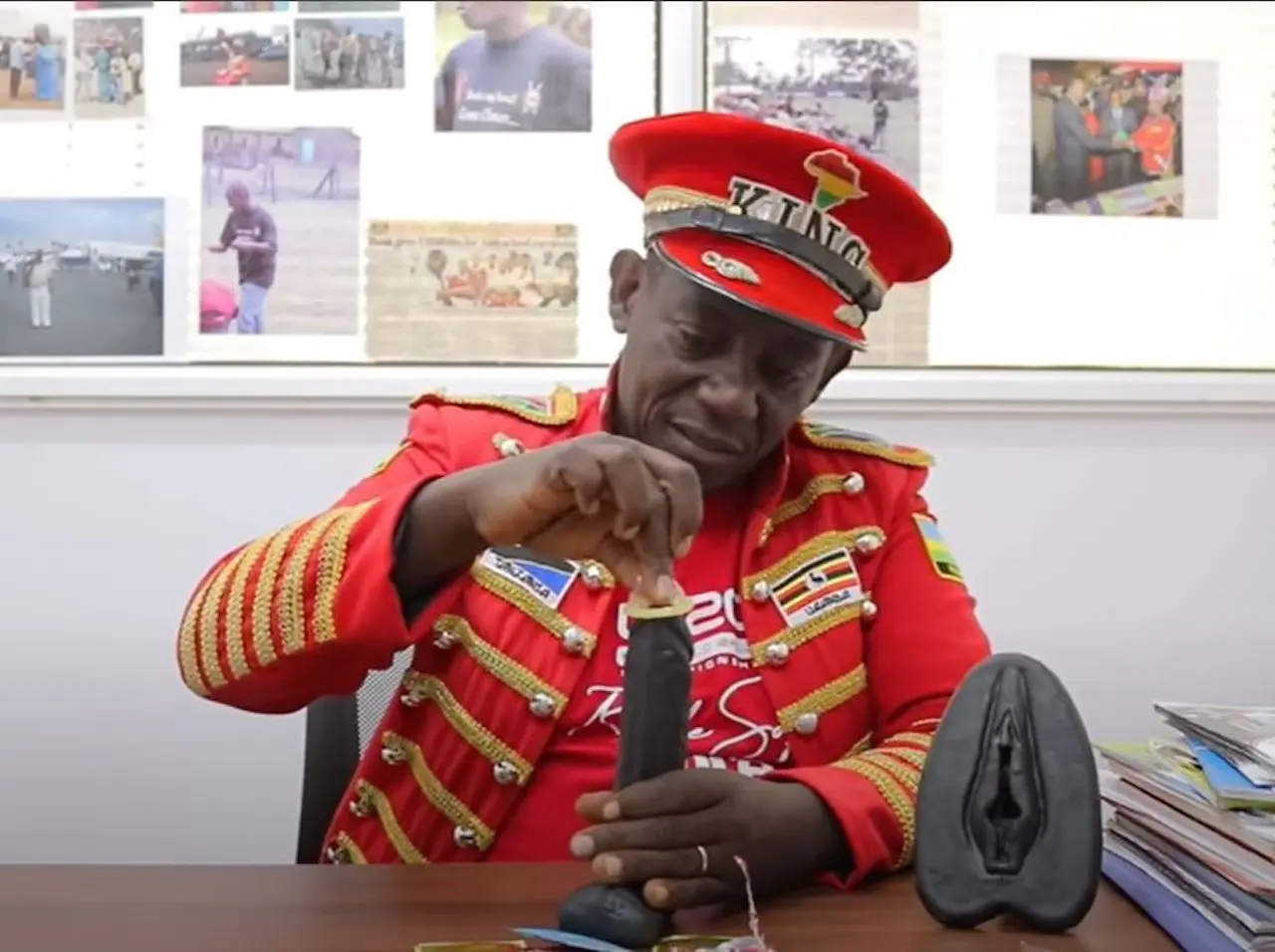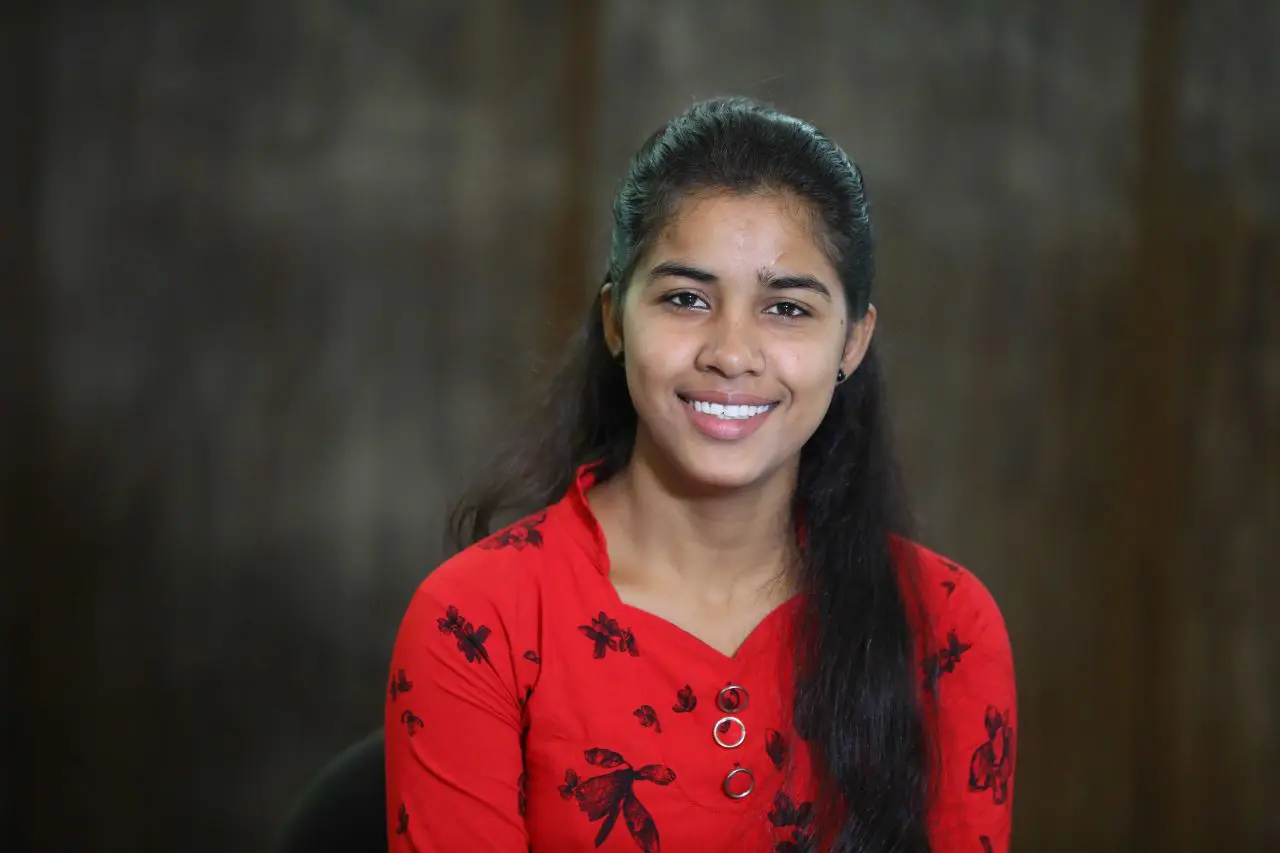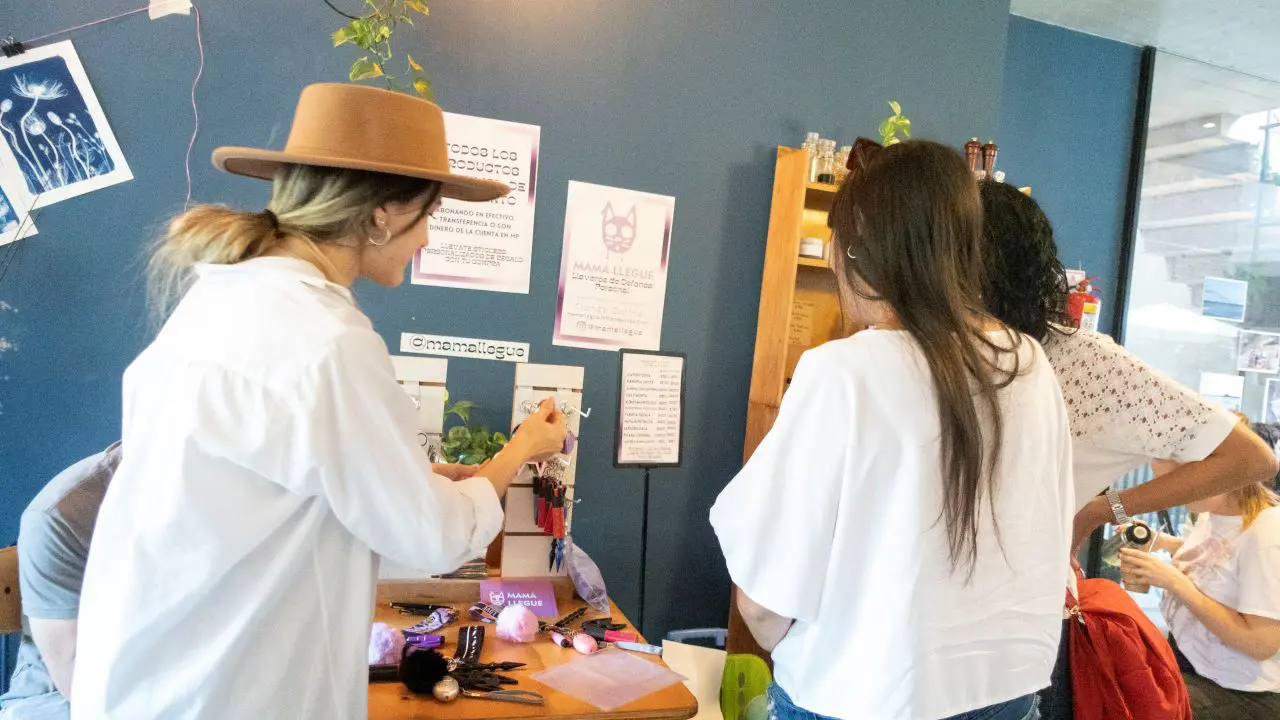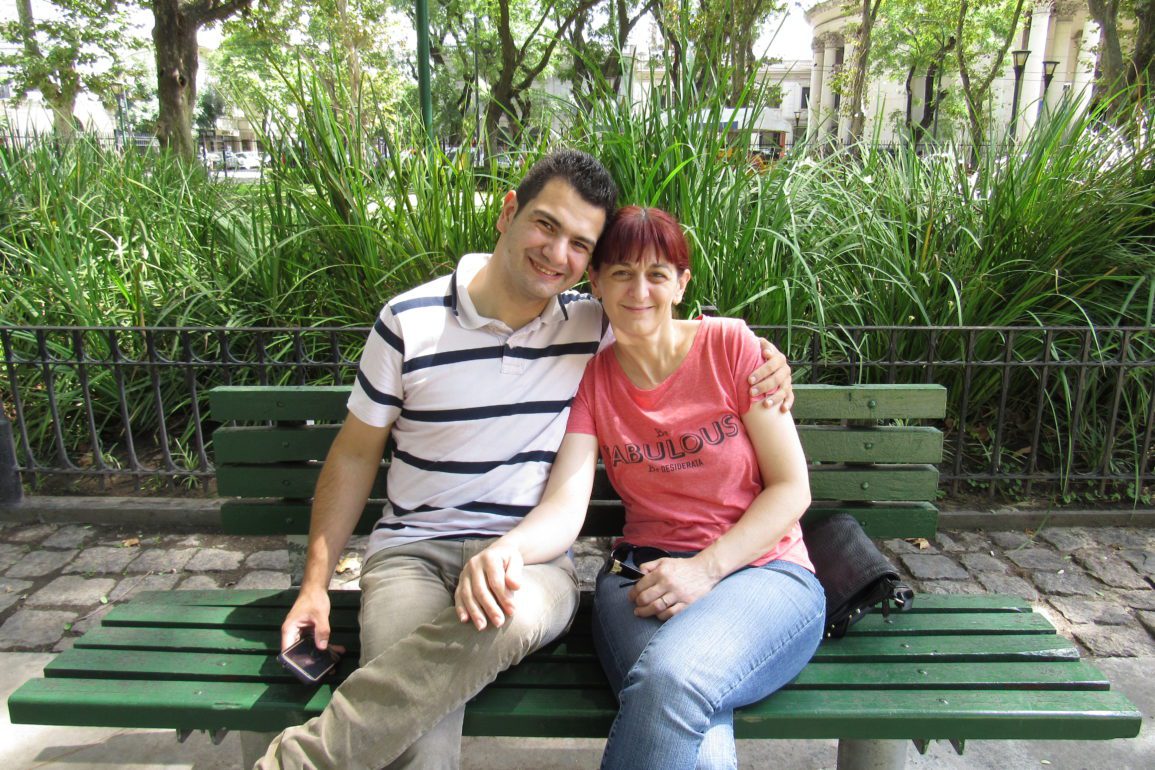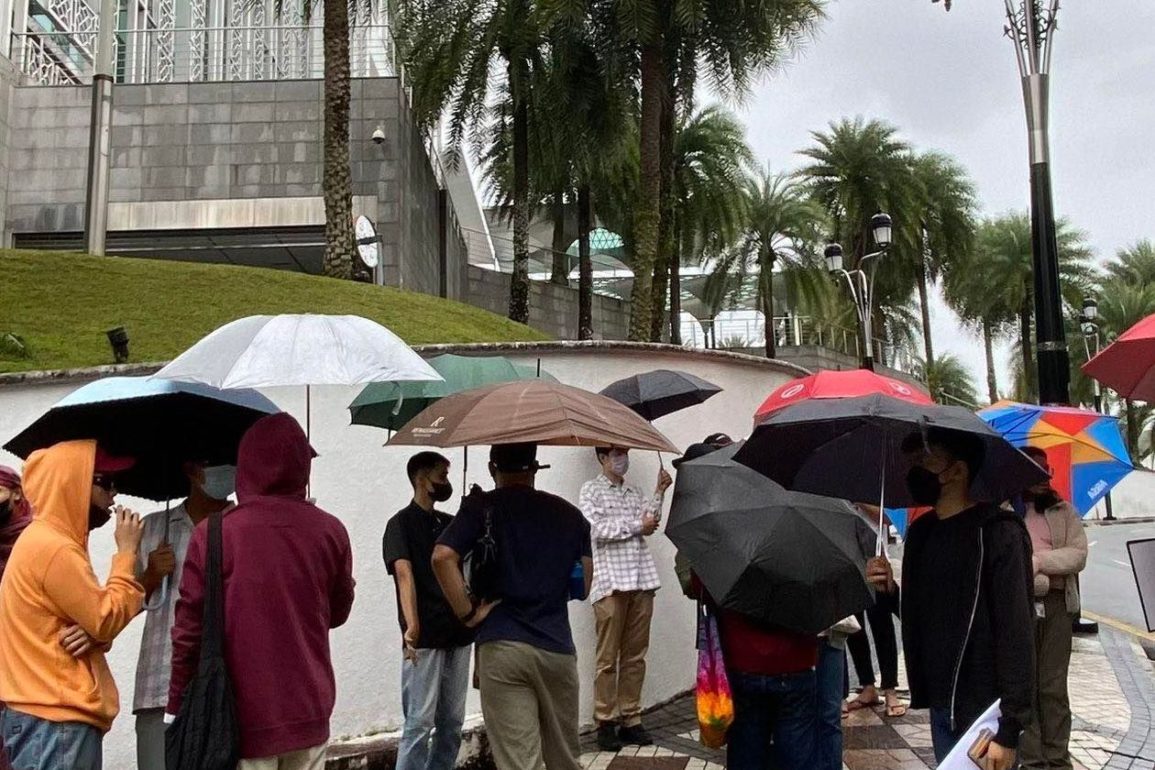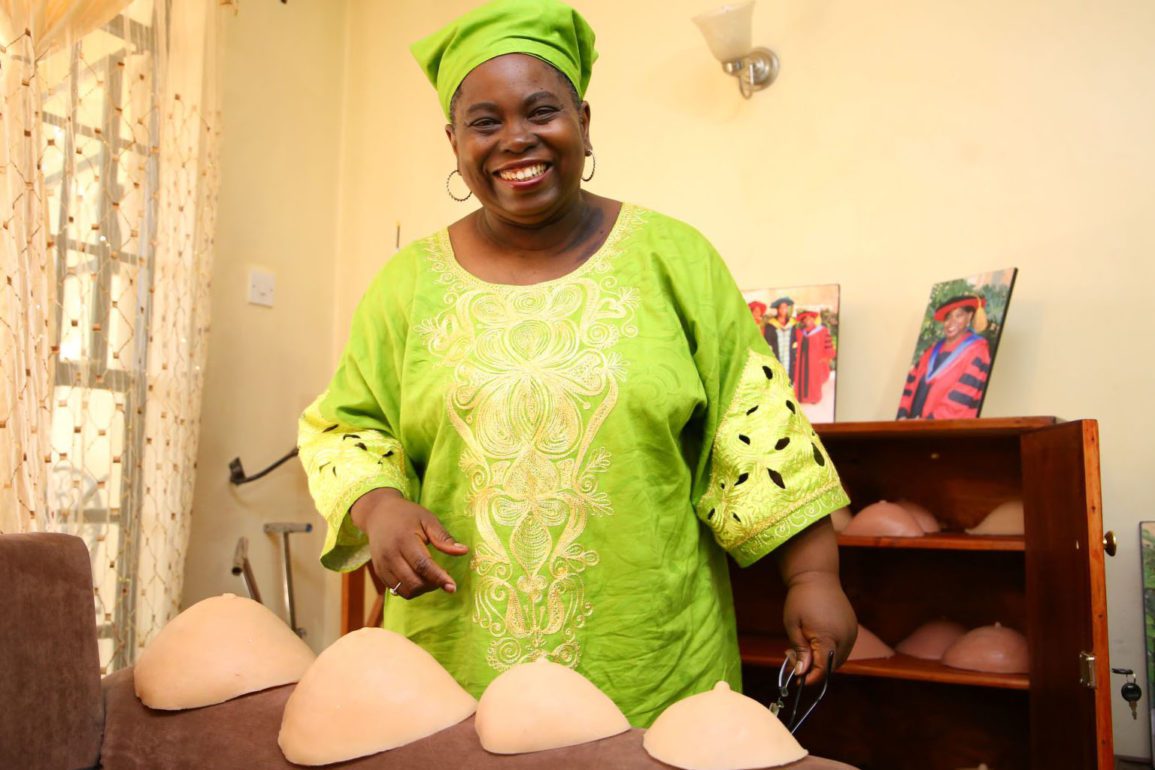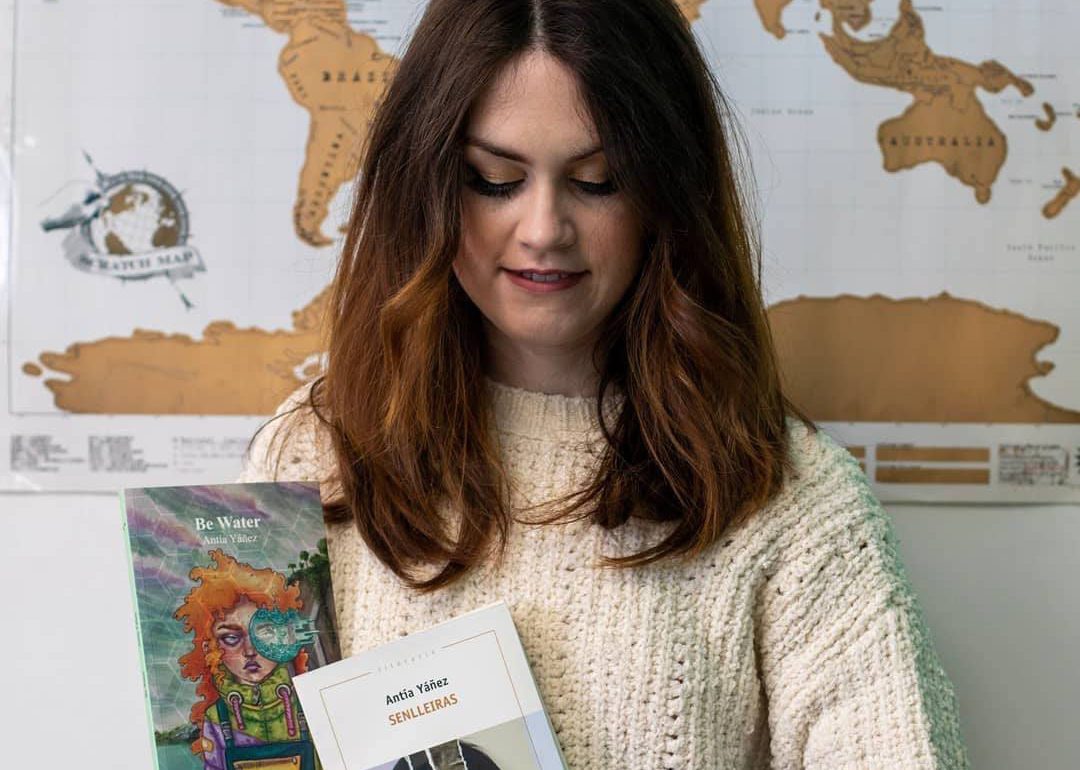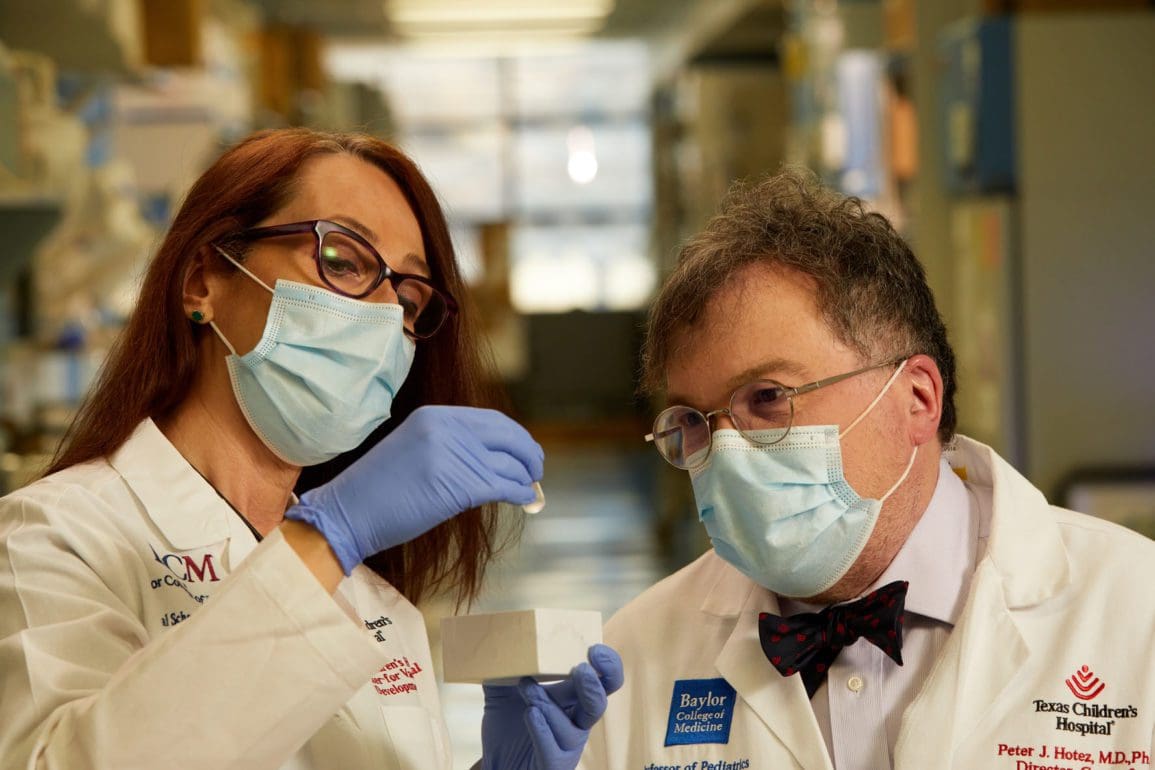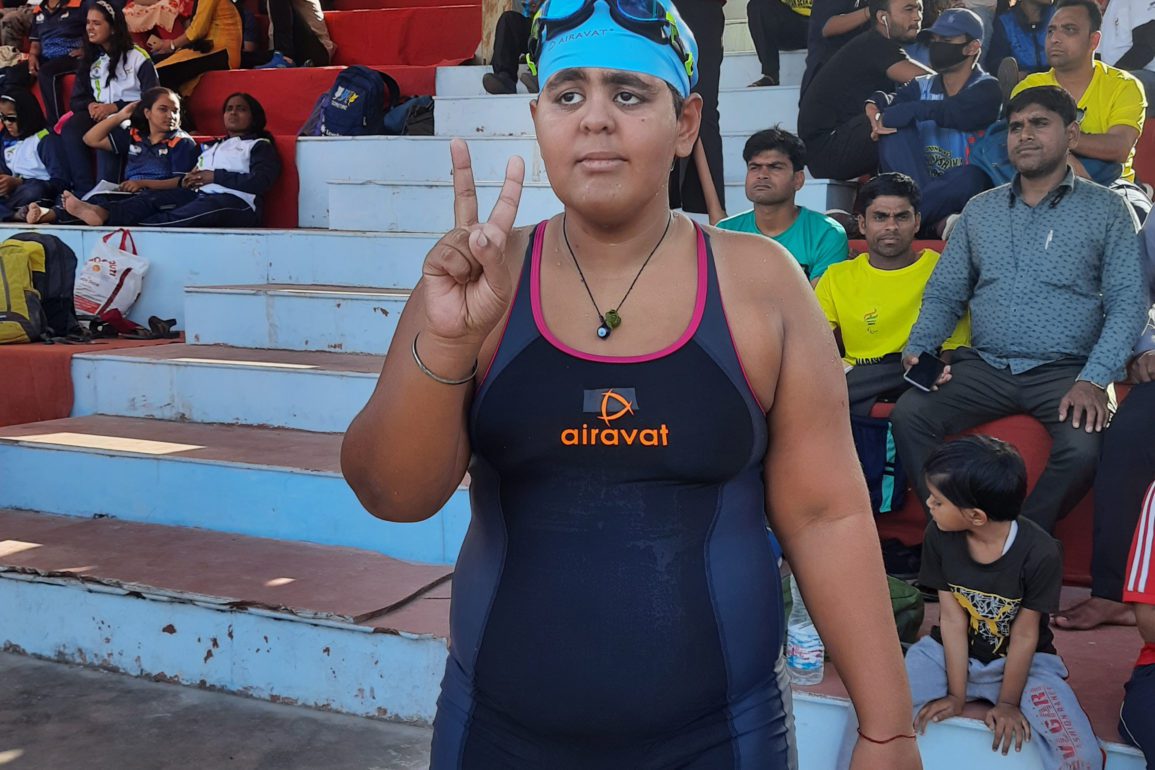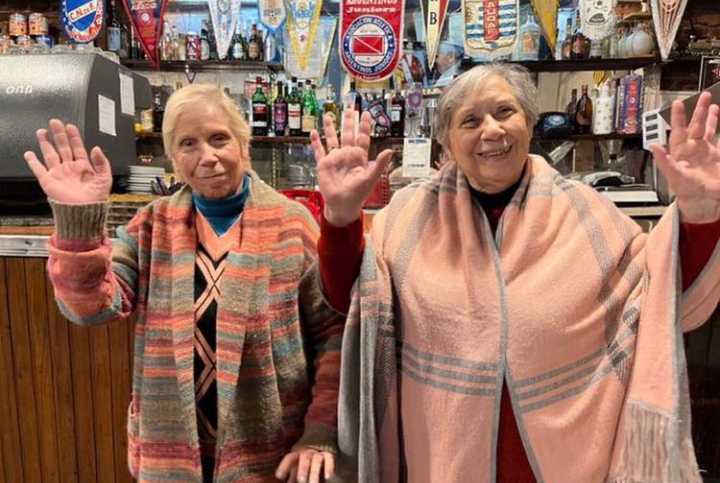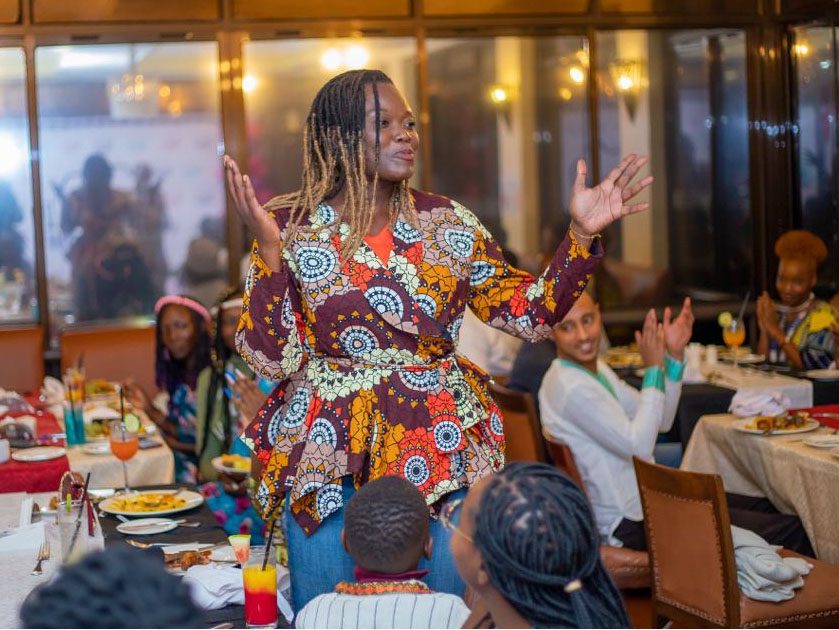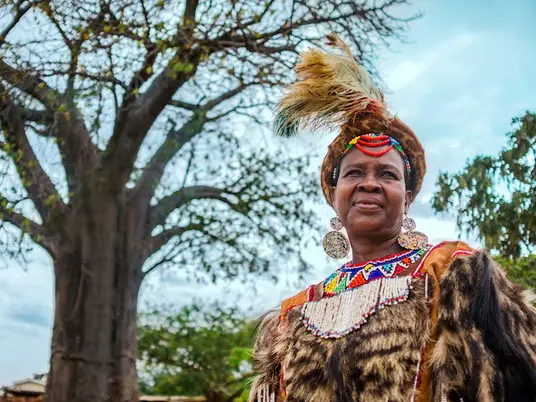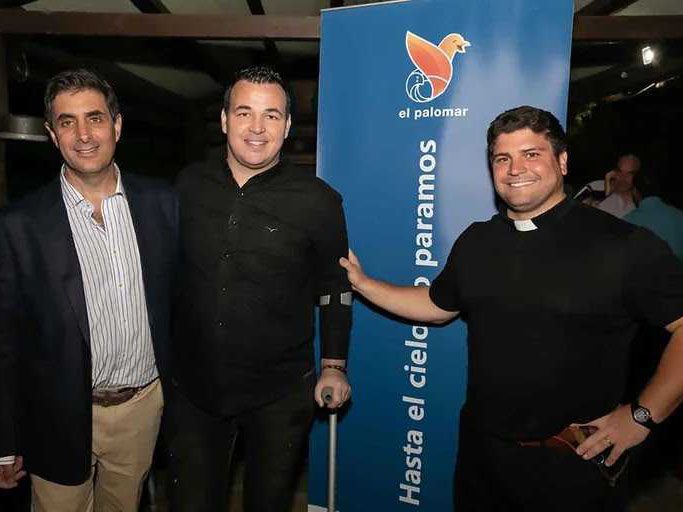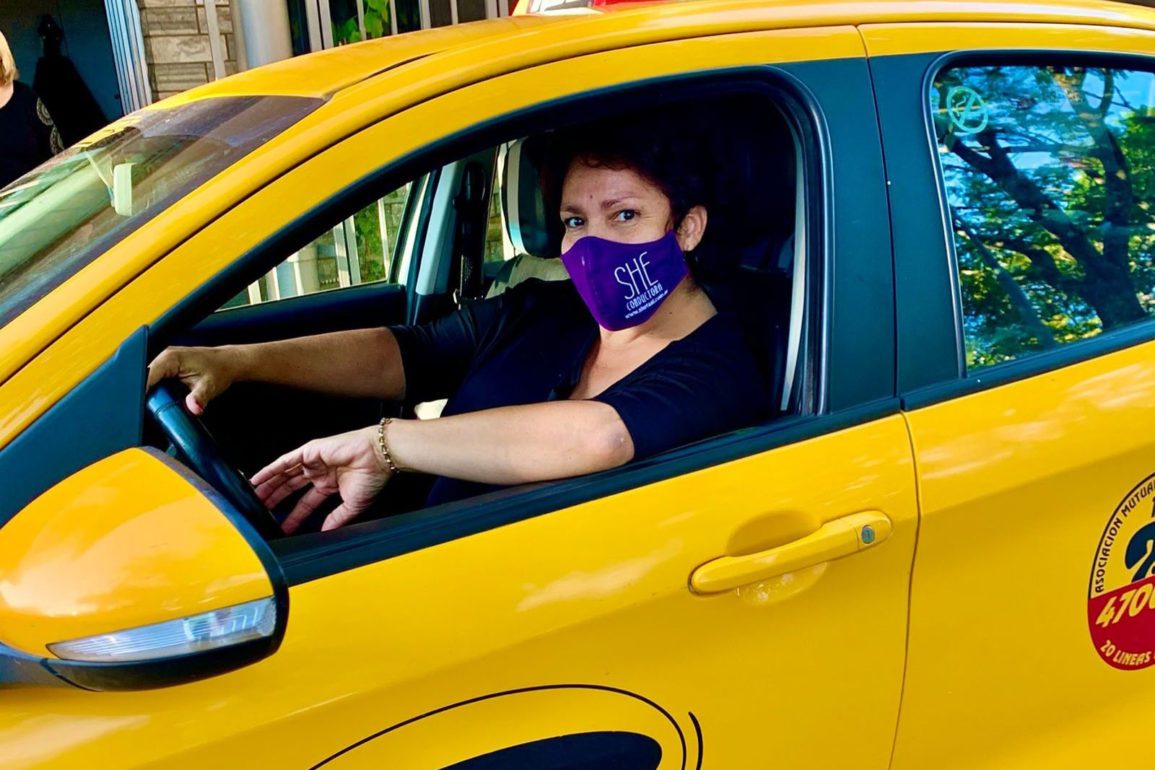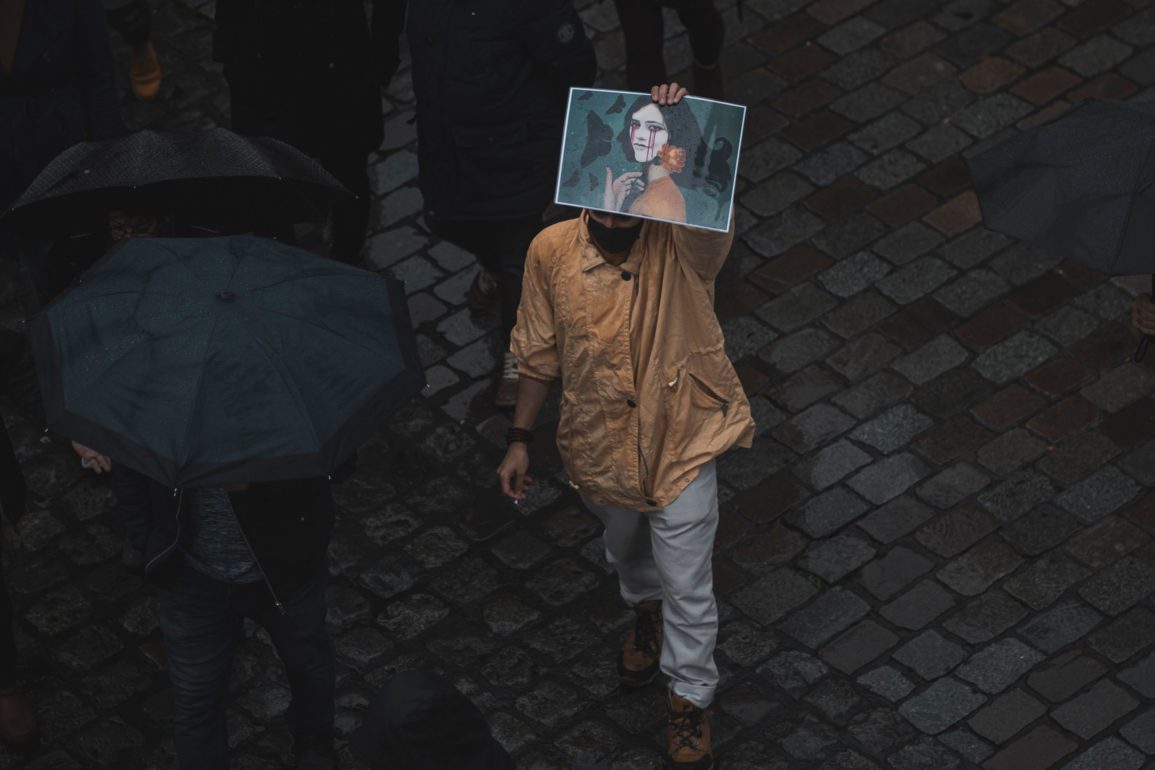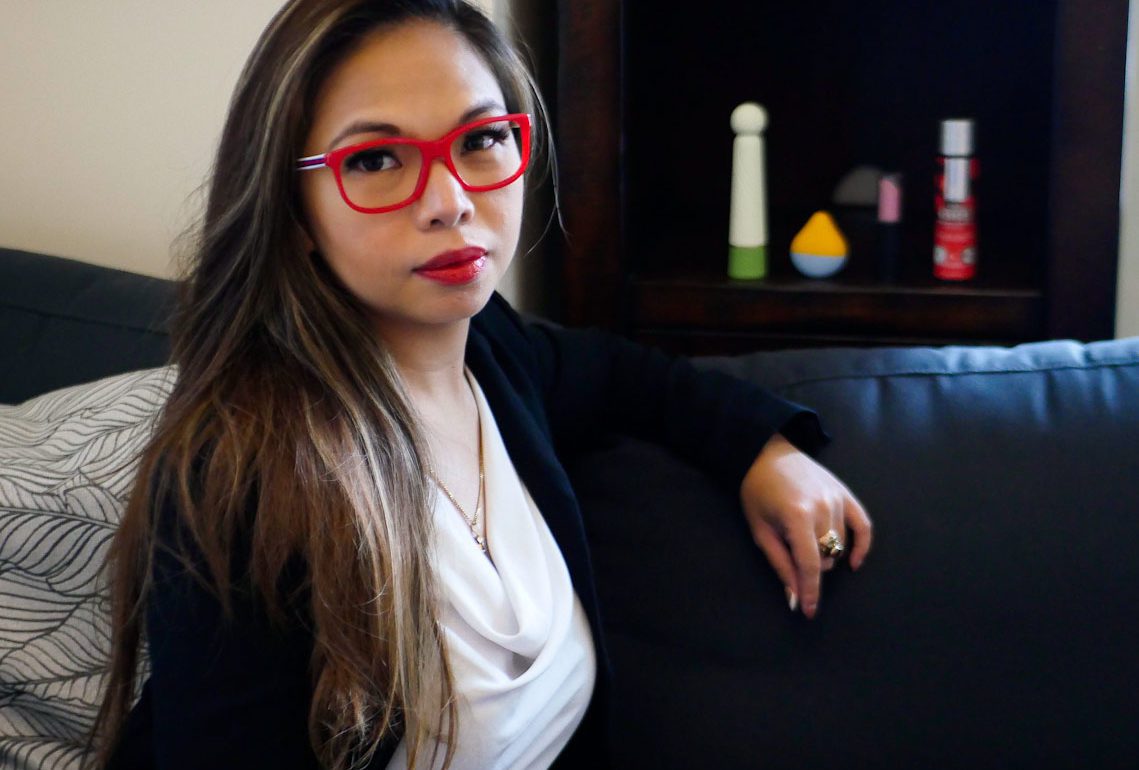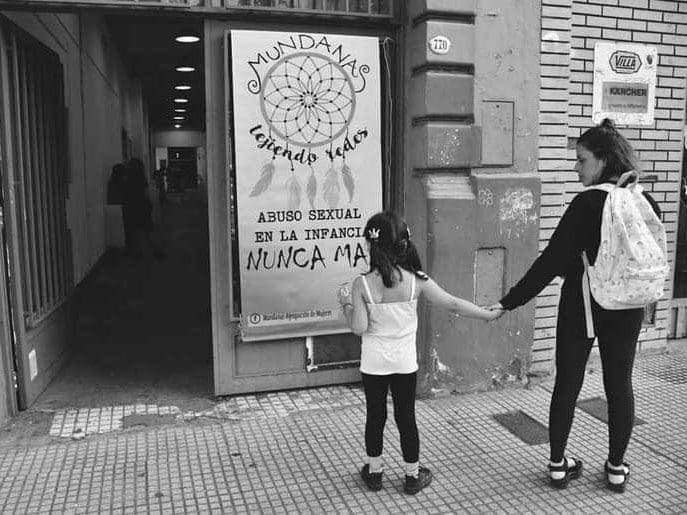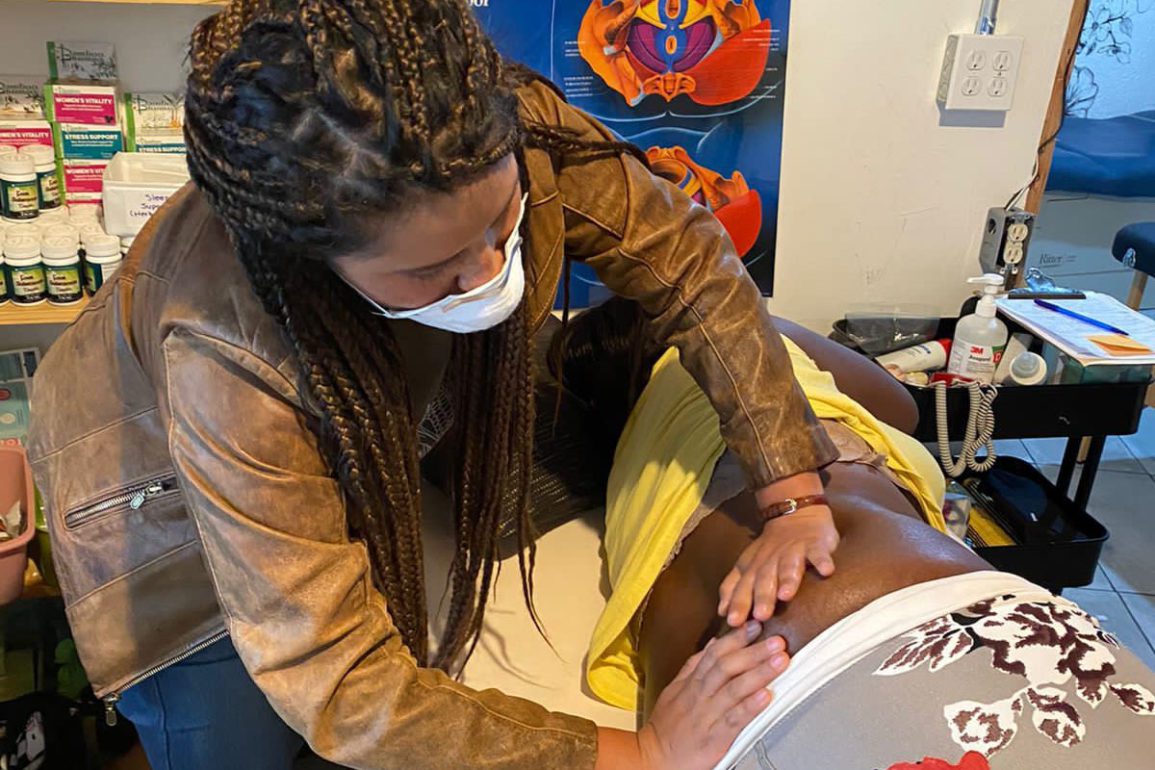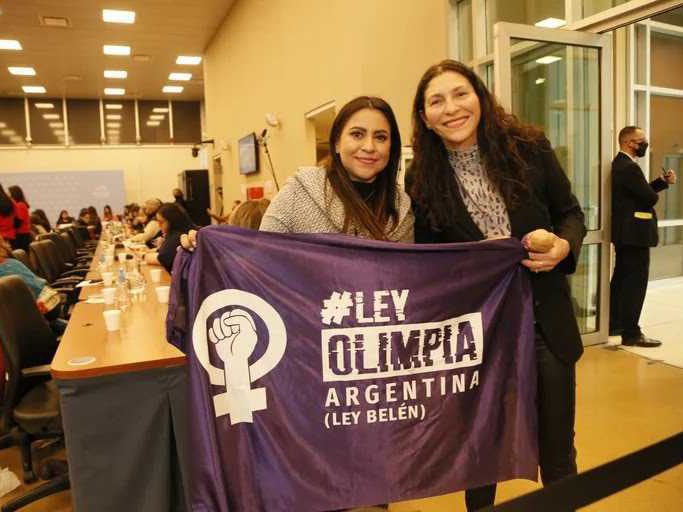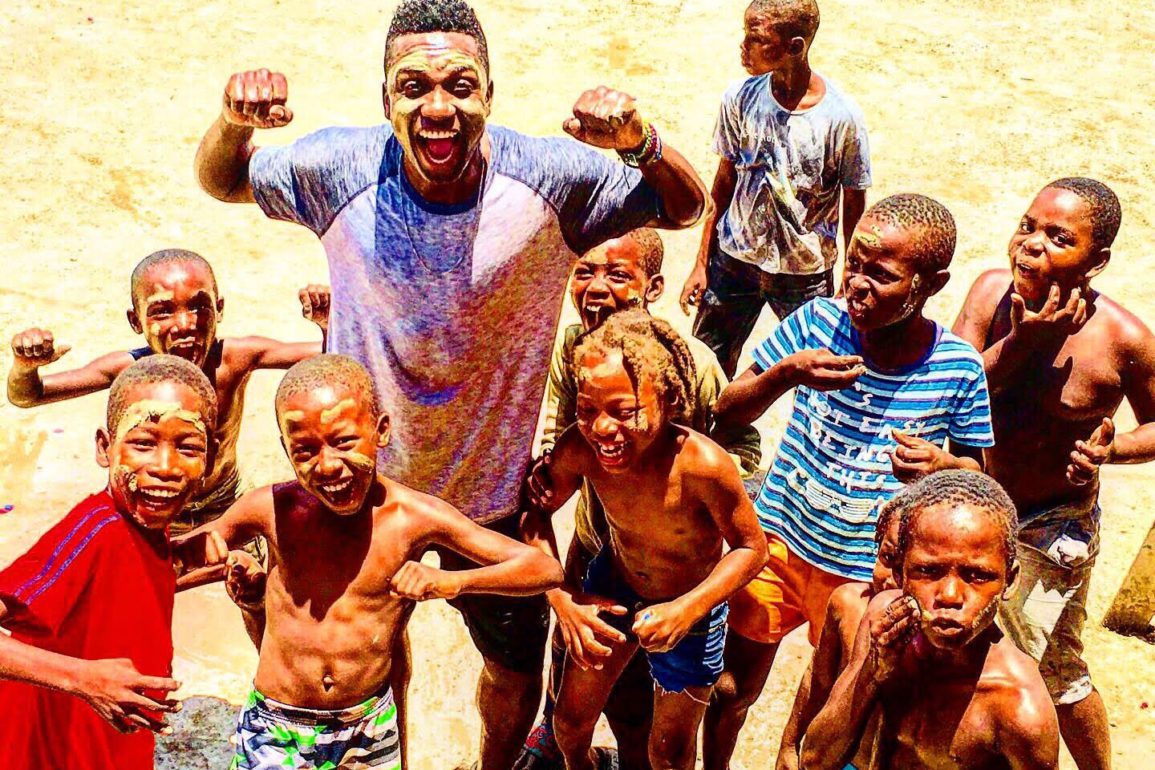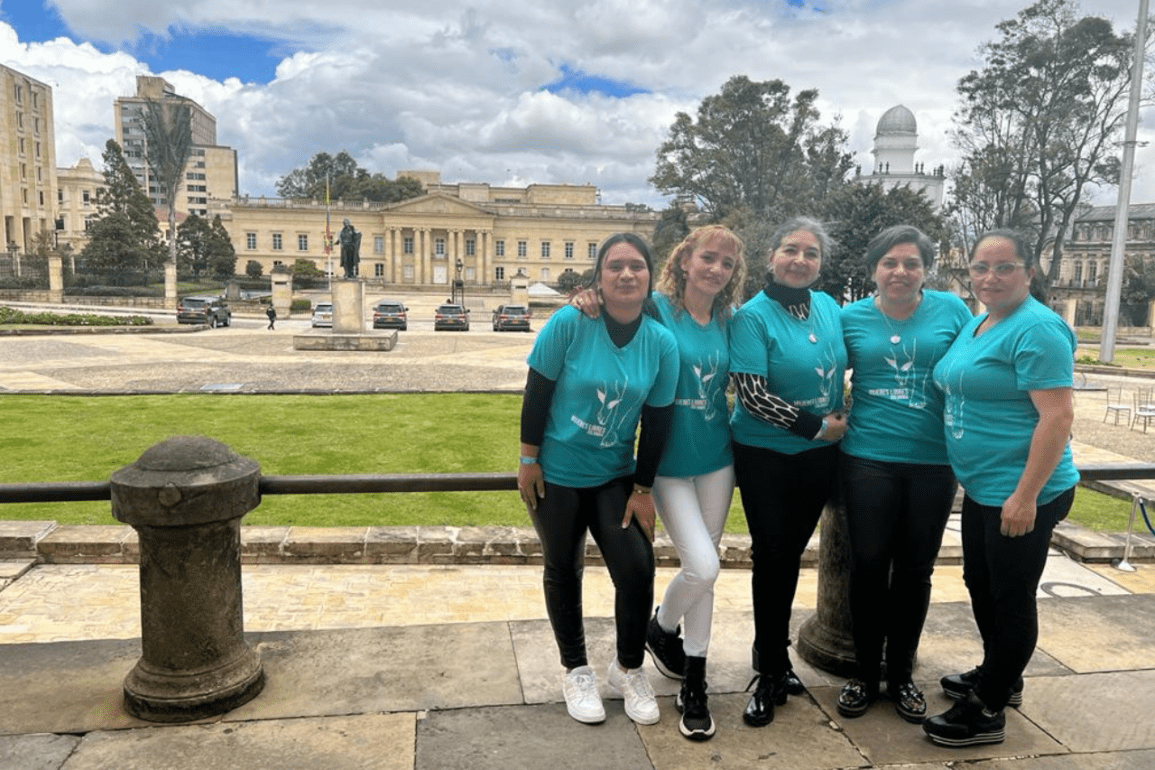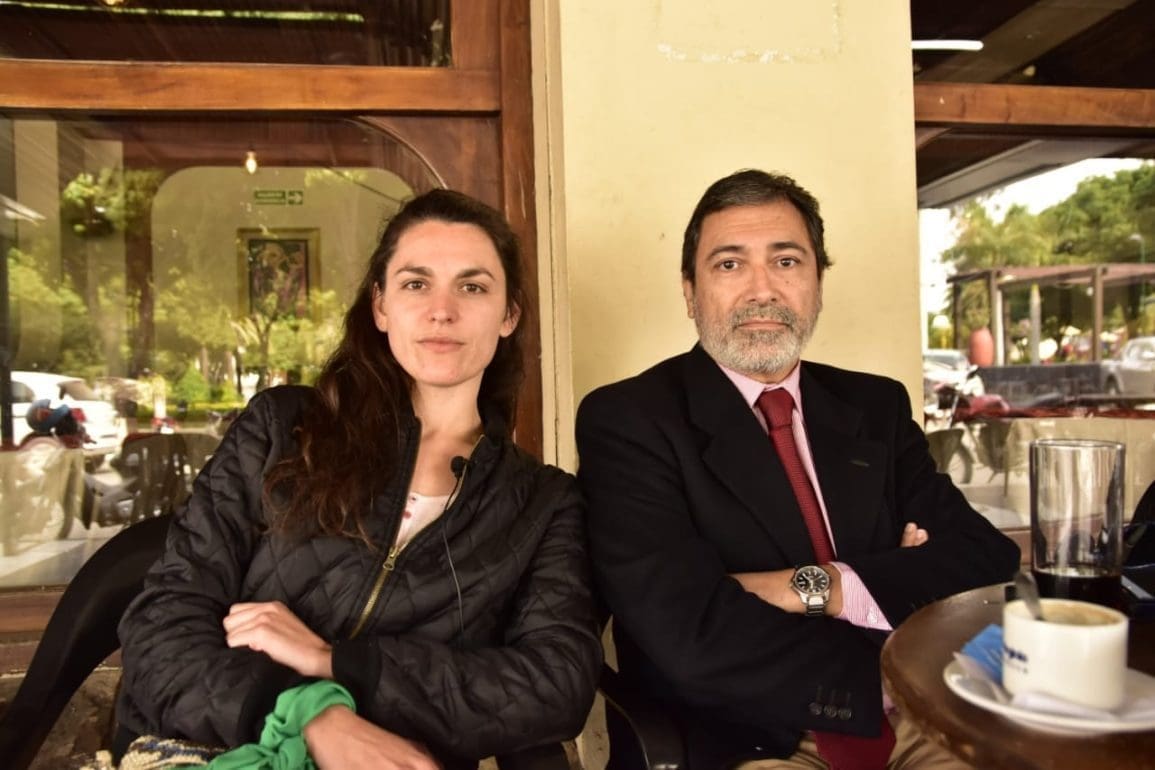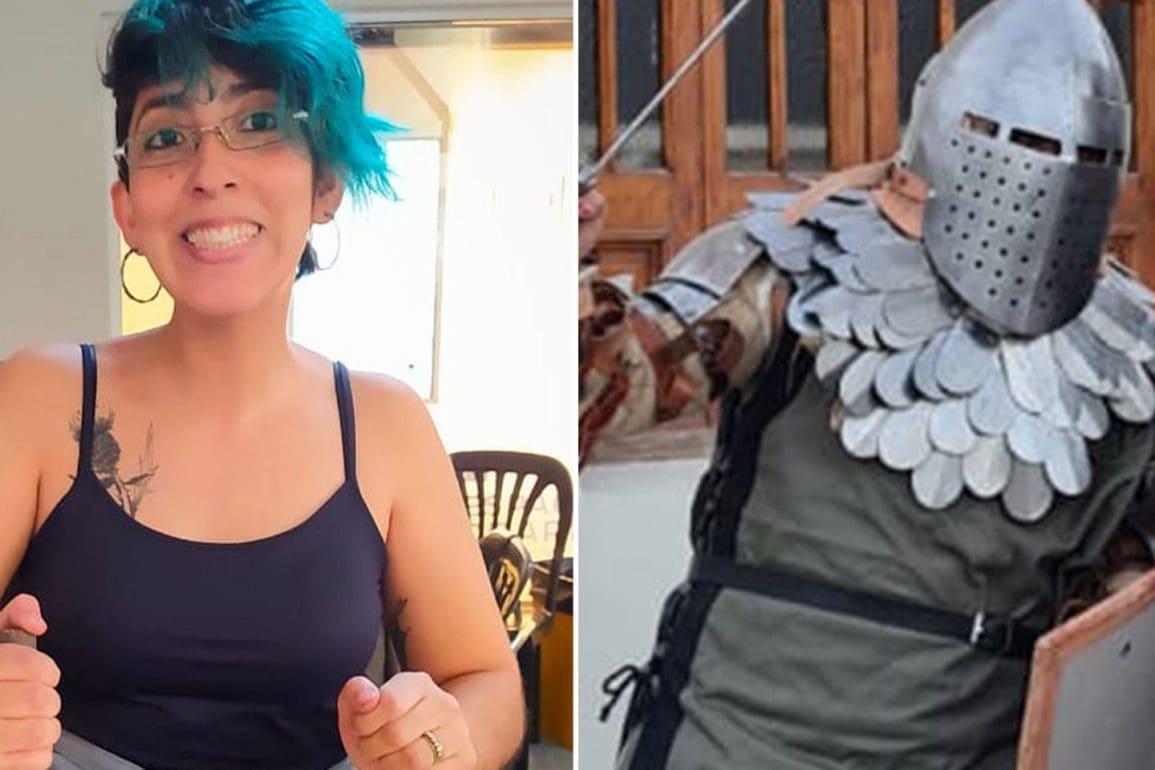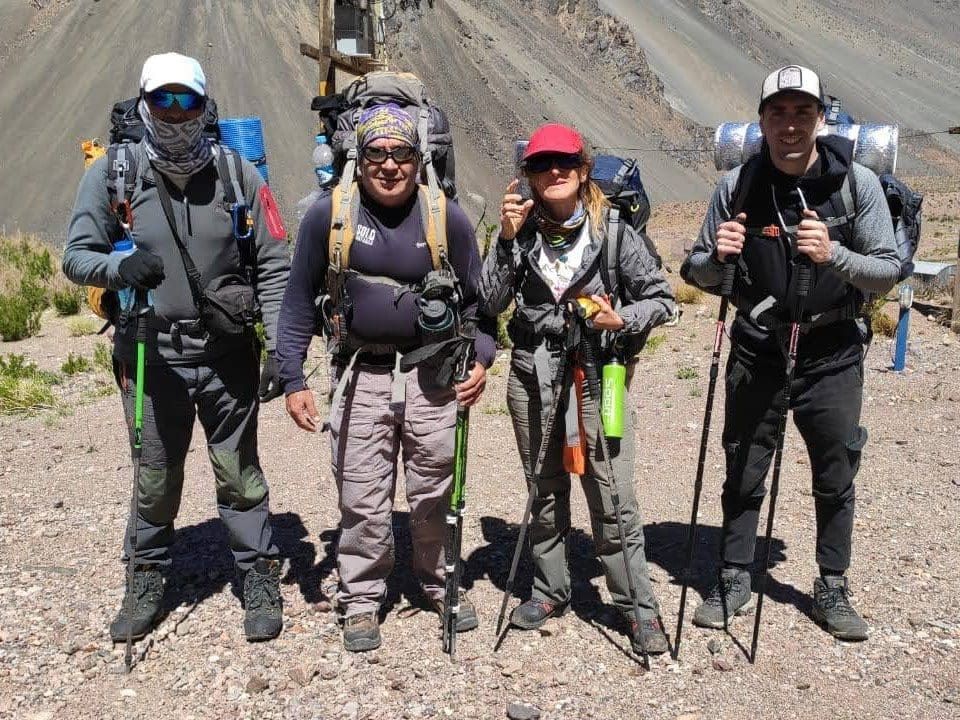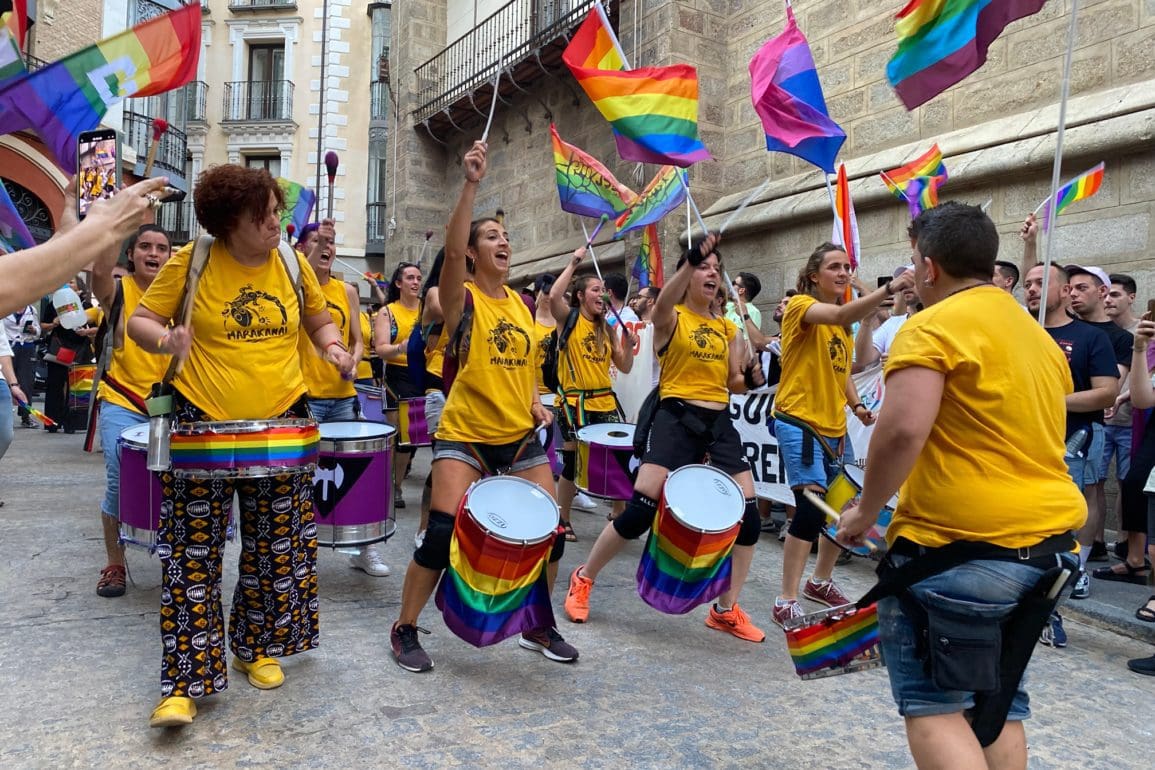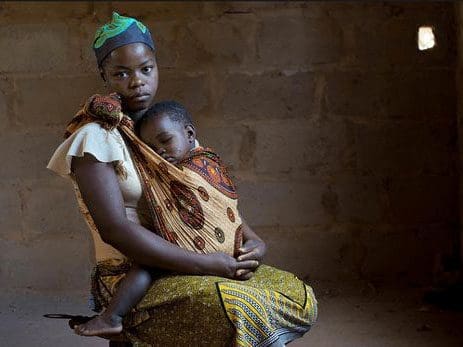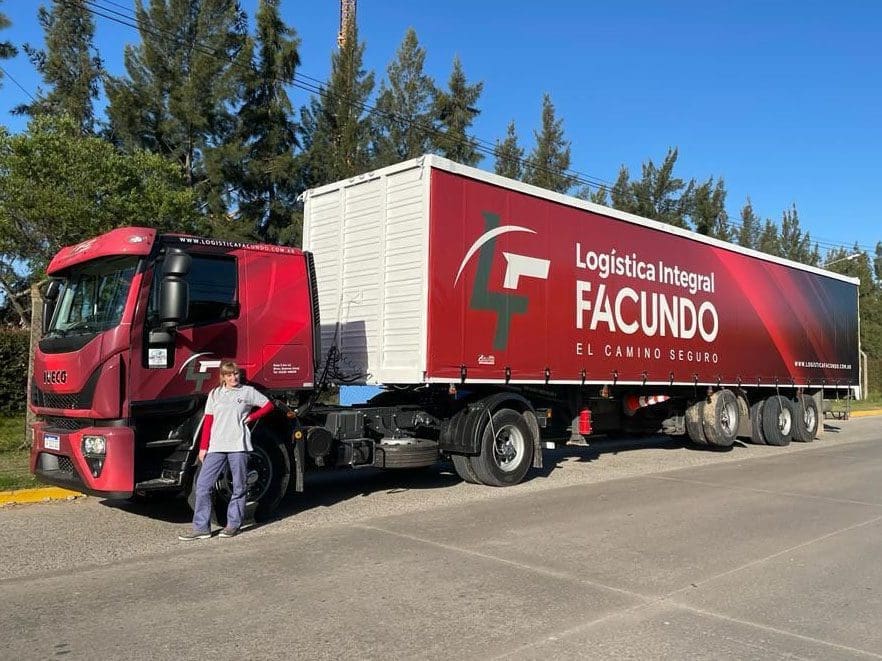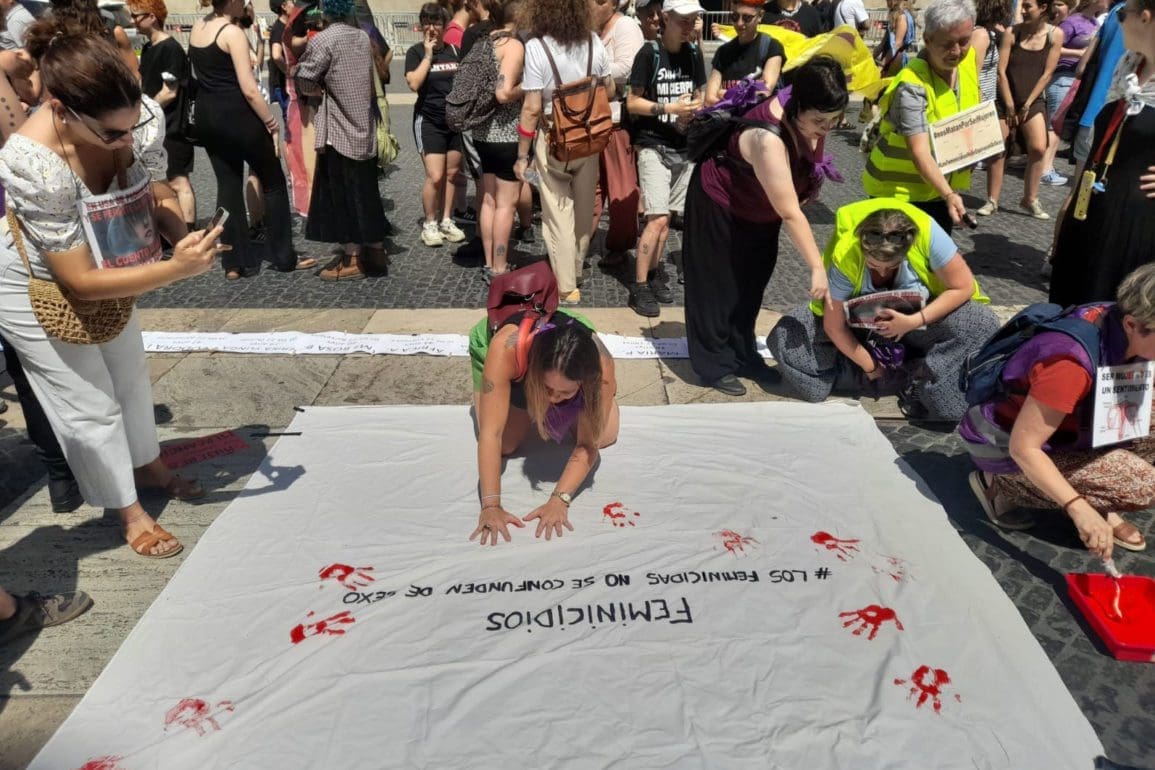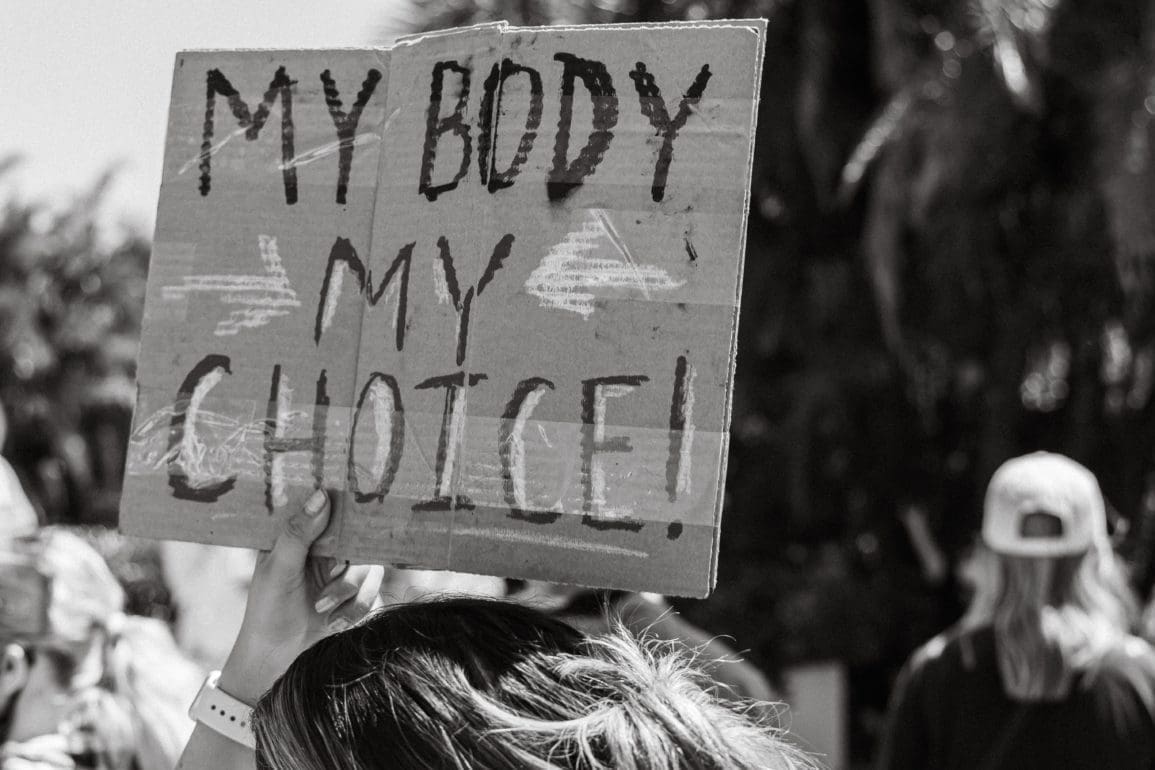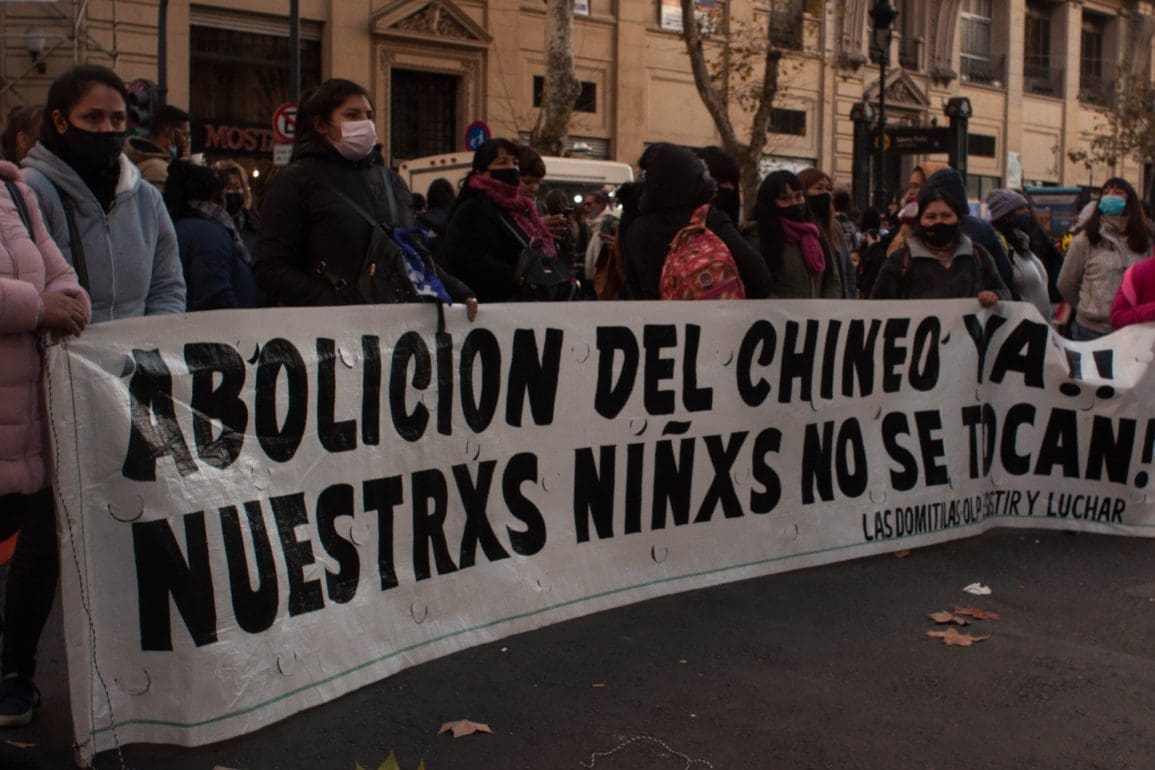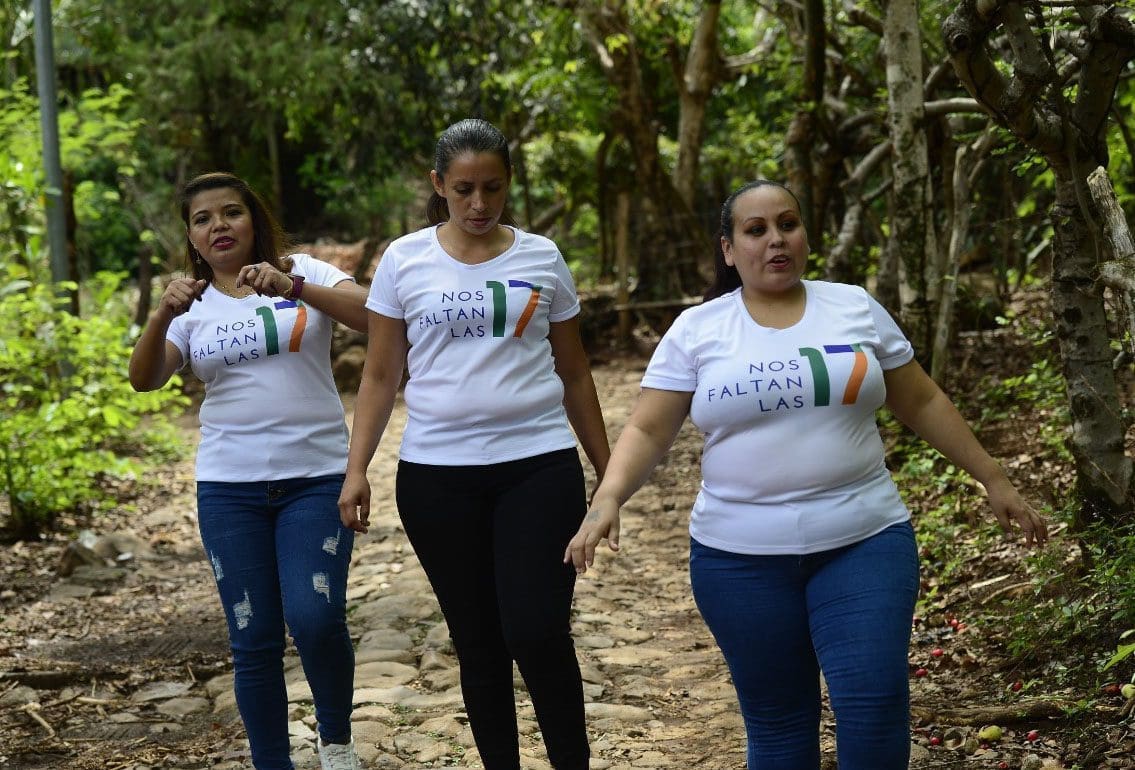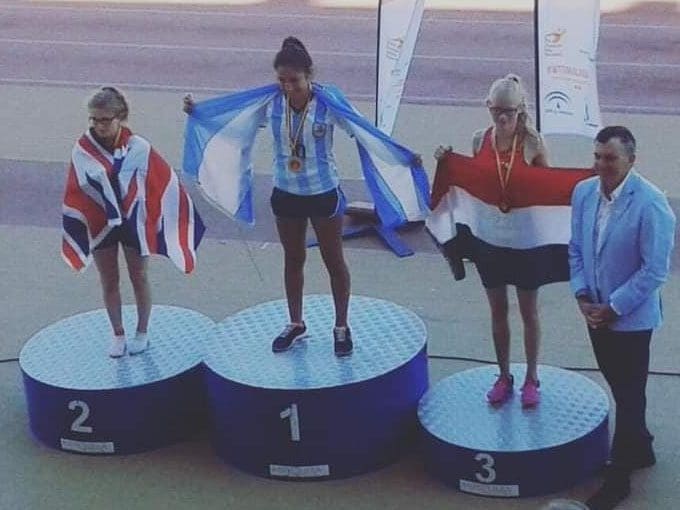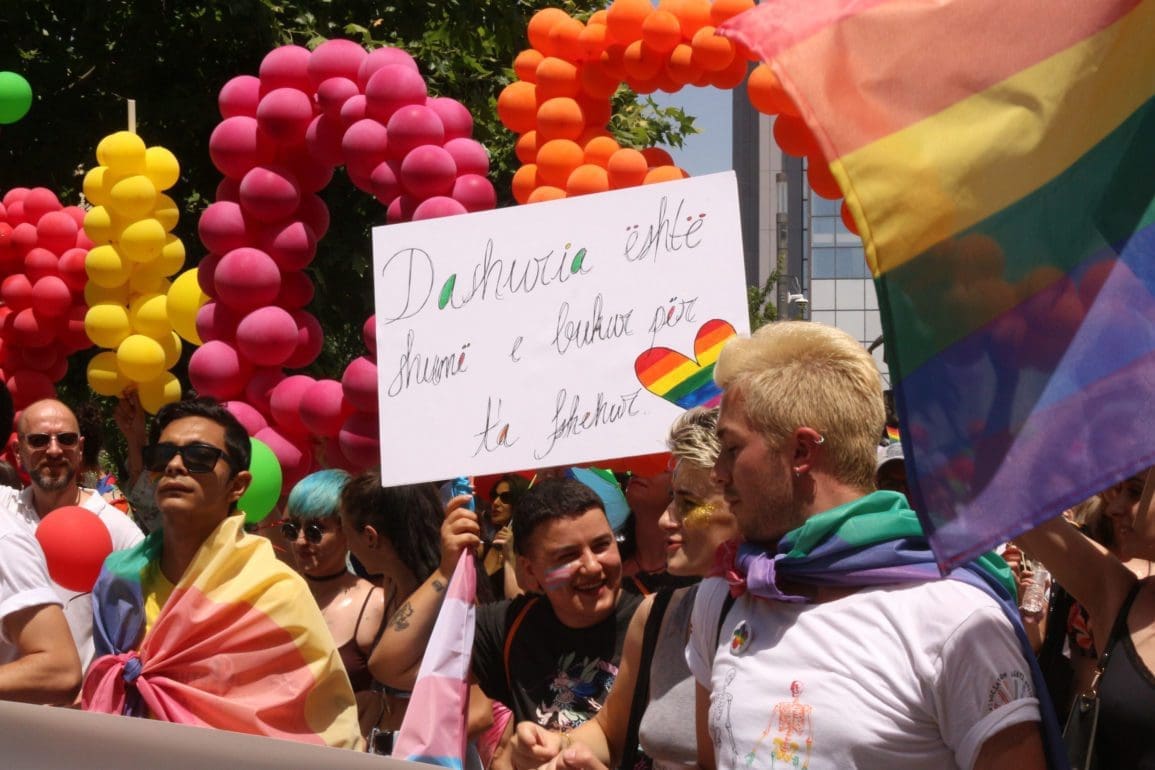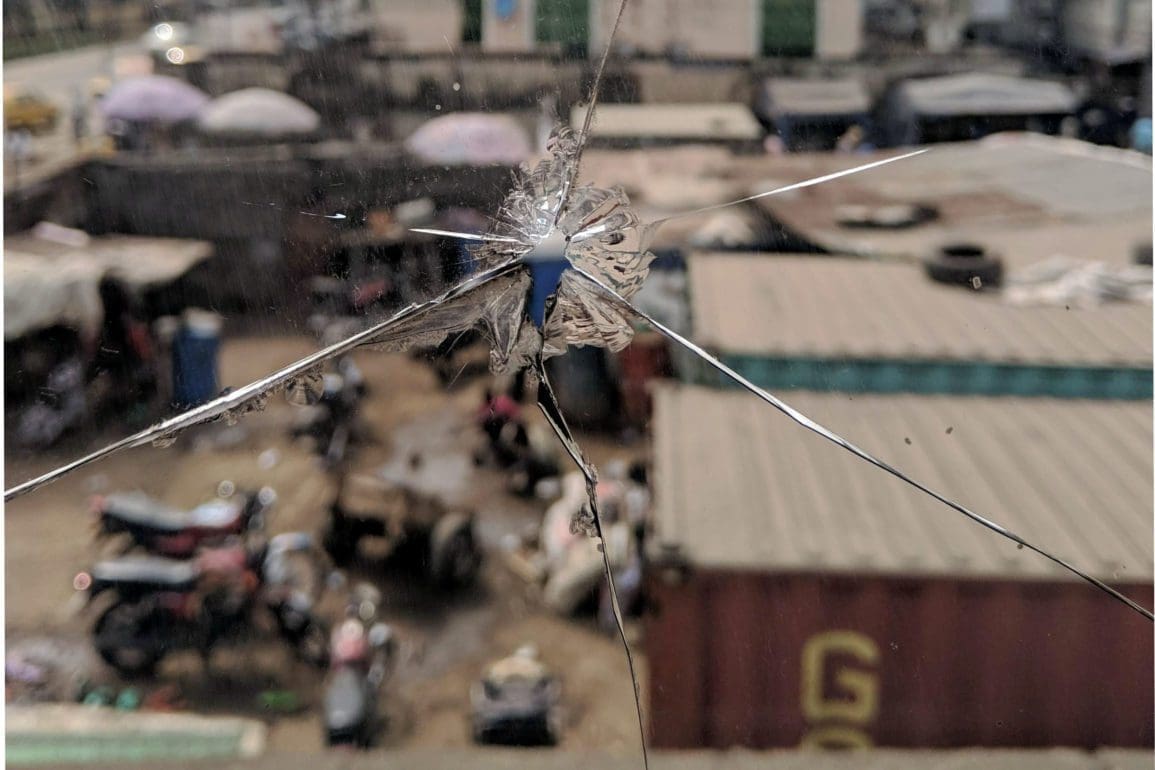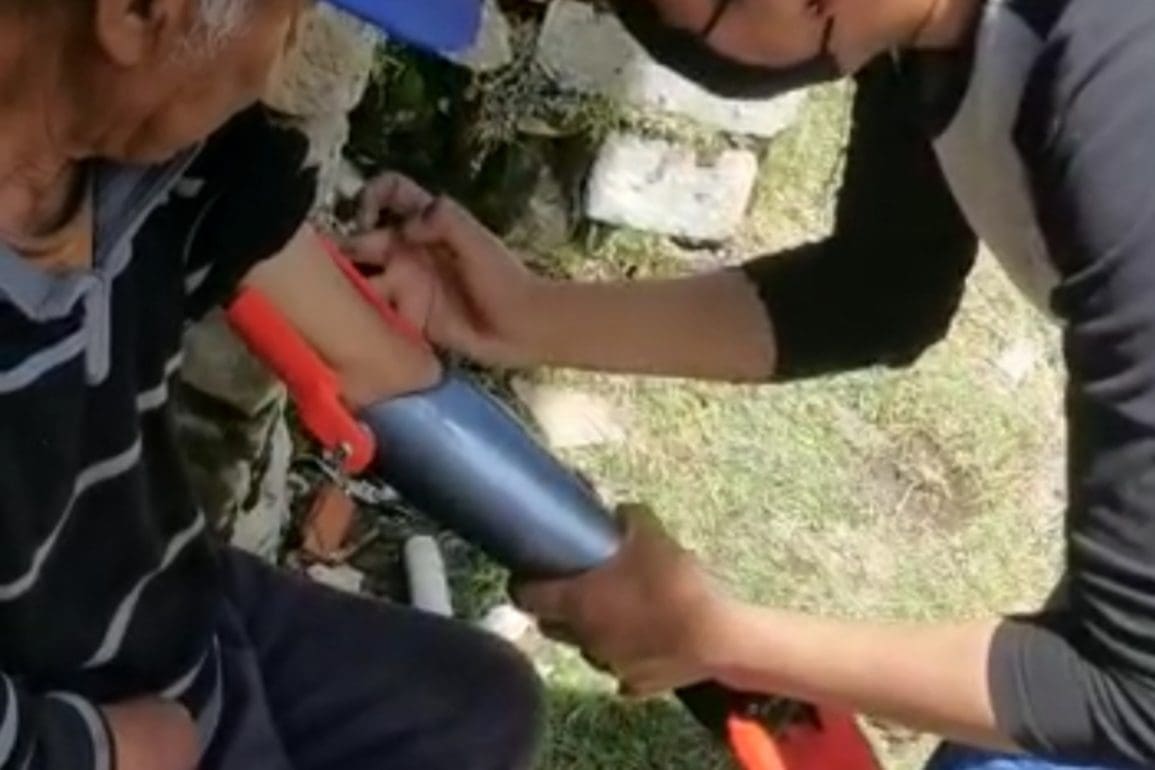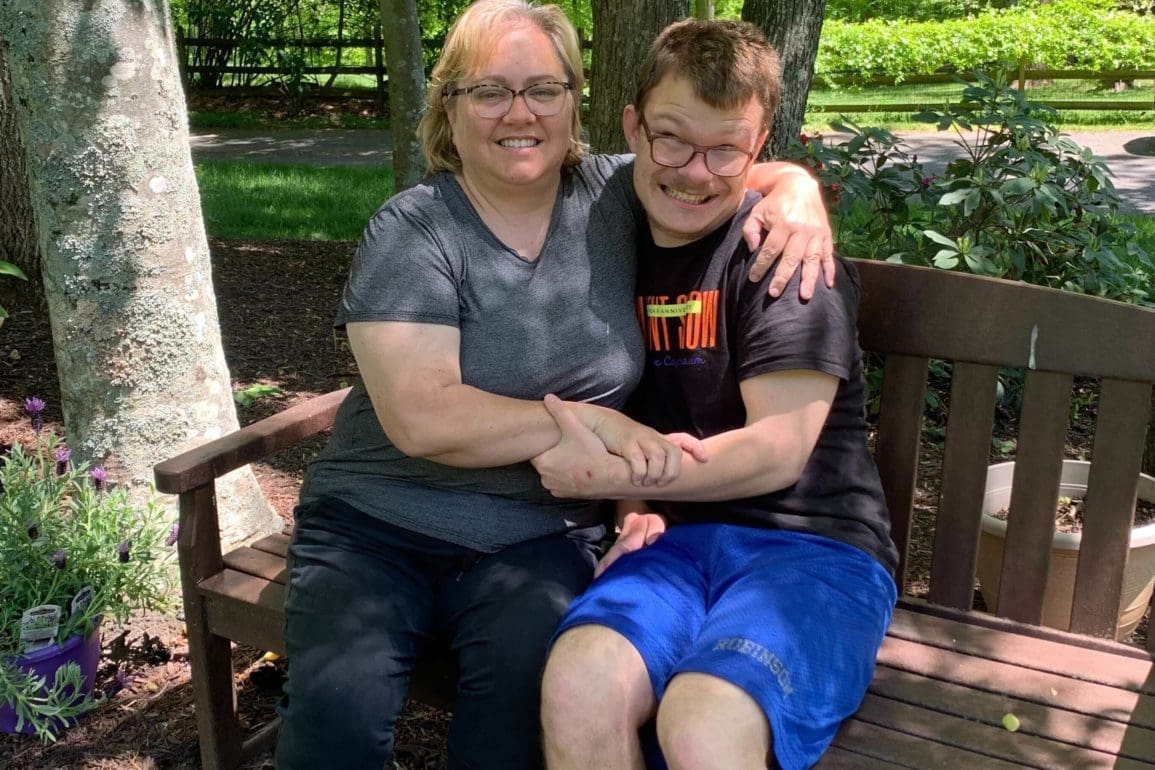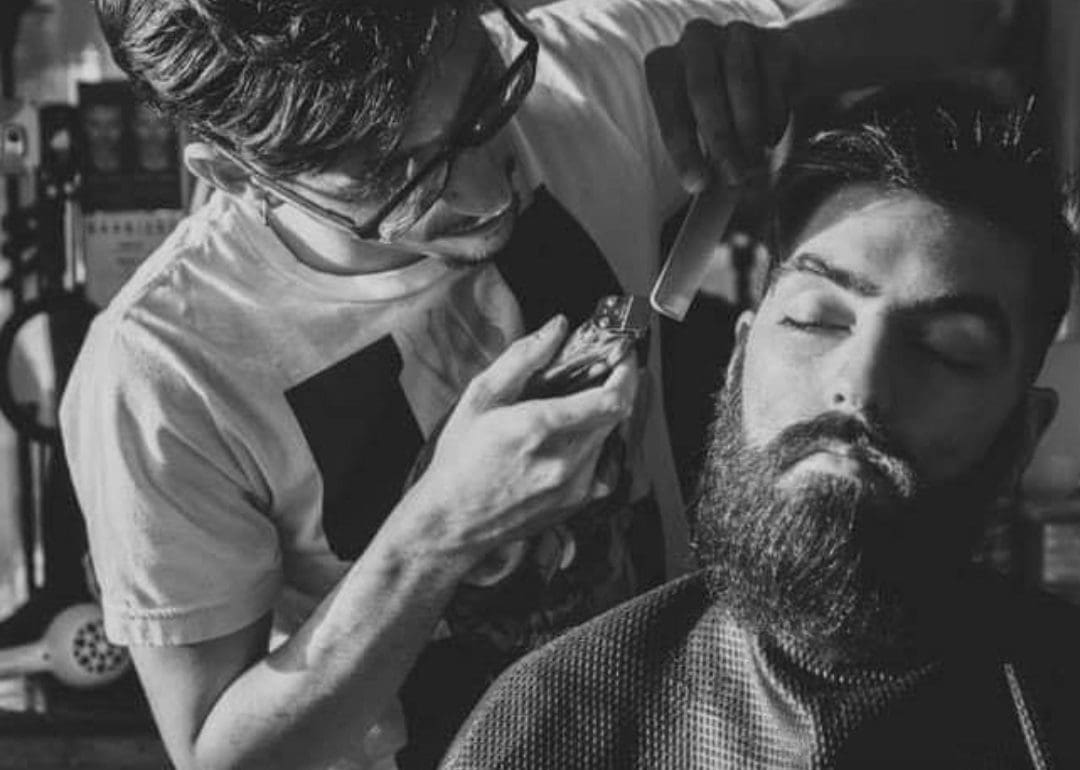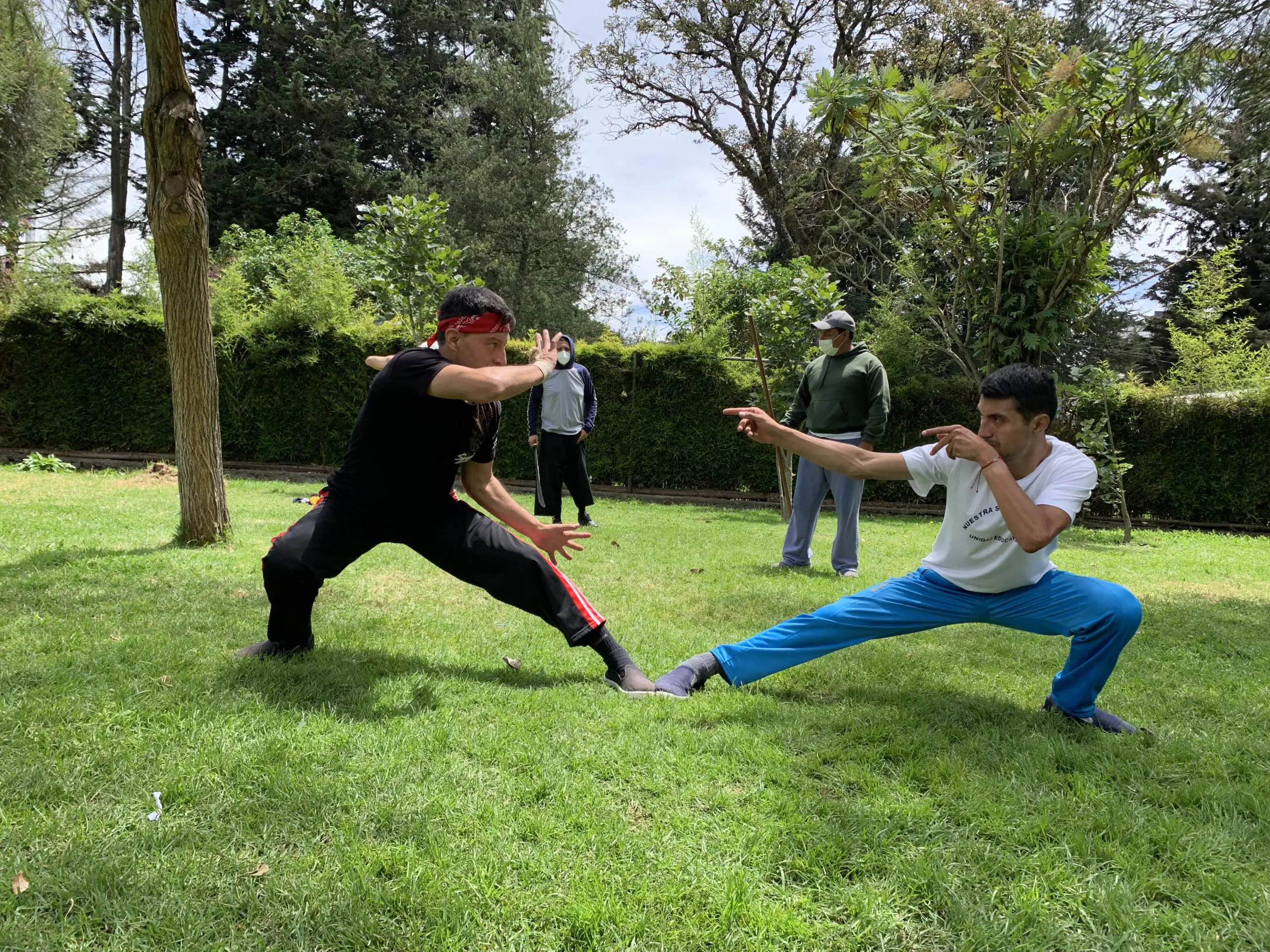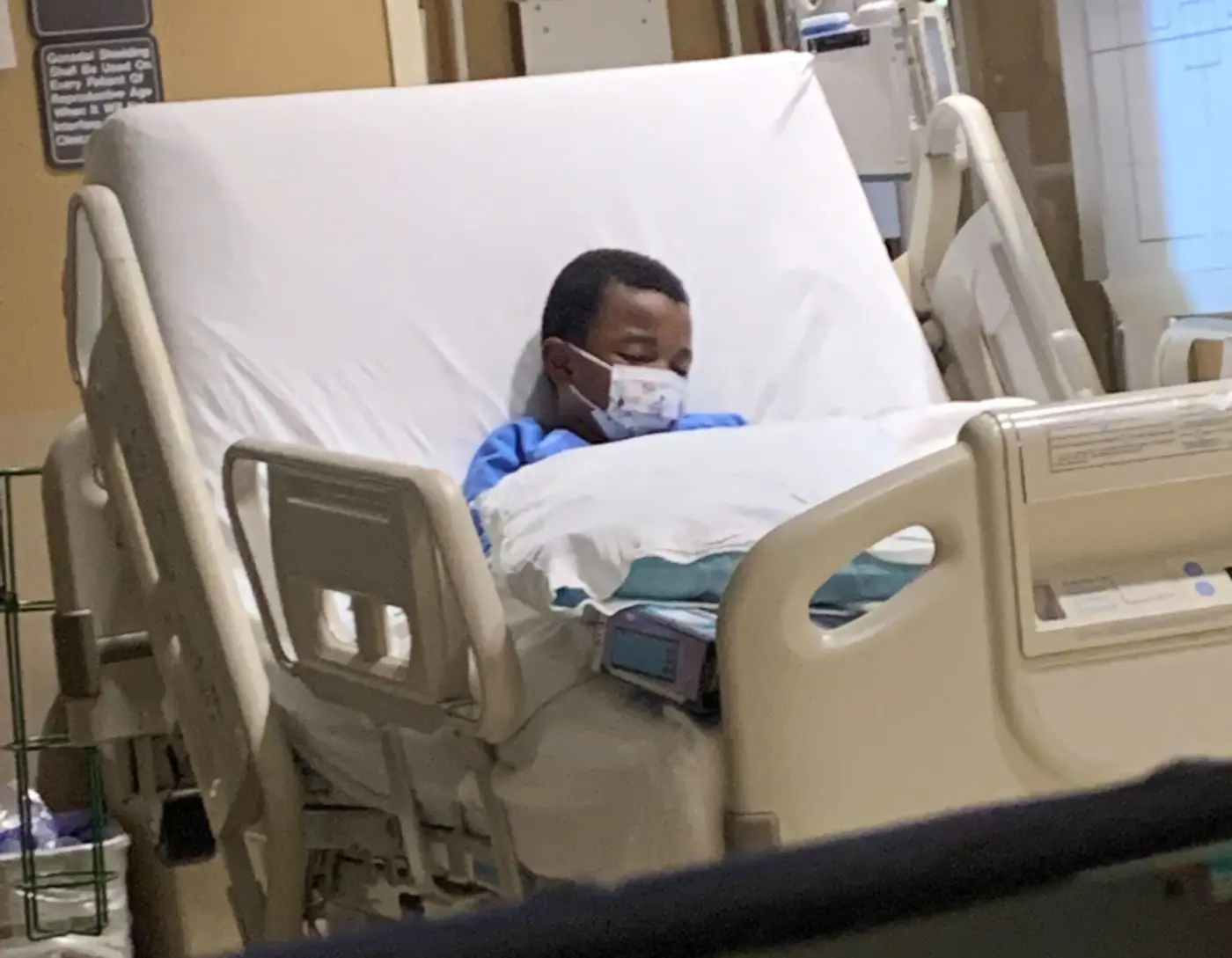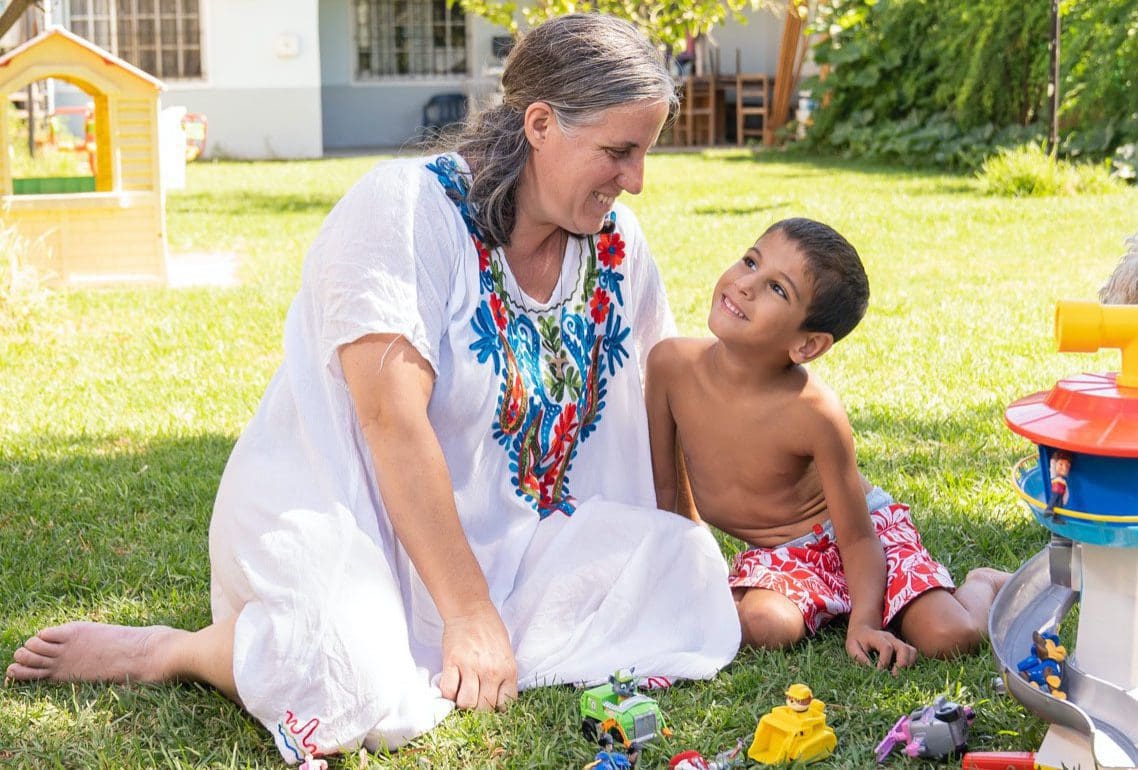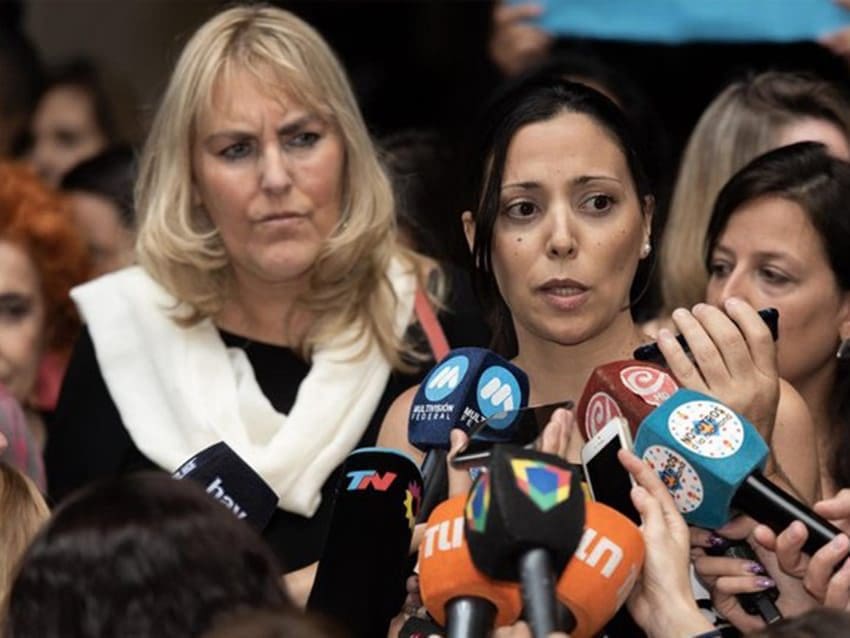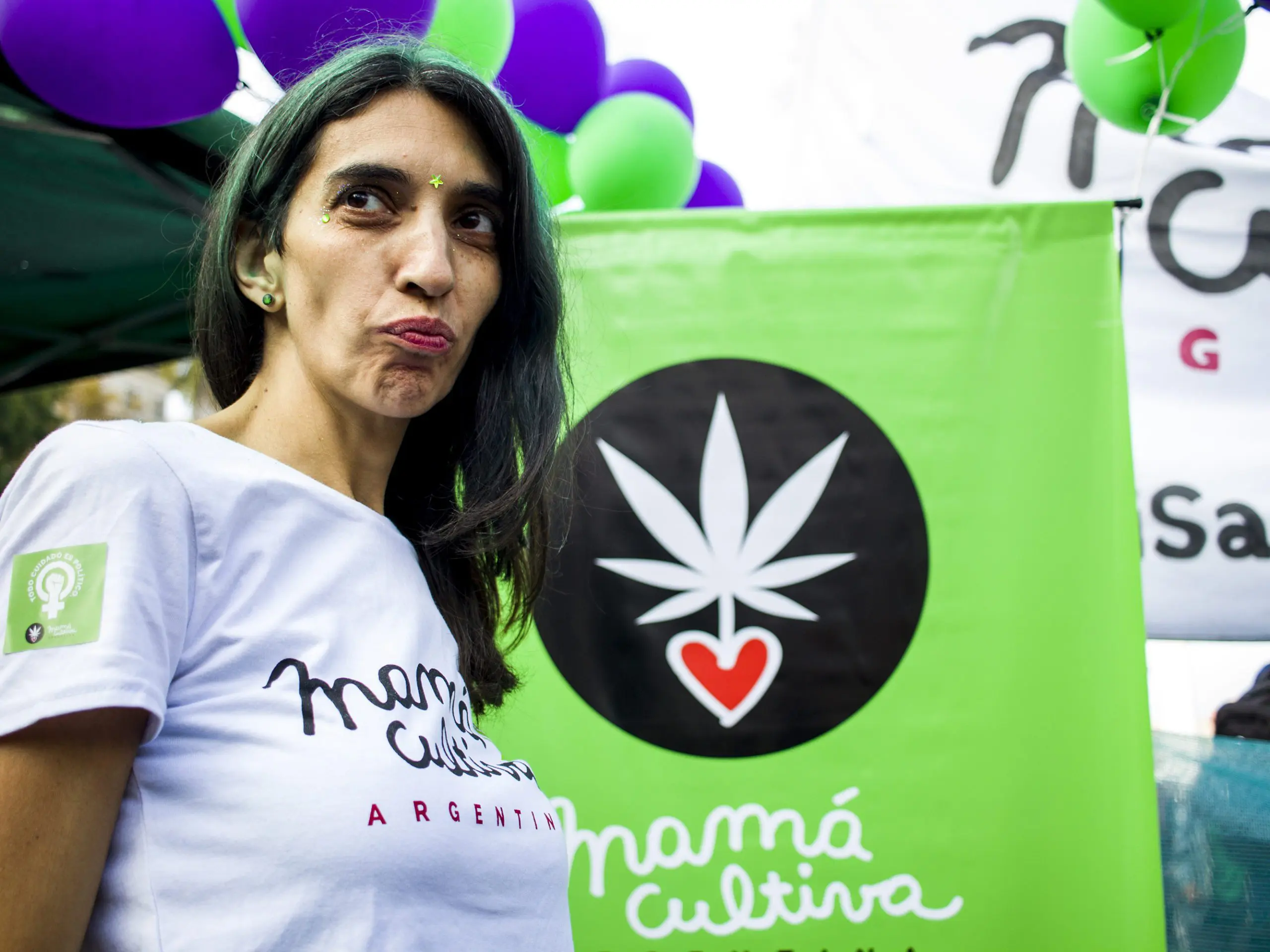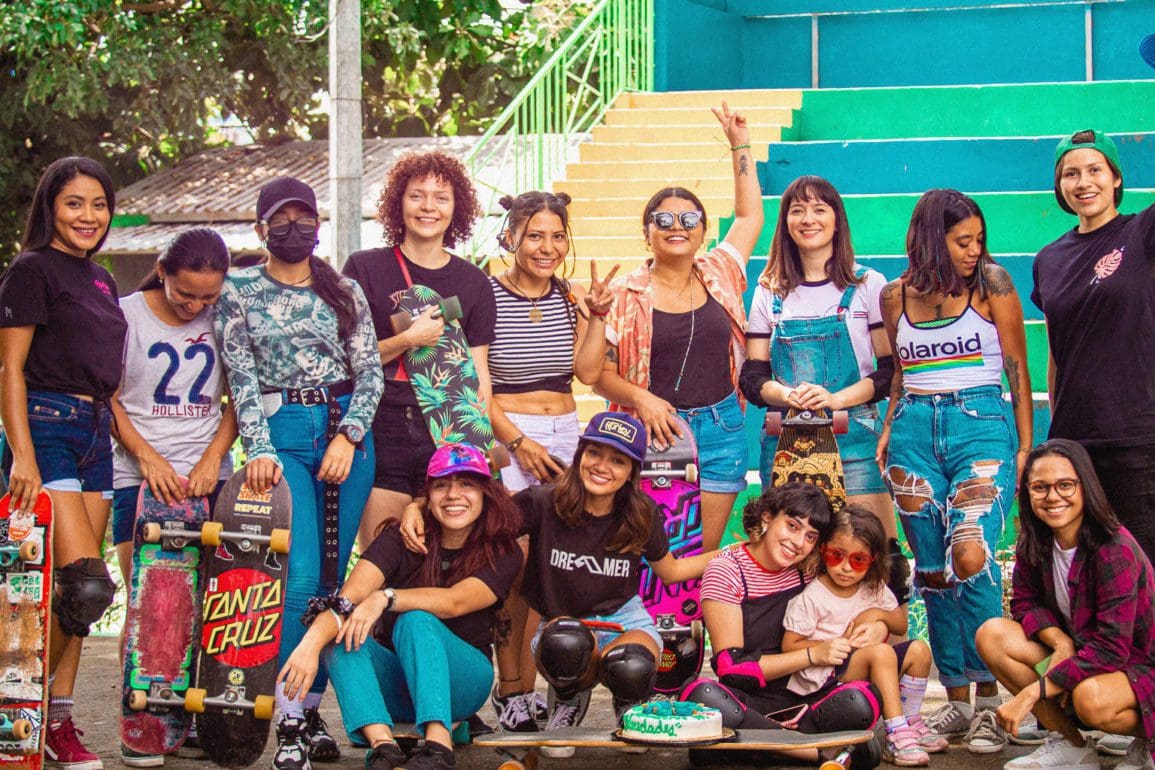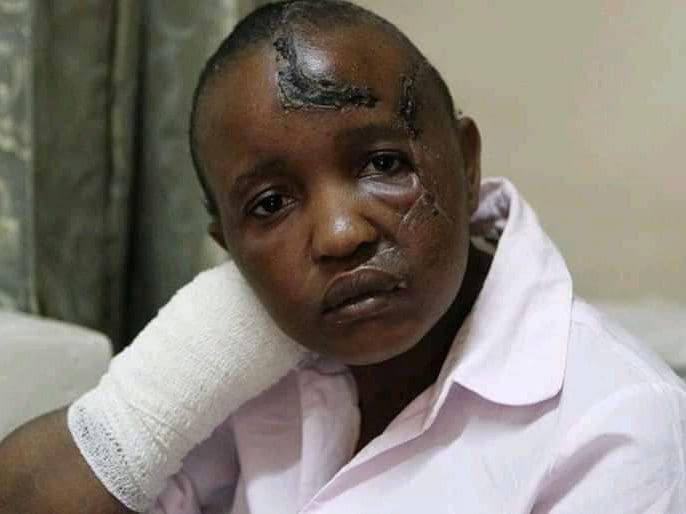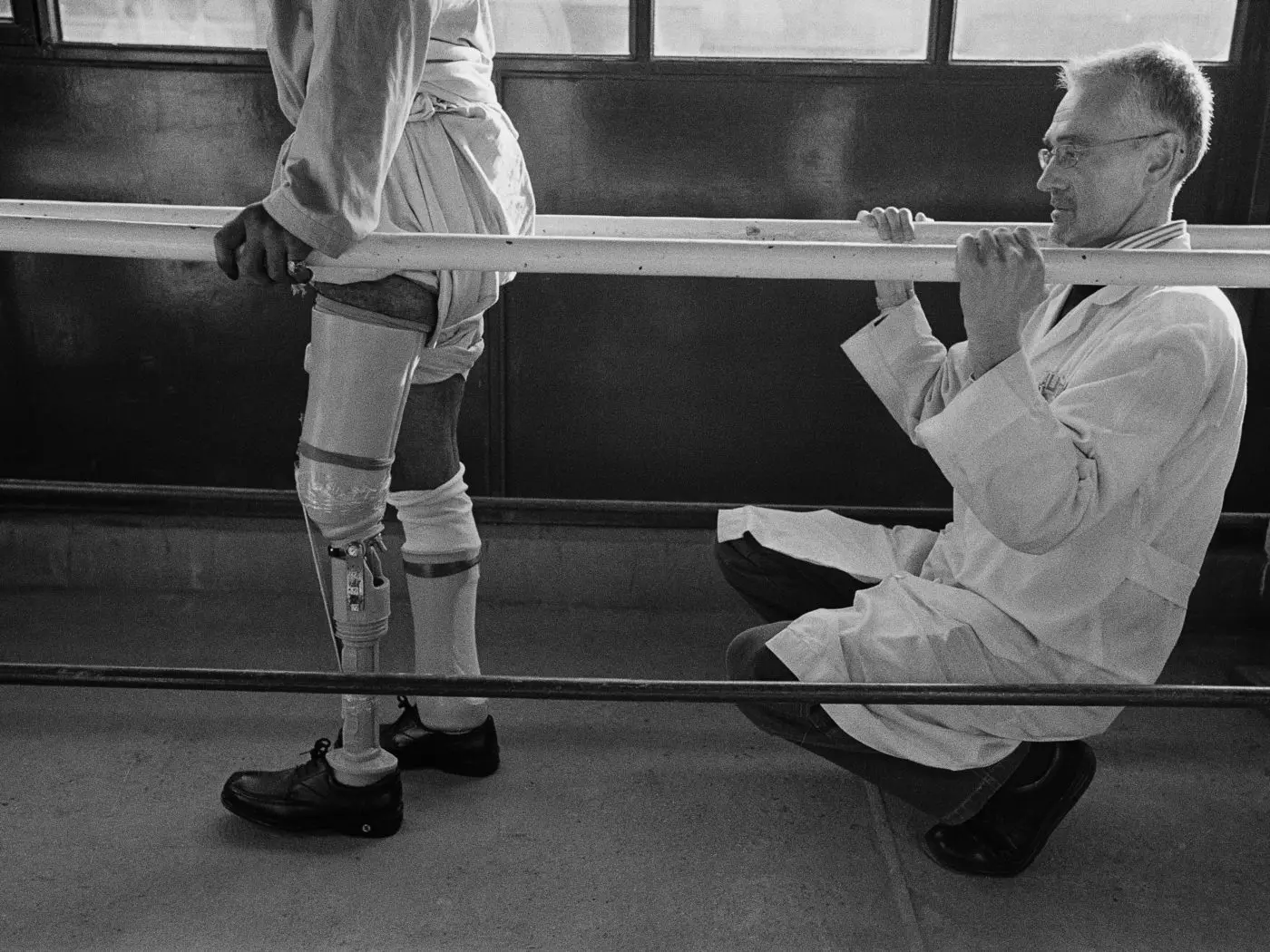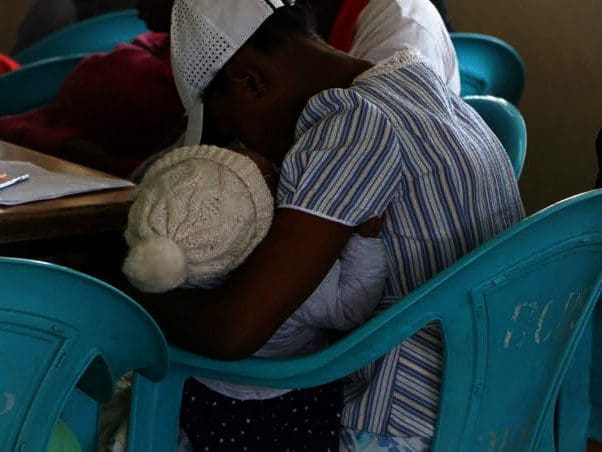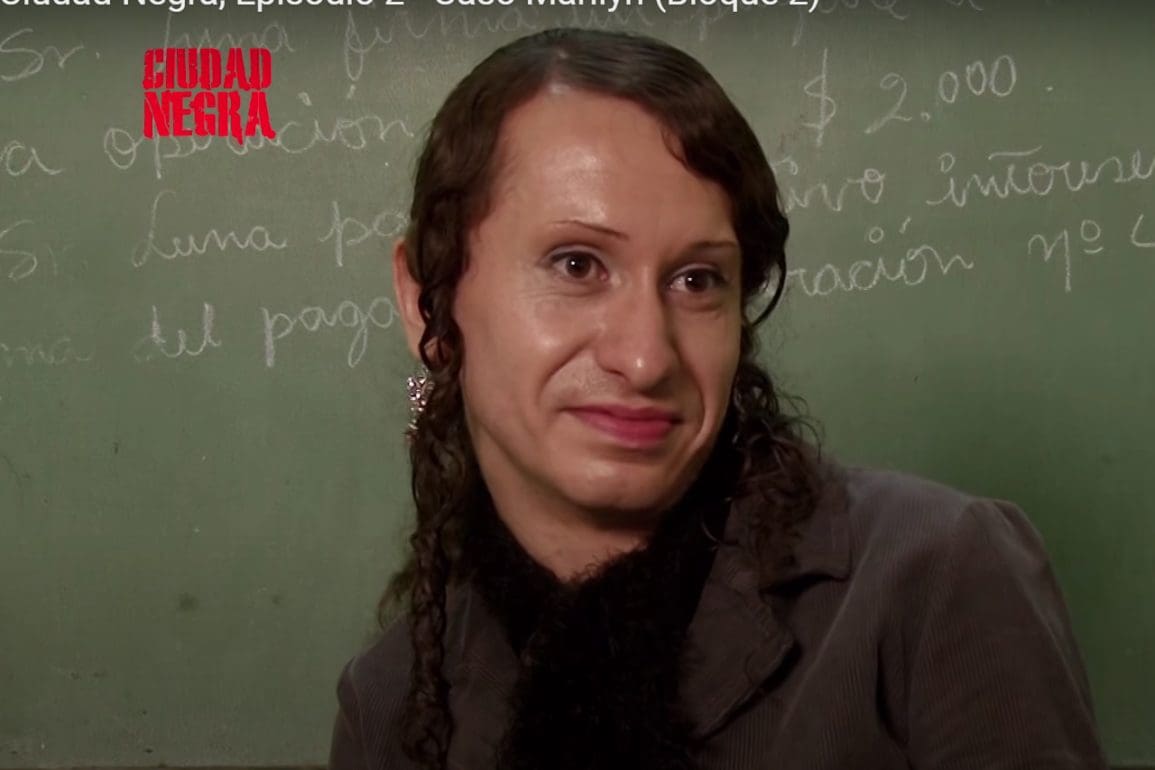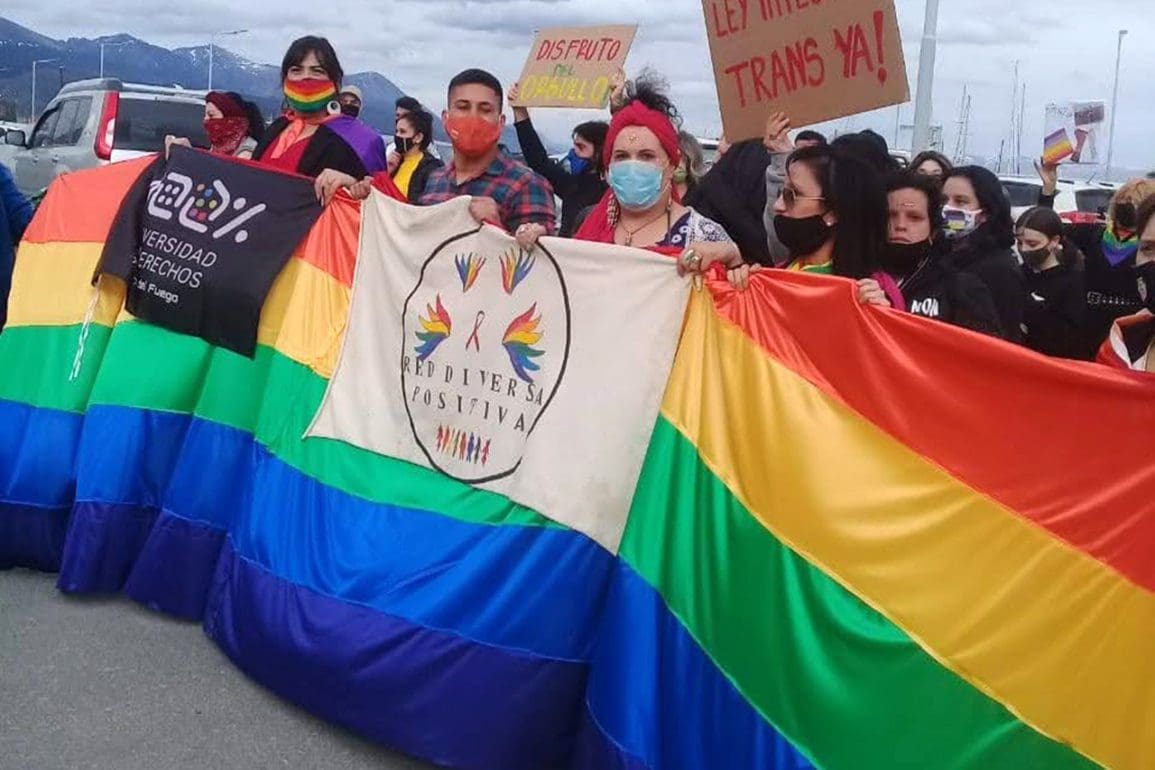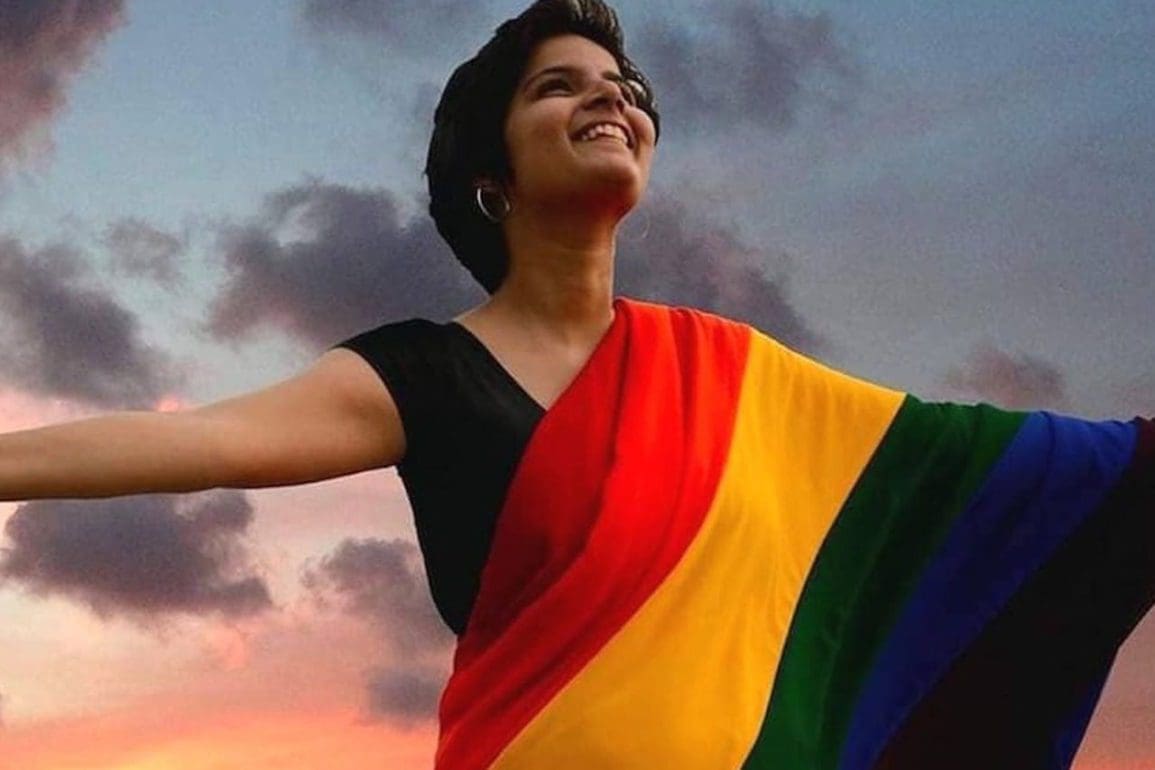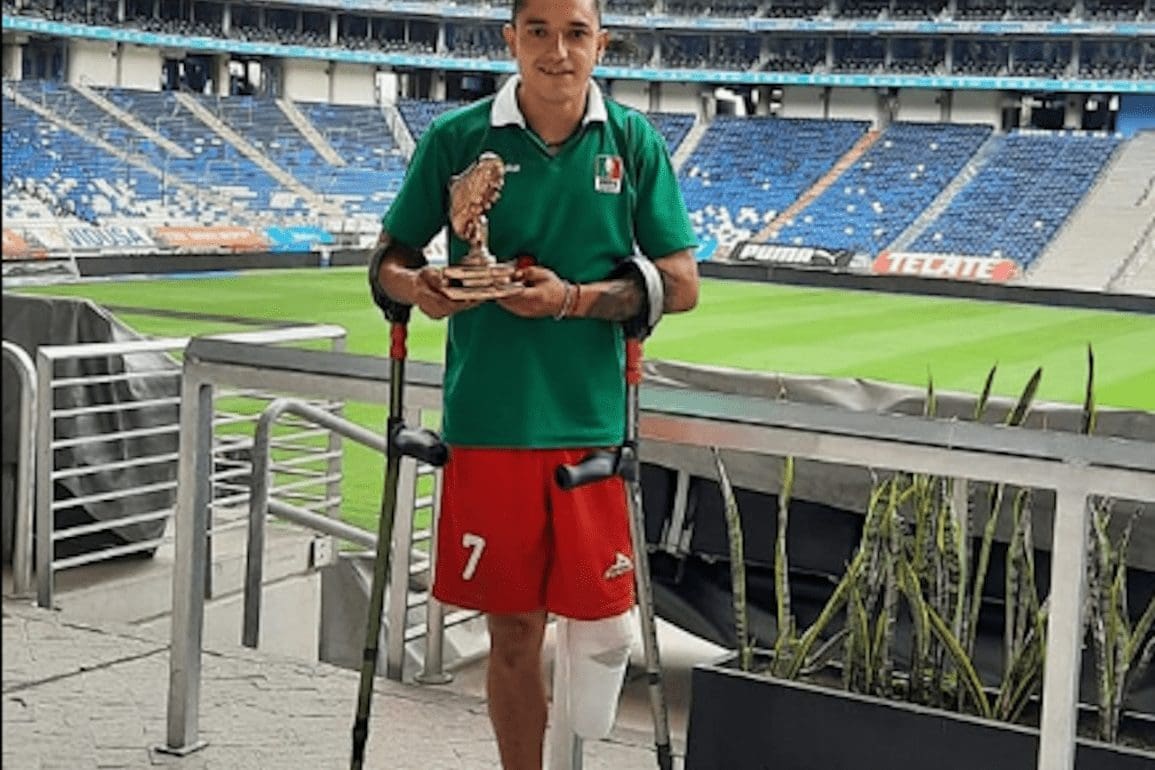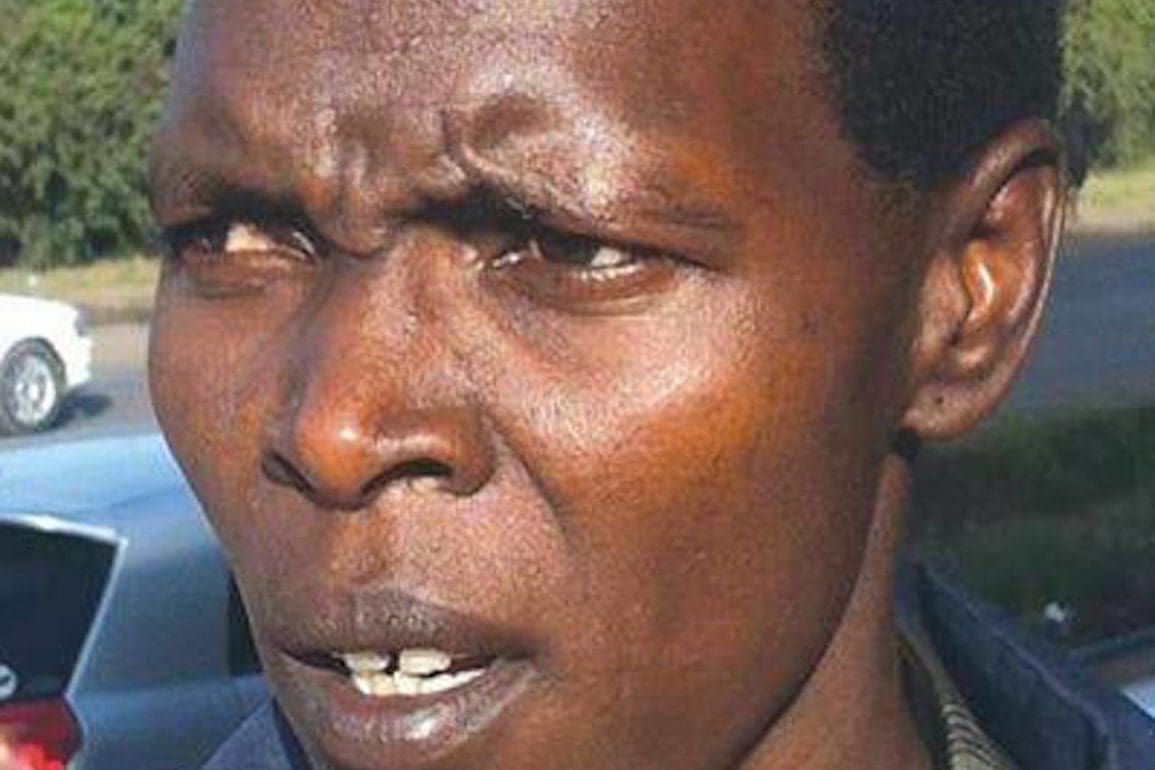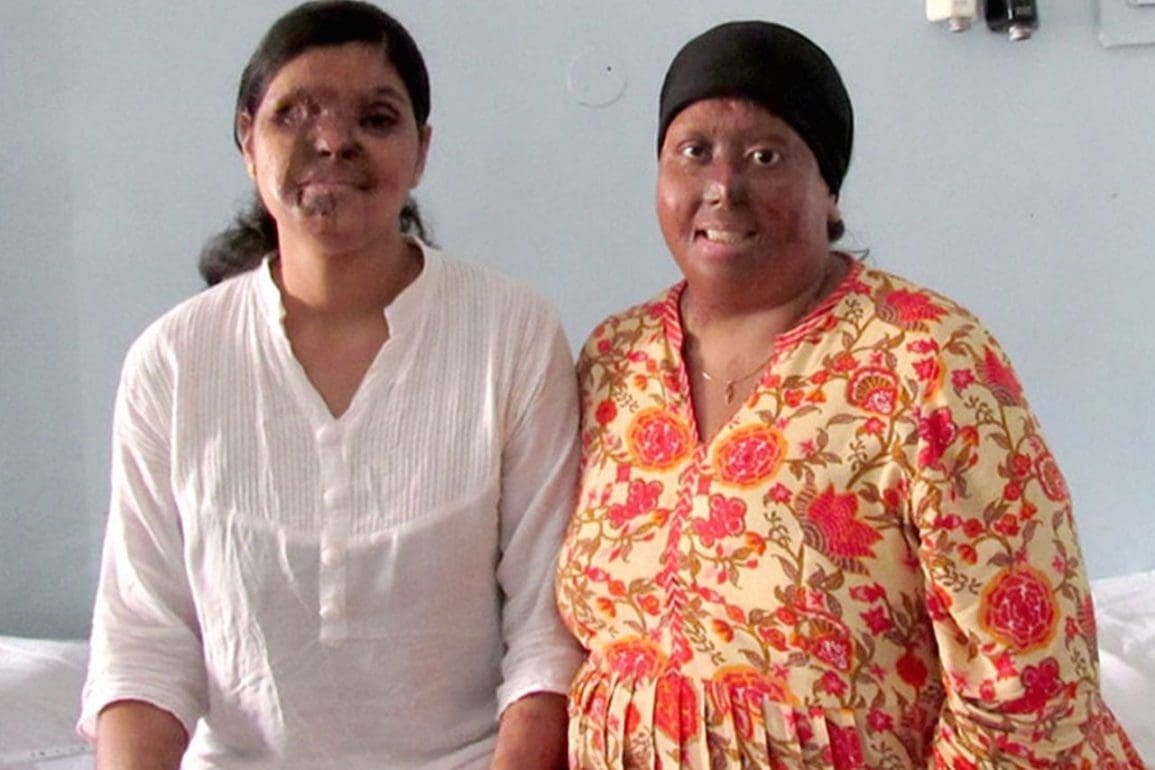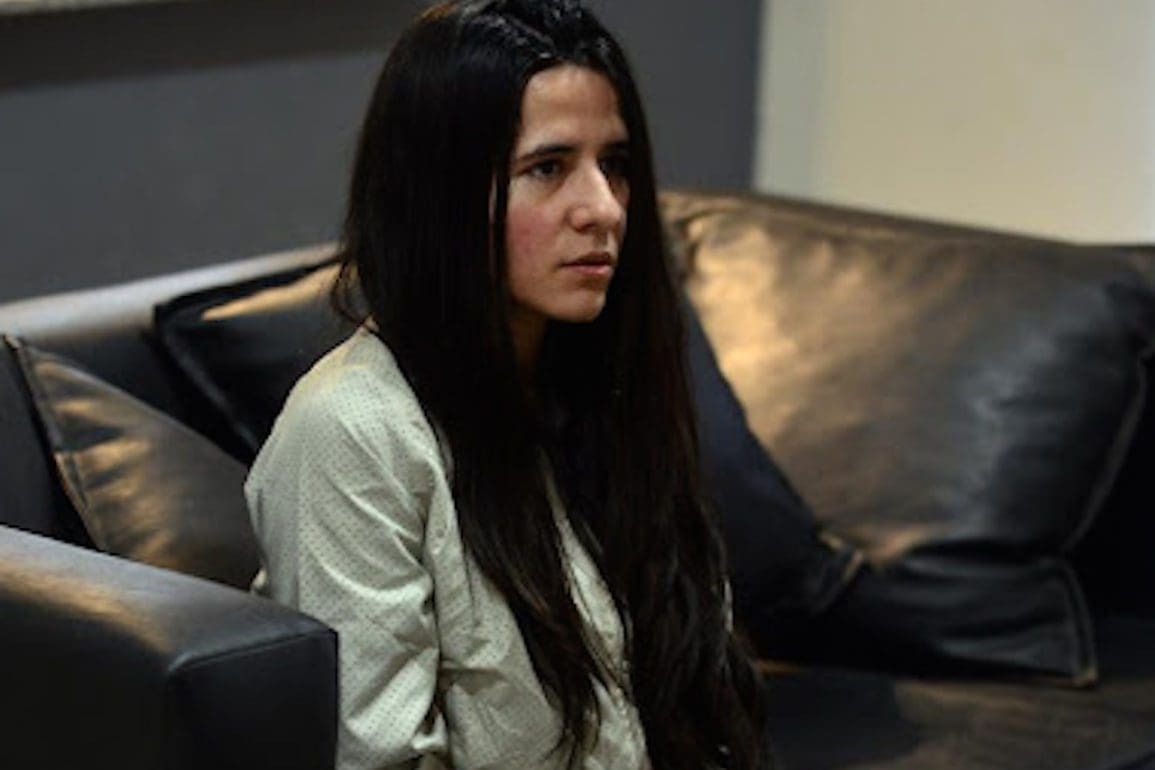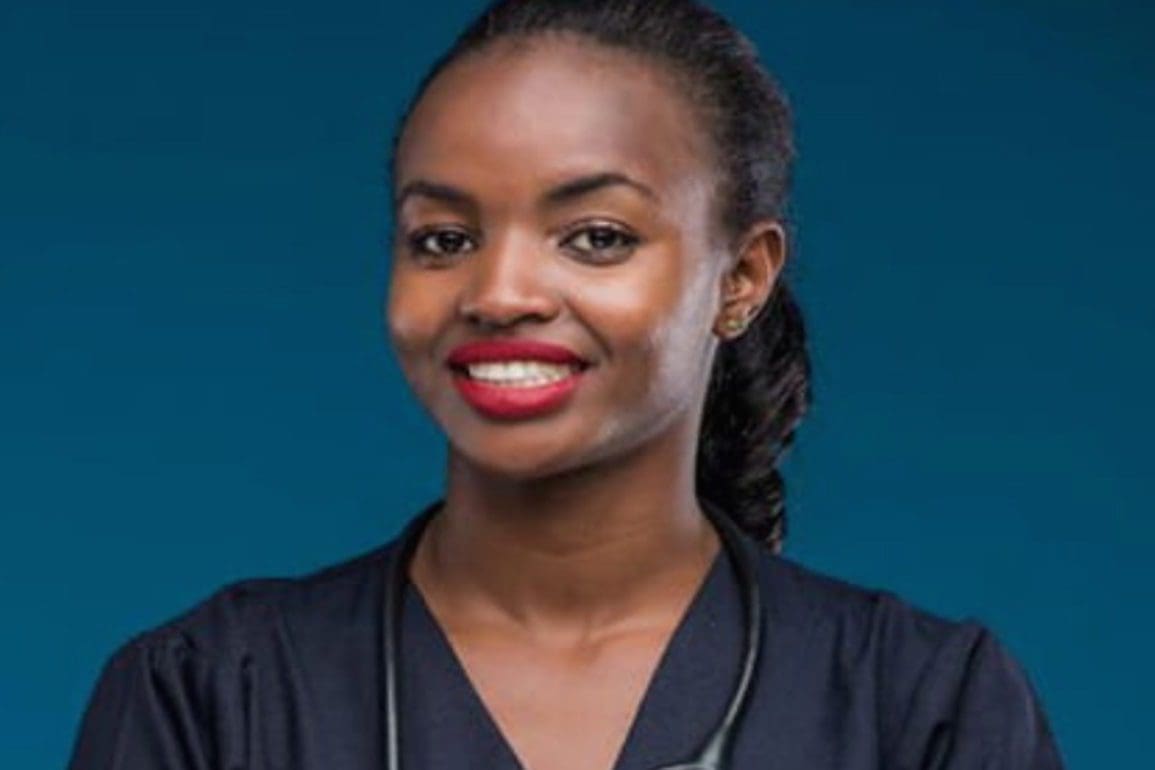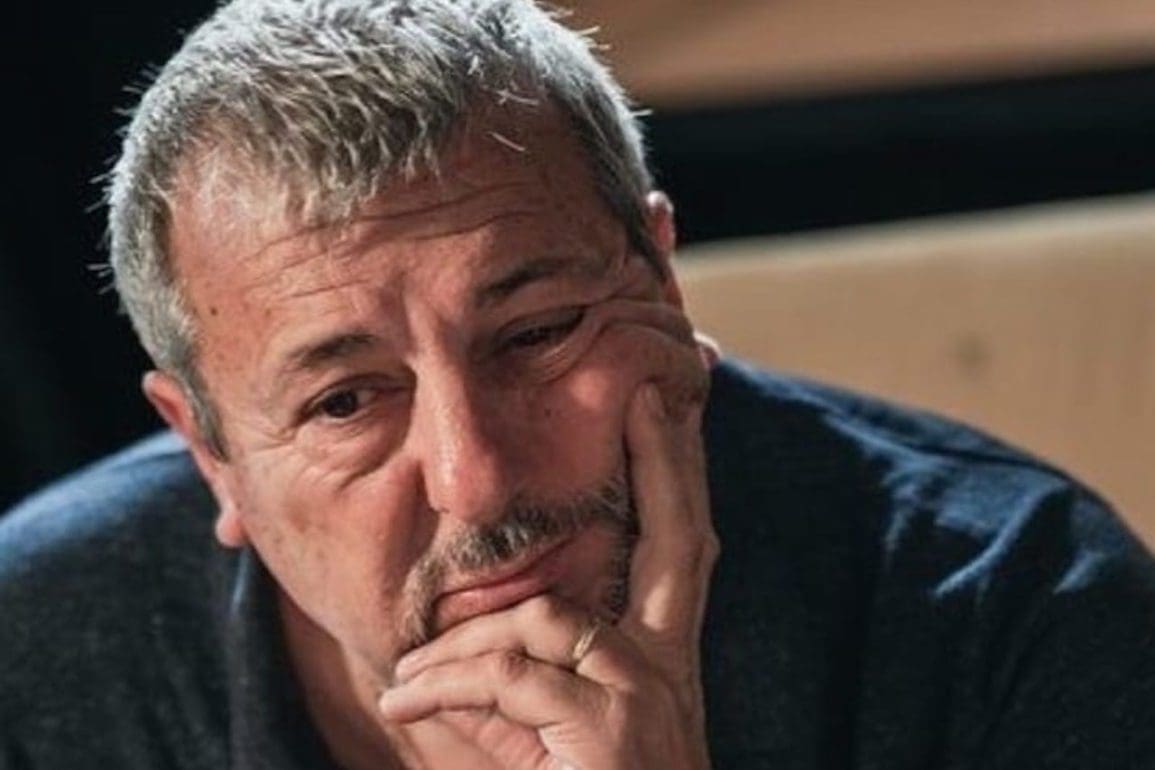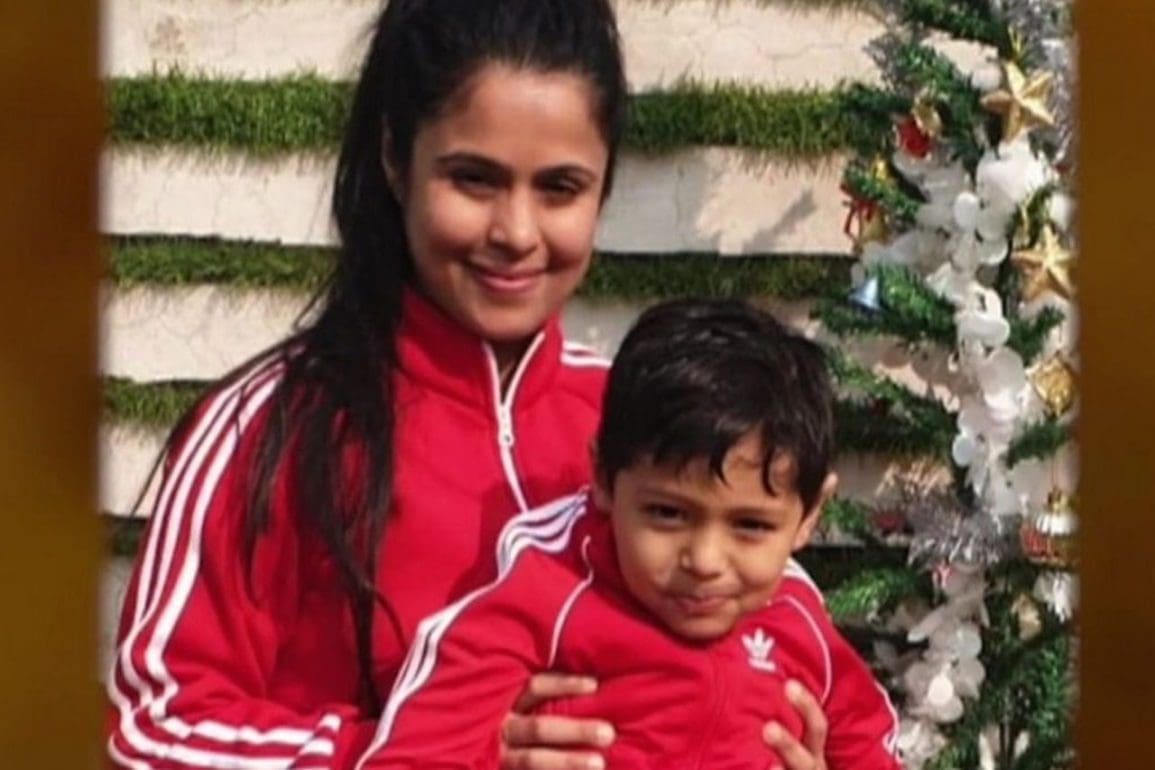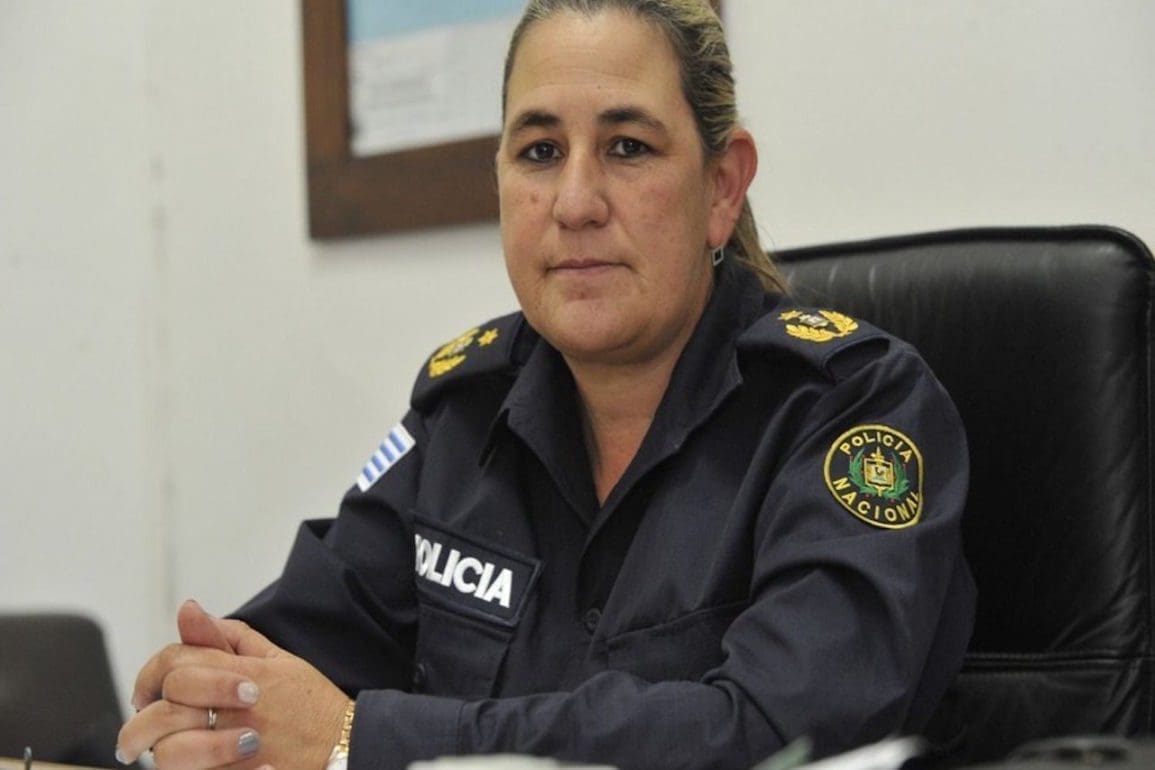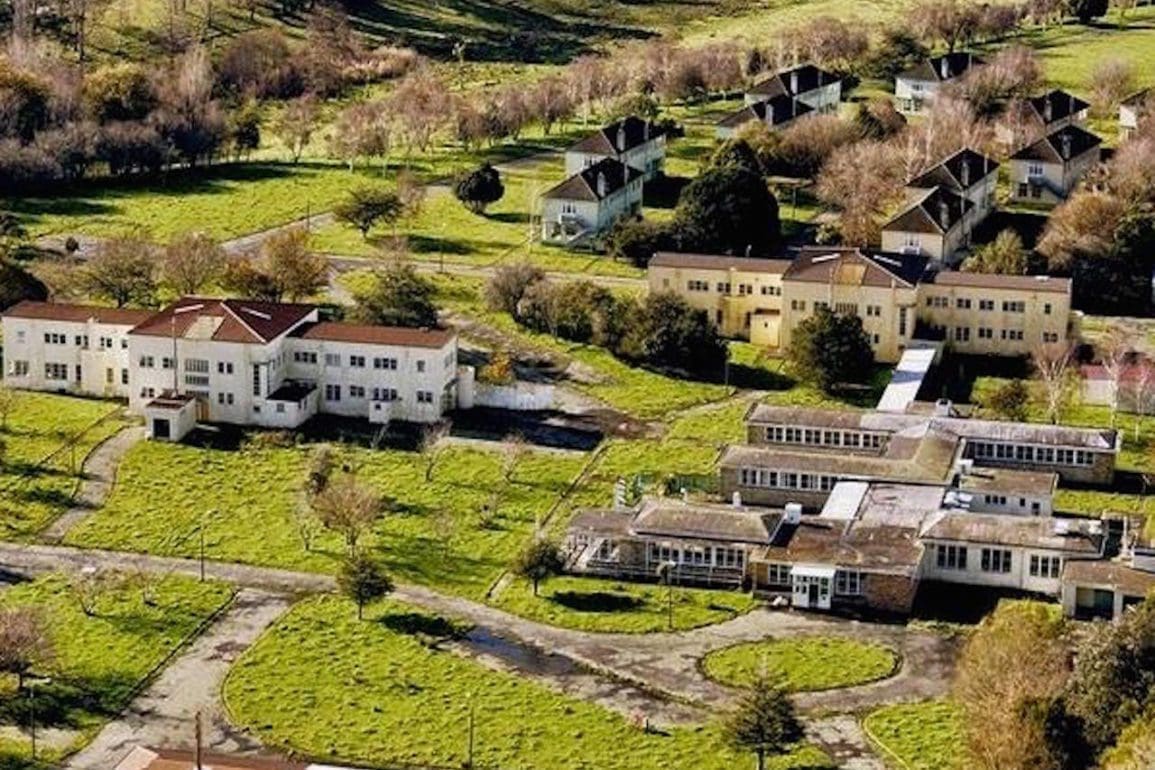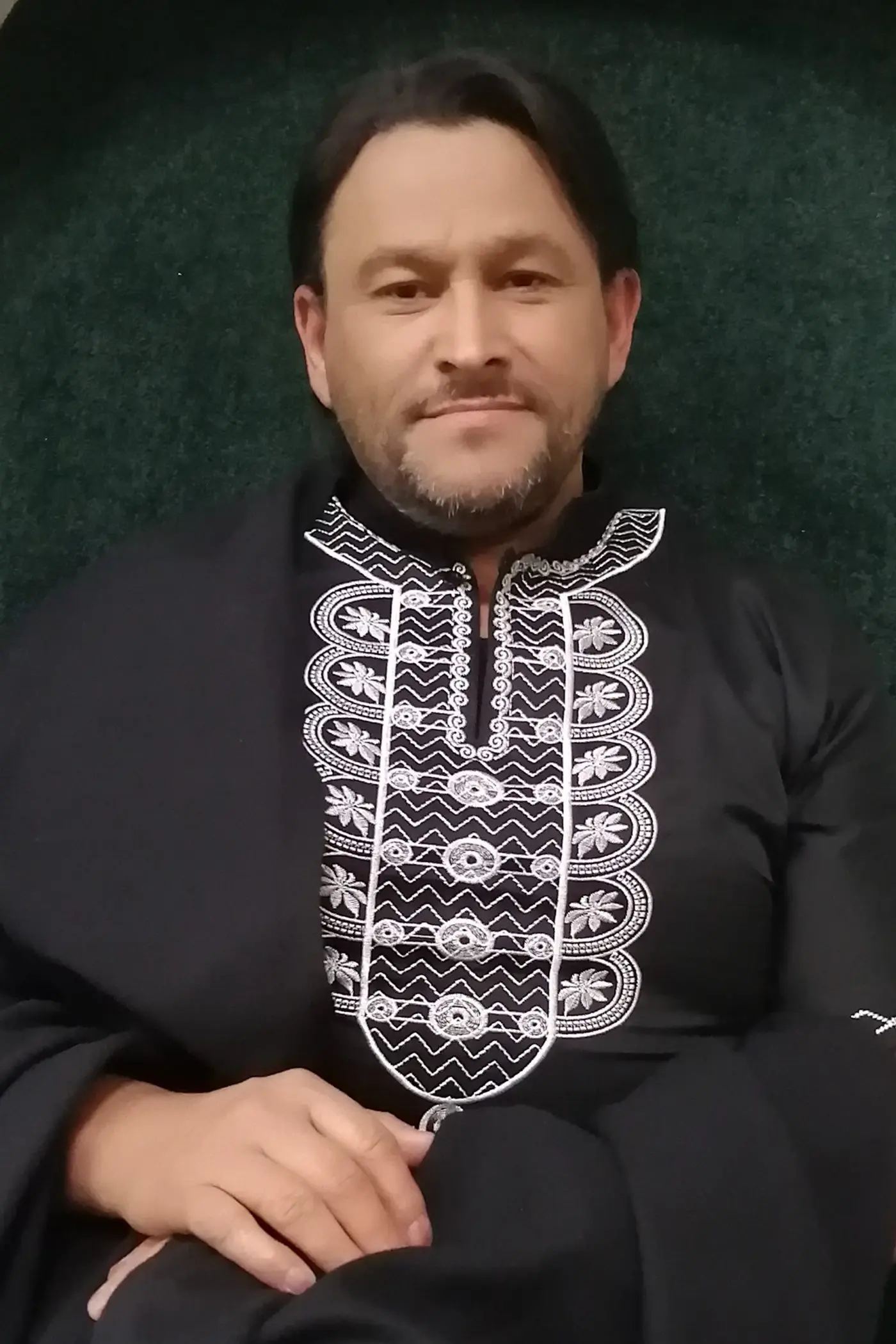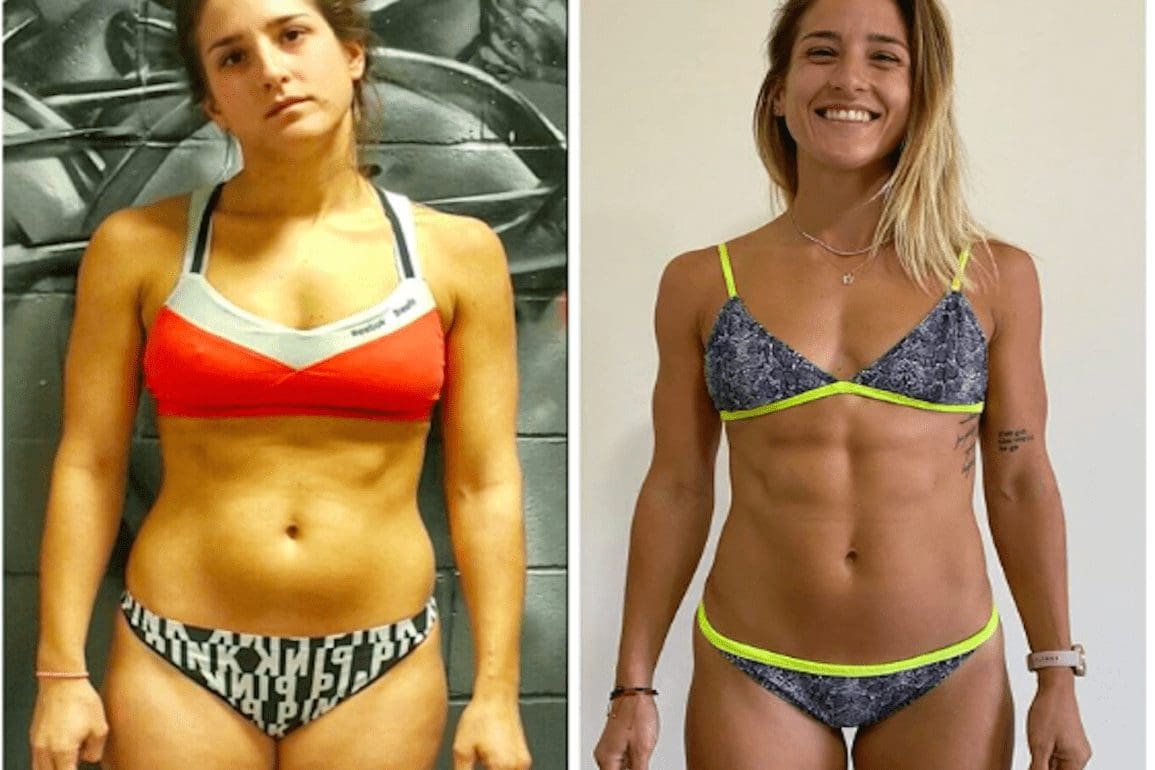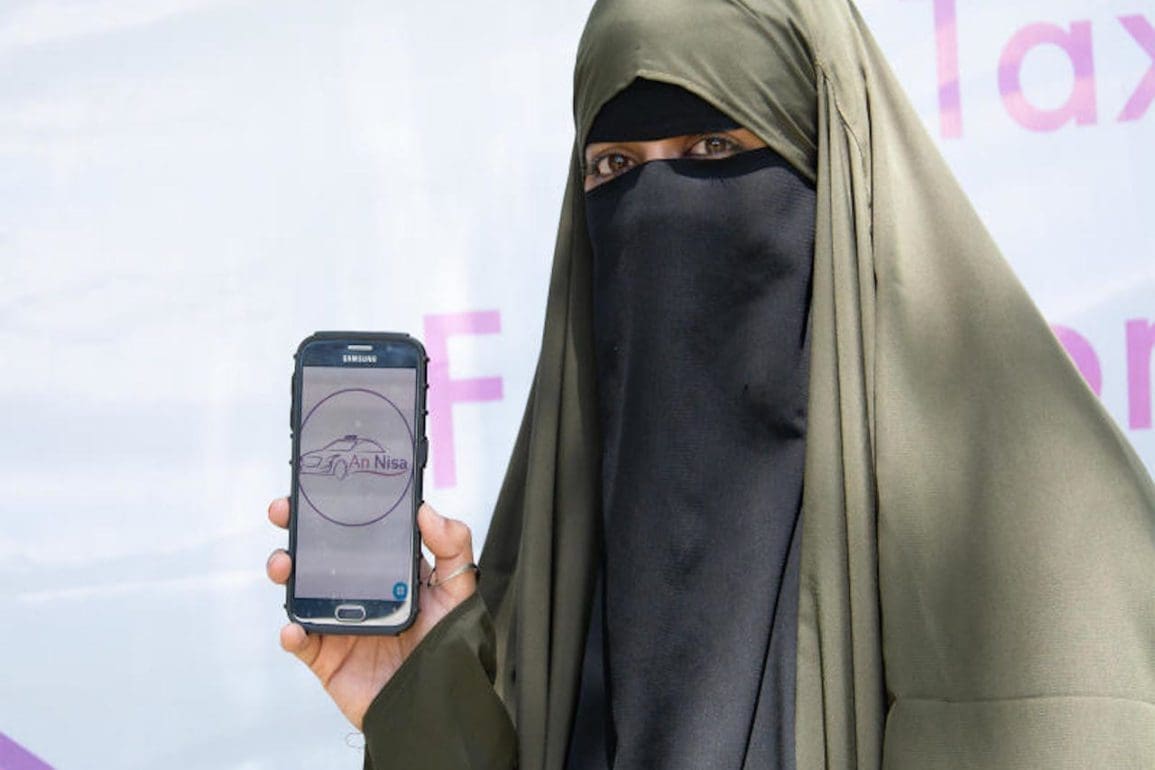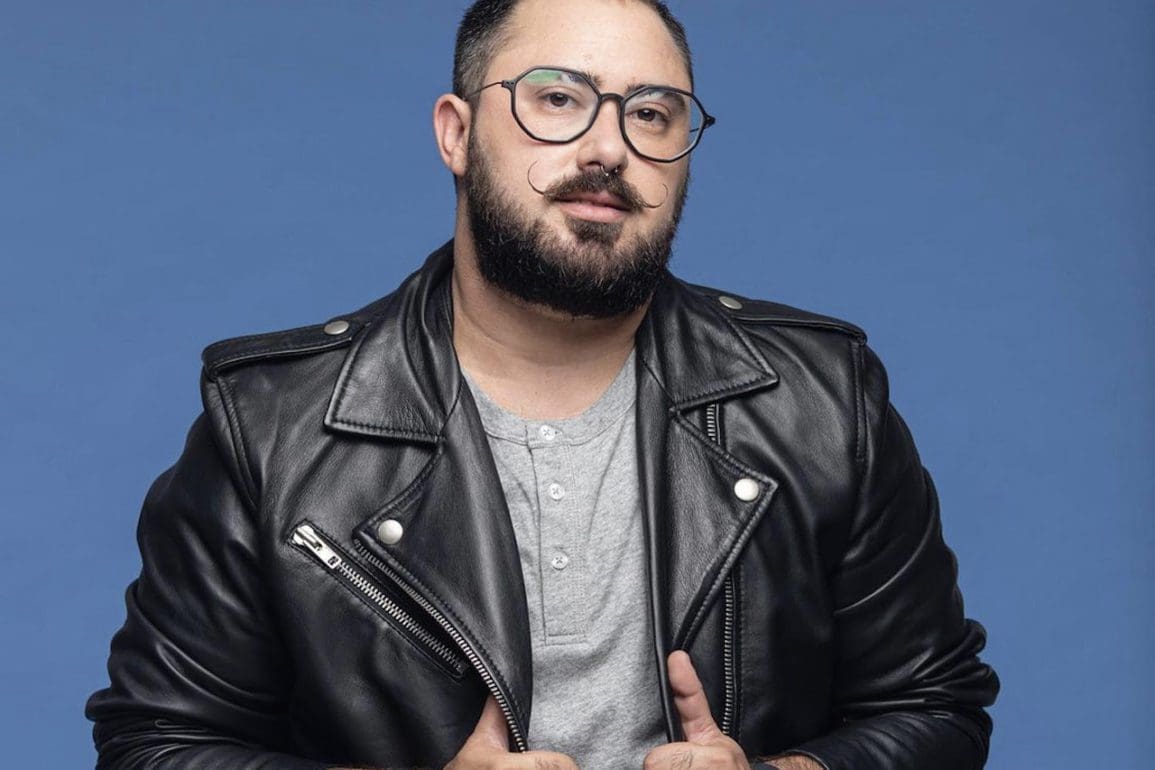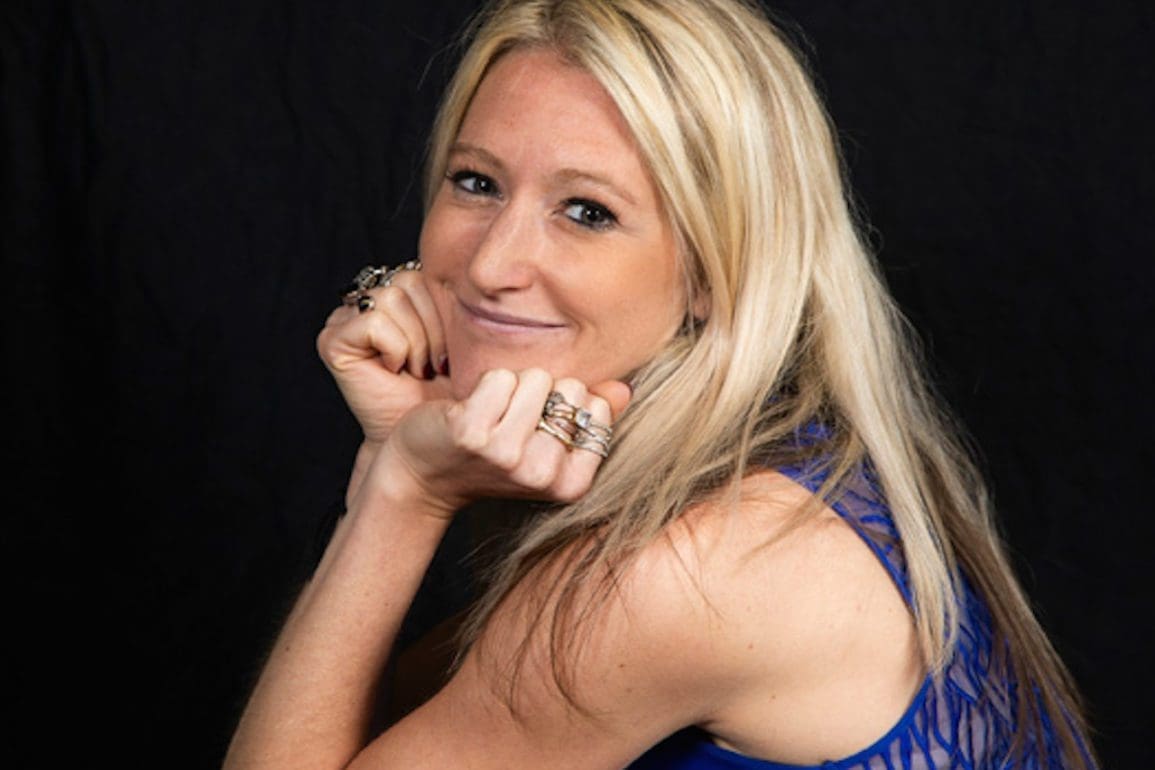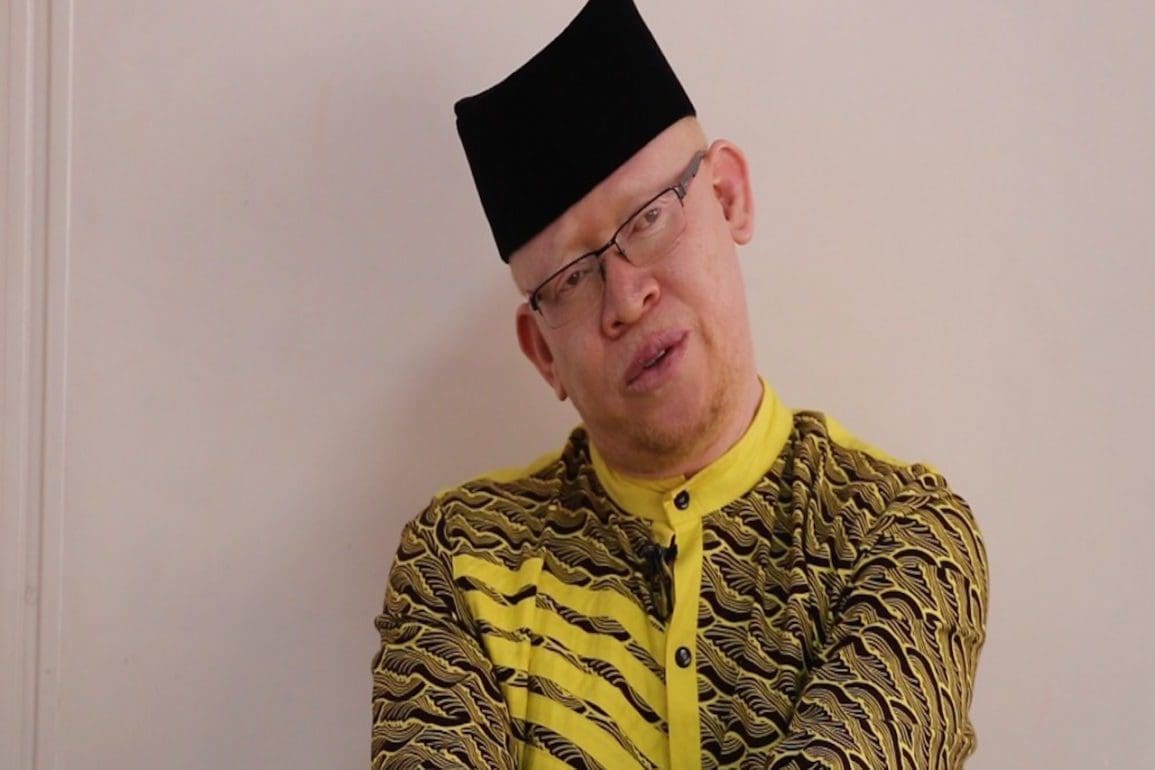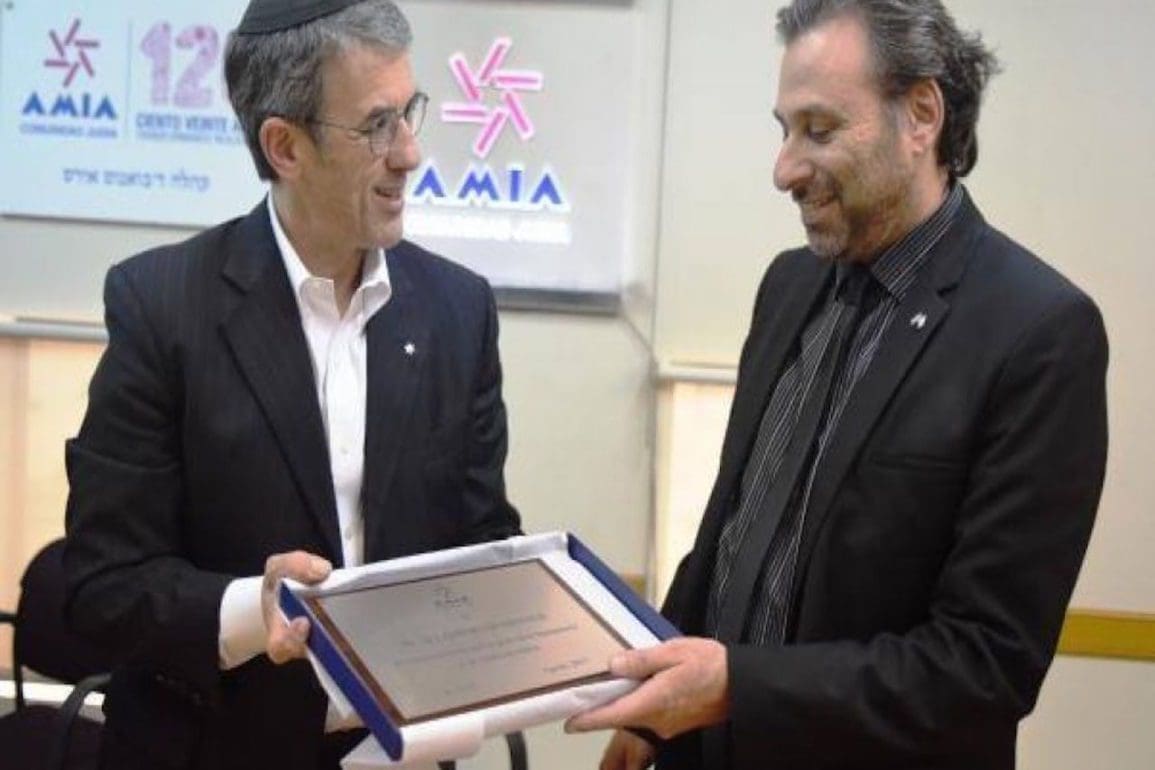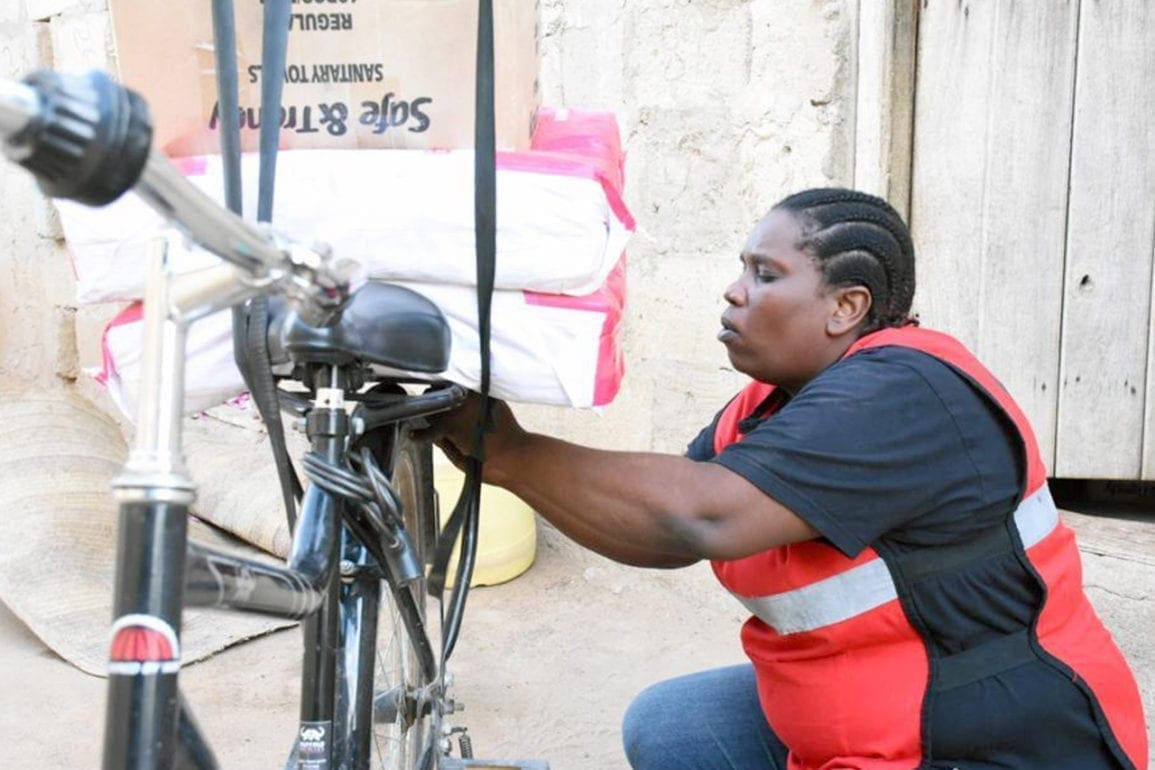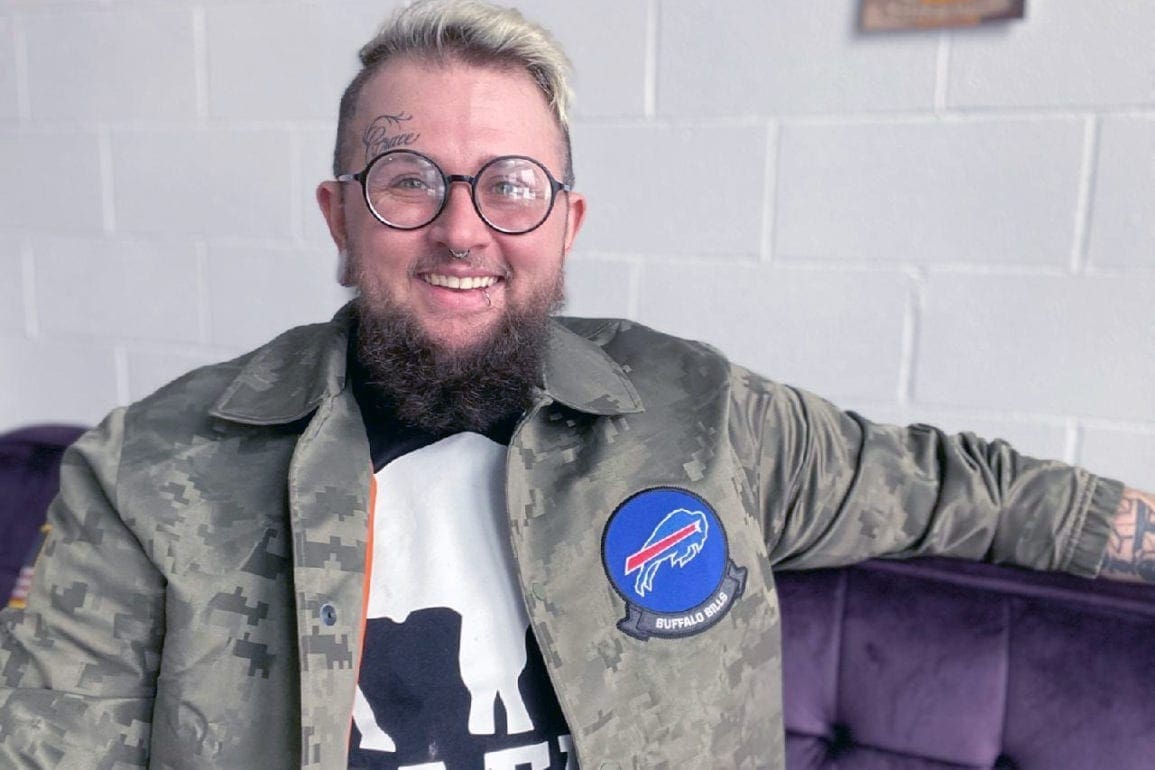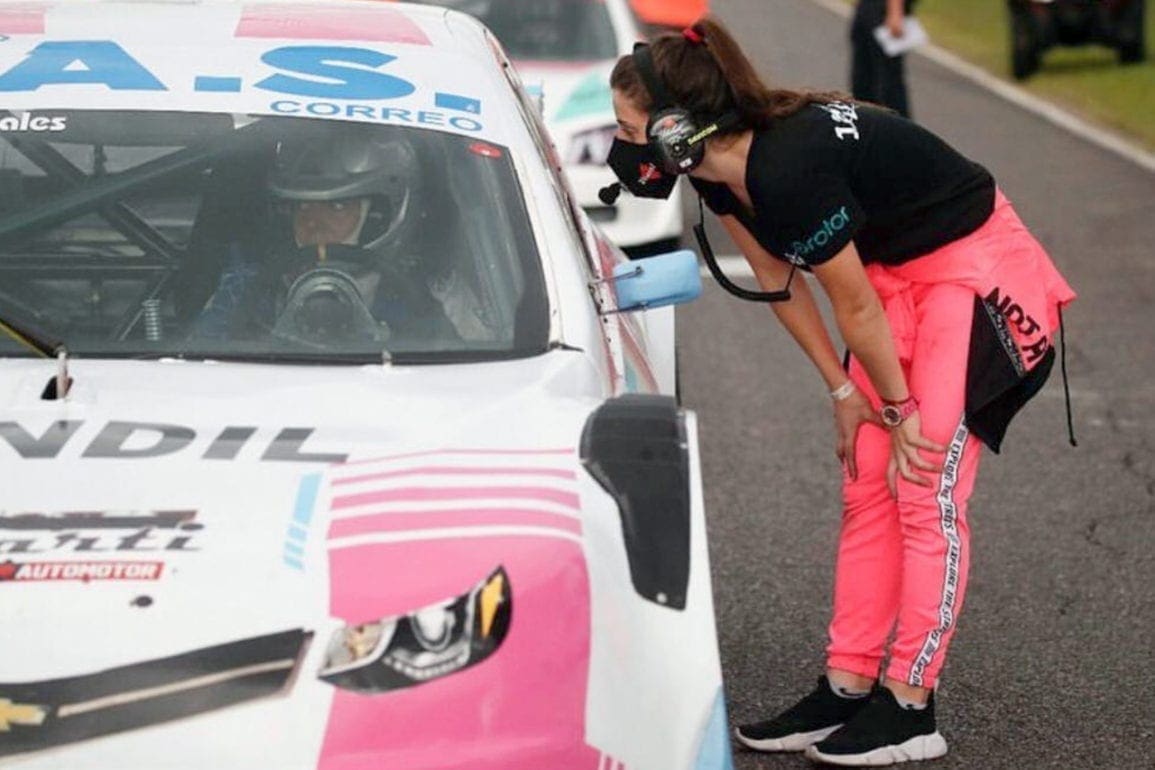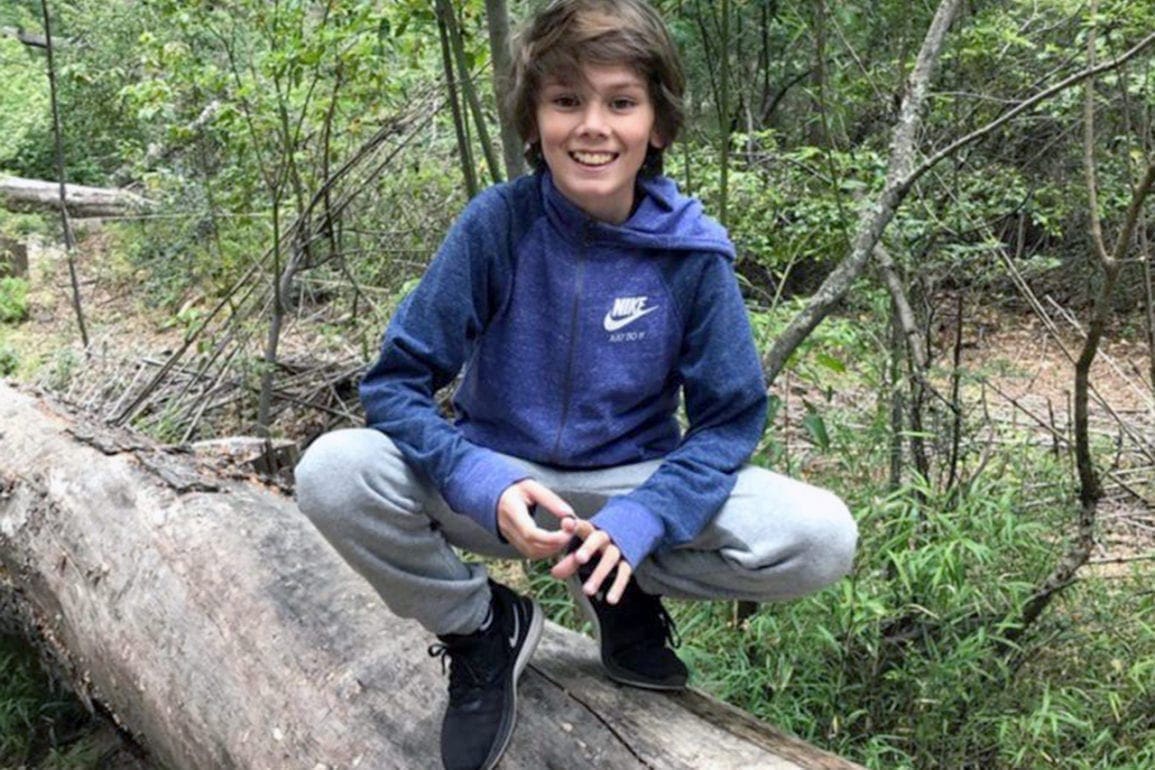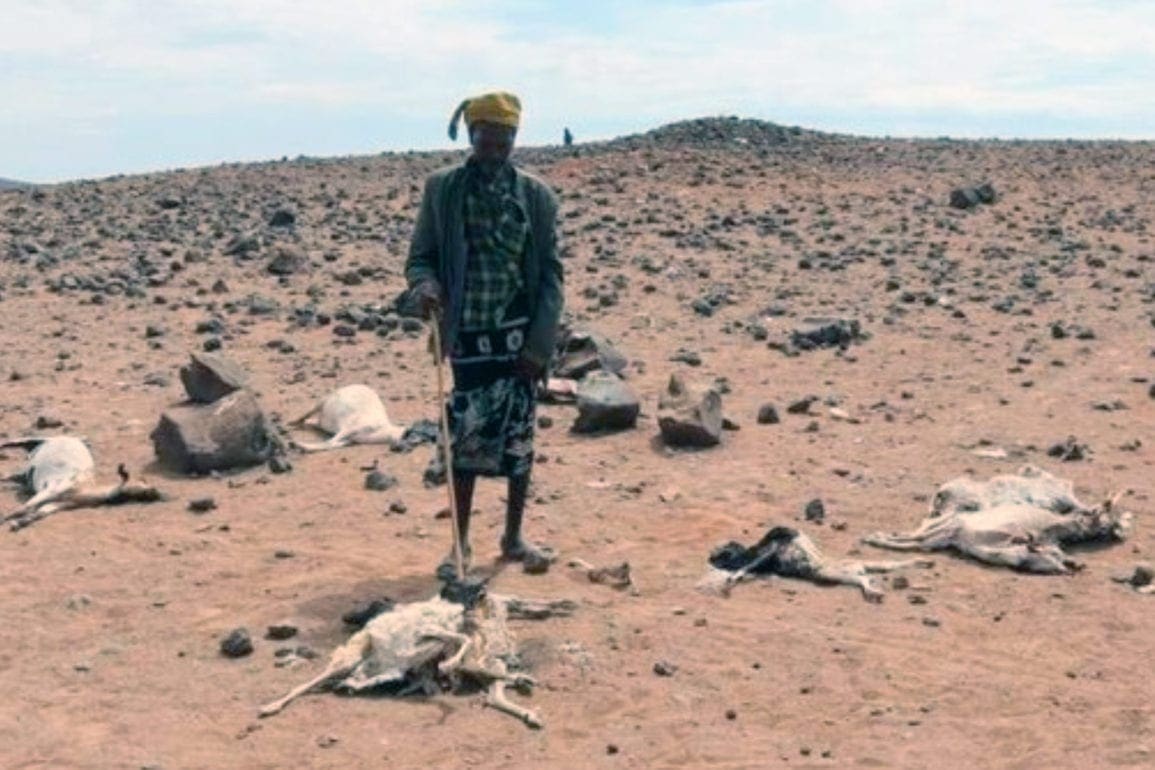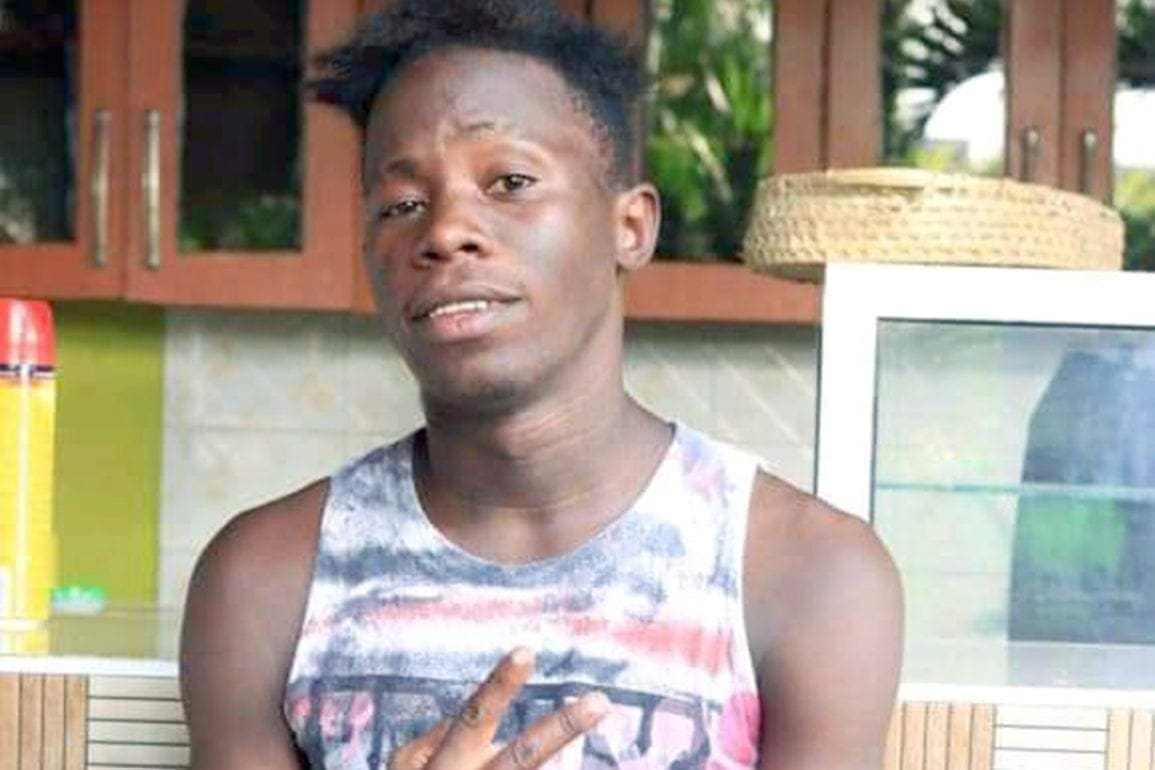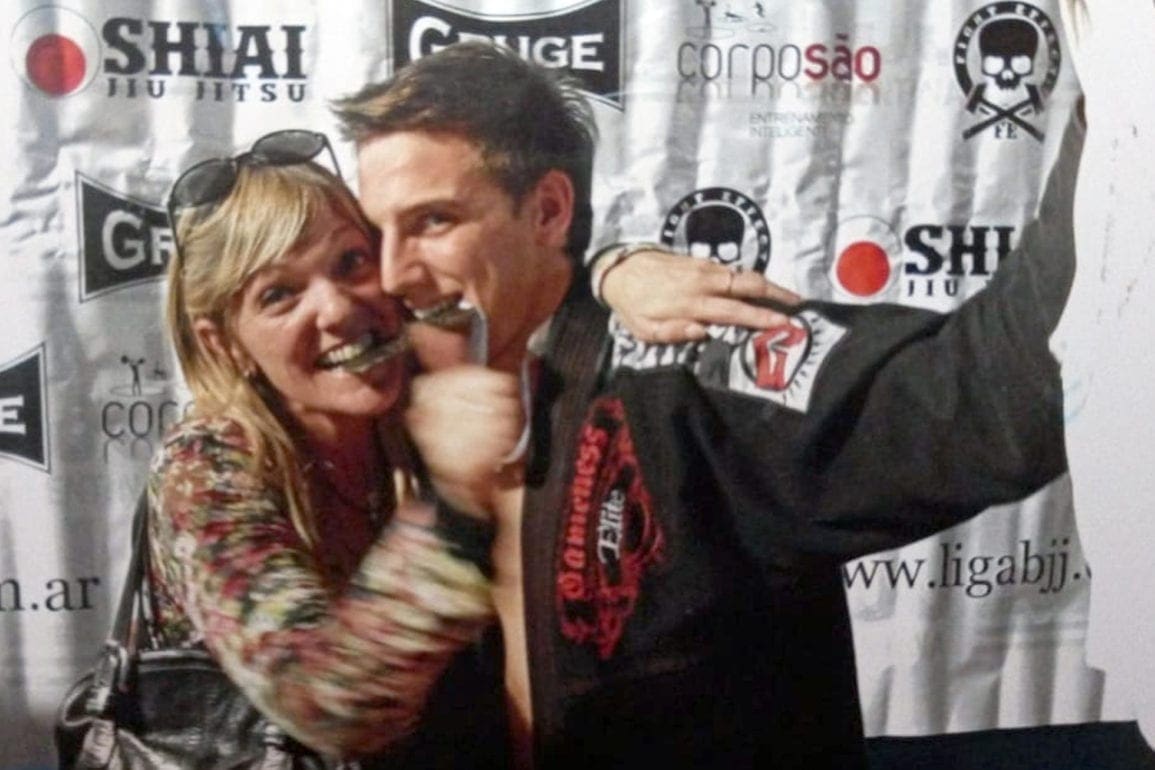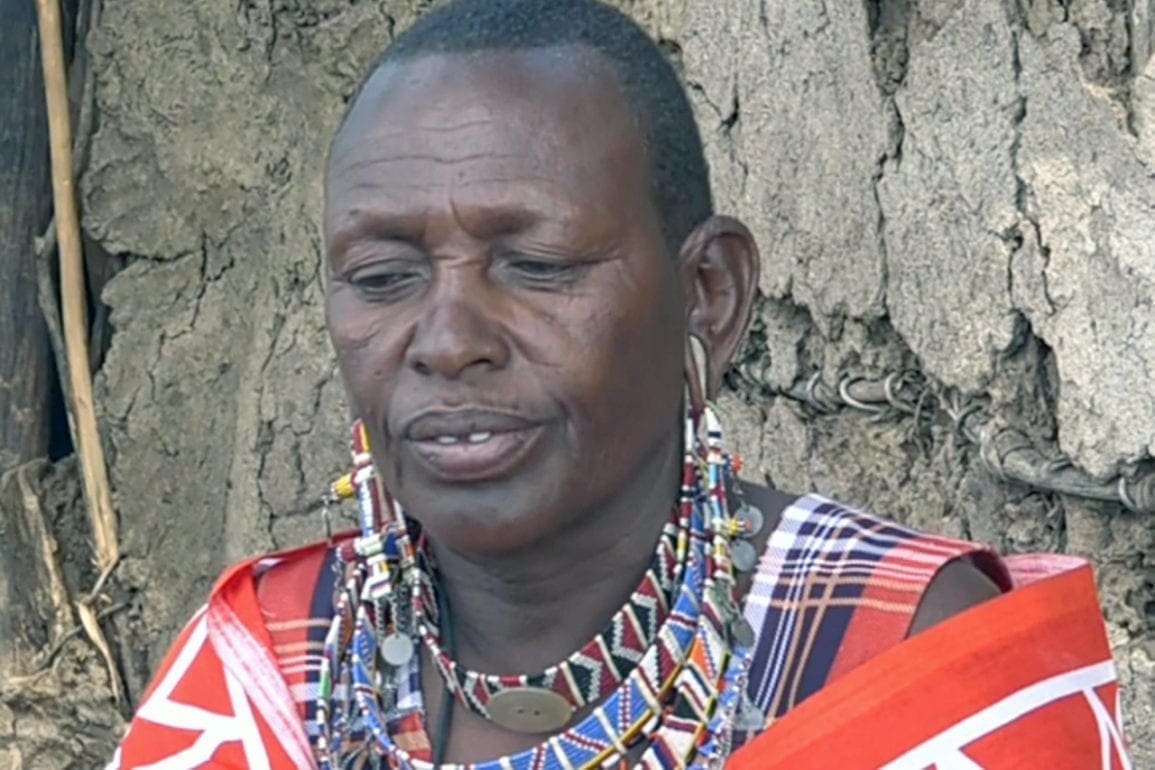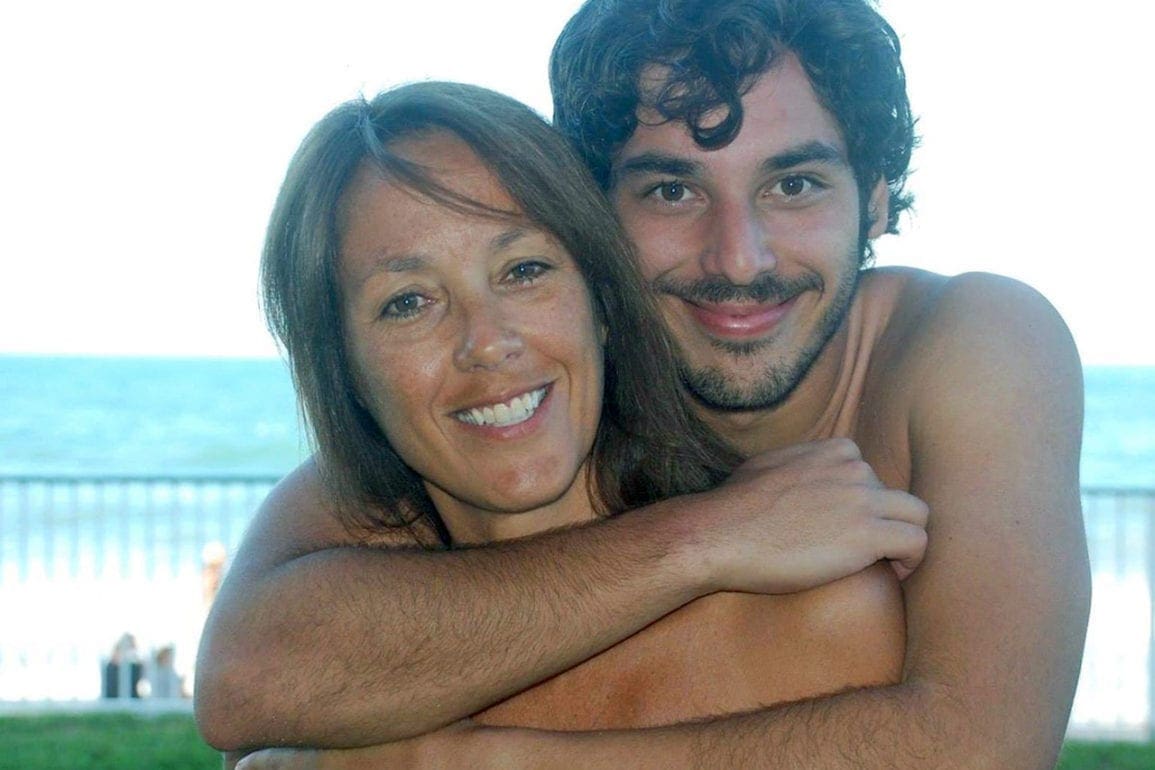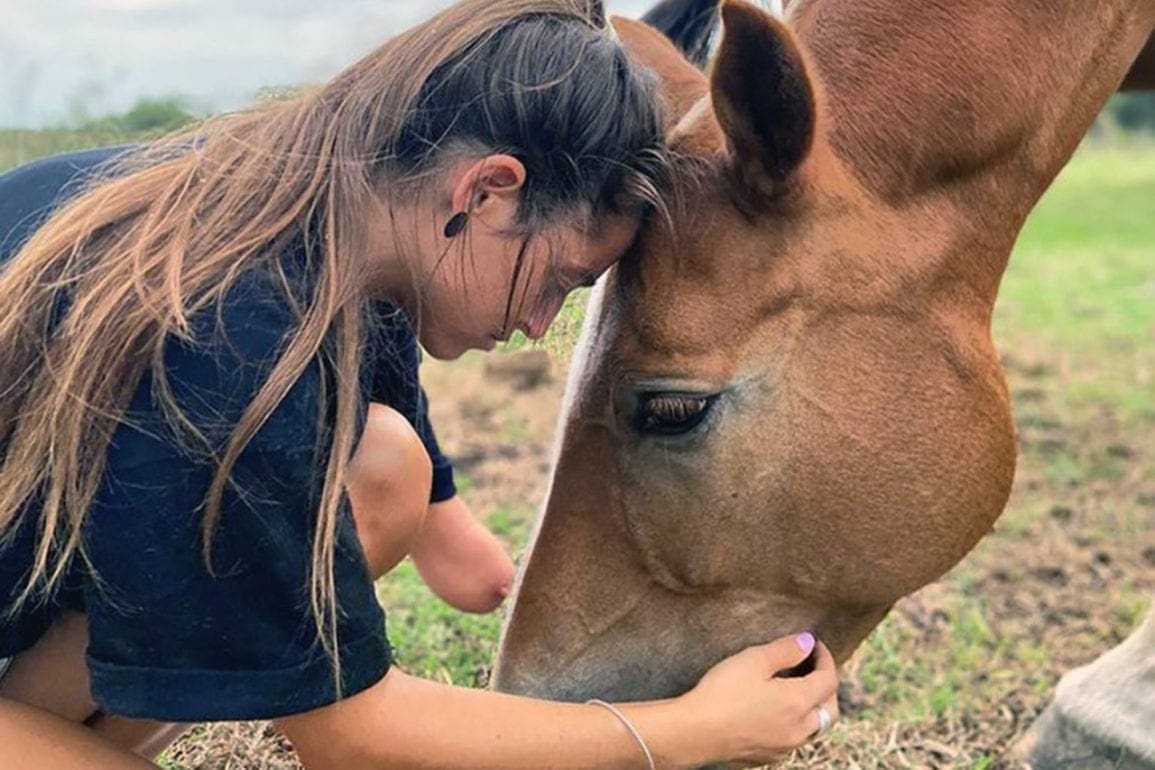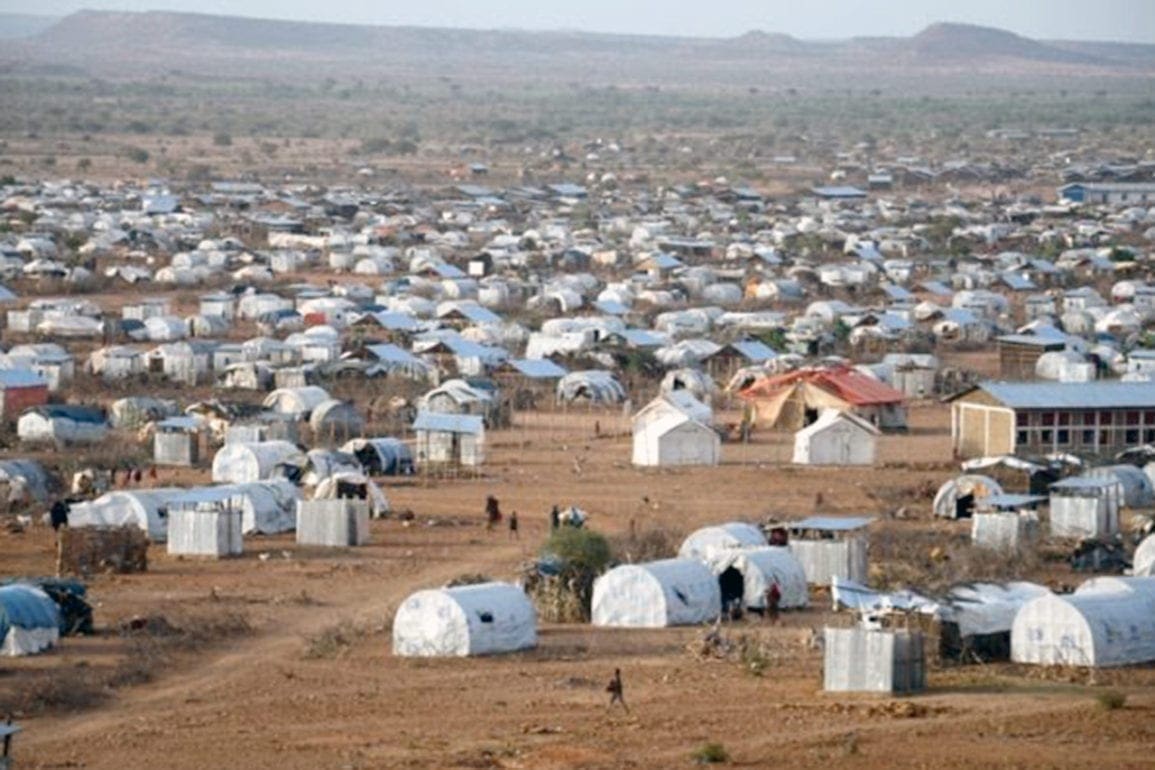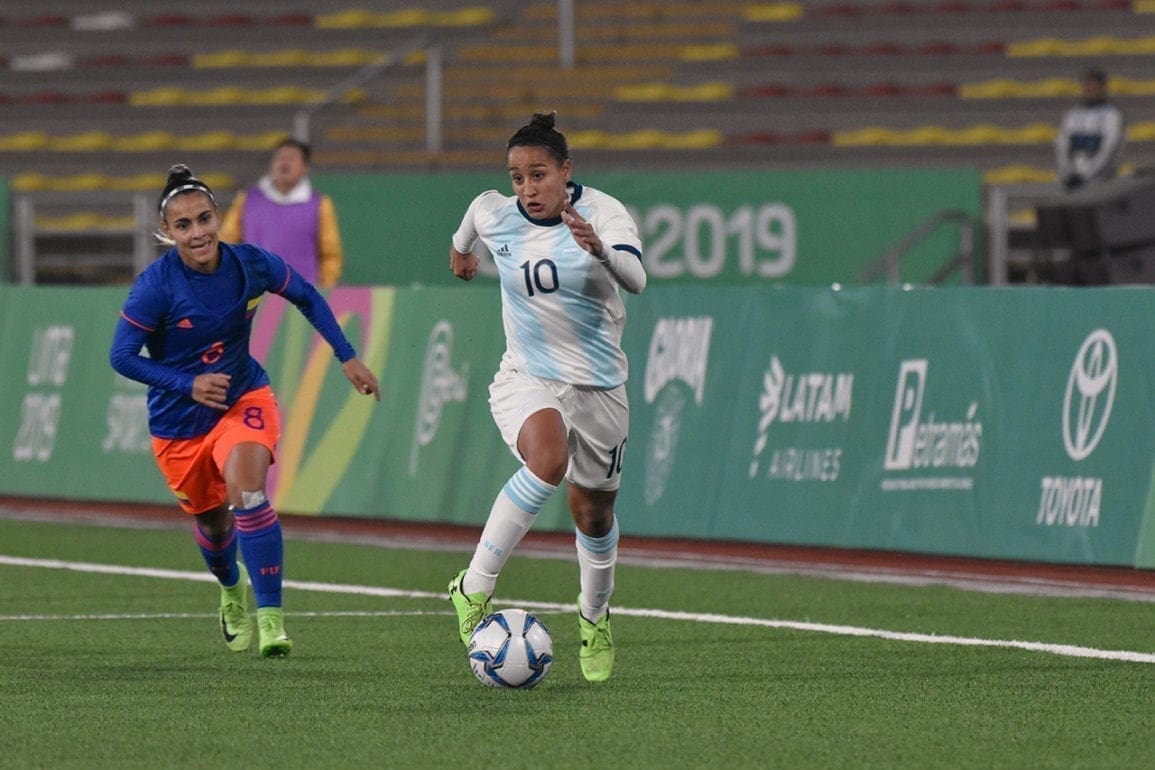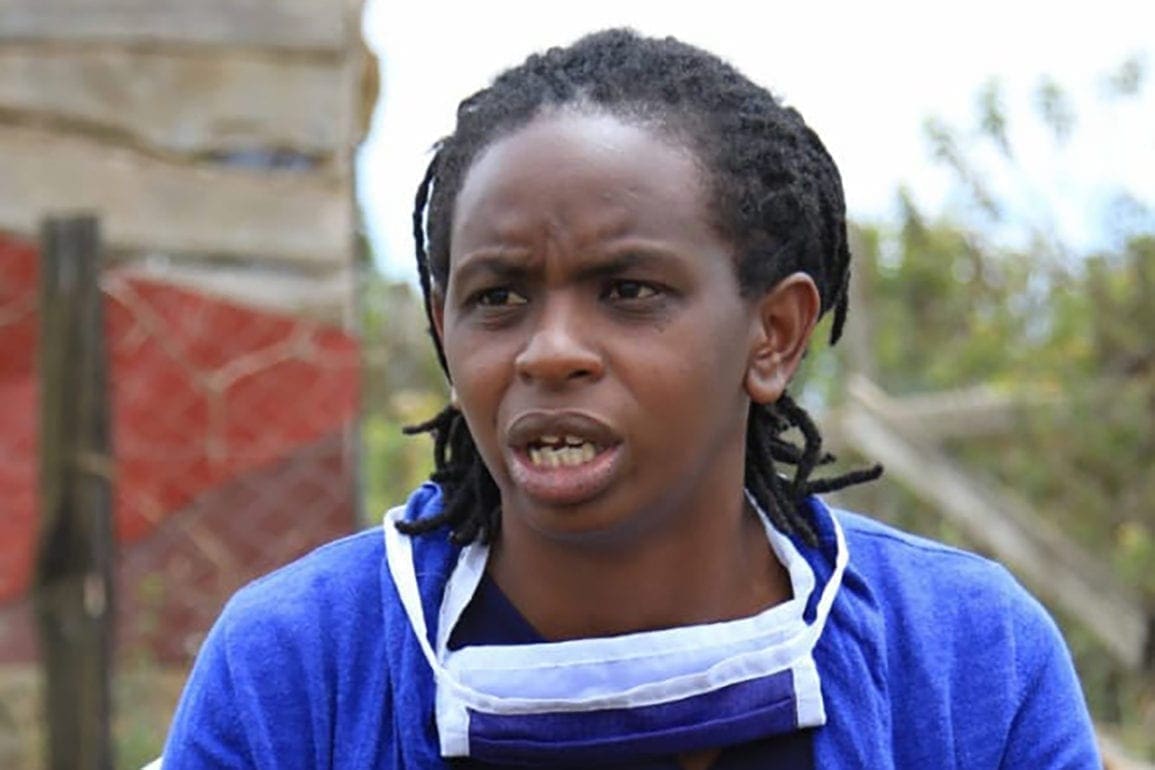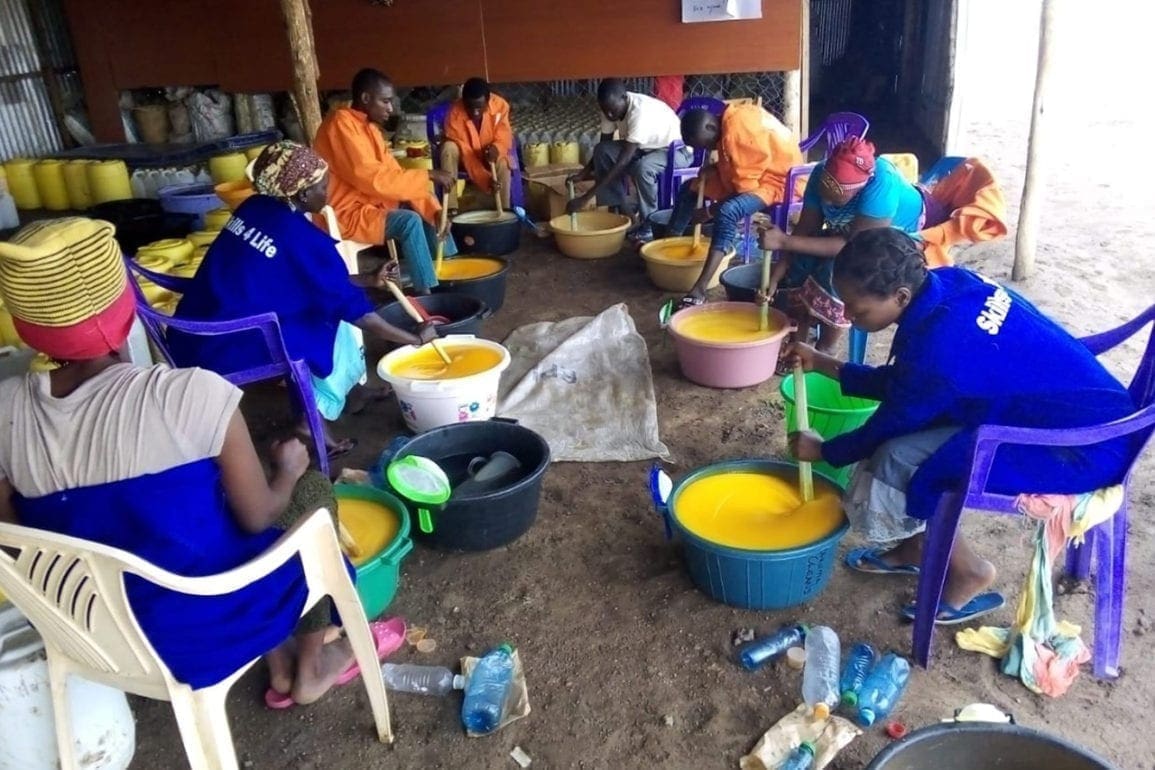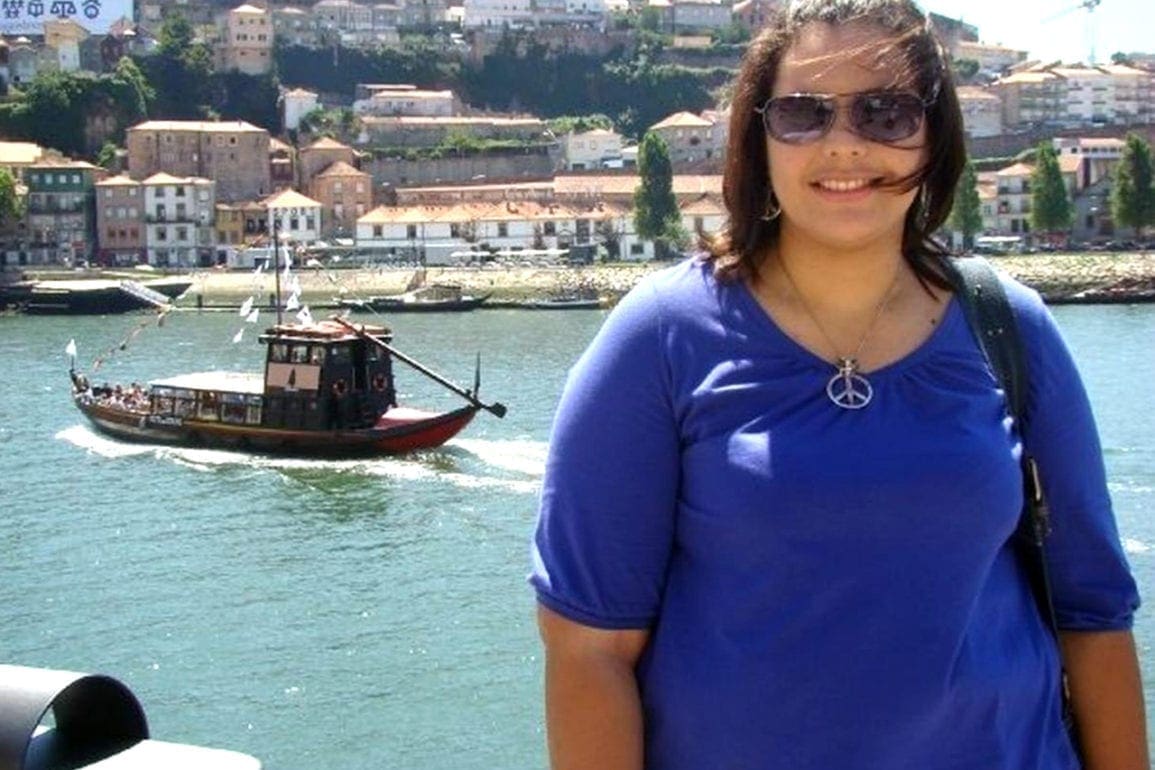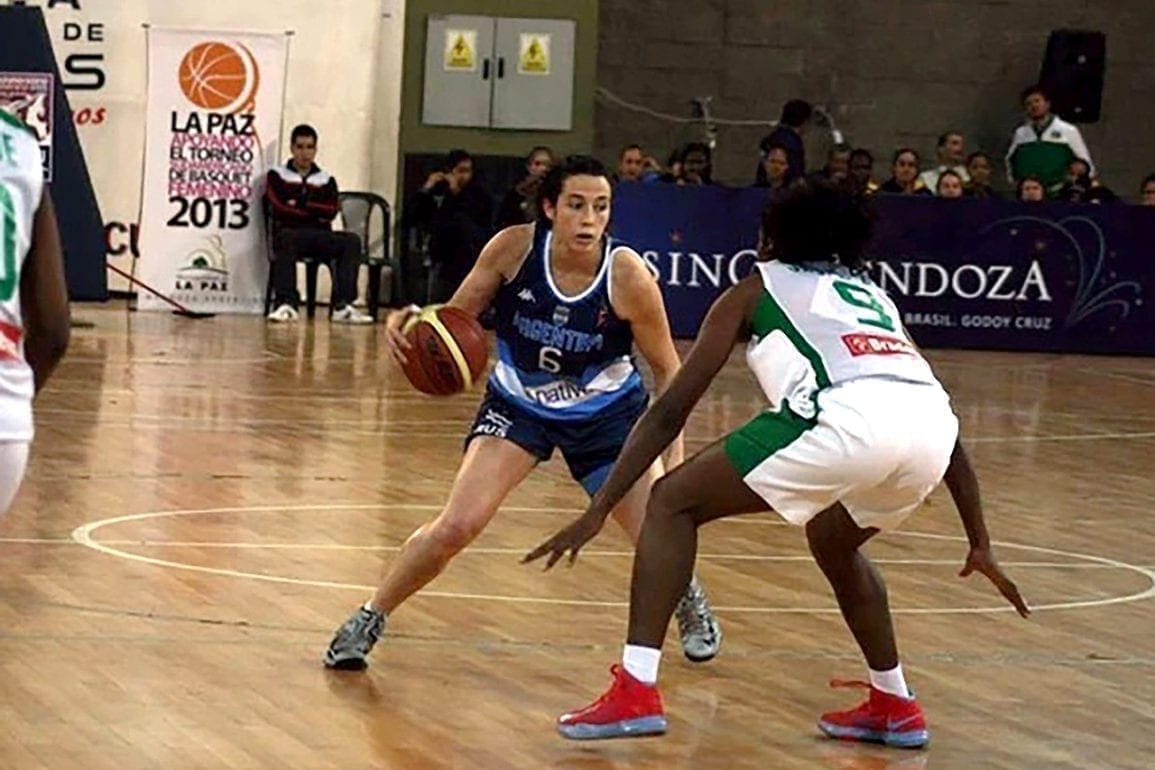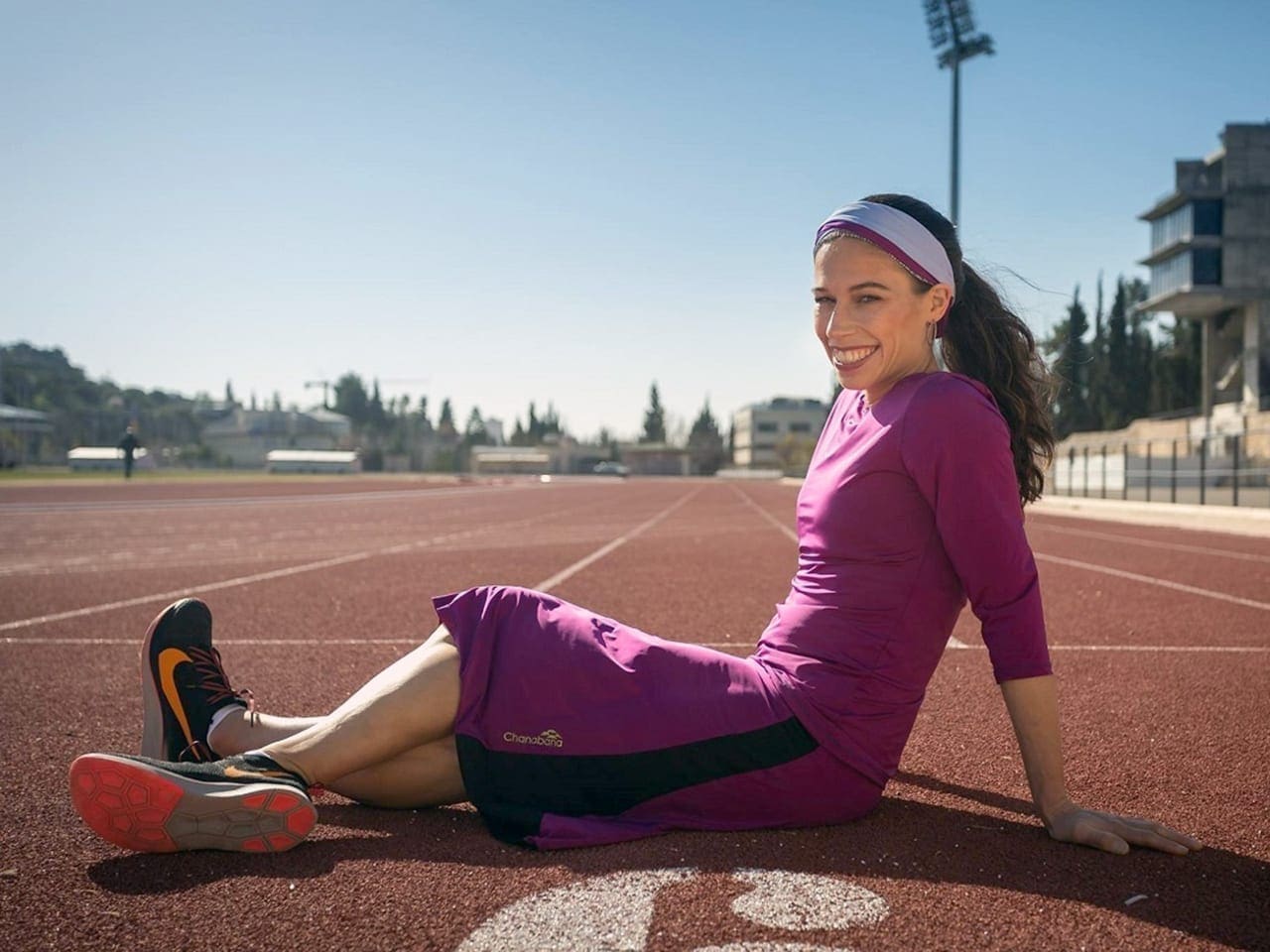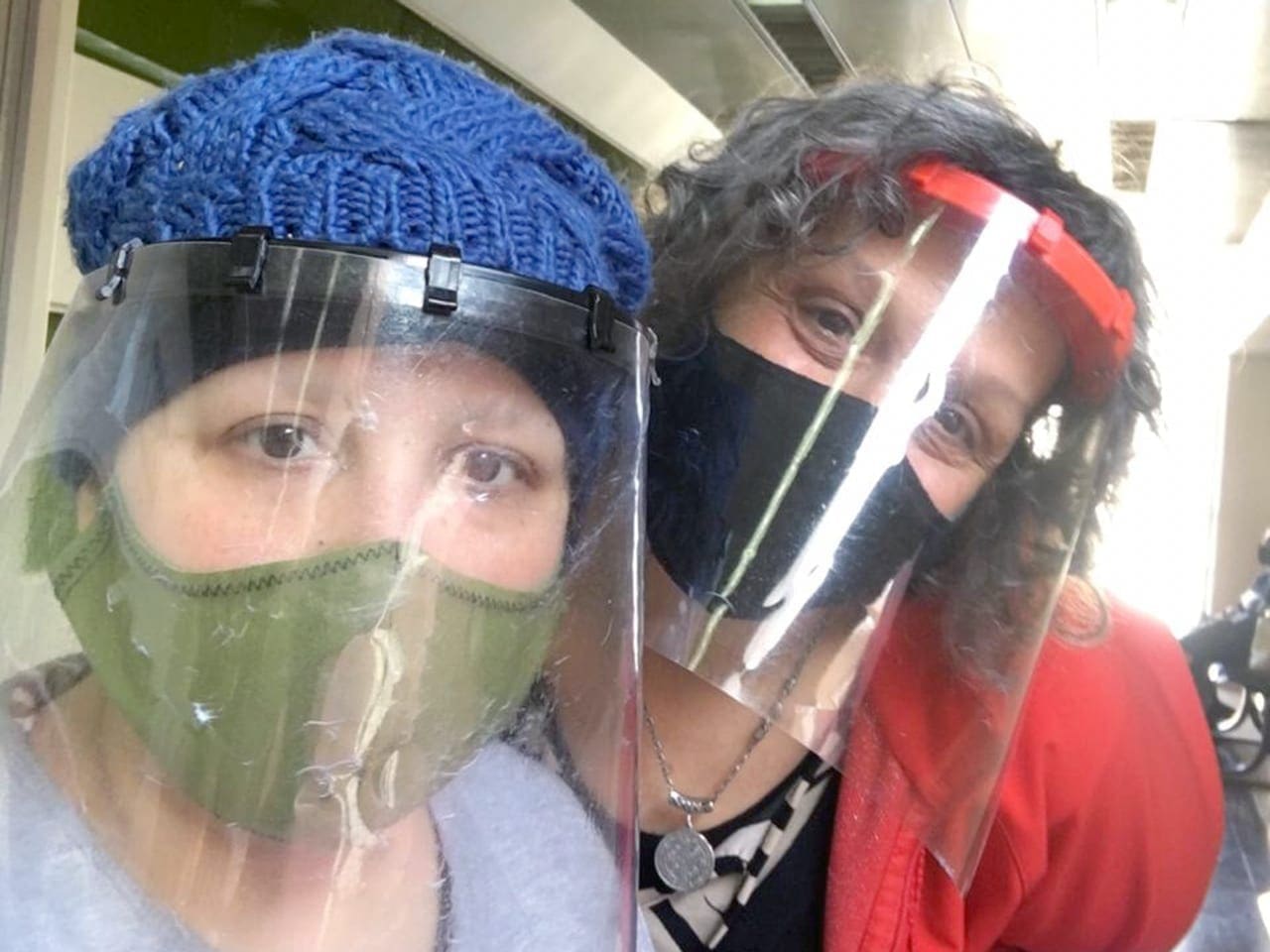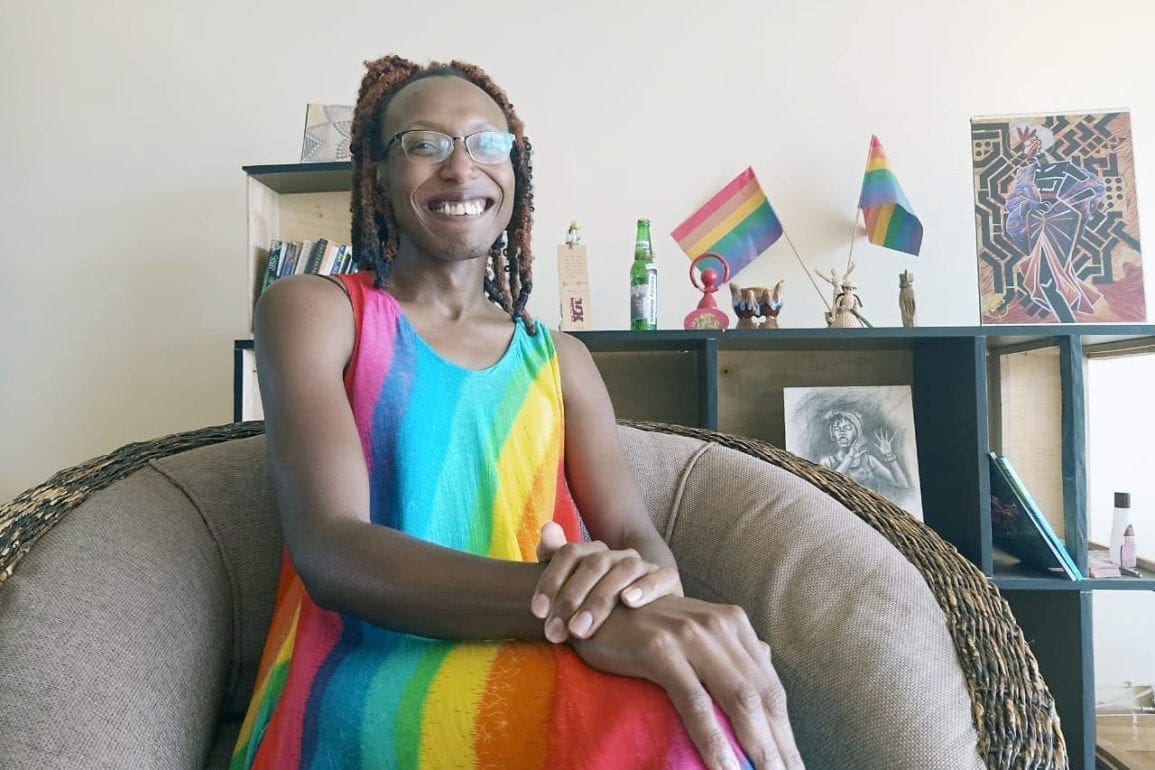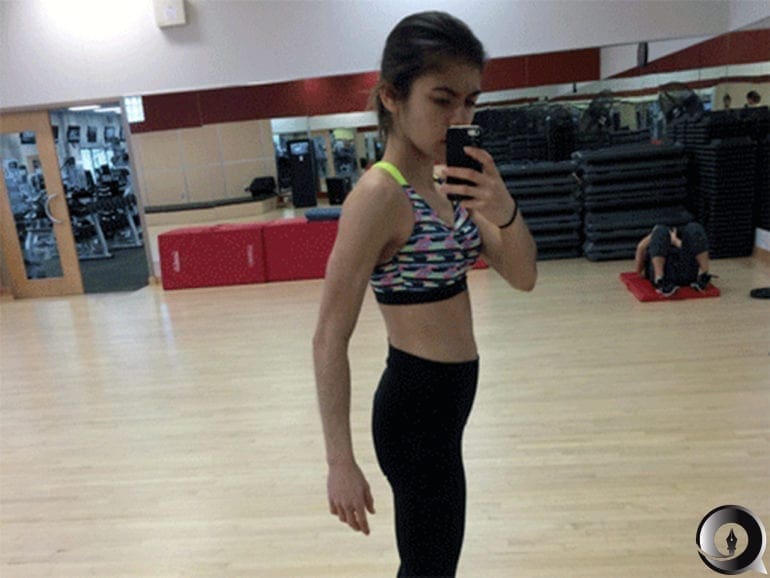Trans man in Argentina gives birth to twins, reflects on pregnancy, gender identity
I never thought about carrying children myself. As a transgender man, I did not think it made sense for my body because I could not uproot the idea of childbirth from motherhood or the feminine. However, after talking with my psychologist, I realized I really wanted to be present from the first seconds of my child’s life.
- 3 years ago
November 12, 2022
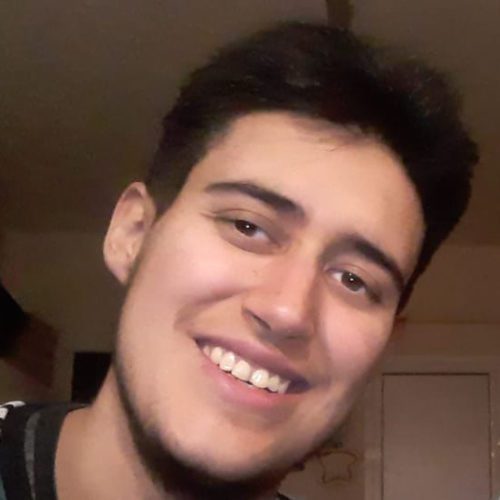
PUERTO MADRYN, Chubut, Argentina — As a transgender man and father, I carried, gave birth to, and breastfed my twins. I do not feel my masculinity is at stake.
When I returned home with my partner and newborn children, I worried it would be too much for me. The realization of all my new responsibilities came crashing down. I worried I might not be capable of caring for them.
However, everything changed in an instant as I told myself, “I know I can do this.” I only had to think back at the incredible challenges I overcame to that point.
The experience of carrying and birthing children as a trans man
On Friday, July 29, 2022, at 36 weeks pregnant, I arrived with my partner Patricia at the Santa María clinic. I gave birth to my children through a scheduled cesarean section because Yanay (one of the twins) did not have enough amniotic fluid.
My obstetrician took the time to chat with everyone working in the clinic. He wanted to ensure no one treated me incorrectly in terms of gender, nor use the wrong words when addressing me. He clarified to his team I was a father giving birth to his children. Although they did not know me, the nurses, anesthesiologist, and other staff treated me very well.
I felt very scared. This marked my first-time undergoing surgery. On top of that, I was about to meet my children for the first time. When the surgery began, they let my partner in, which helped me feel comfortable and supported. Yet, the fear remained.
The song Mi Revolución by Cuatro Pesos de Propina – which I selected for my delivery playlist – hummed in the background. They took Manuel out right away. The doctor brought him up next to my face, and I saw him for the first time.
Yanay came out three minutes later and they showed her to me. I felt so happy. The babies emanated a very particular smell, like puppies, which has since gone away.
Experiencing the full spectrum of emotions during and after childbirth
When my partner took the babies for the measurements and other procedures, I listened to the songs which continued to play. They filled me with happiness and peace of mind. I could barely believe my babies already came out of my womb.
I tried to wrap my head around the crazy fact that a few seconds before, they lived inside me and now, on the outside, they were unique human beings. It all happened so fast. I lost track of time and what had happened.
I felt great satisfaction and relief, having completed this task. All three of us were alive and well. Yet, I also felt dismayed and amazed at how quickly it all occurred. When I returned to the room, they brought me my children.
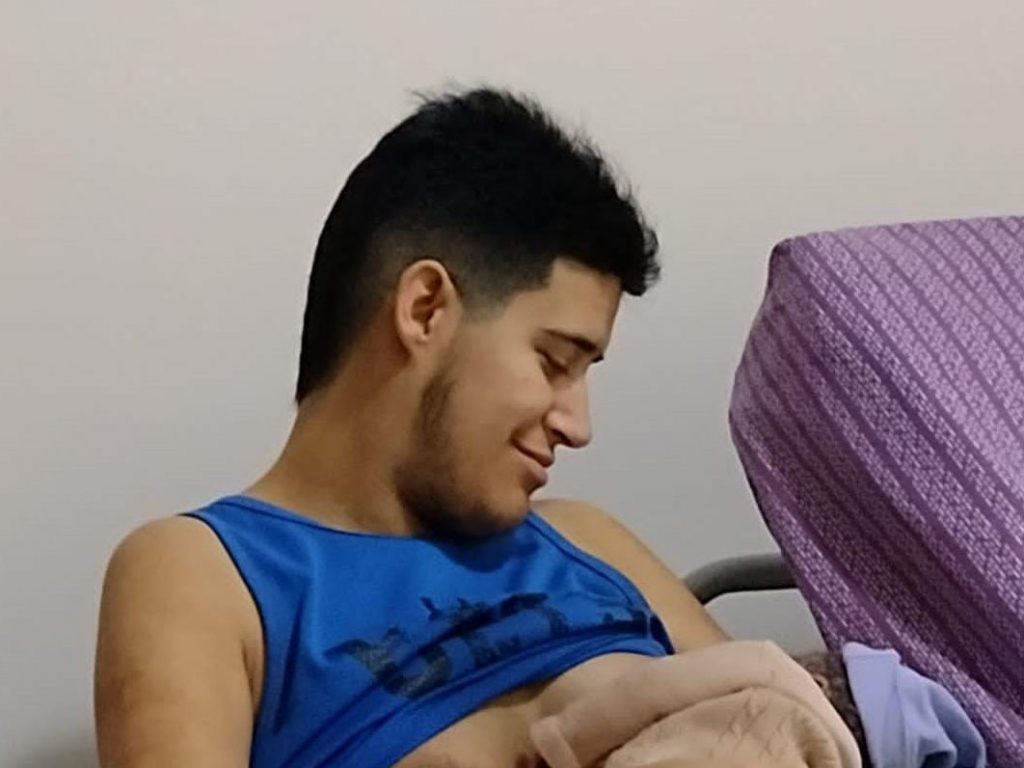
As soon as they brought Yanay in, I breastfed her. I feared I would not be able to do it, and the thought worried me. The process took a lot of work. I struggled to find a way to place her. While it proved a long and frustrating road, I kept trying until I got it. Then, the satisfaction came, knowing I could give them something as important as food.
Back home, I suddenly realized we lacked the support we had at the hospital. Overwhelmed by everything, I worried I could not be enough for them. However, as I came to know my children, I could tend to their cries and take care of their basic needs. More importantly, I gave them so much love.
Deciding to carry children and changing hormone therapy
I began to feel the desire to be a father around October 2020. Having finished my studies with a degree in Biological Sciences, I had a stable and formal income. I could plan my life and future, and dream about what I wanted. As I considered how I might build that life, a desire to start a family grew inside me.
Unsure how to go about it, I considered adoption, knowing it could be a complicated process. At that time, I did not have a partner and considered becoming a single parent. As I saw stories about surrogacy, I thought that might be a possible fit.
I never thought about carrying children myself. As a transgender man, I did not think it made sense for my body because I could not uproot the idea of childbirth from motherhood or the feminine. To me, it seemed impossible. However, after talking with my psychologist, I realized I really wanted to be present from the first seconds of my child’s life. I said to myself, “This is the way,” and decided to use my body to become pregnant and carry children.
Soon, the subject lingered constantly in my head. First, I needed to know whether or not my body could go through the process. I stopped taking hormones, knowing the achievements in bone and hair growth I experienced would not reverse. My voice could change a little because, after insemination, I had to go through an estrogen injection. It creates a big pump of hormones to stimulate and trigger ovulation.
I recall that part being very hard on my body and not pleasant at all.
After long history of battling bureaucracy, process is refreshingly simple
When I started my pregnancy, I dreamed of giving birth. I did not consider it chaotic. Instead, it felt spontaneous and natural. It relieved me and calmed me down. With all the changes taking place in my body, I always looked in the mirror. Beyond my breasts and belly growing, I saw no physical changes that caused me suffering or rejection.
I knew everything happening to me was for my children. I did not have to disconnect from my body to carry and birth them. Throughout the pregnancy, and now during lactation, I continue to see the man I became. I have a partner by my side and still feel wanted and calm.
From a social and legal perspective, I worried. As a transgender person, it becomes tiring to constantly fight for your rights. I see peers becoming very frustrated with processes. Many quit trying to get their identity documents or to gain respect from institutions. They tire of putting up with bureaucratic obstacles that should not exist, despite a 10-year Gender Identity Law in Argentina.
I felt great relief when, this time, I did not have to resort to the laborious process of hiring lawyers and appearing before the Public Defender’s office for anything implying my identity. Social work had to cover my treatment, as required by the Assisted Reproduction Law of Argentina. When I signed the papers for my job, they granted me paternity leave for the timeframe allotted to any pregnant person. It surprised me.
Mixed reactions from society, healthcare to trans man giving birth
During my pregnancy, I took prenatal classes. I started alone, and later, when I had a partner, she joined me. The entire class included cisgender women who attended with partners or, in one case, with her mother. Despite being different from them, I did not feel scrutinized or strange at all.
Online I find something very different. In social media, outrageous people write awful things I prefer not to read their comments. For this reason, I disabled comments on all my posts. I do not even stop to read message requests anymore, because it tires me. I see it as wasting energy in vain.
Out on the streets, I faced no issues. I think people just assumed, as a man, I had a large belly. Society never thinks a person might be transgender; they assume everyone they meet is cisgender unless it is very evident otherwise. For most people, seeing people as cisgender feels more normal.
While I never experience violence in public, I did in healthcare. A person who attended to me for an ultrasound, saw me walk in and identified me as male. He could not understand why I needed to do a gynecological study. When the surprise turned into mistreatment, a form violence arose.
Situations like this, push many transgender men from public systems. They do not want to go for gynecological tests because they feel too exposed. This contributes to the short life expectancy of trans men and remains a problem for the entire trans community.
Making the decision to transition, defining one’s own masculinity
As a transgender man, I do not try to emulate the image of a heterosexual, virile male in my masculinity. Some trans men make the transition and relate to that sort of hegemonic masculinity. Some even go from being oppressed to being the oppressor, influenced by social roles and other people.
My masculinity goes in the other direction. For instance, I embrace the expression of tenderness. I created the man I am today. As a young person, I had many opportunities to express him – but later that part of me became overshadowed by a repressive society.
Then, one day, a friend asked me directly, do you feel okay with your gender? I already expressed myself as masculine through clothing and my haircut, and people often saw me that way. While I had not made an explicit transition, people generally treated me as a male and I liked that.
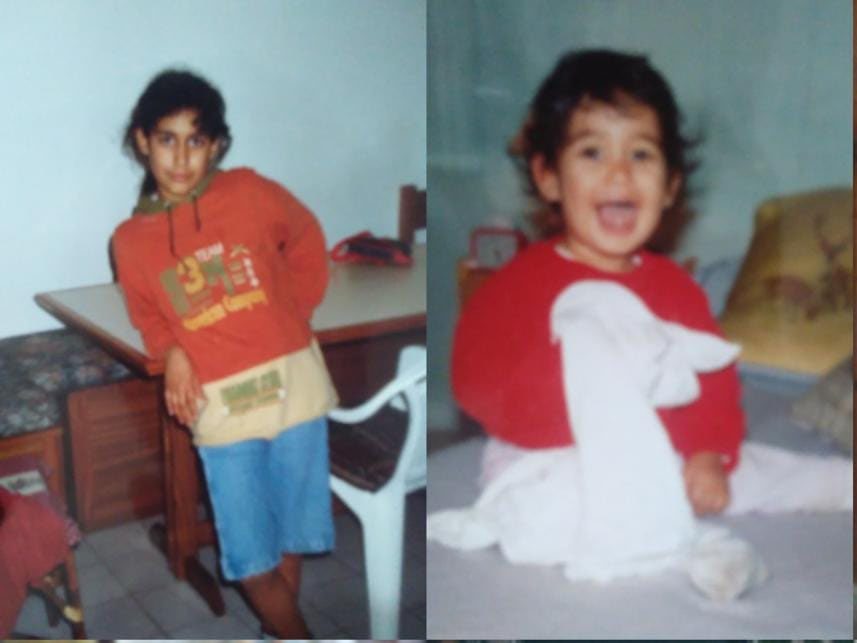
Soon after, the National Meeting of Women arrived in Trelew, 60 kilometers from my home. They hosted a talk for transgender and non-binary people. At the time, trans women seemed way ahead of trans men or non-binary people.
The same friend accompanied me and everything I heard and witnessed that day helped me make a decision. Afterwards, I thought, “This is the way, and there’s no turning back!” I did not care about society but considered talking with my mother the most complicated step. When I did it, the experience gave me the last little push I needed.
When I finally took charge of my own identity and began living fully, it felt like the first great achievement of my life. It wasn’t easy at first. Hormone treatments create a transition phase, just like in adolescence. At 20-something-years-old and on hormones, I began experiencing the hormone changes of youth. However, things balanced out and today I consider it a great honor to be a transgender man.
Overcoming societal and cultural norms
When I lived life as a girl, I never imagined being a mother, even by chance. The idea of carrying a child terrified me. It did not seem fathomable to take on that process inside my body. In fact, it seemed horrible. Though I had dolls, I never played with them, and did not feel attracted to any traditionally feminine activities.
The cis-hetero norm of most societies both governs us and implies that all people are born cisgender and heterosexual until proven otherwise. We must create a counterculture to show other possibilities. If we do not stand up to be counted, society assumes we do not exist.
Going through a pregnancy, for many people, remains a private affair. I decided to make it public because I want to be an activist for trans people. Seeing stories from others like me helped me to have a reference for what was possible. I want to do the same; to break the cultural hegemony which dictates what is or is not. Sadly, trans people often remain excluded from that narrative.
Today, we begin to see other types of stories, but they remain few. Telling my story seems important for that reason. My story will be left for my children to understand, and for generations to come. It pleases me to know my children will have tools and support I did not have.
When the time comes, they will get to decide whether to continue down the path of the gender they were assigned at birth or not. I want to raise my children with the freedom to express their true selves.

